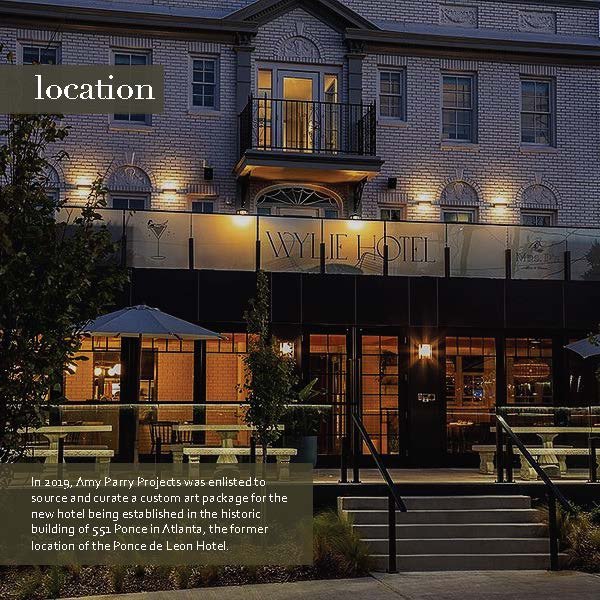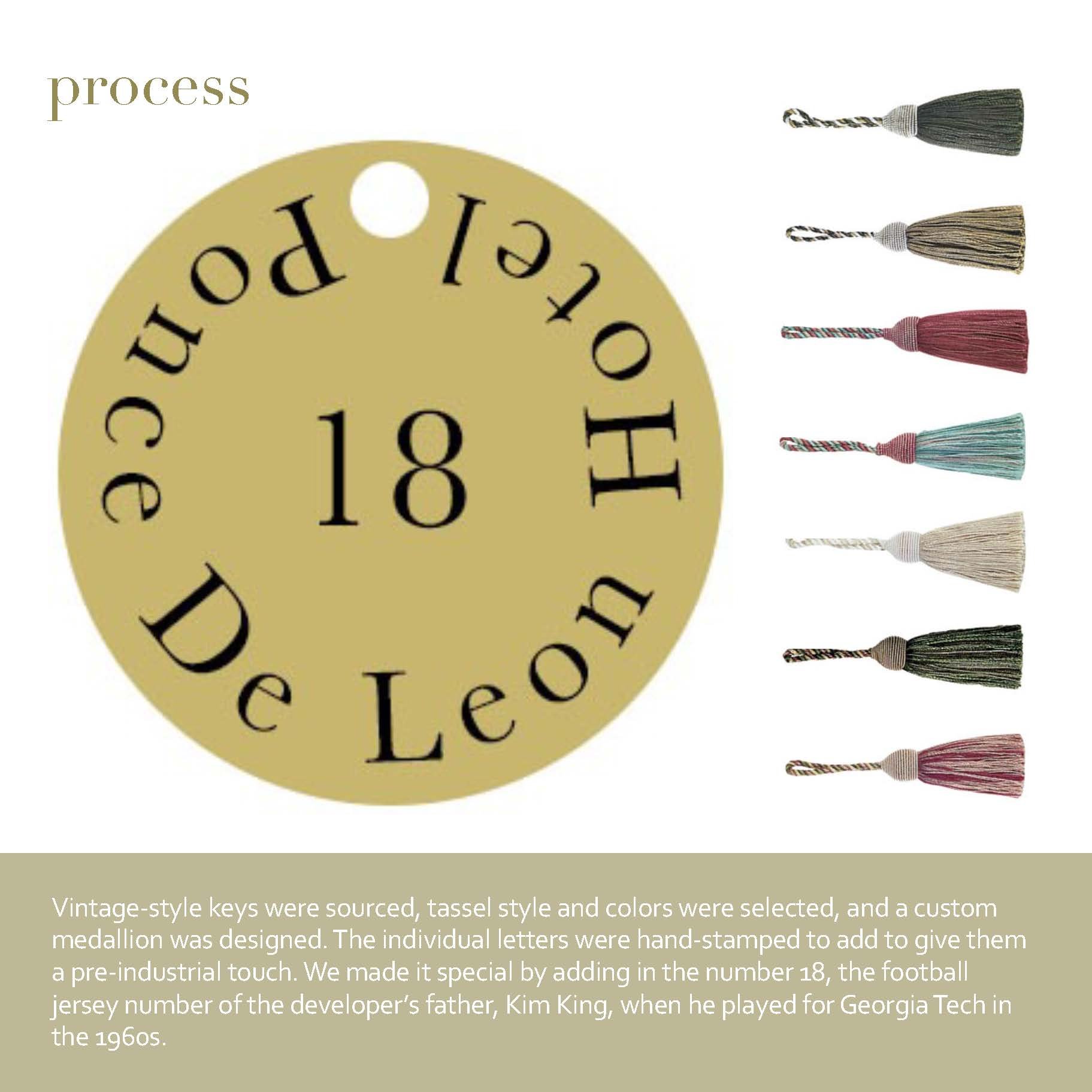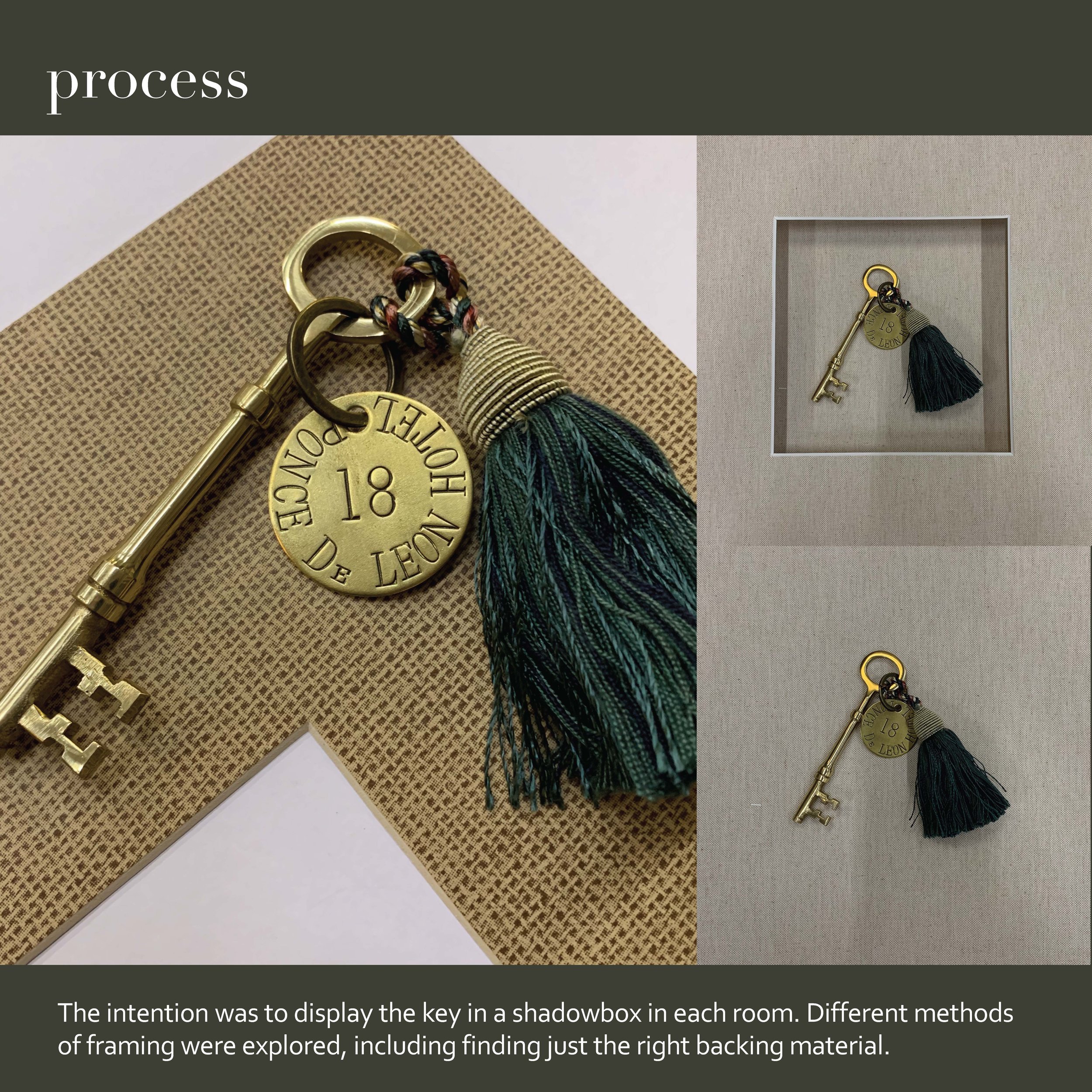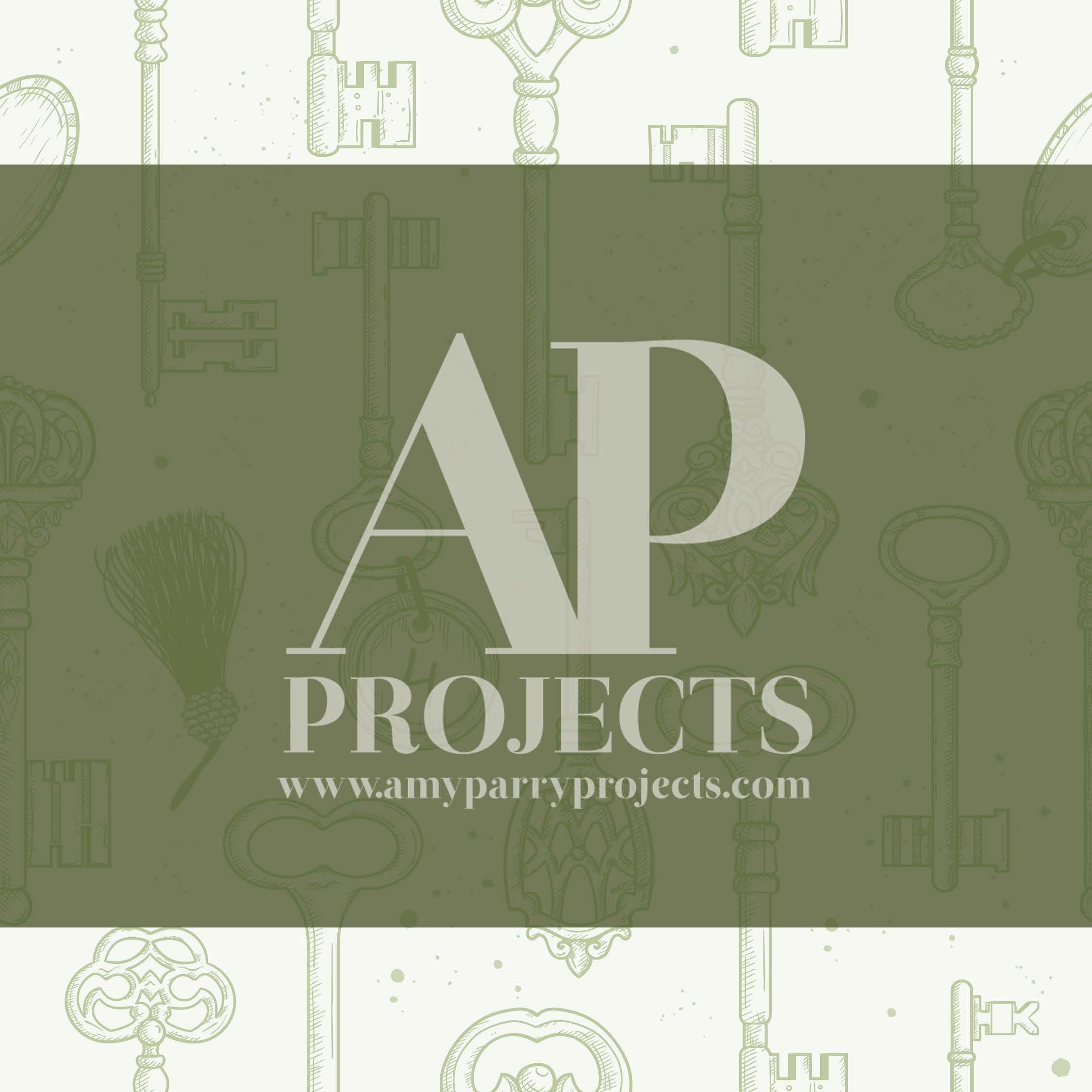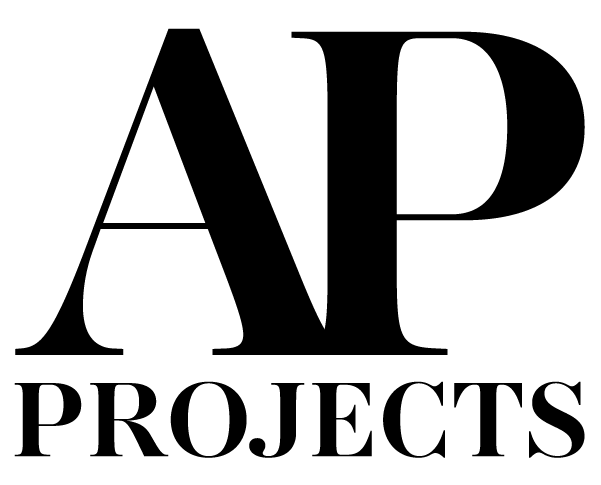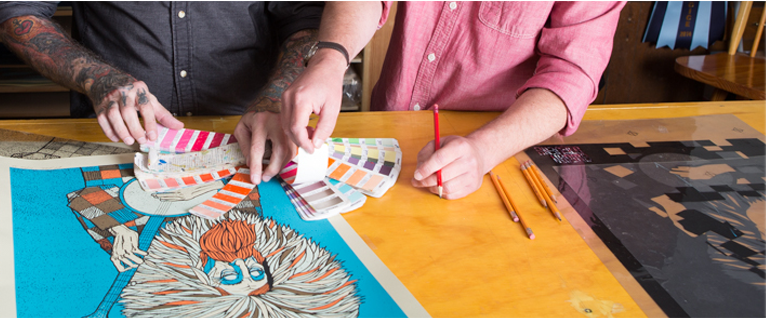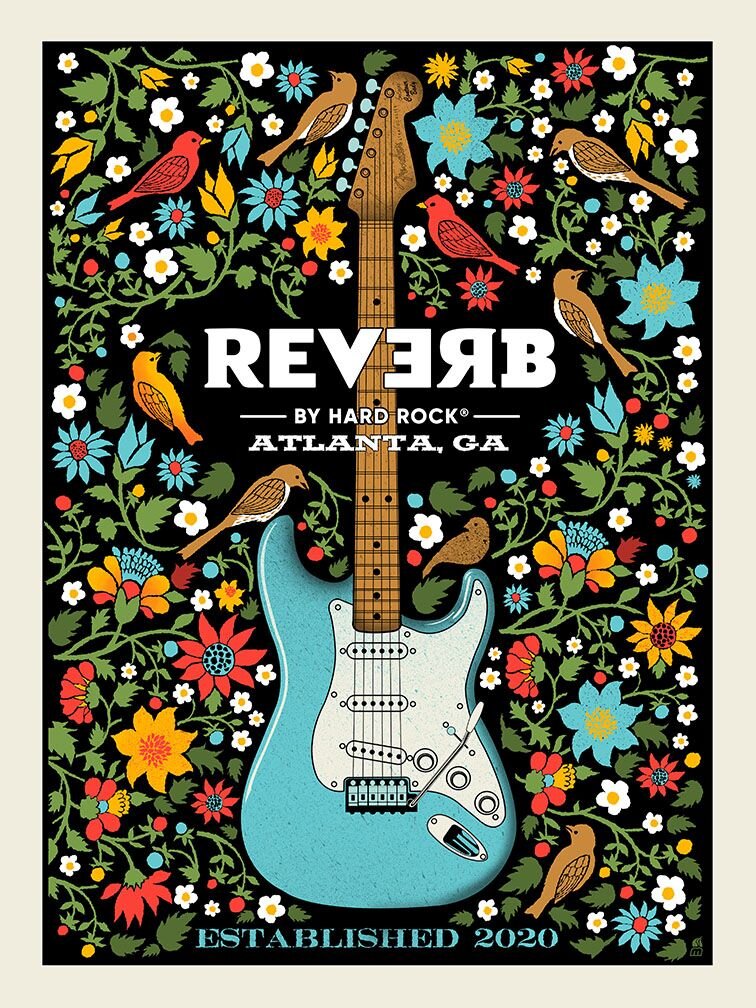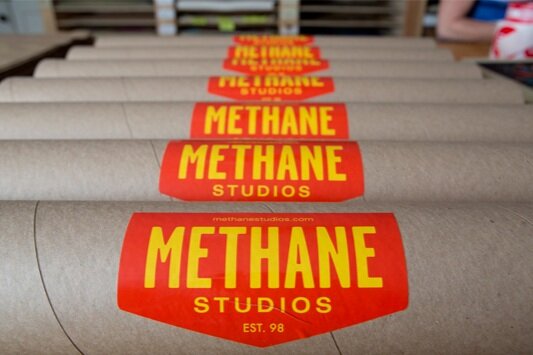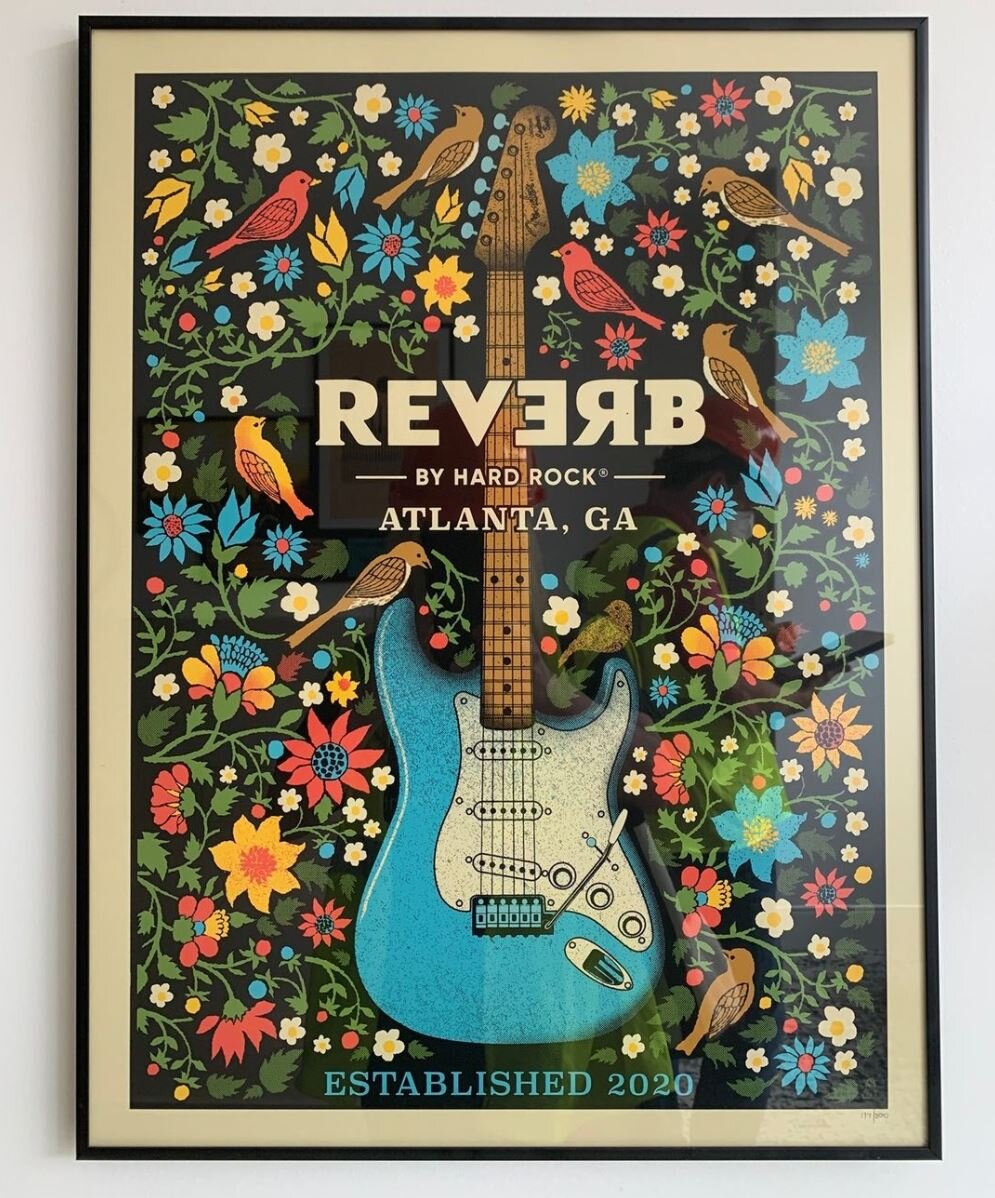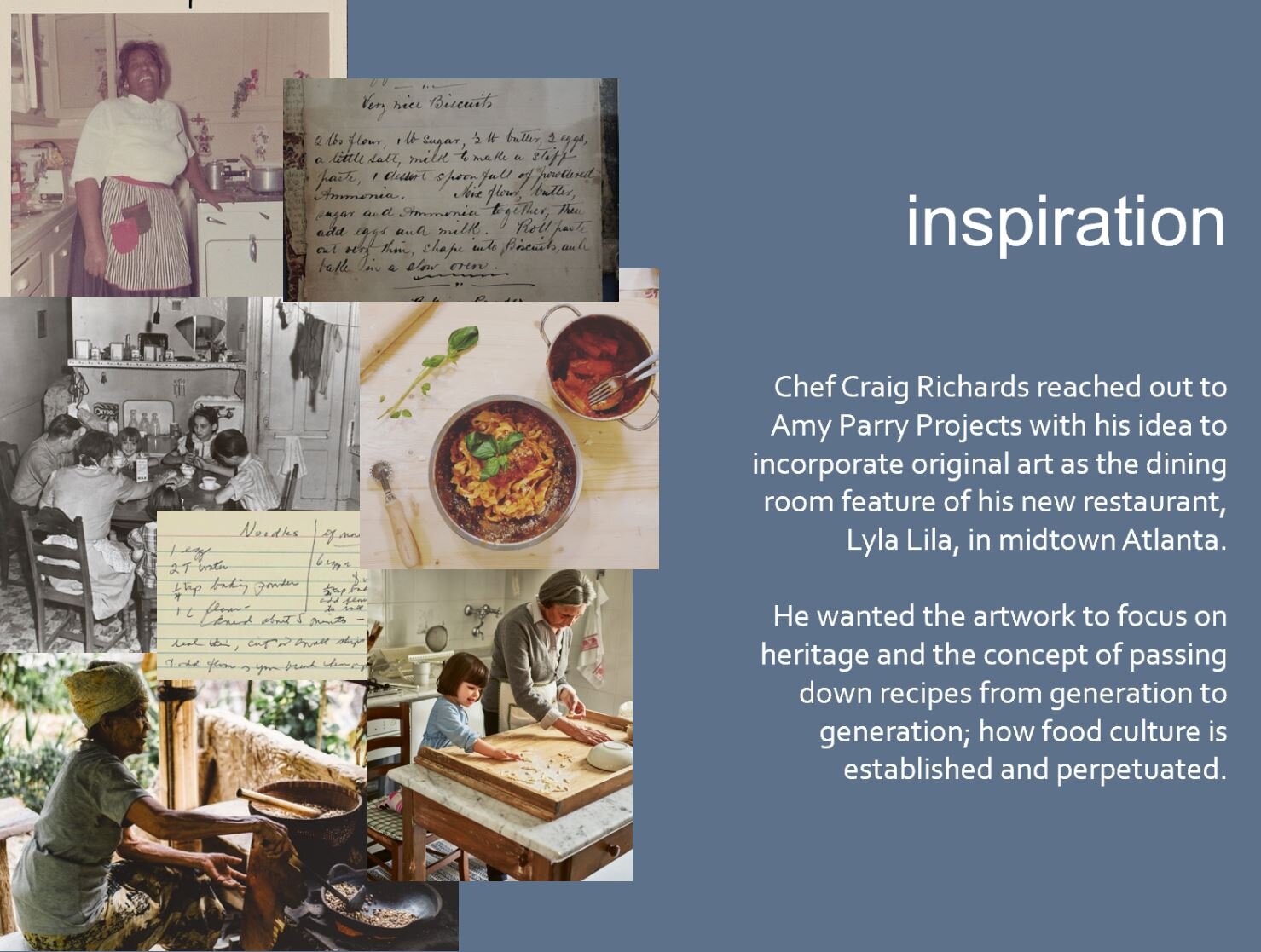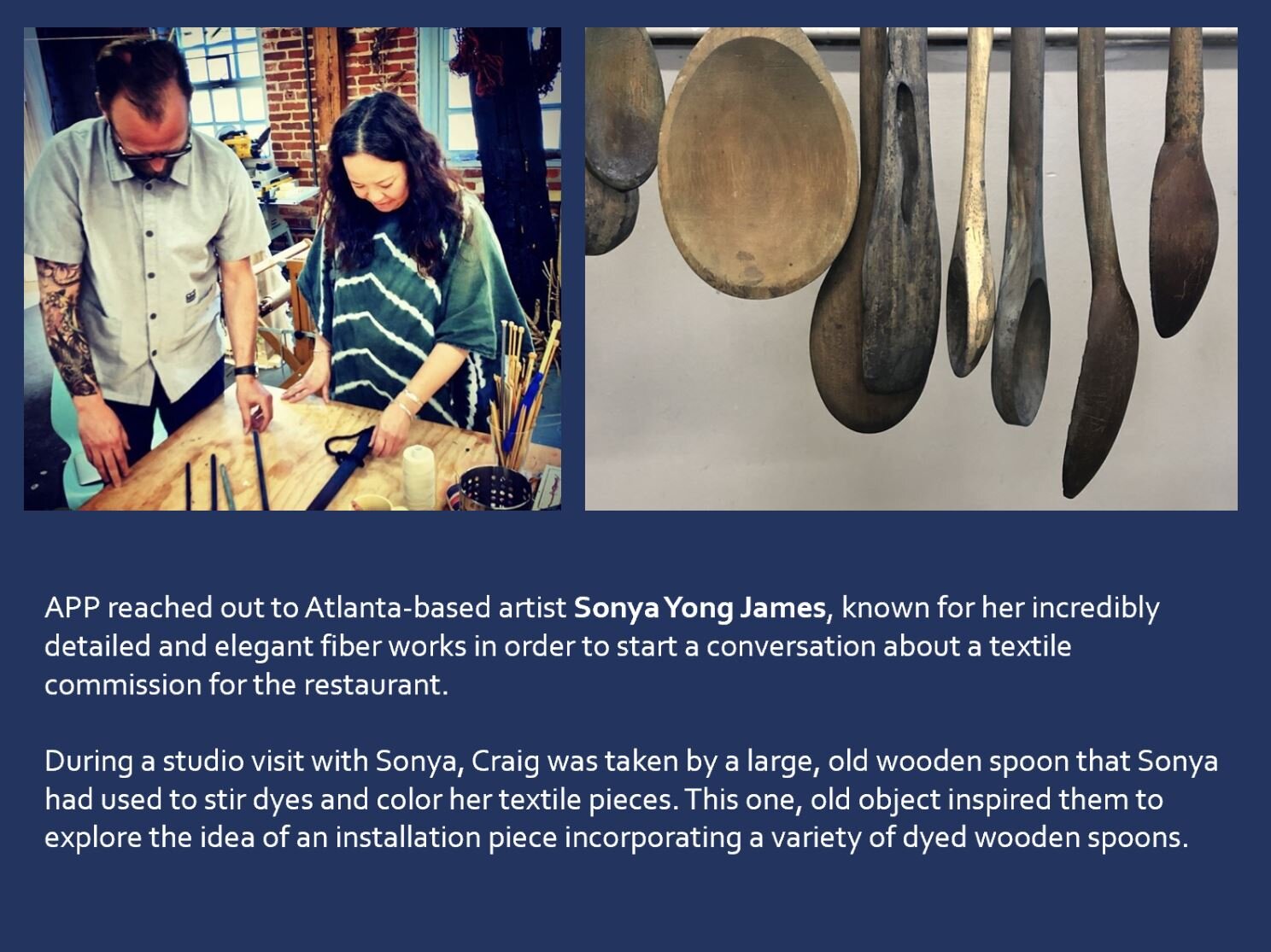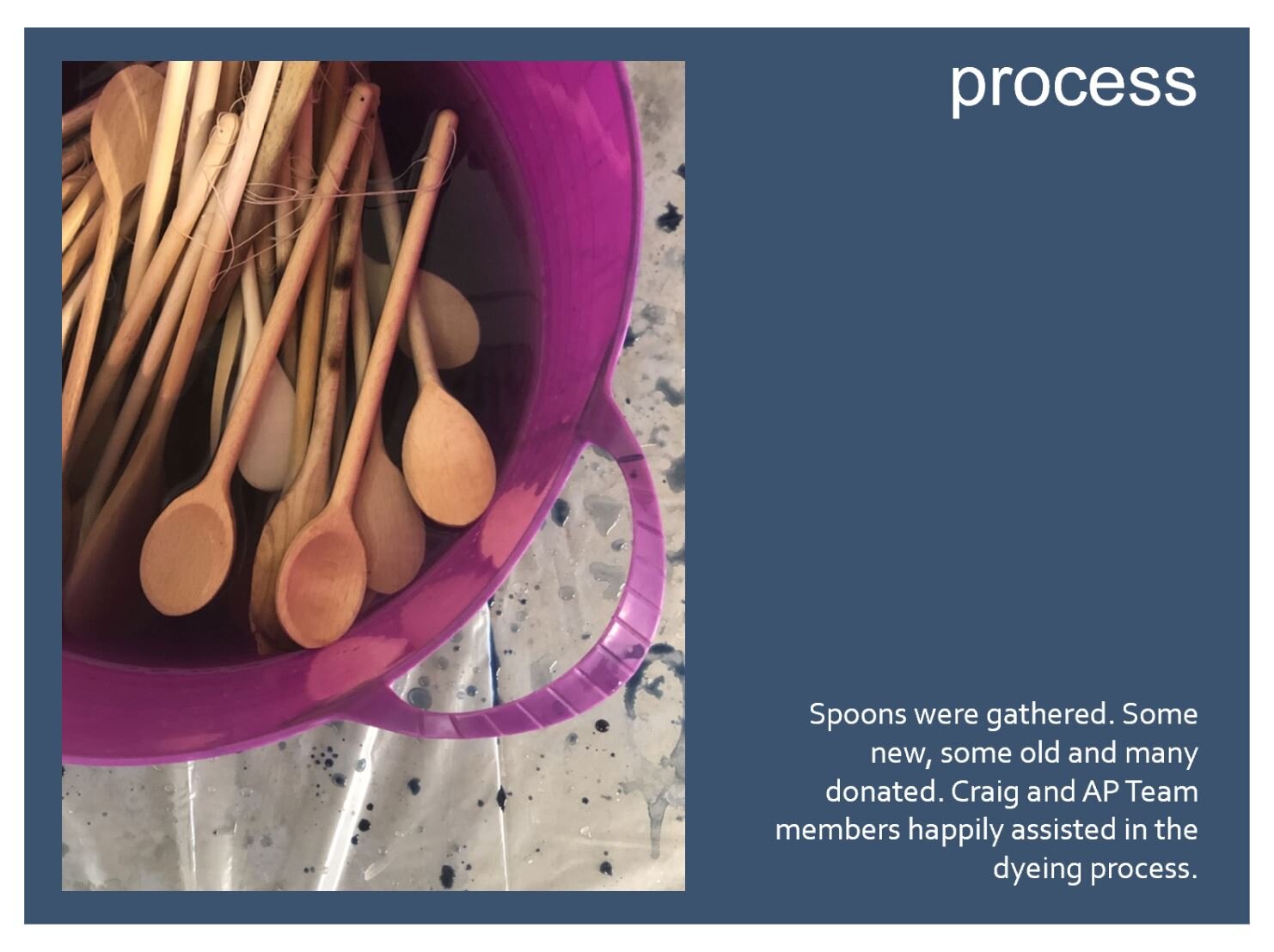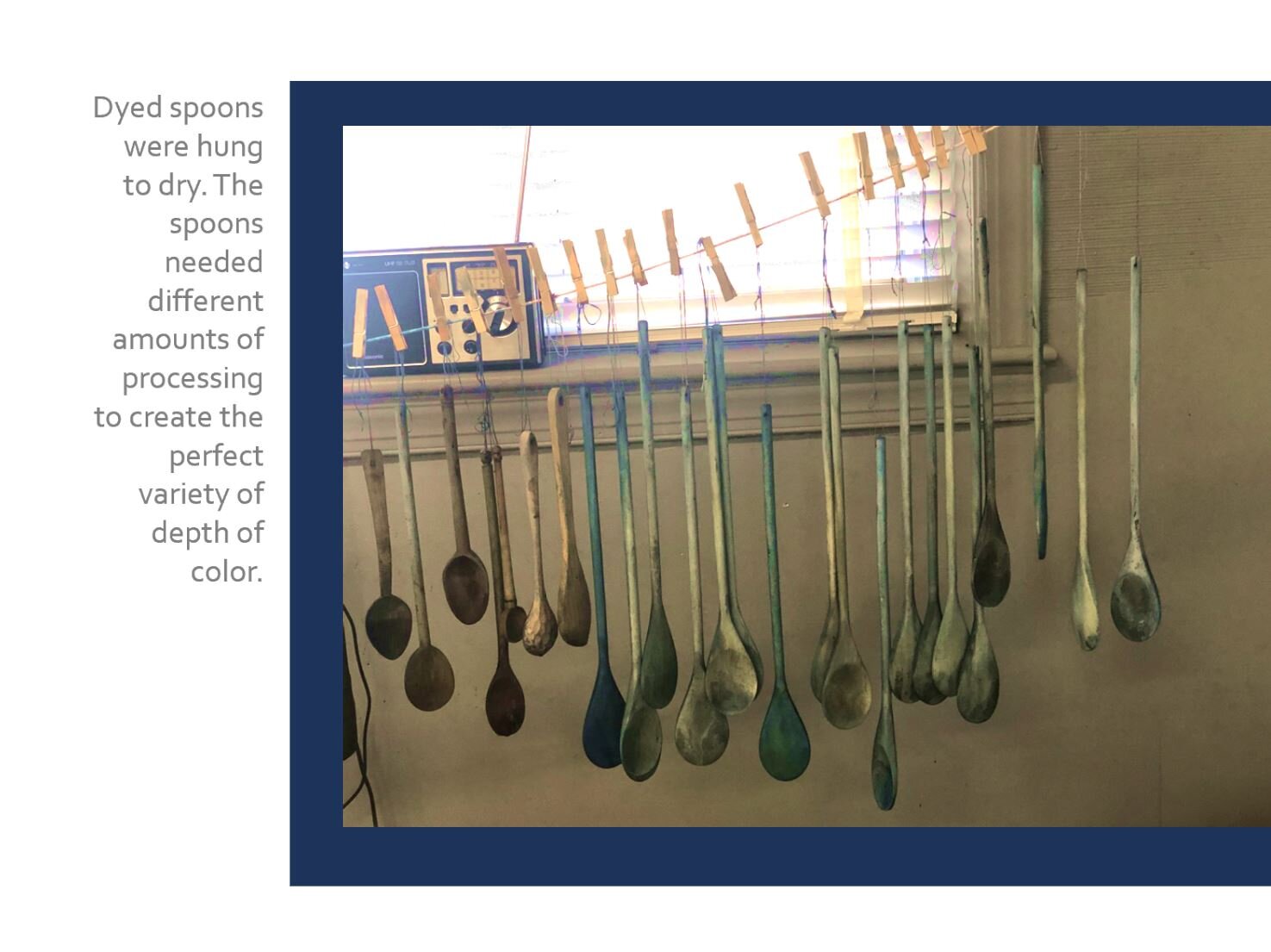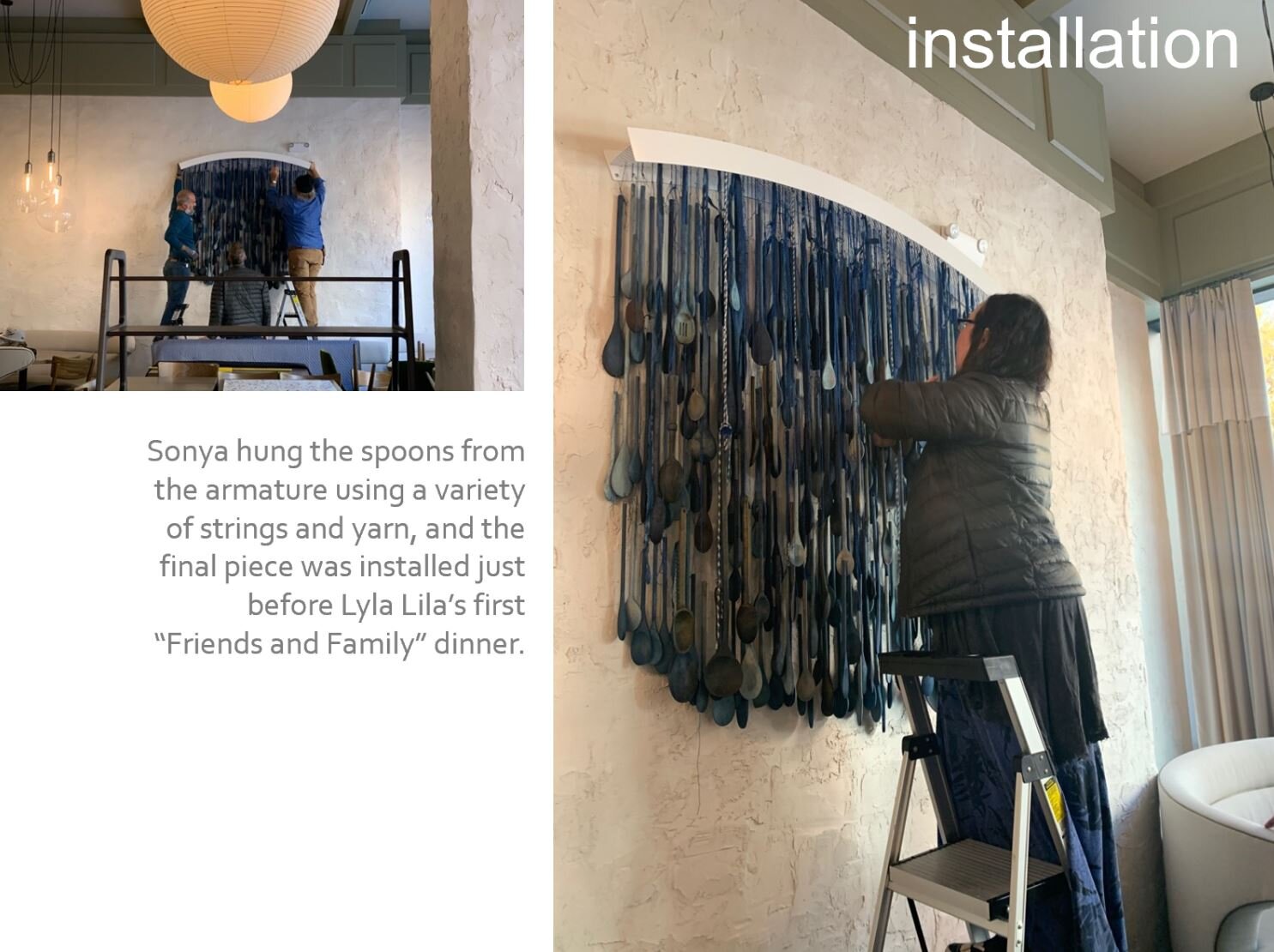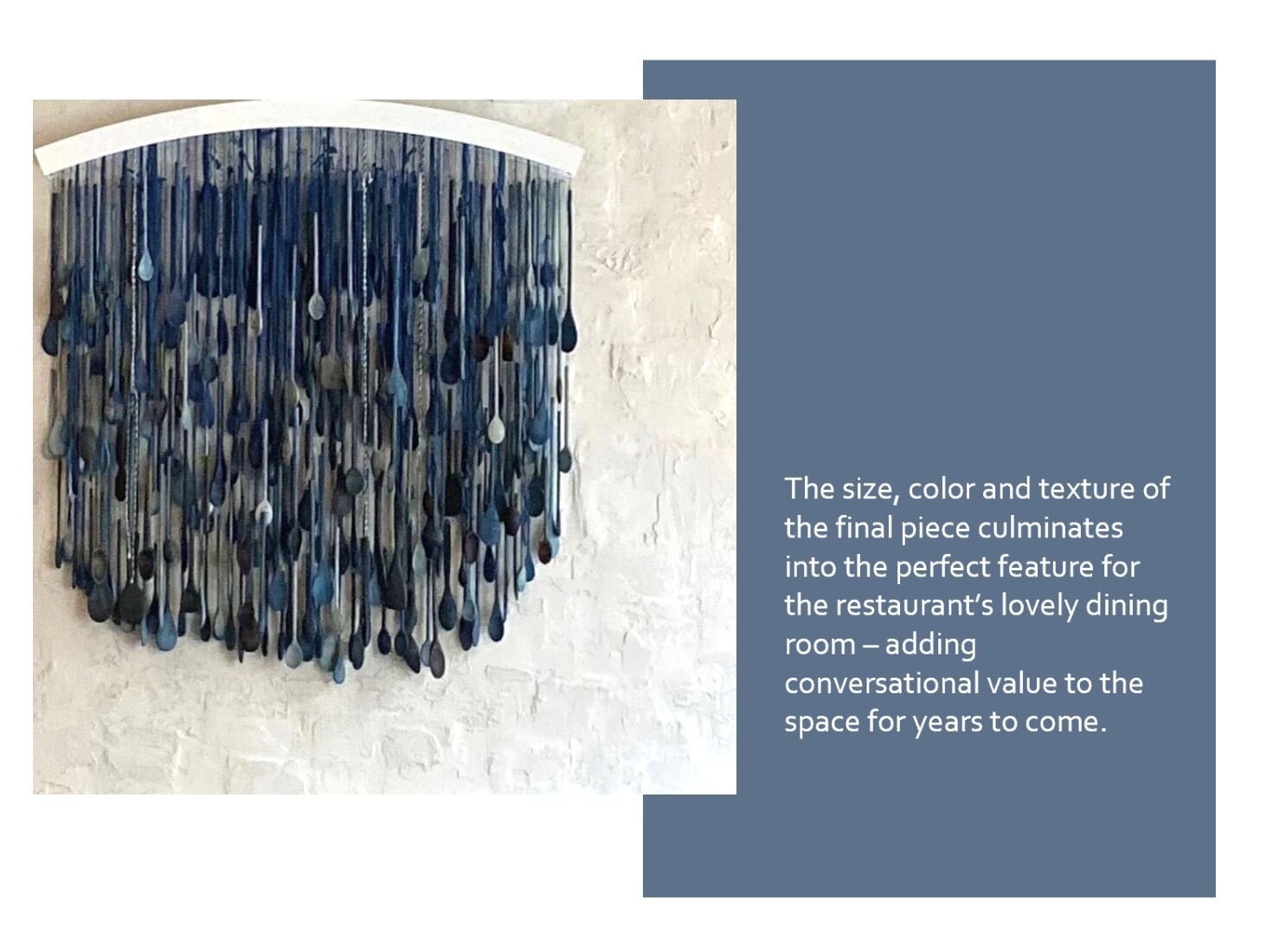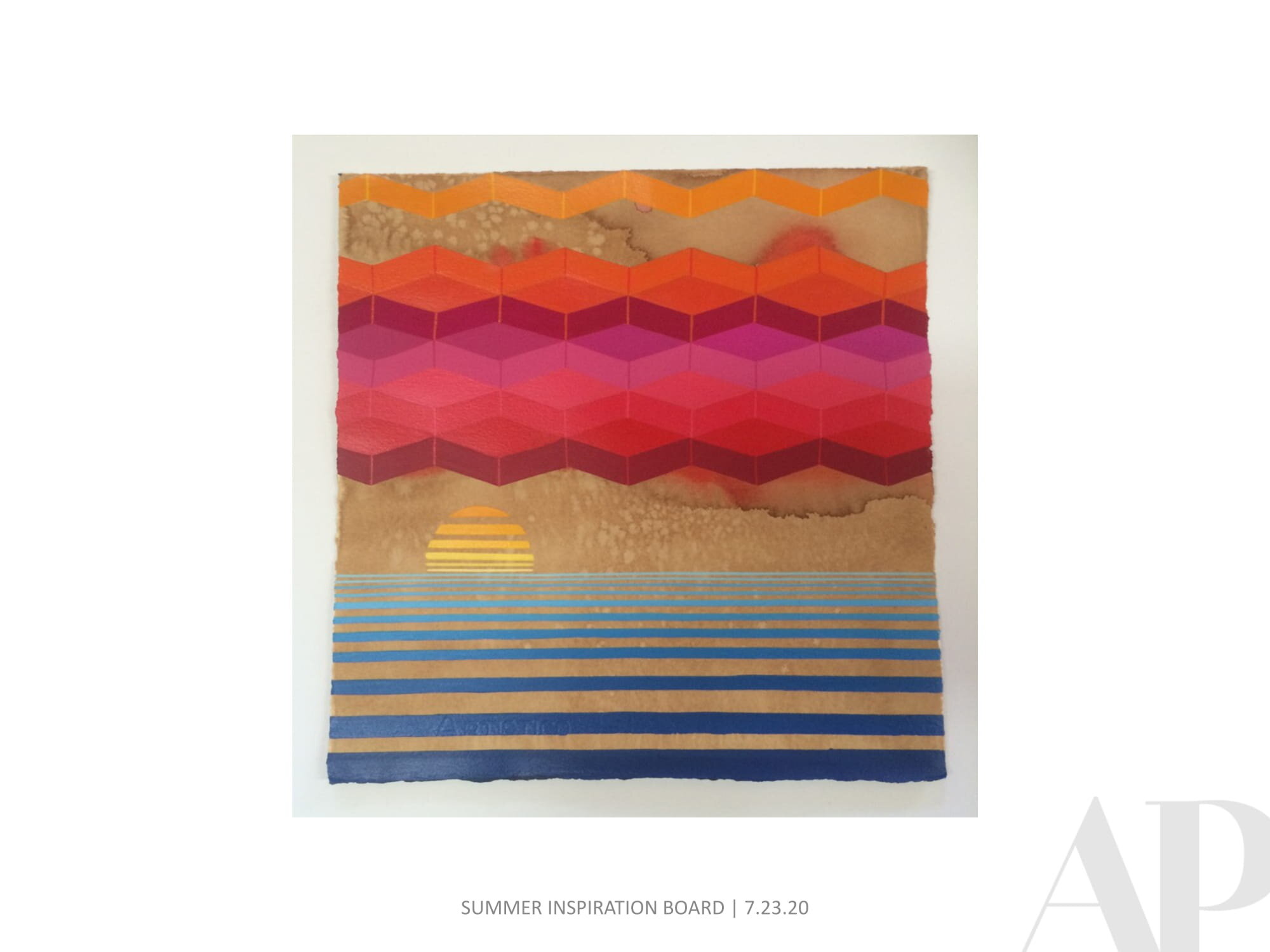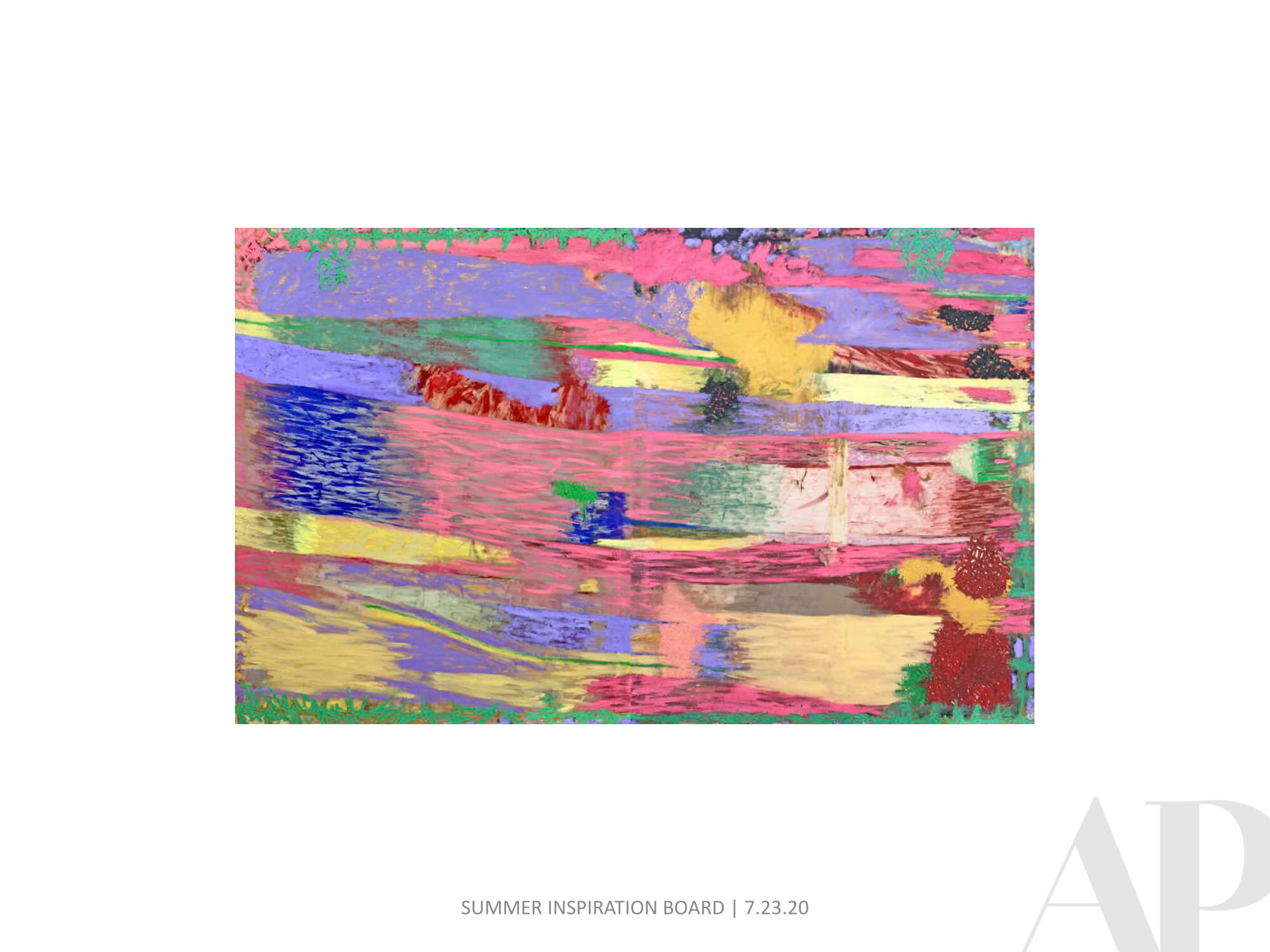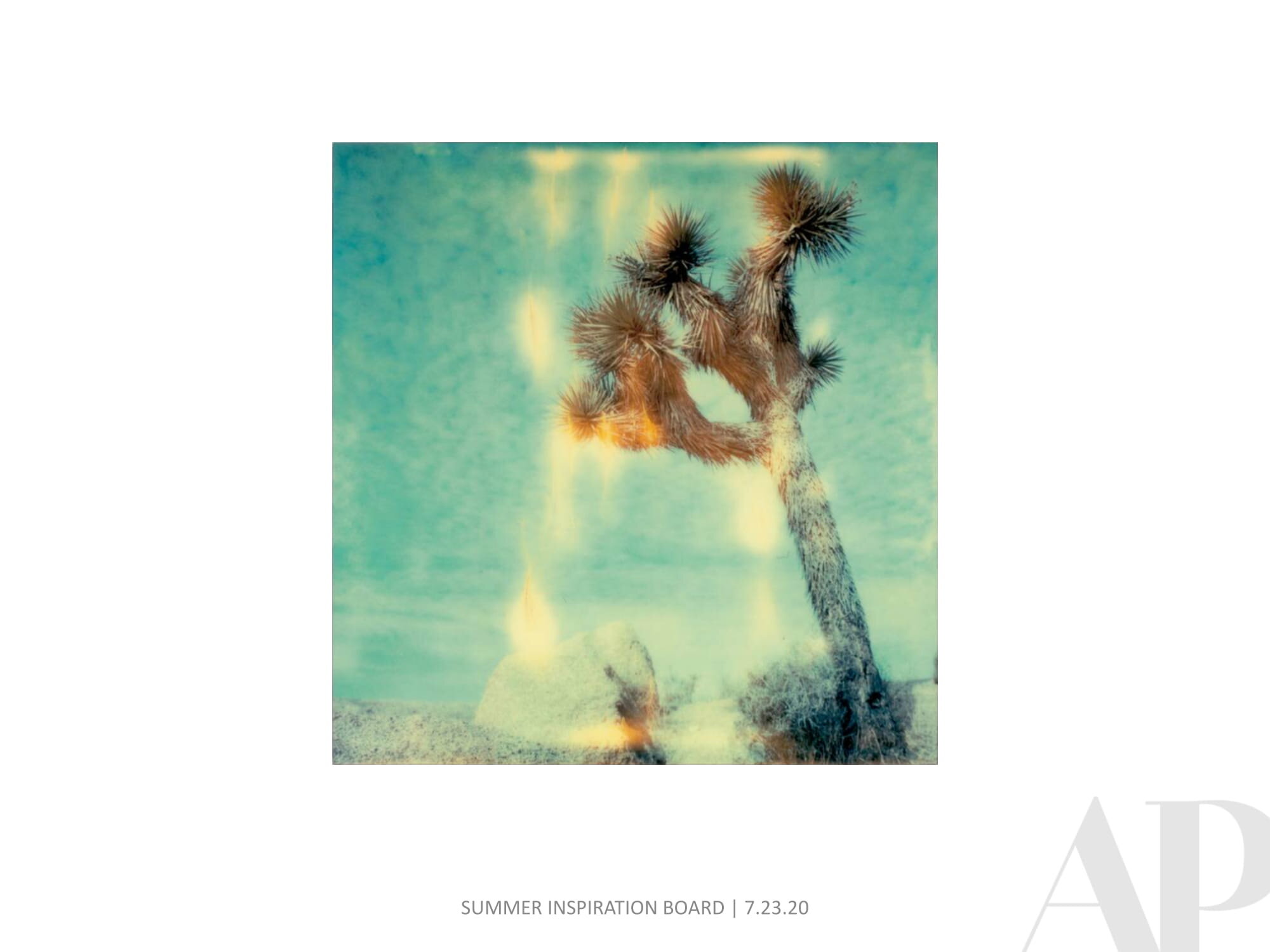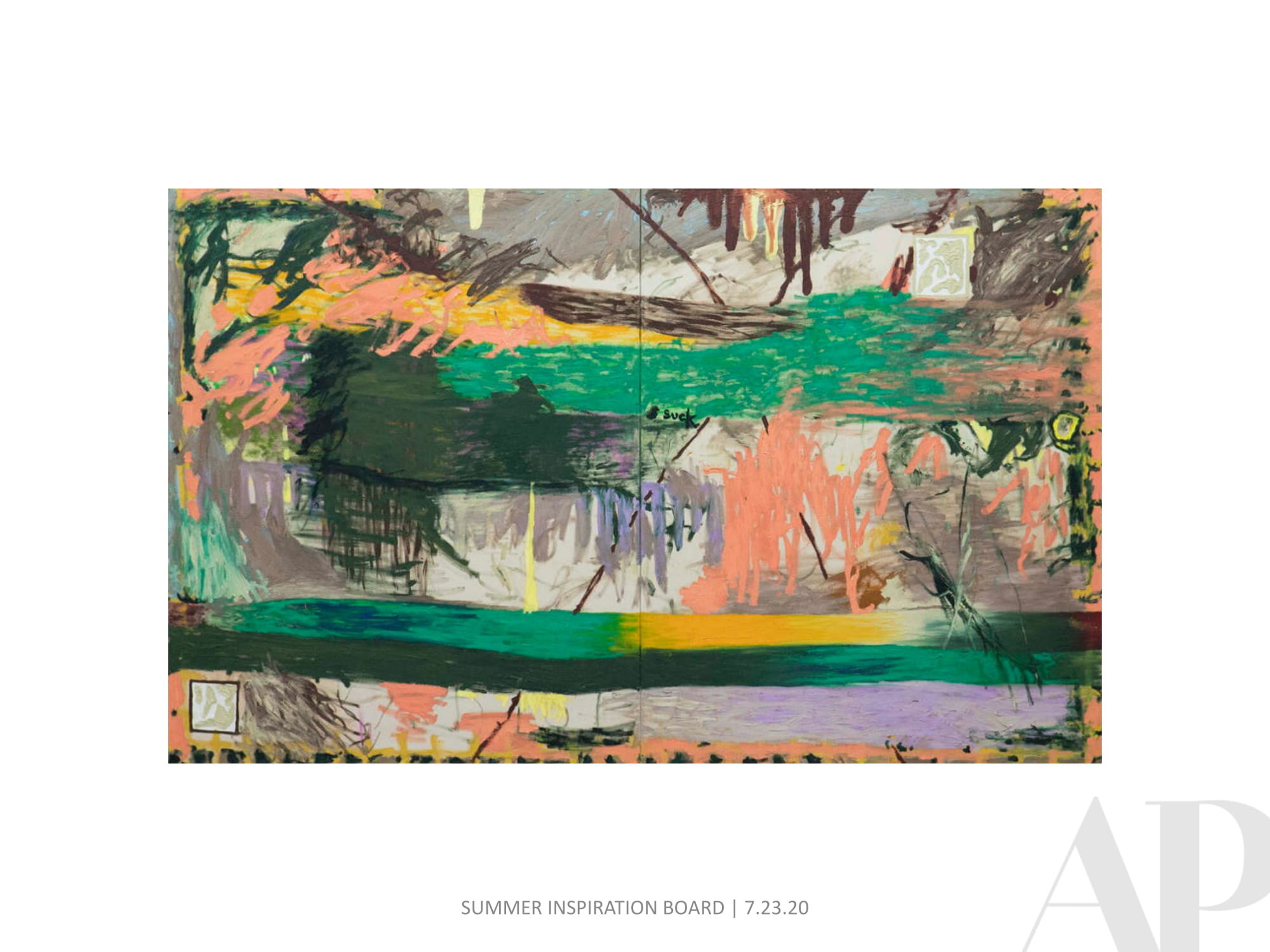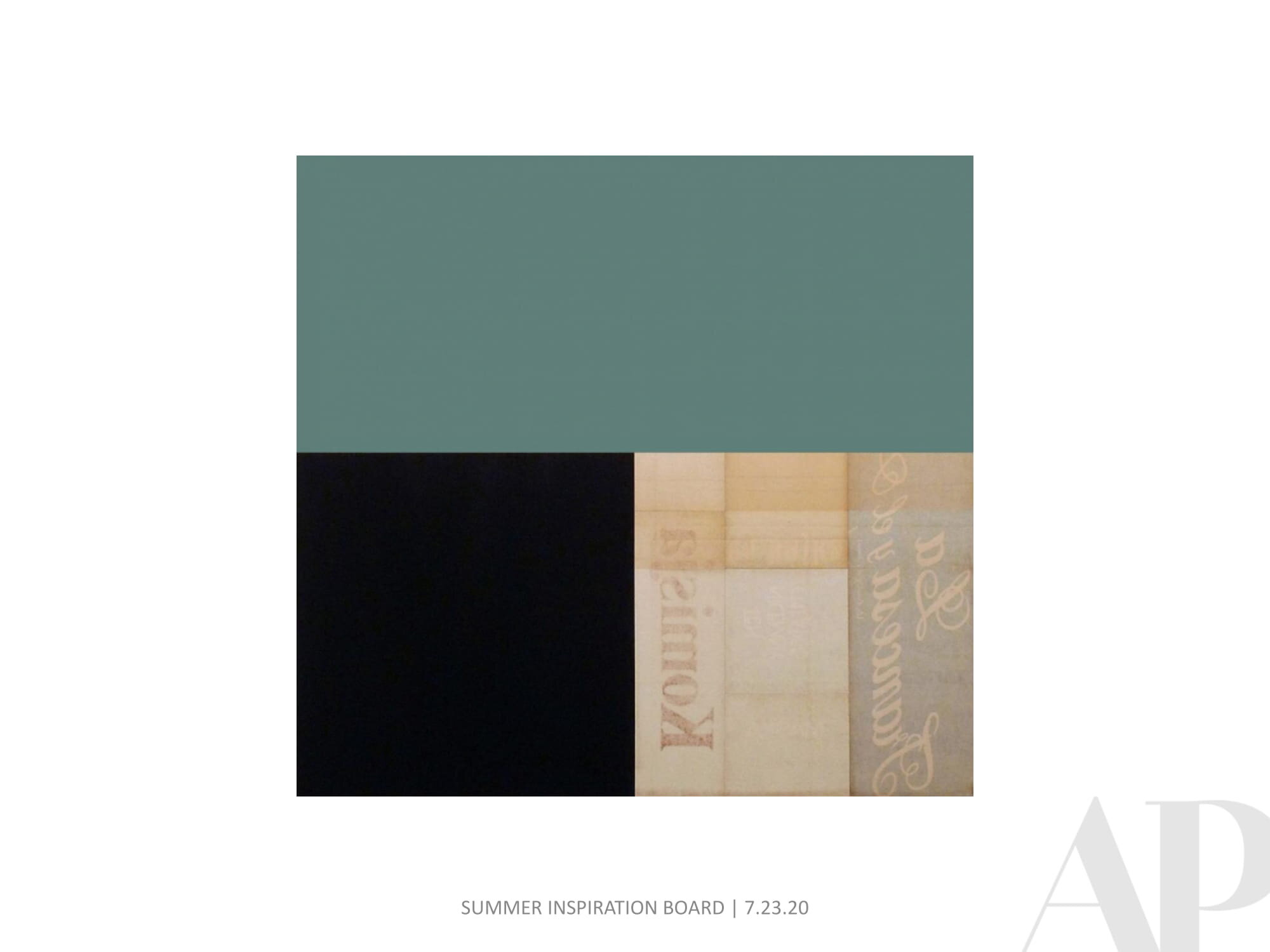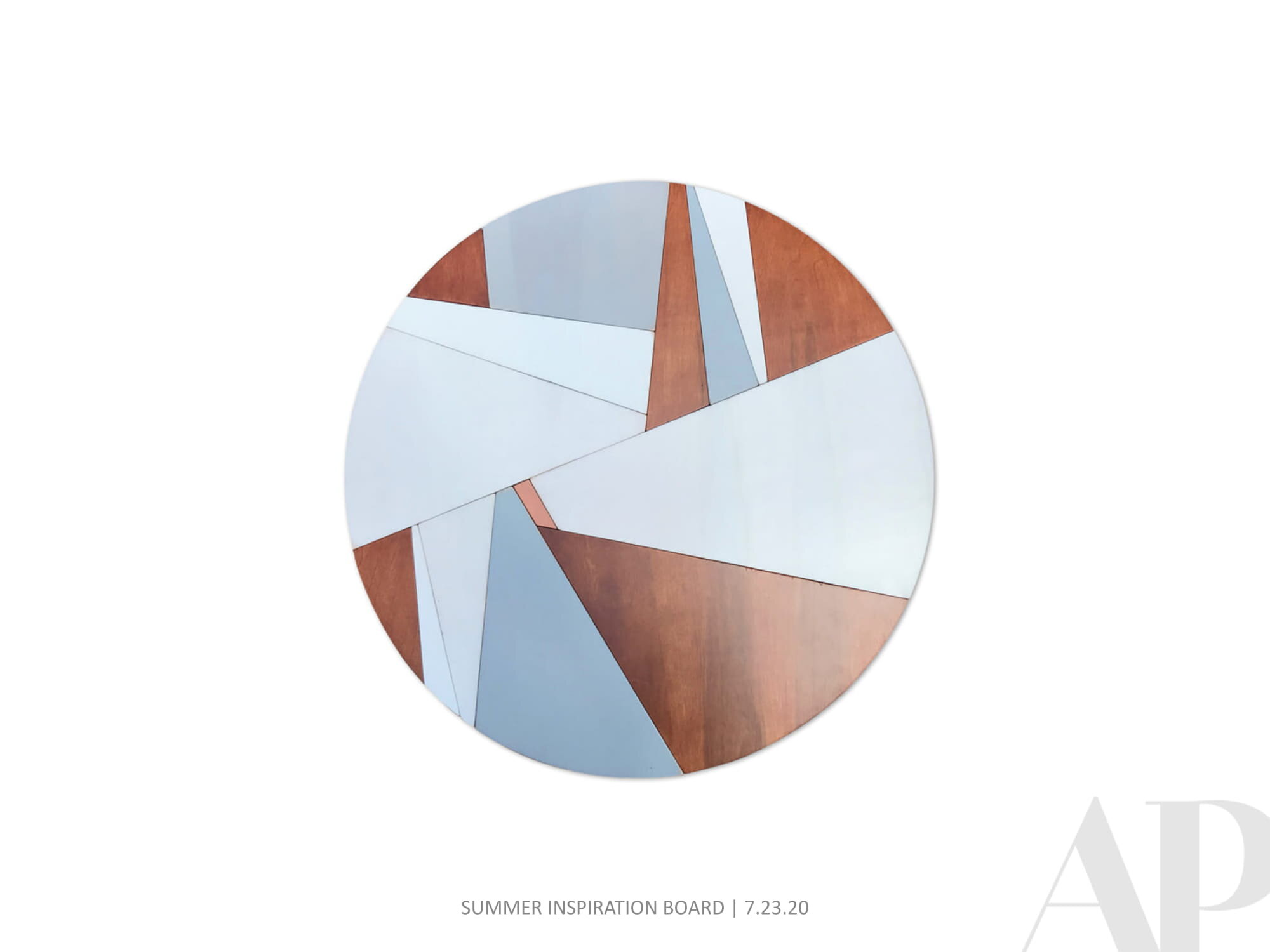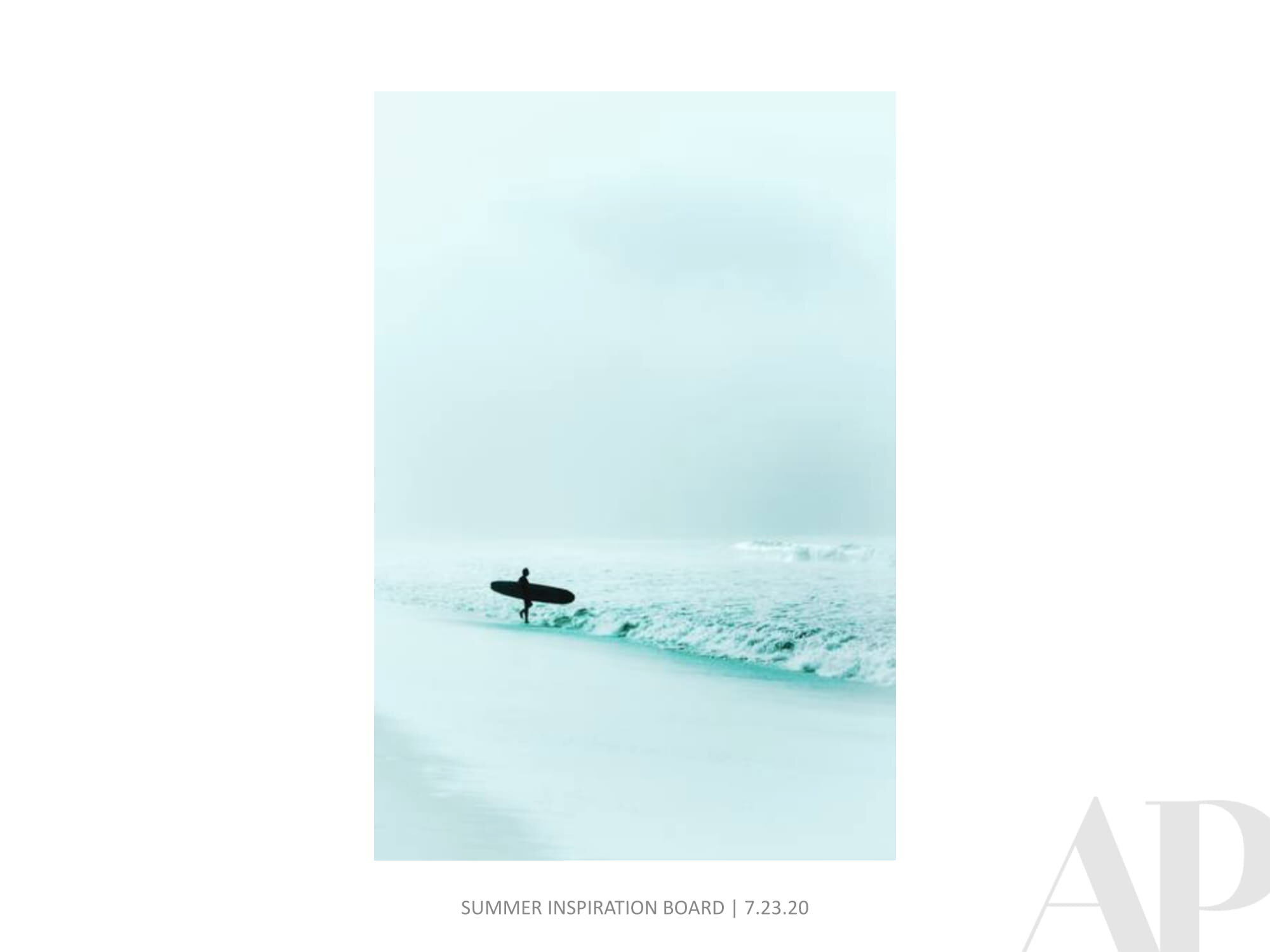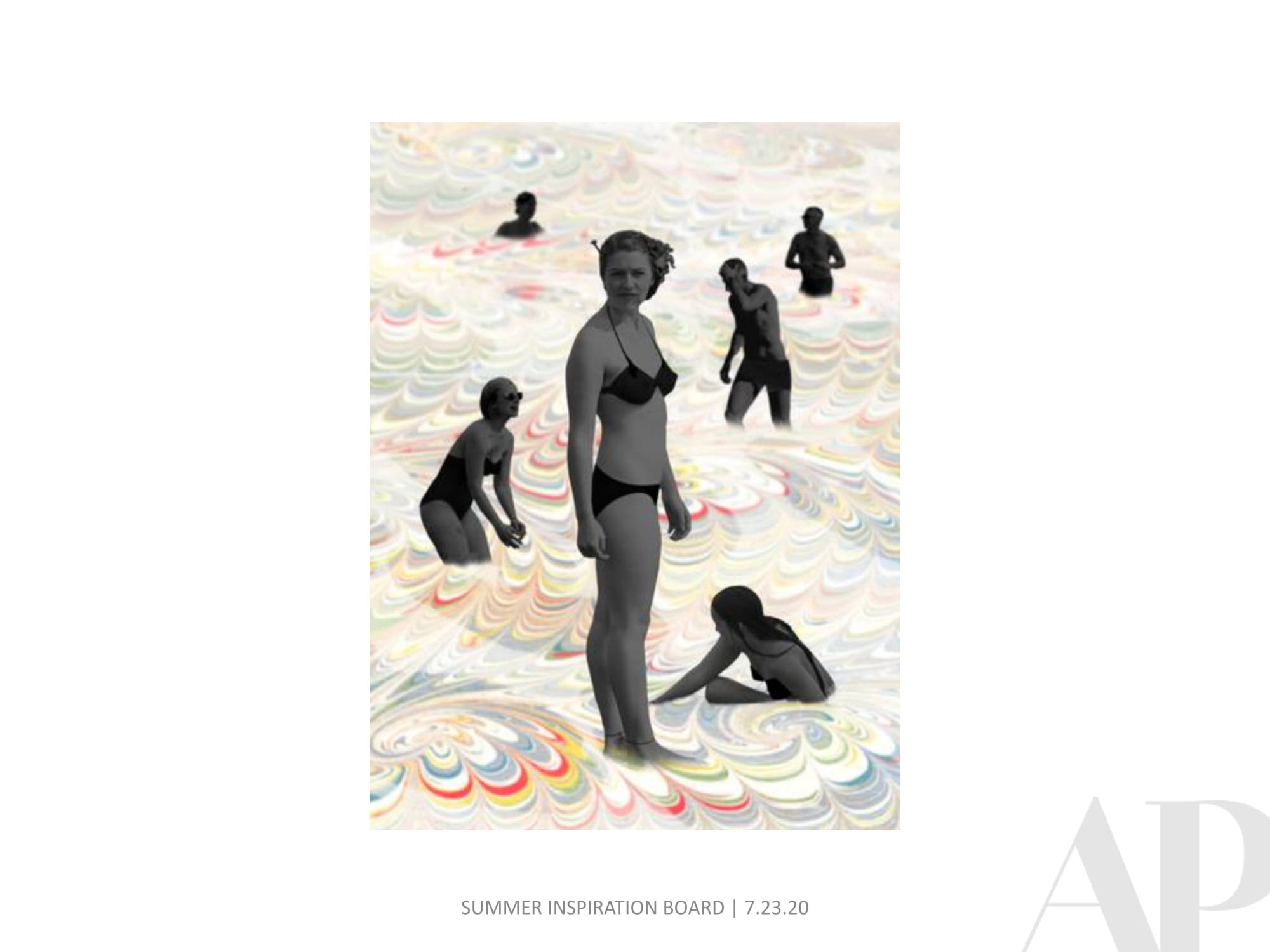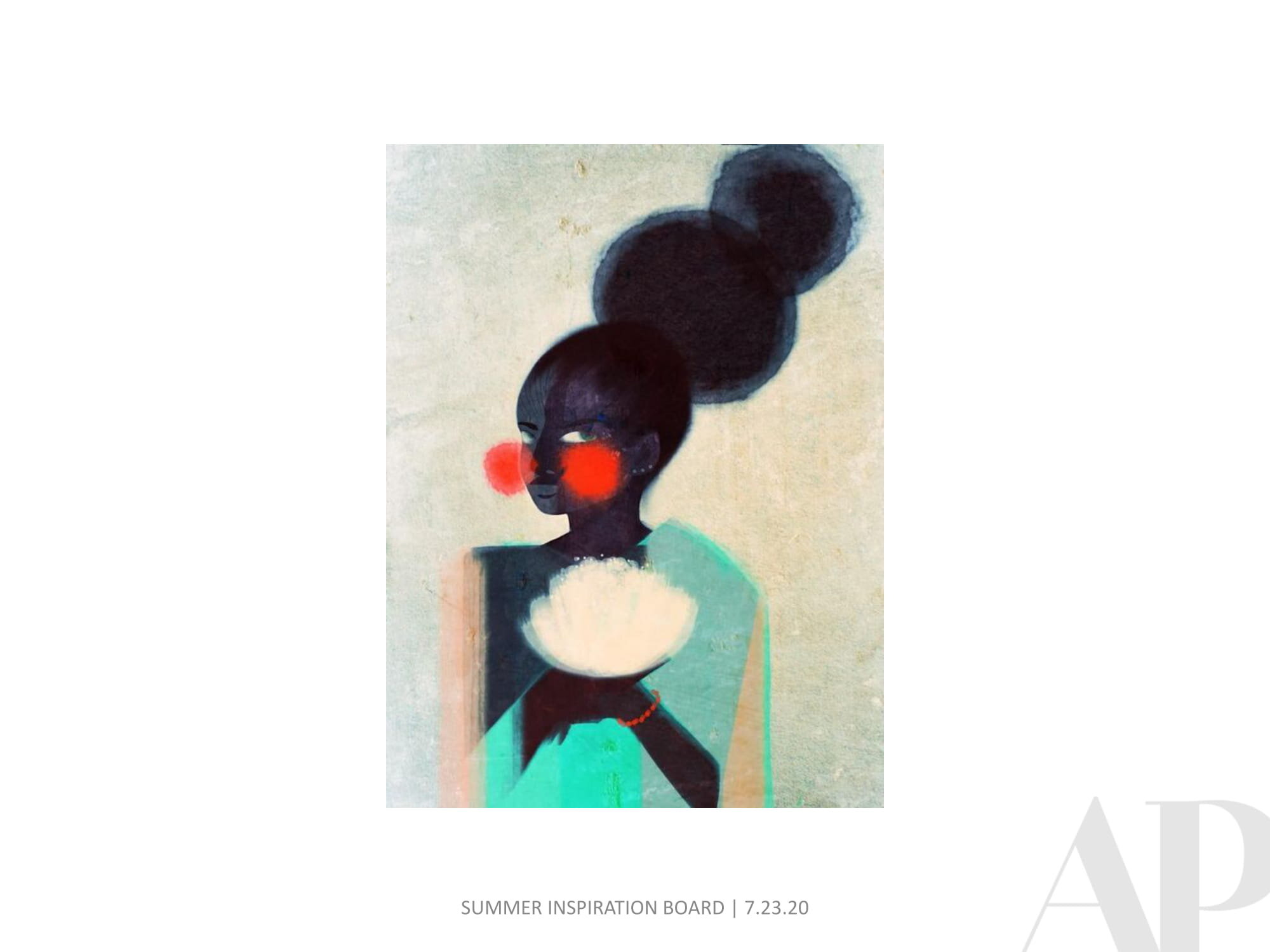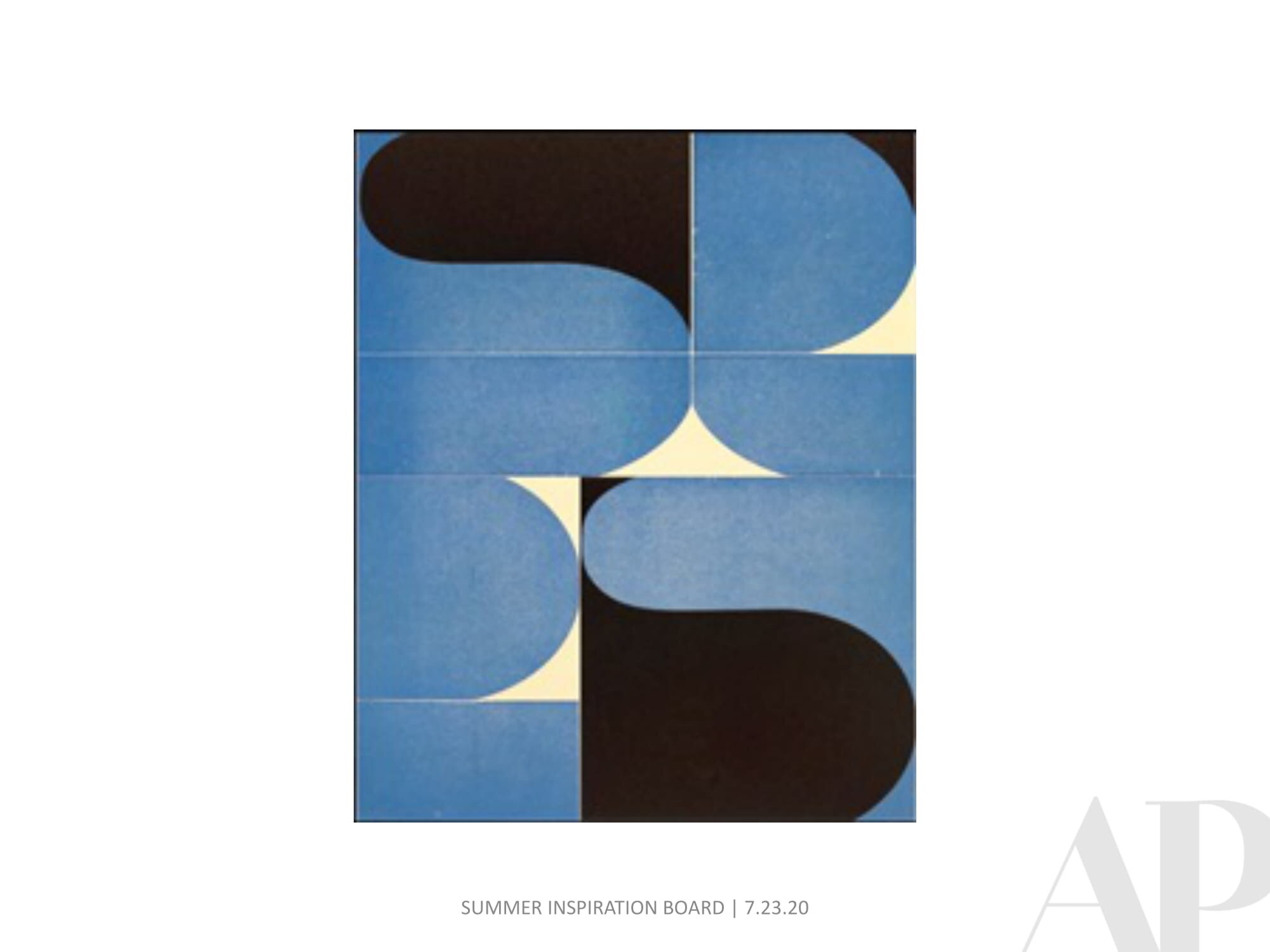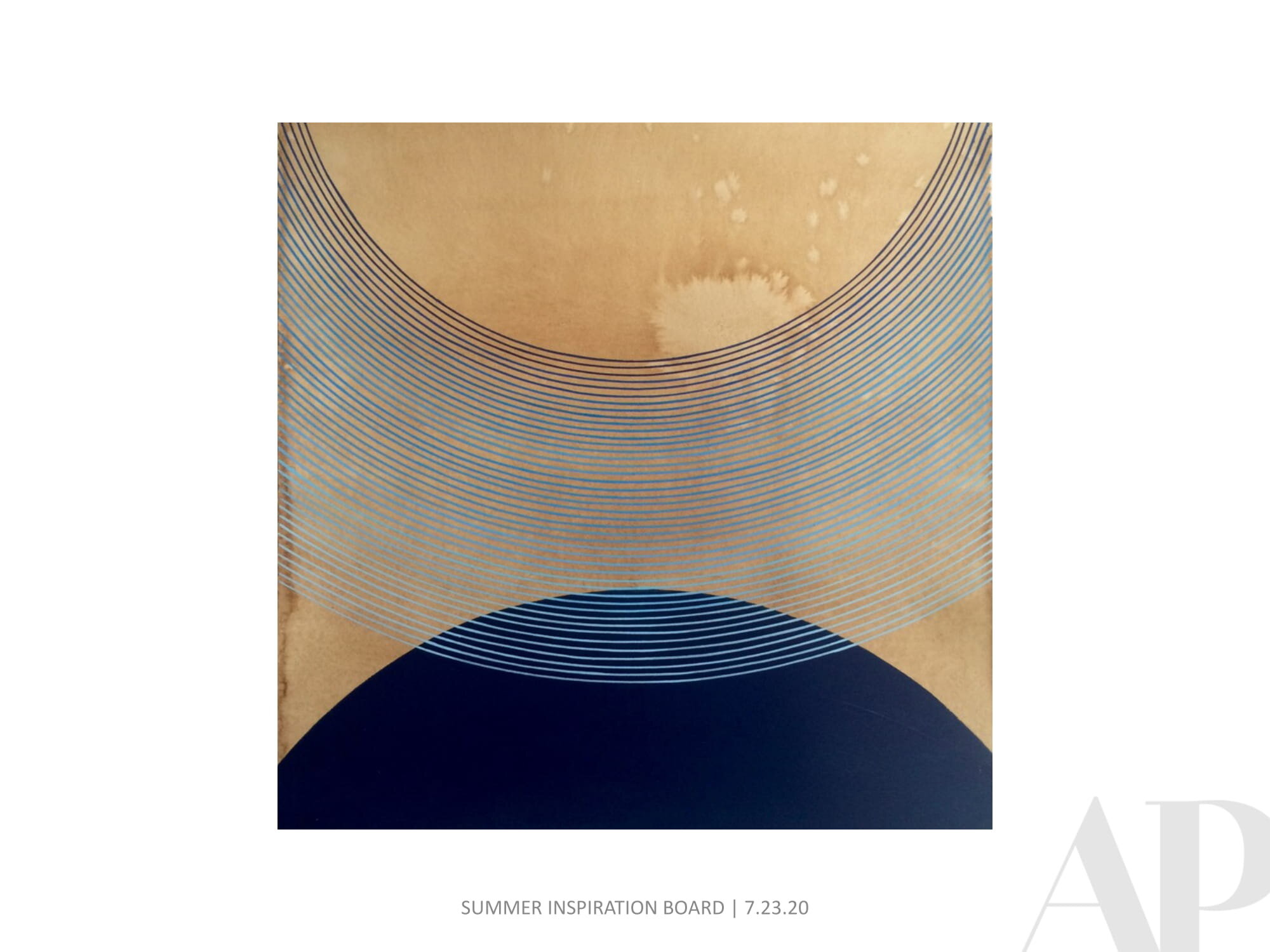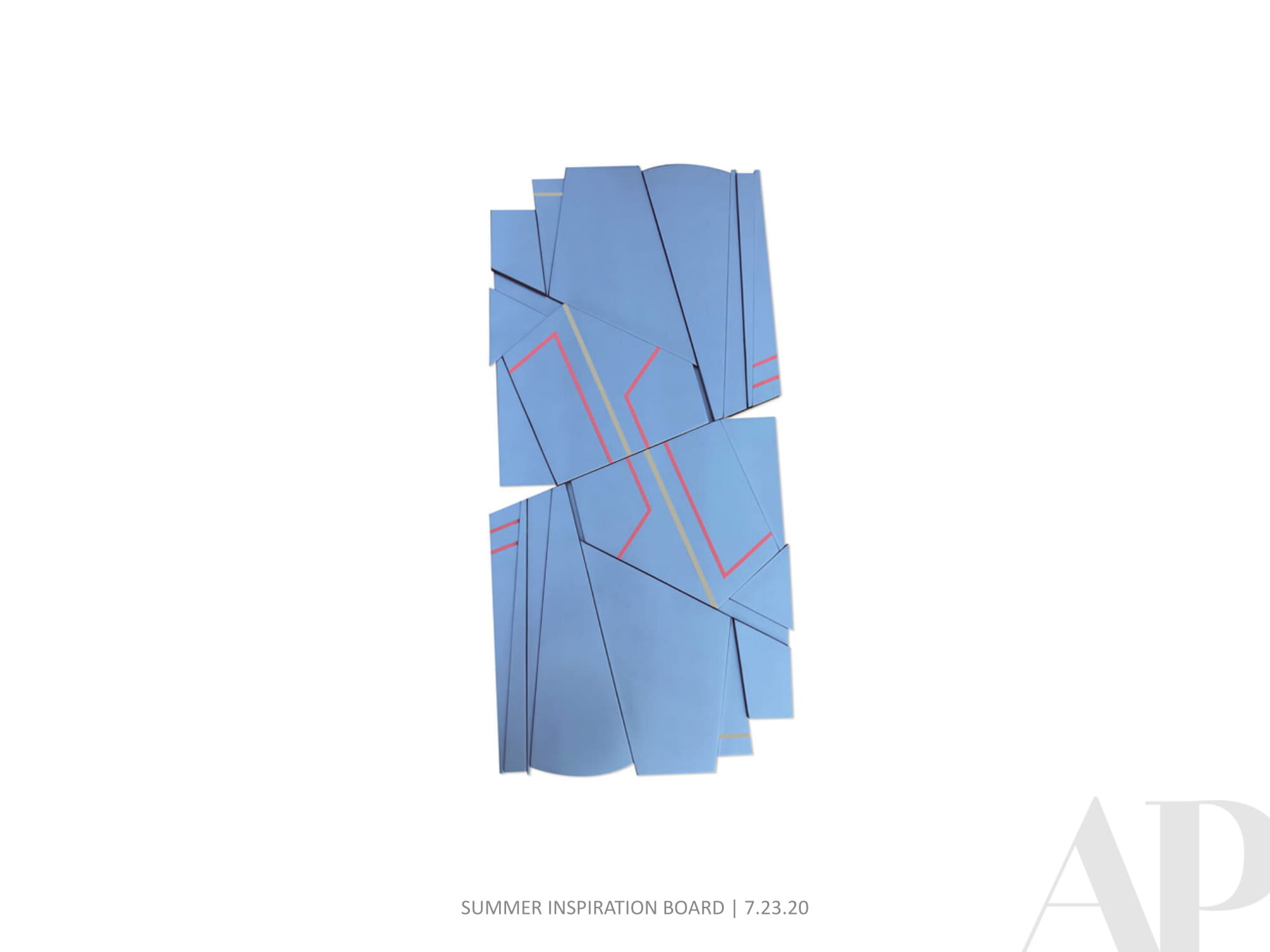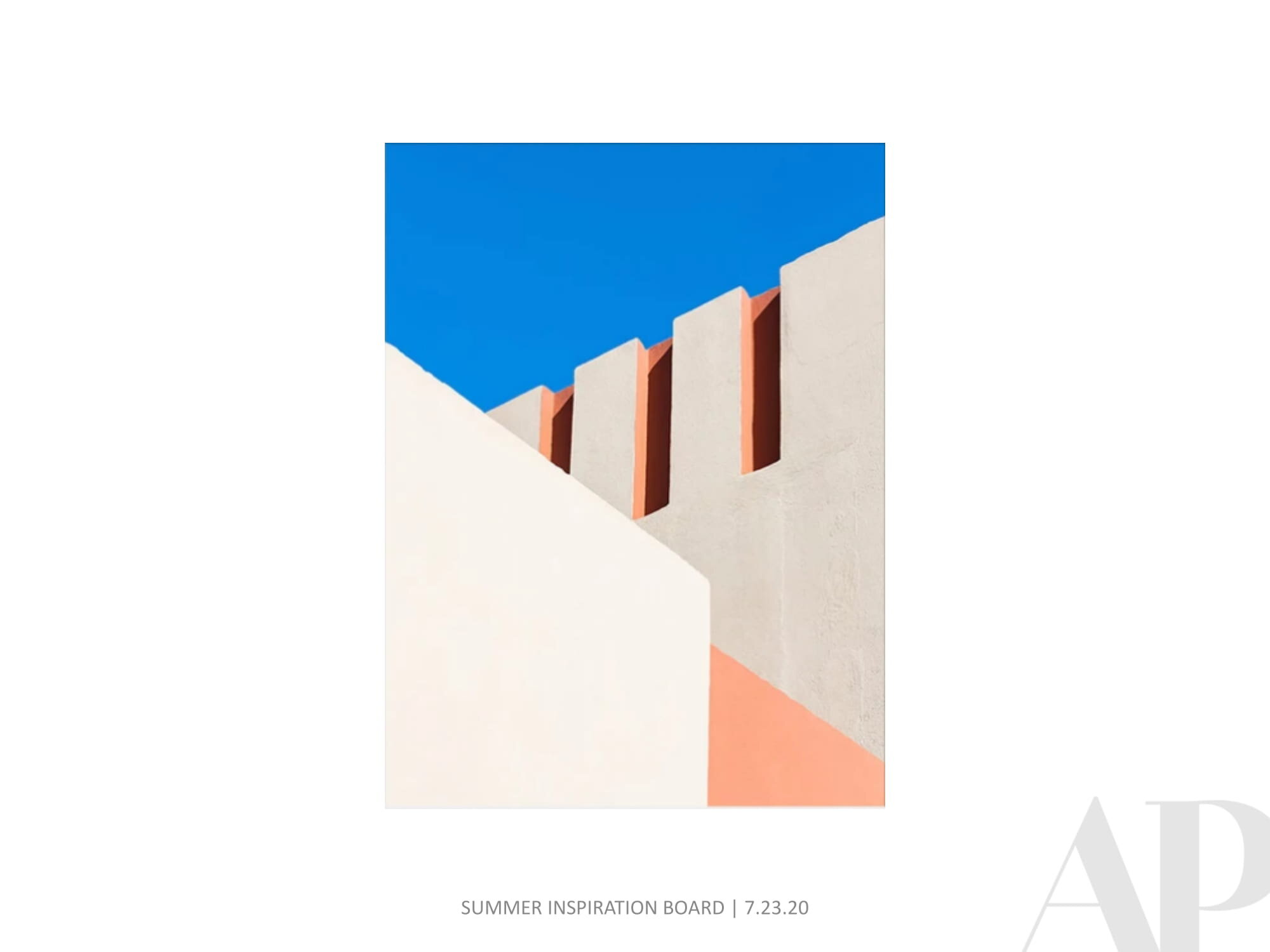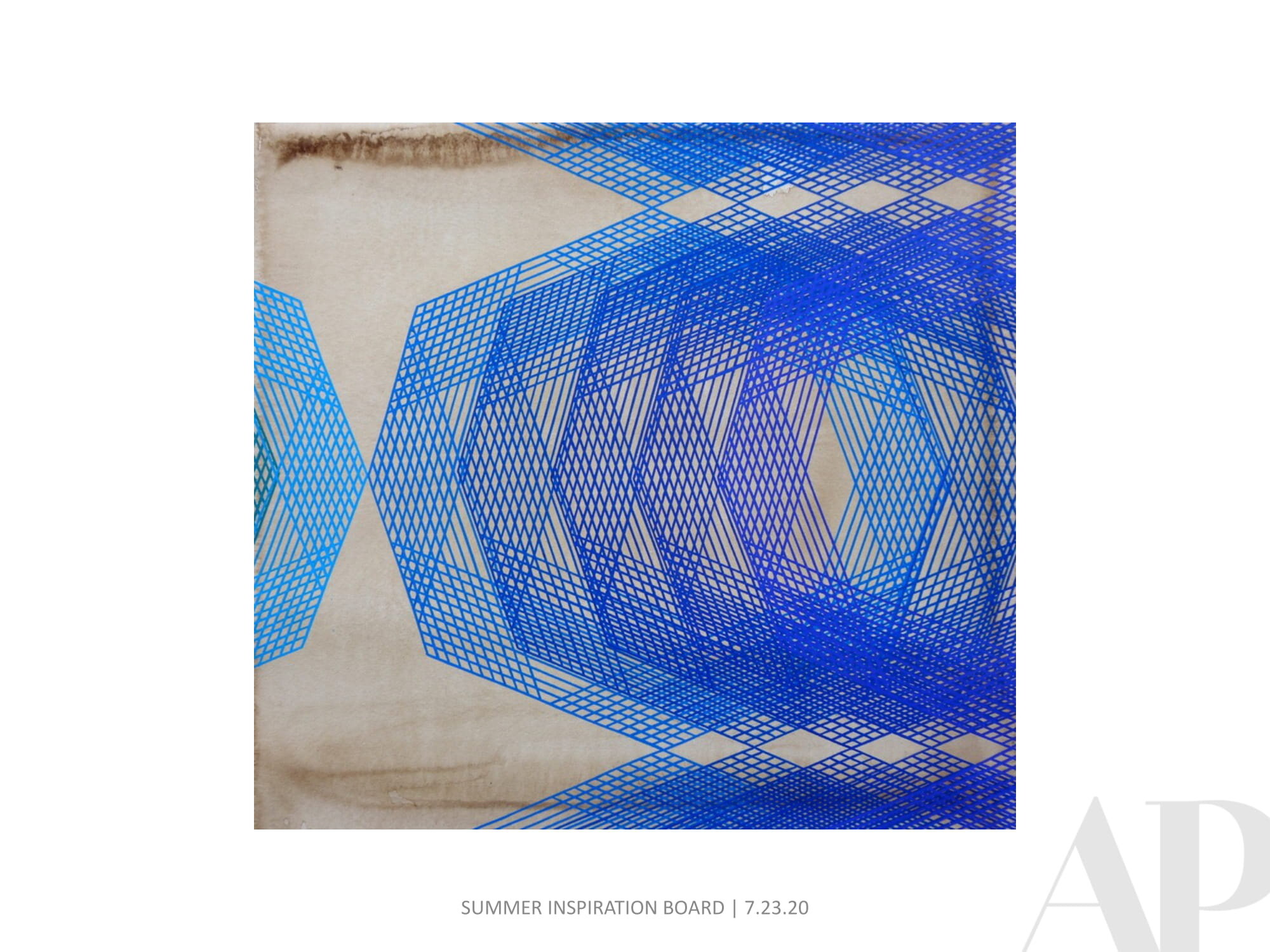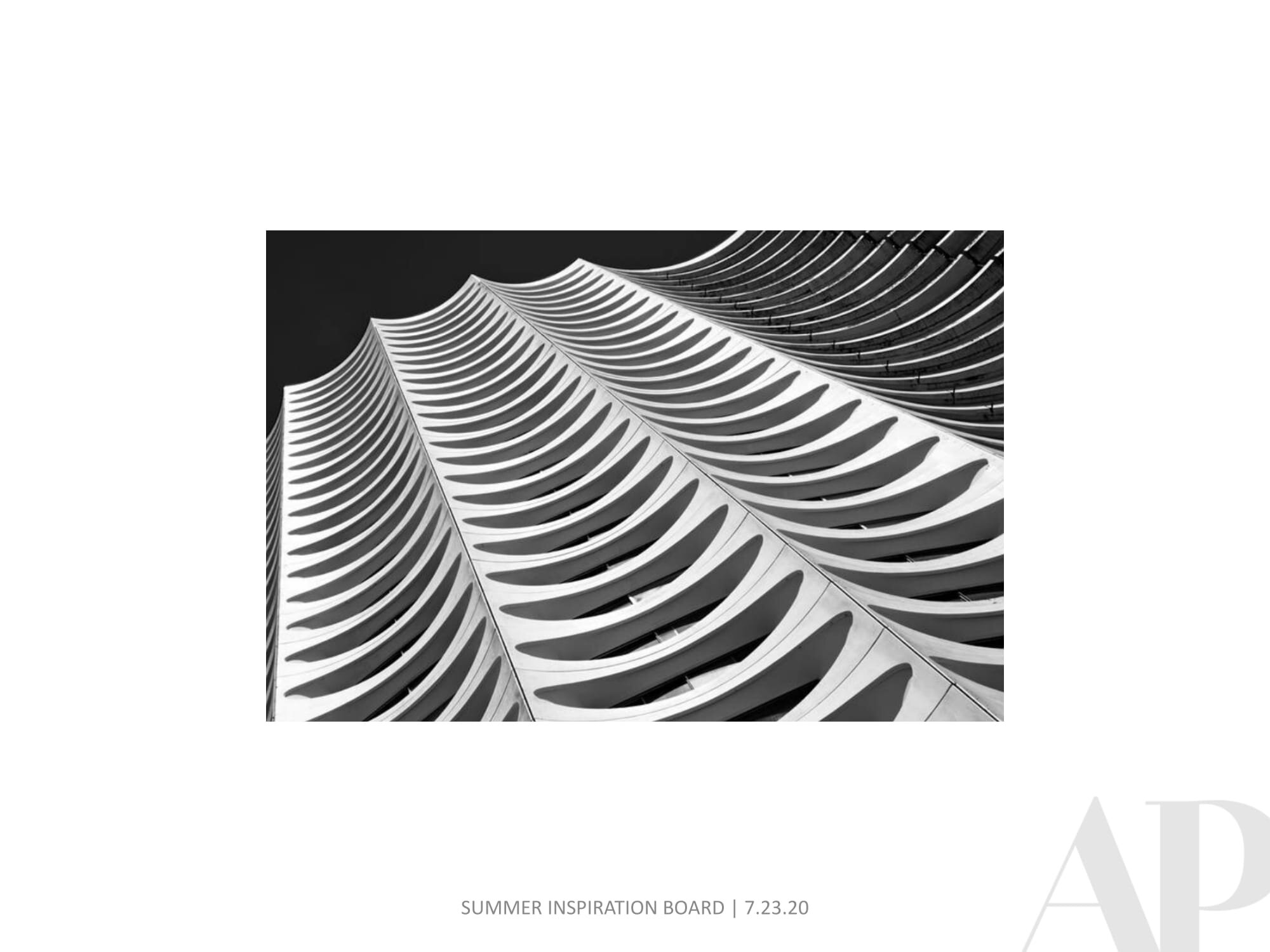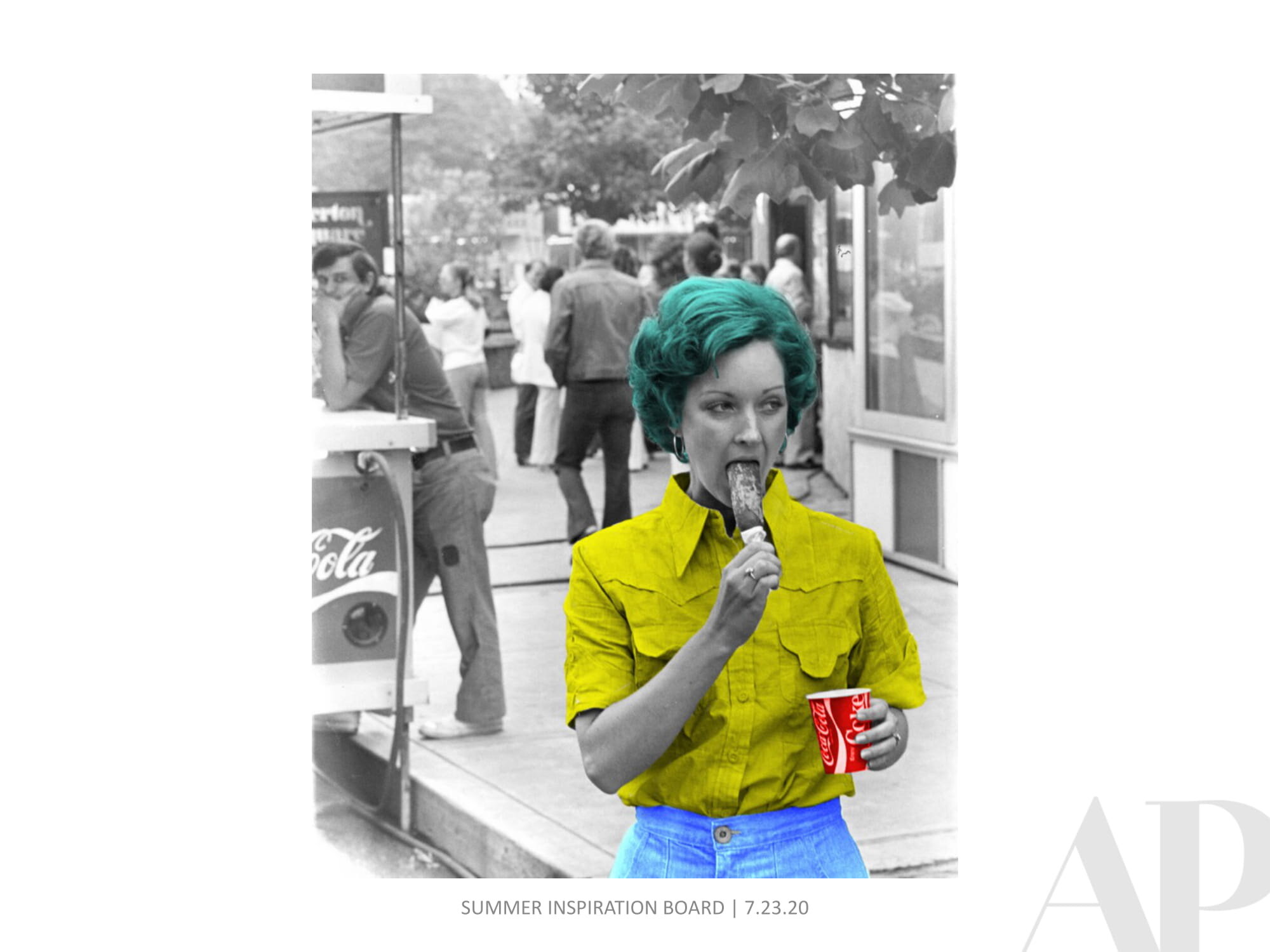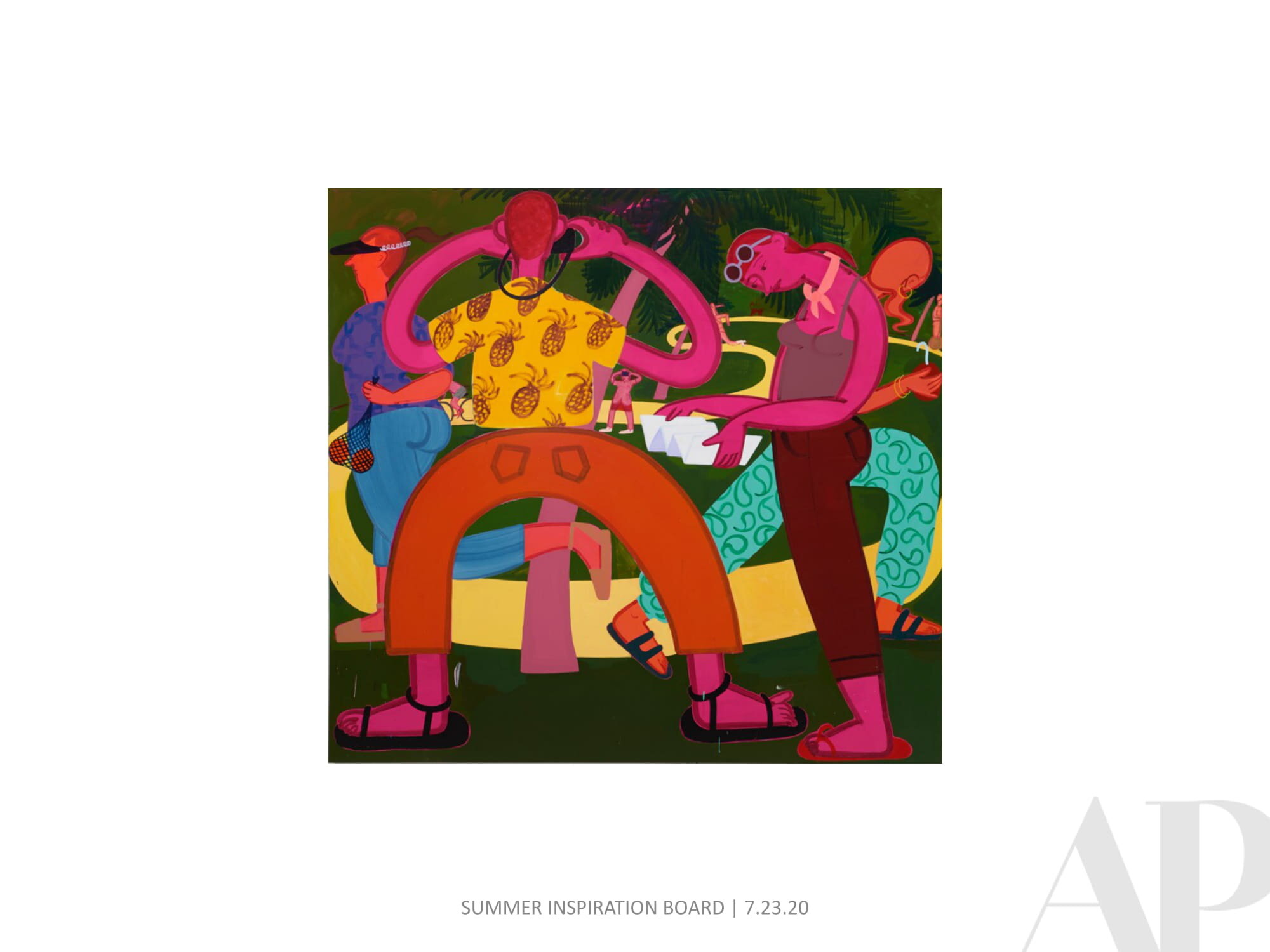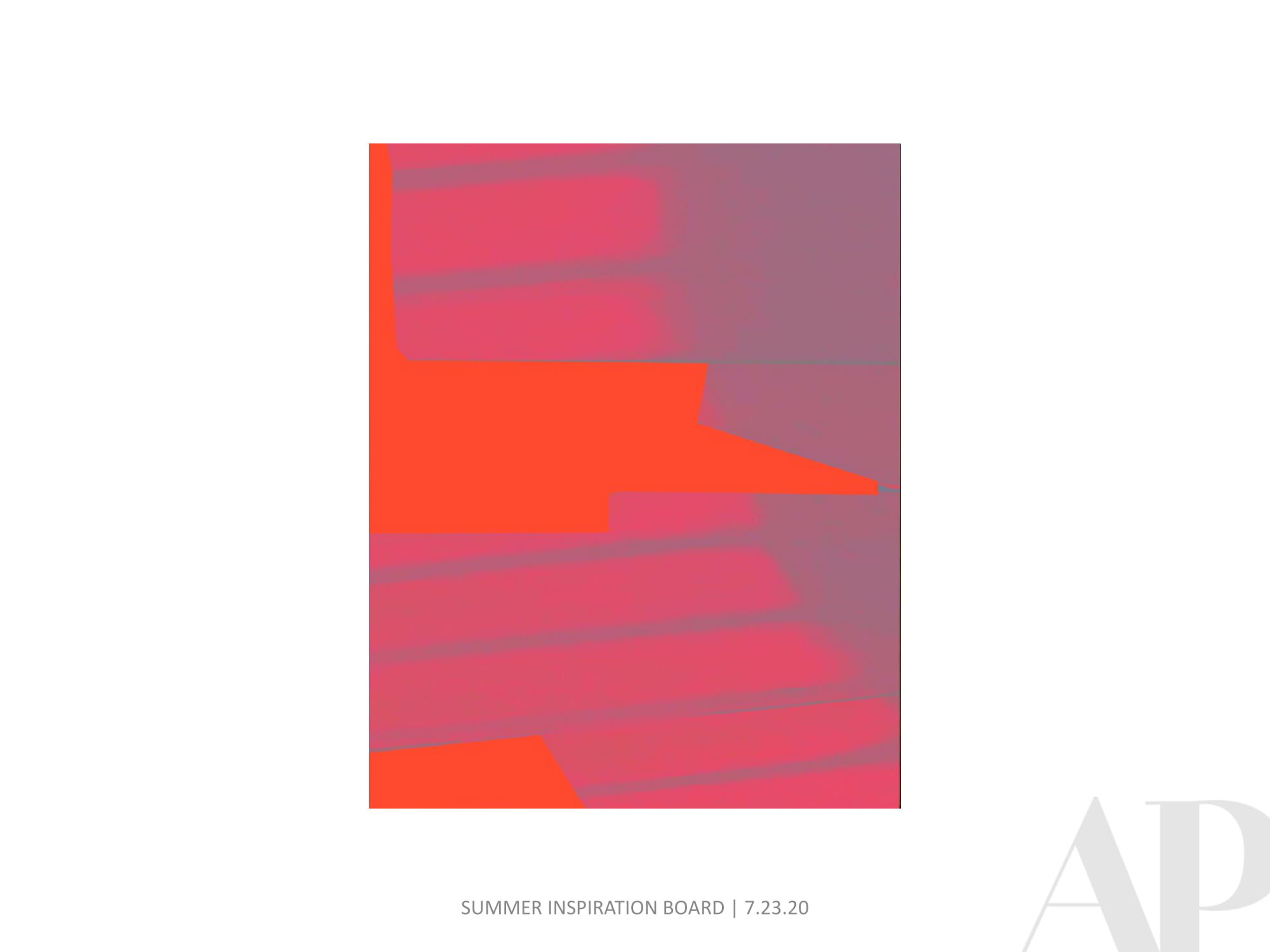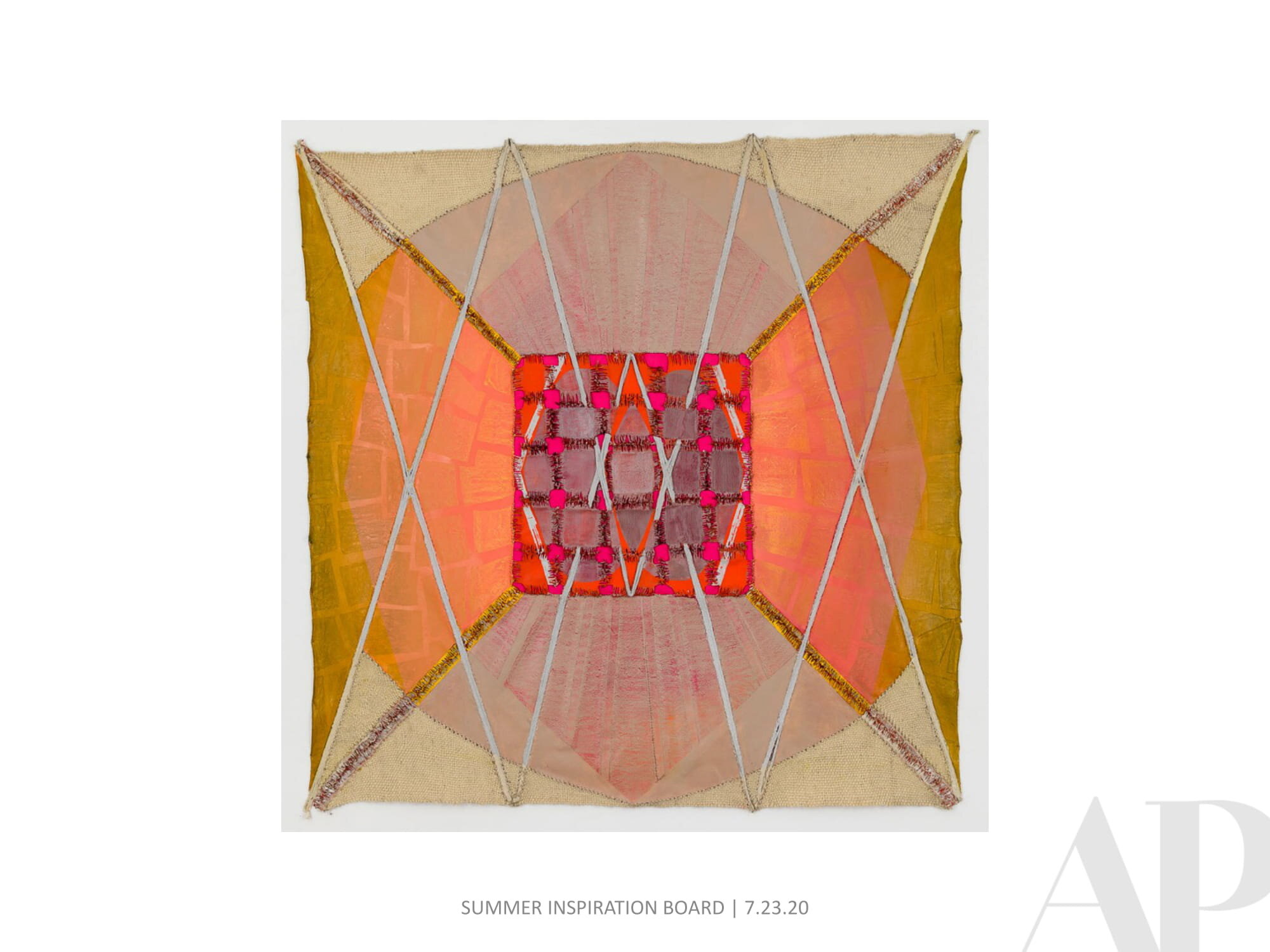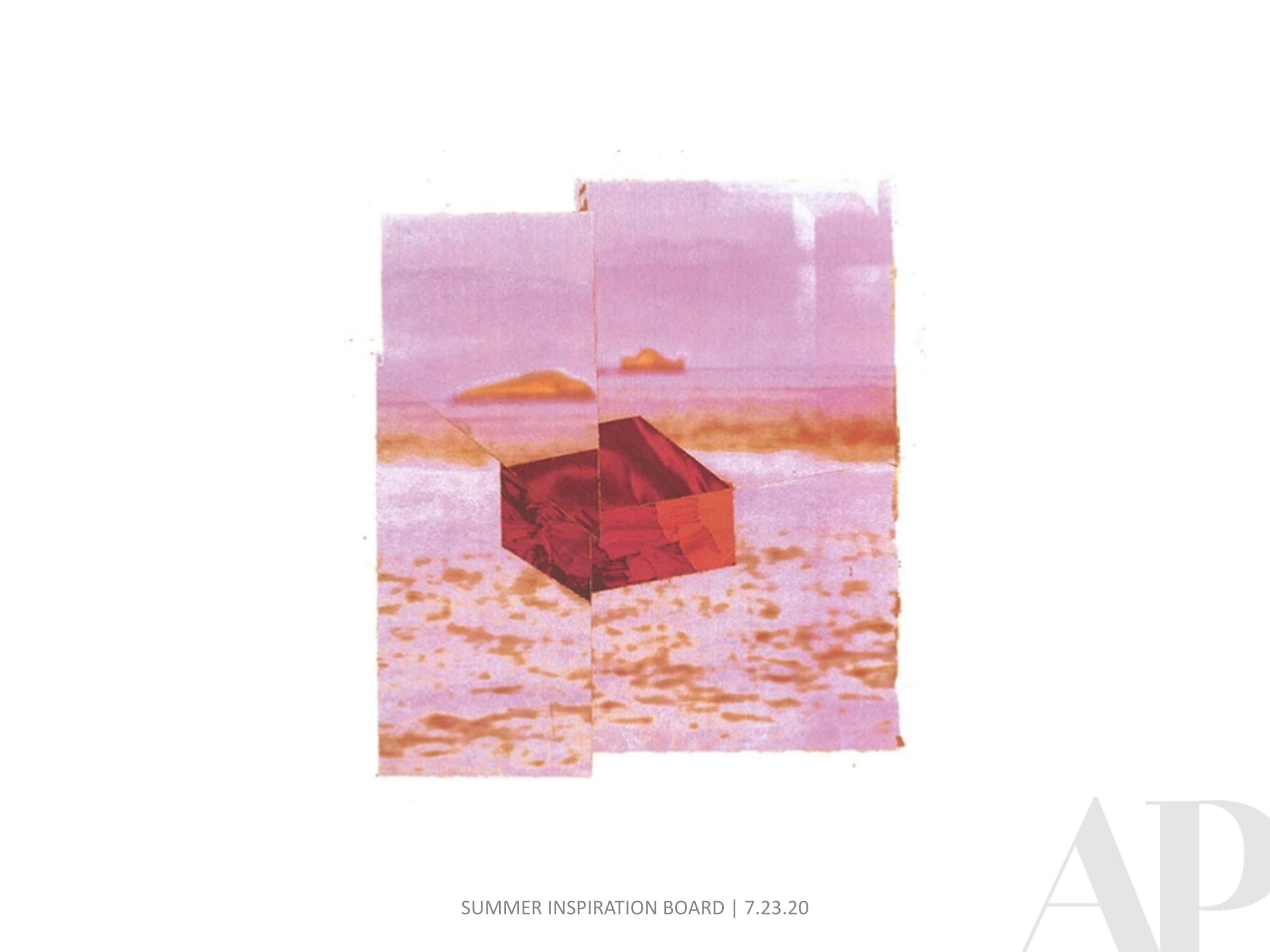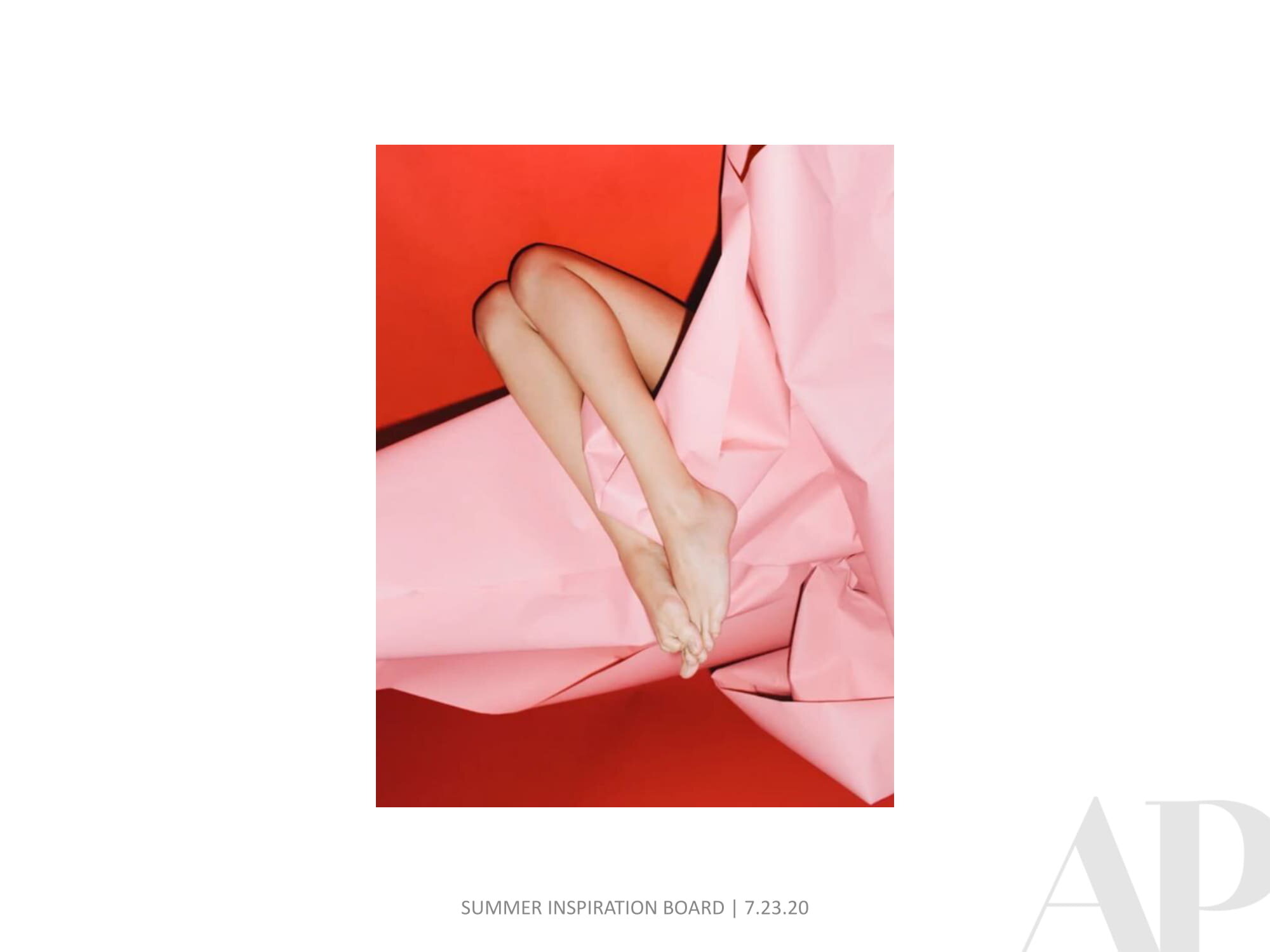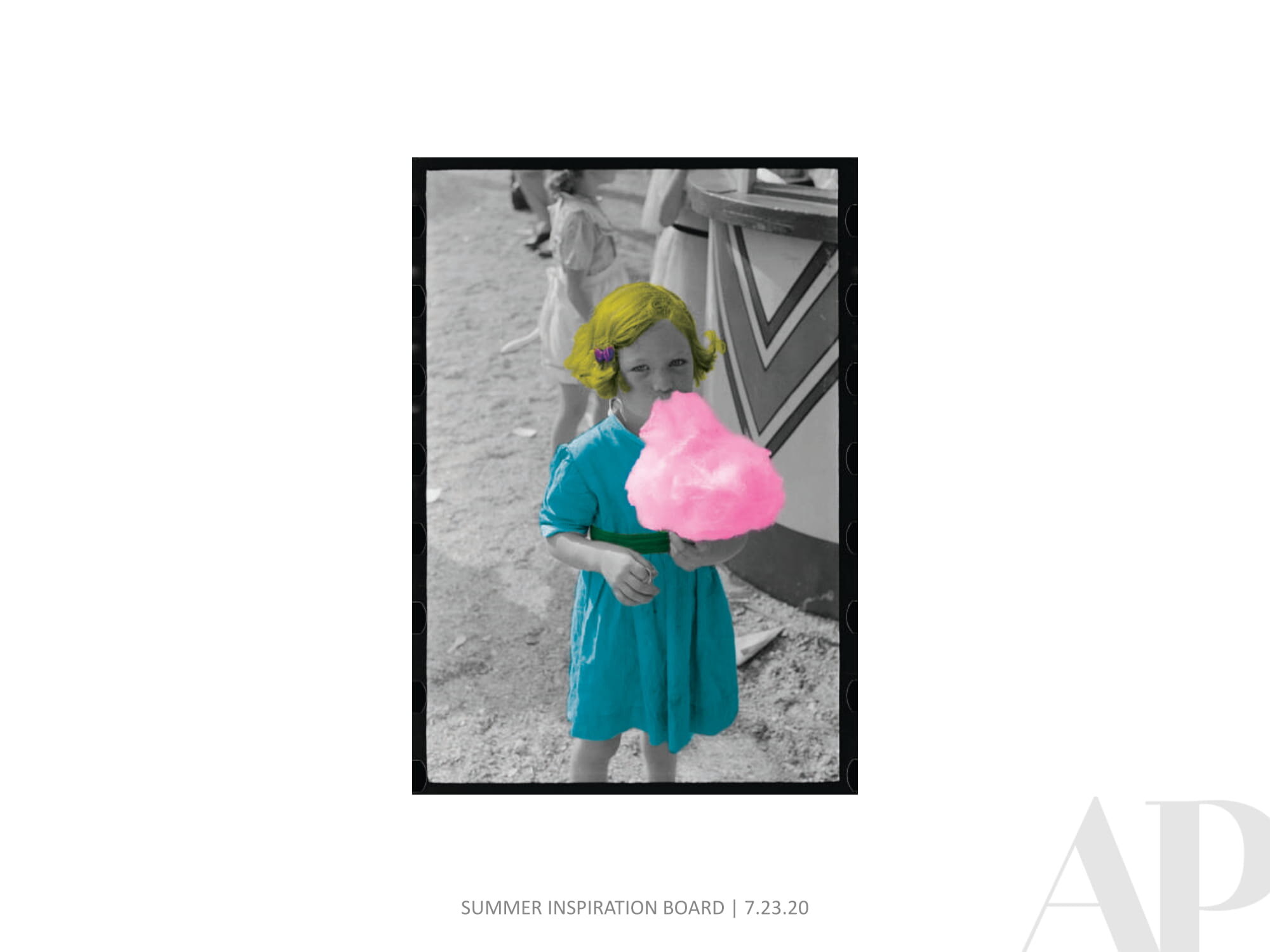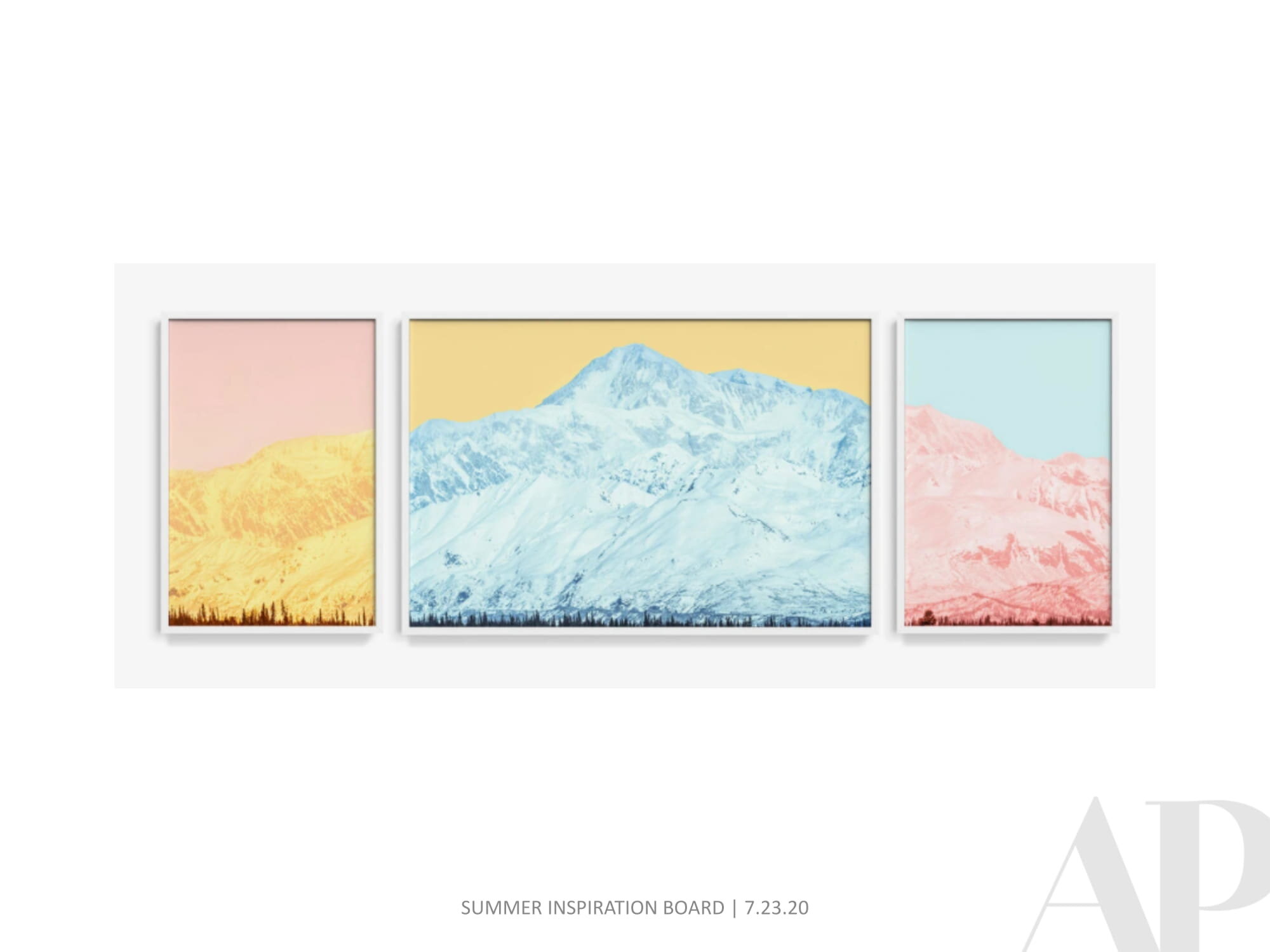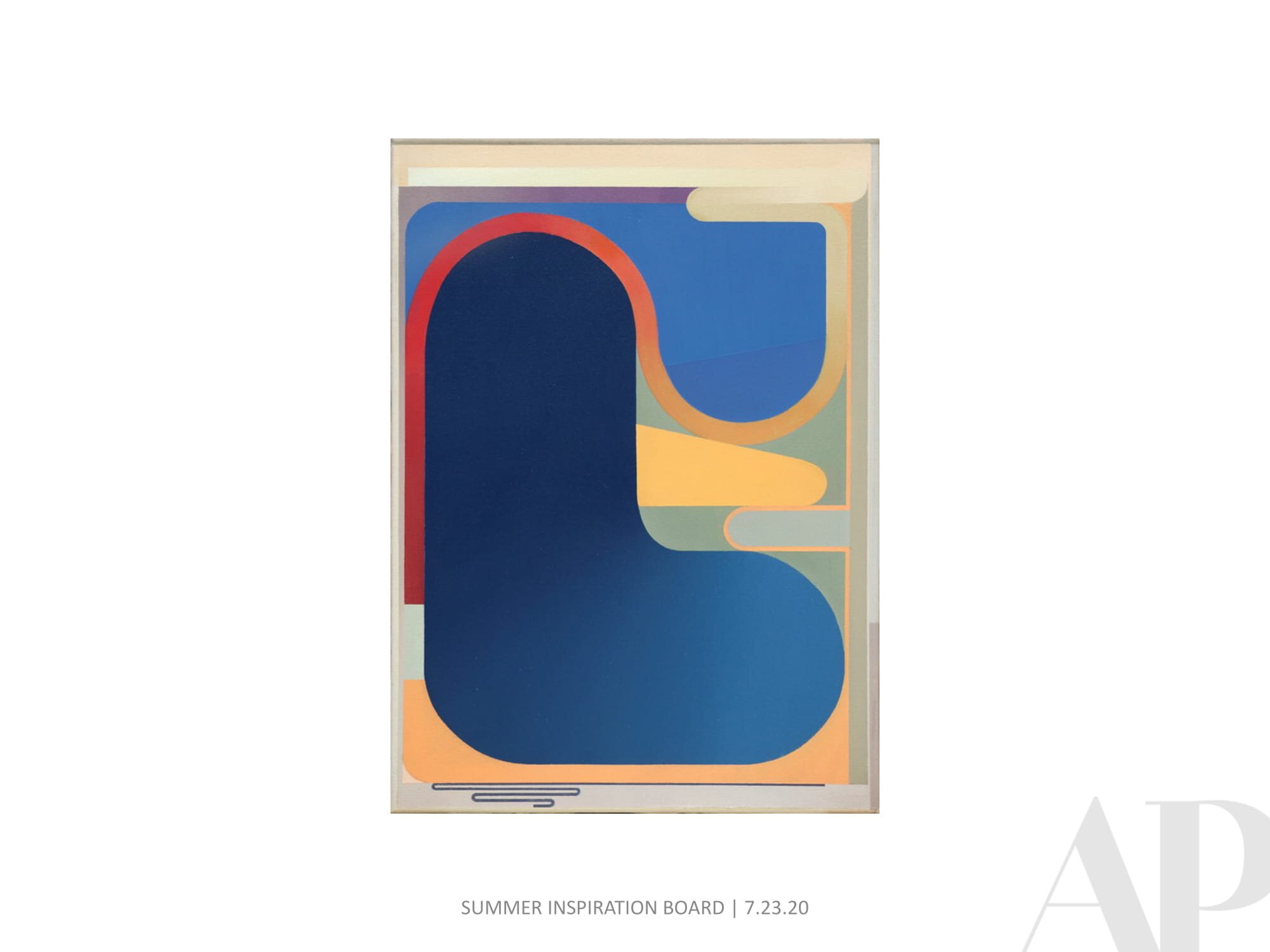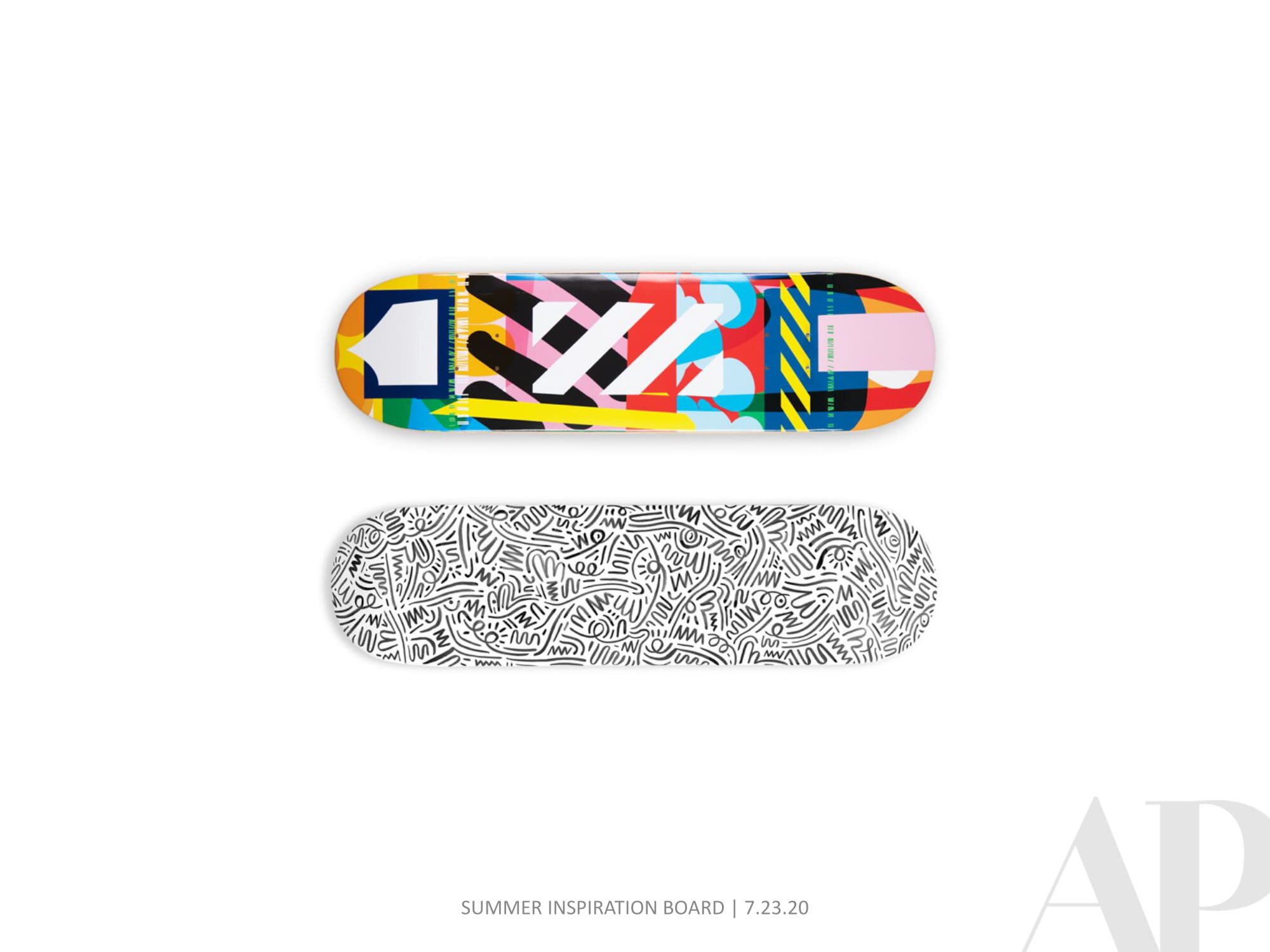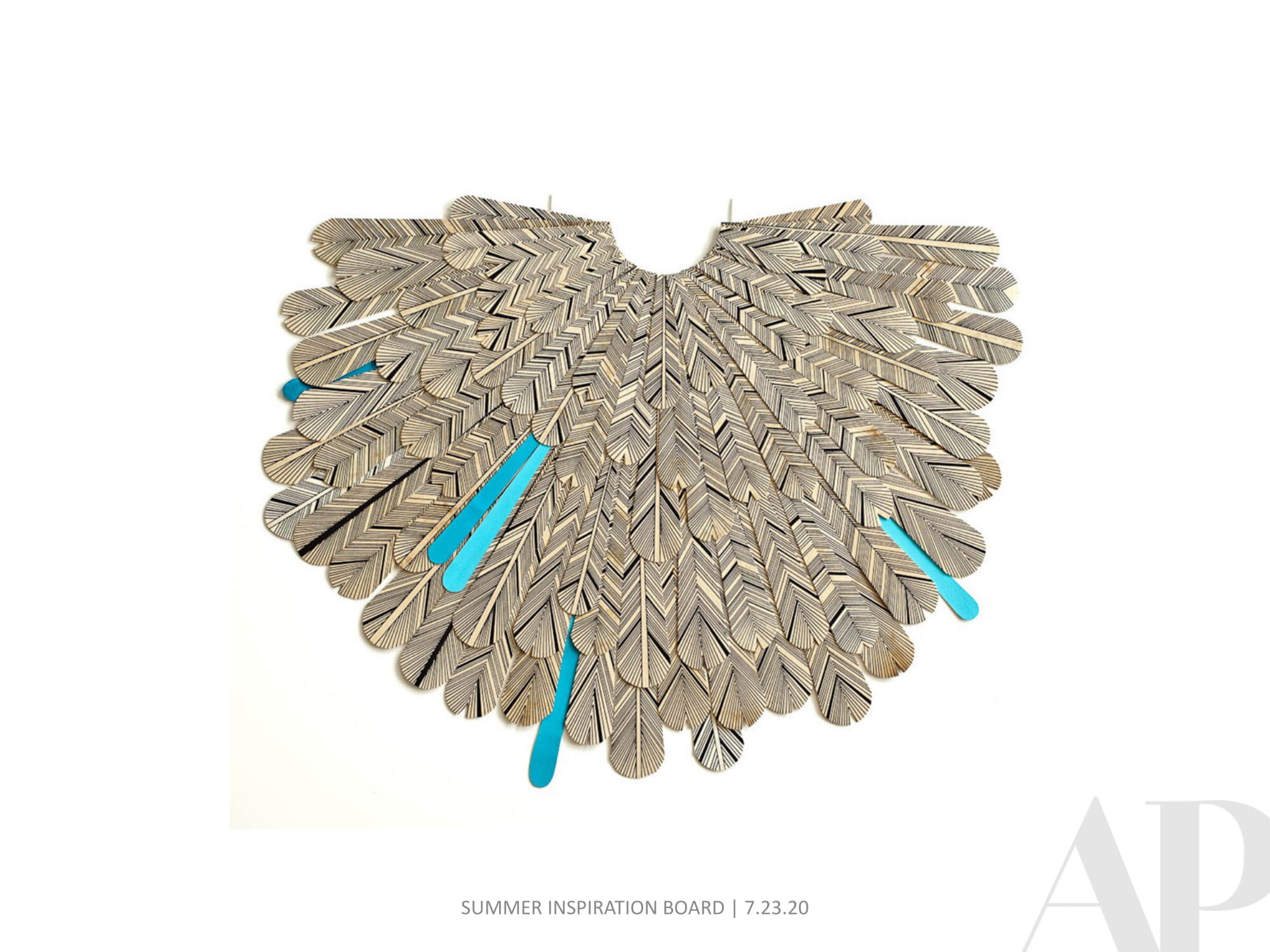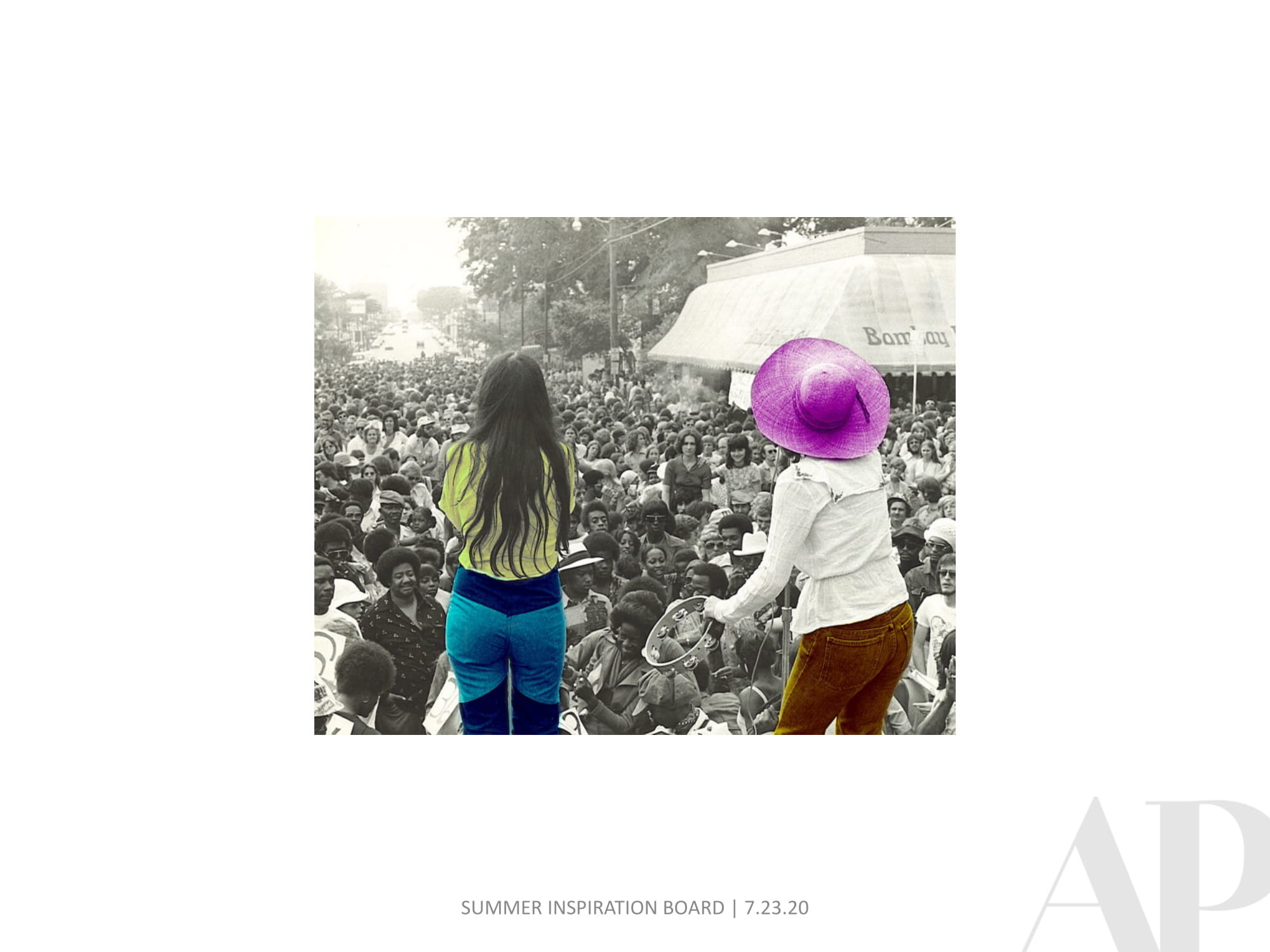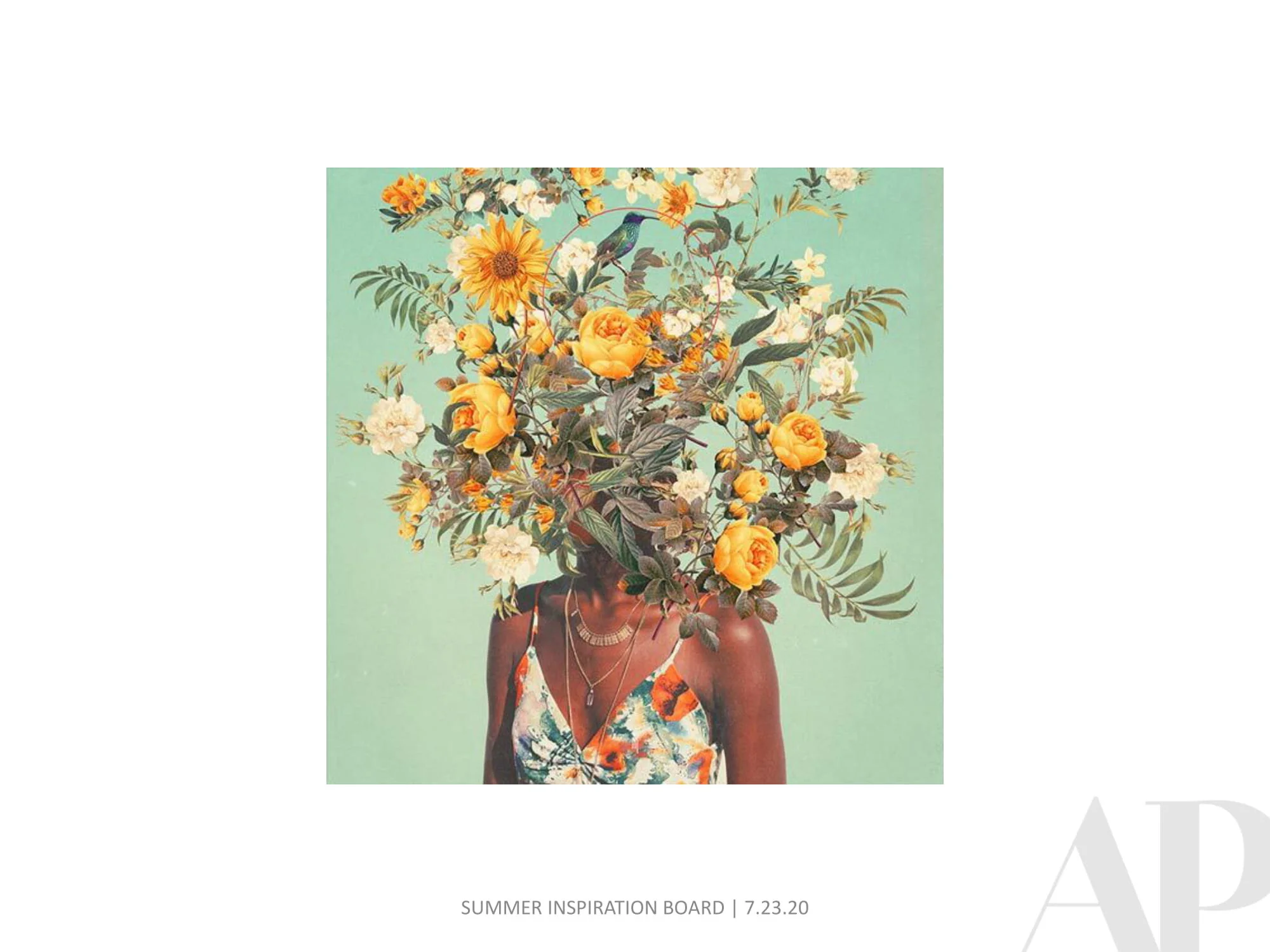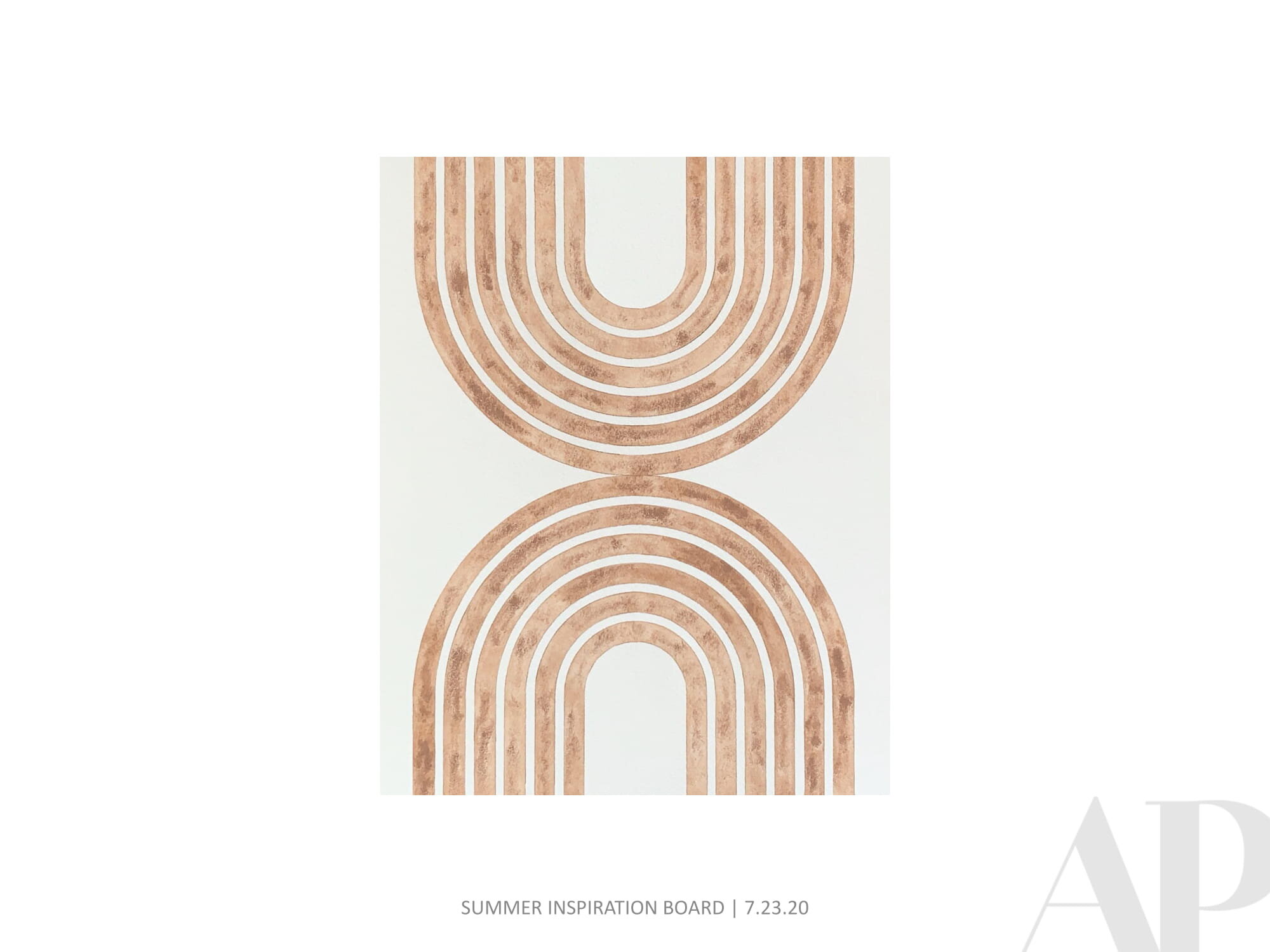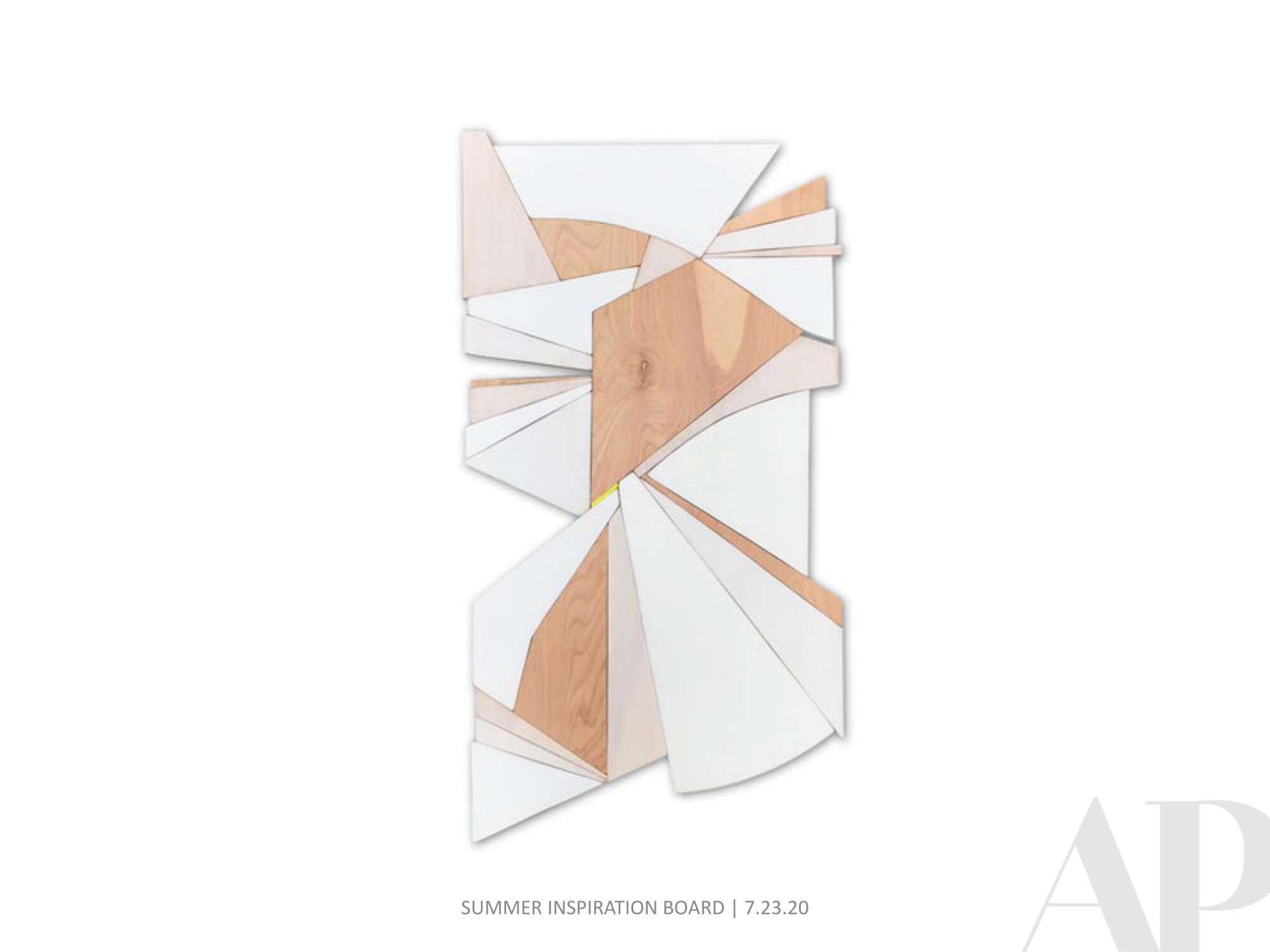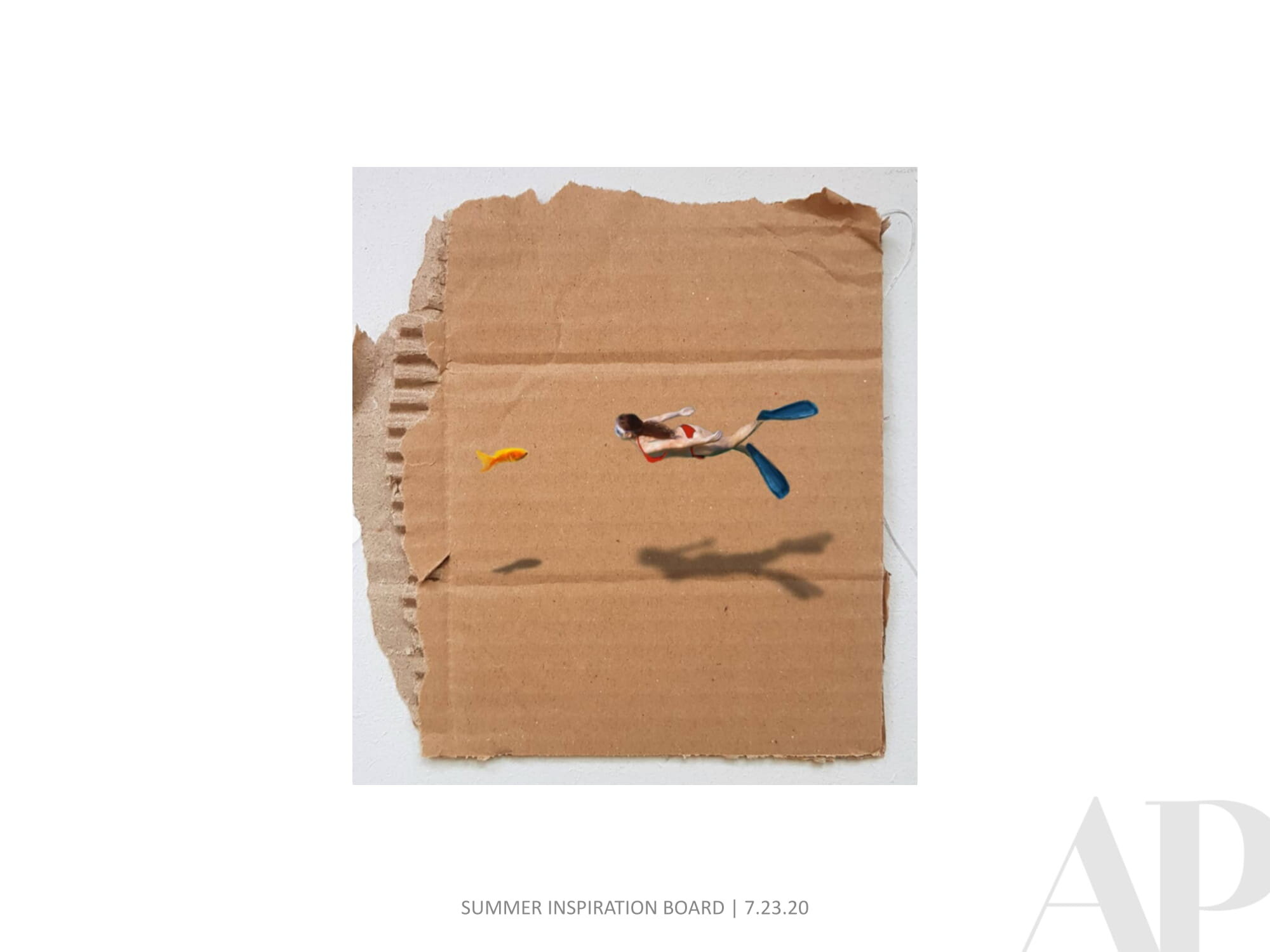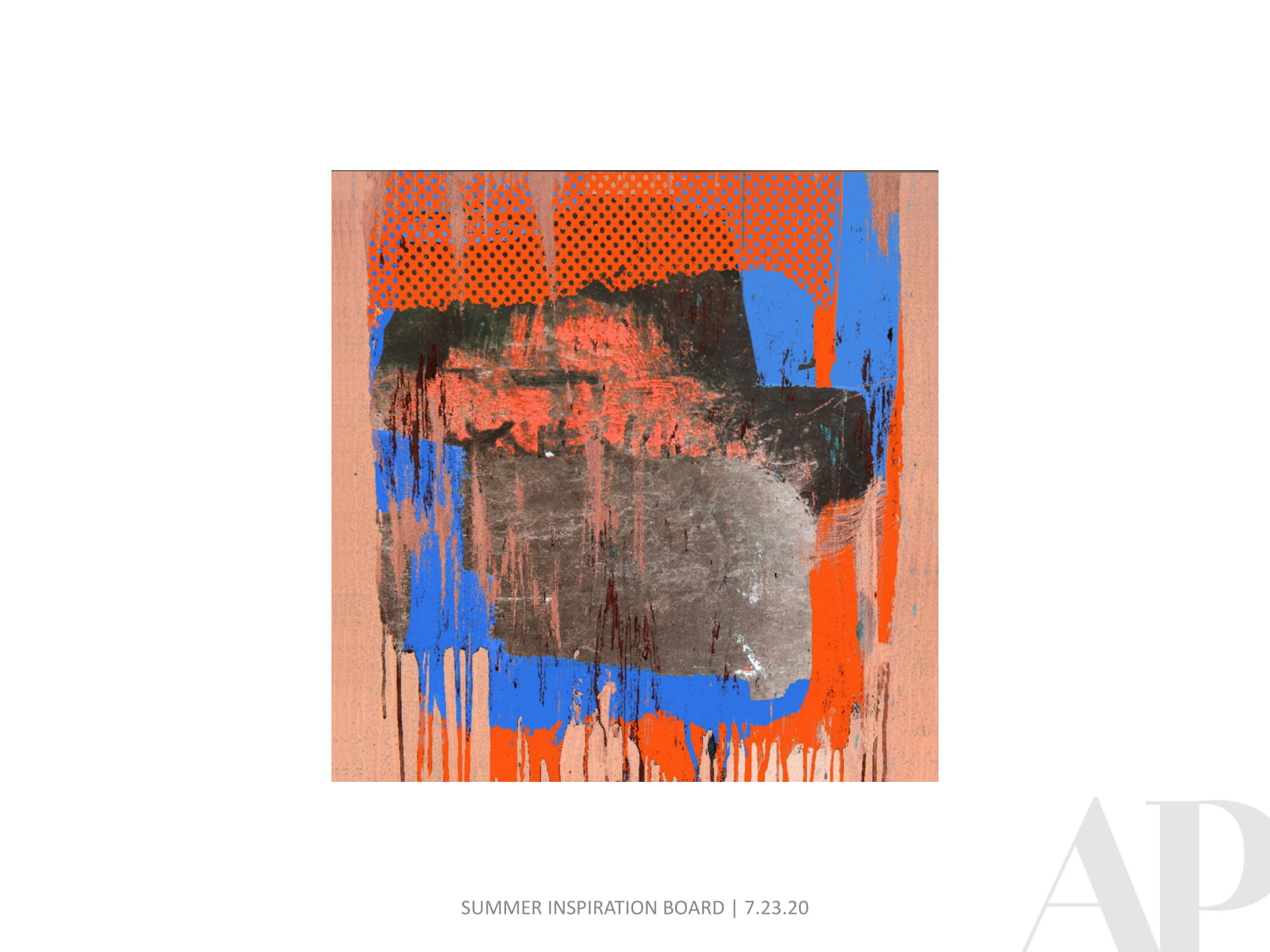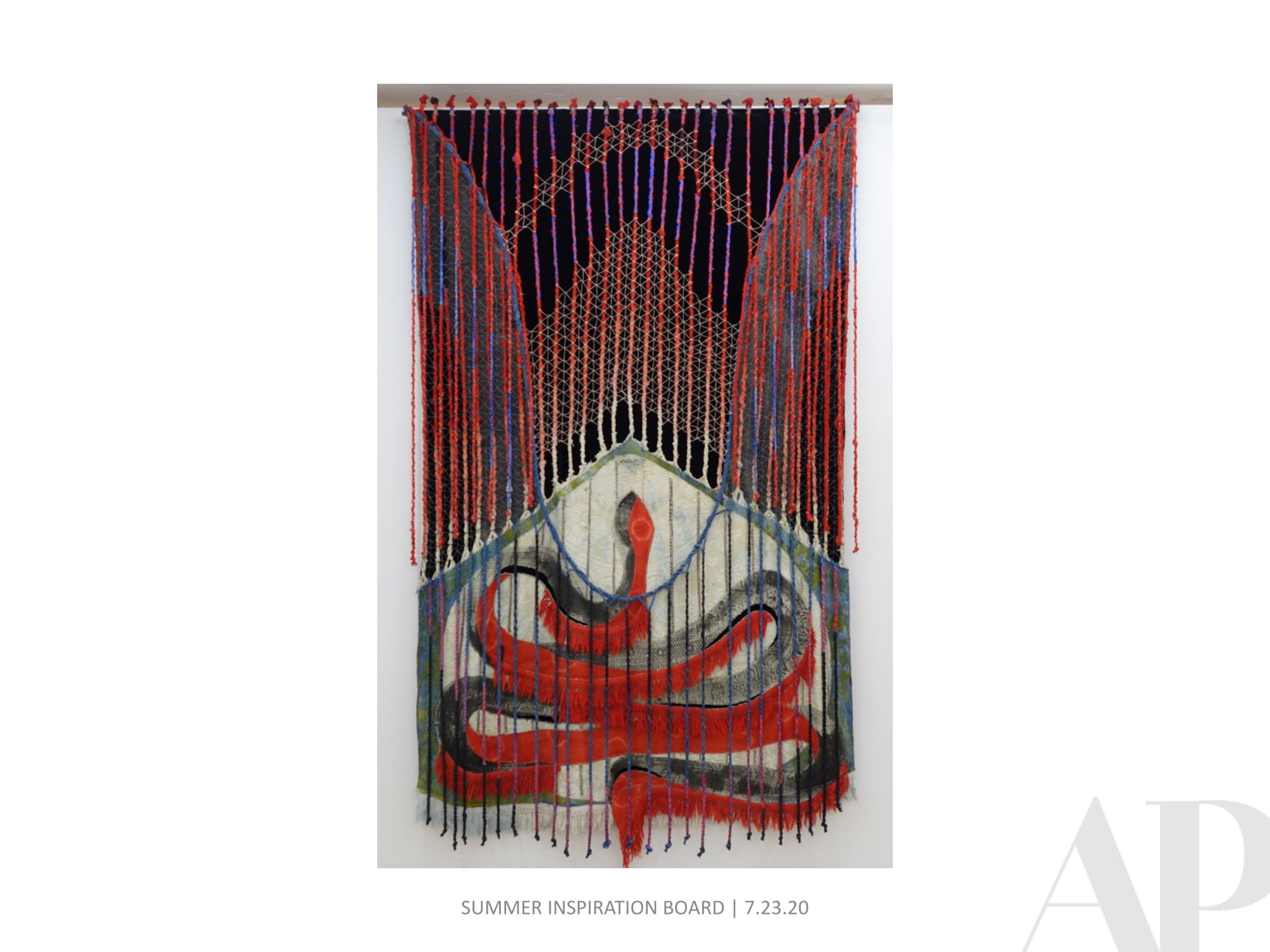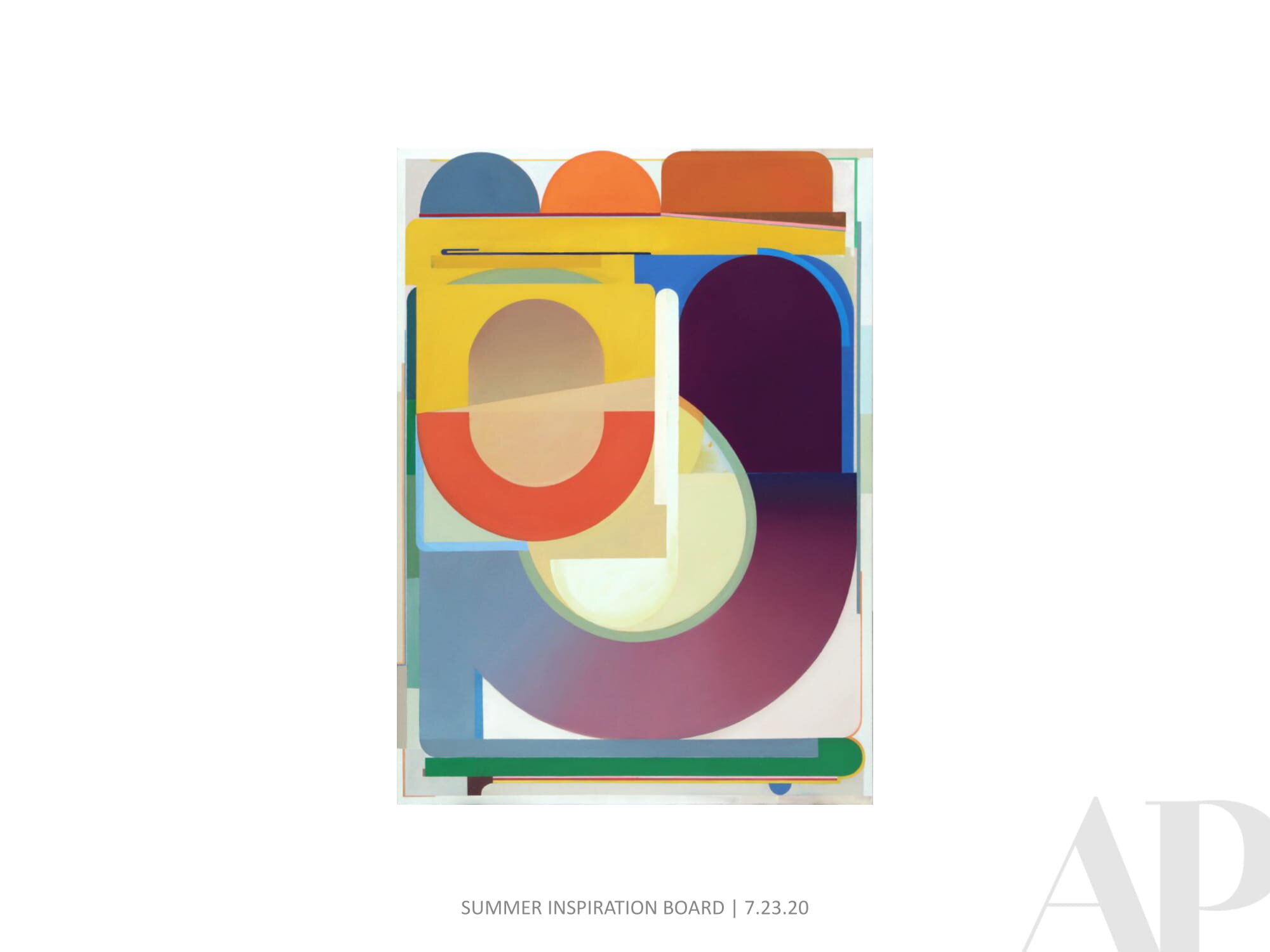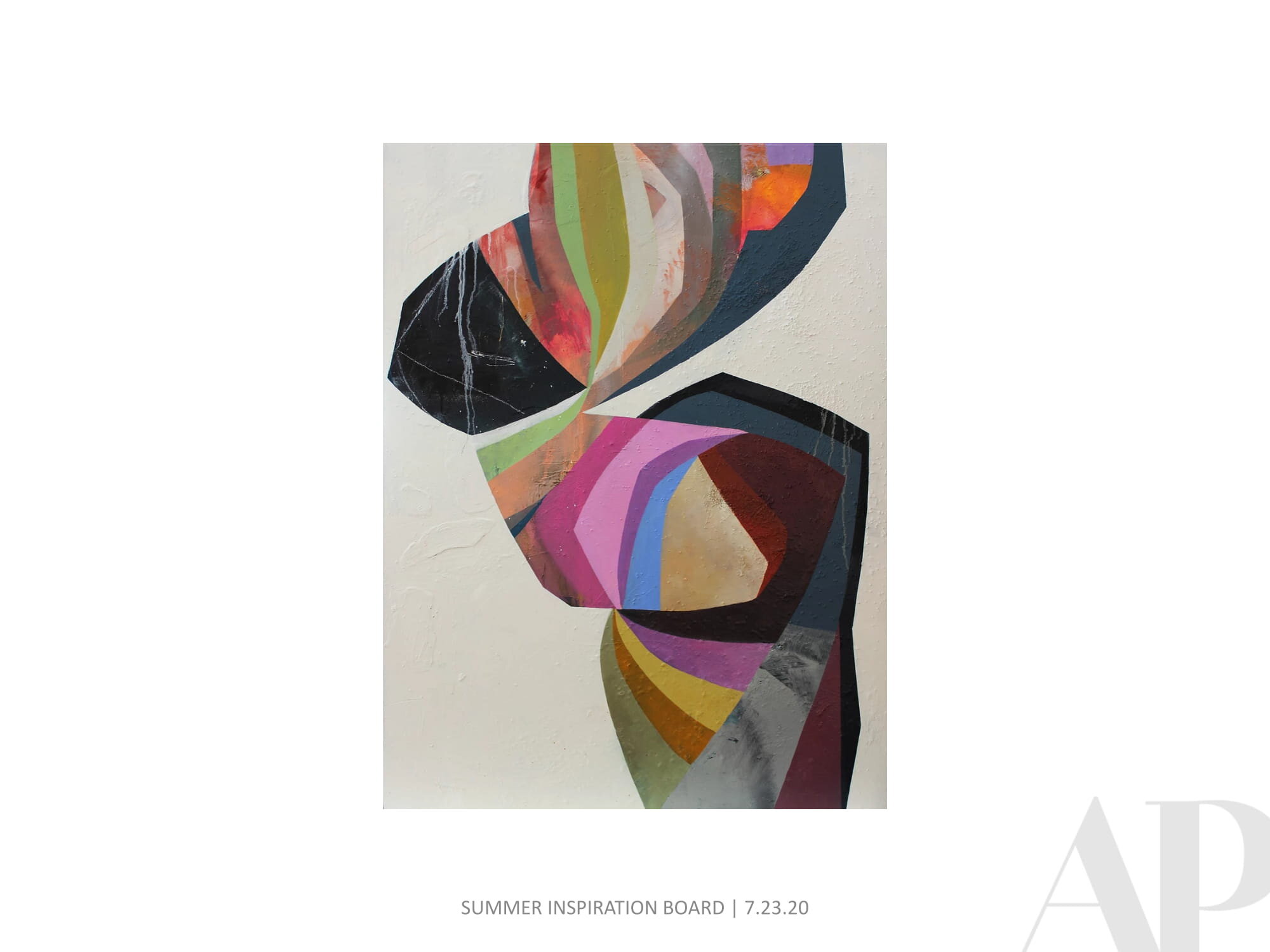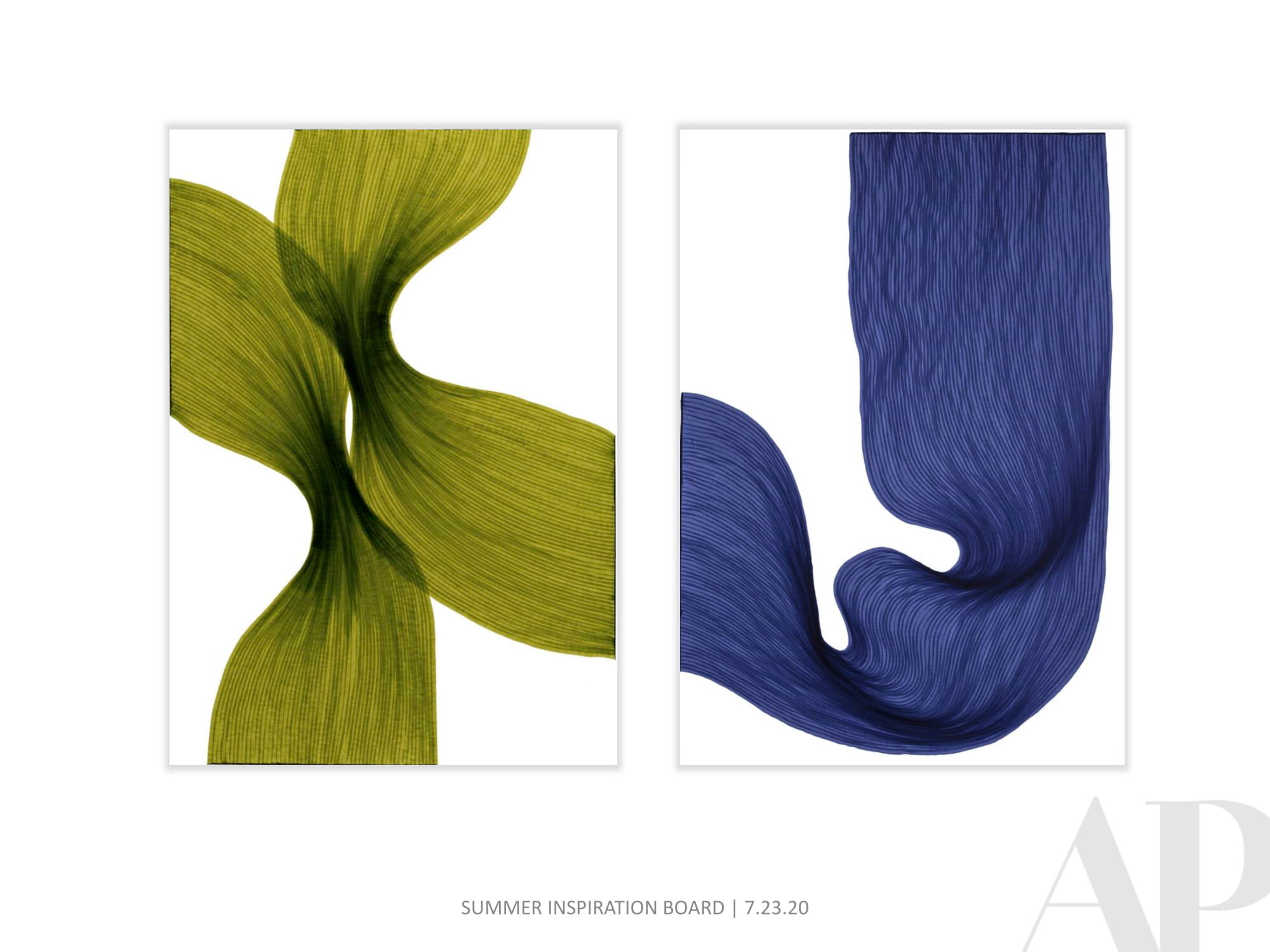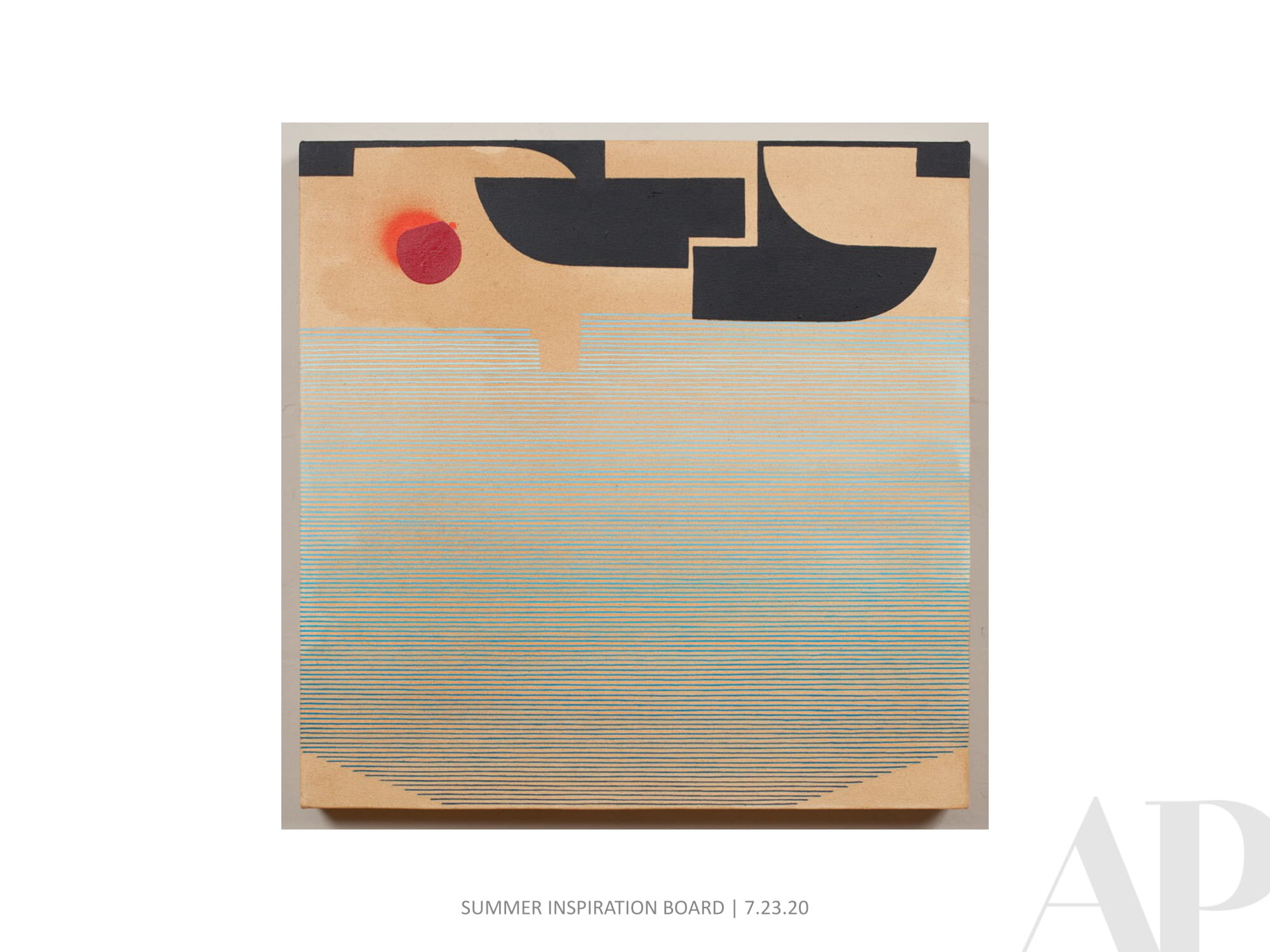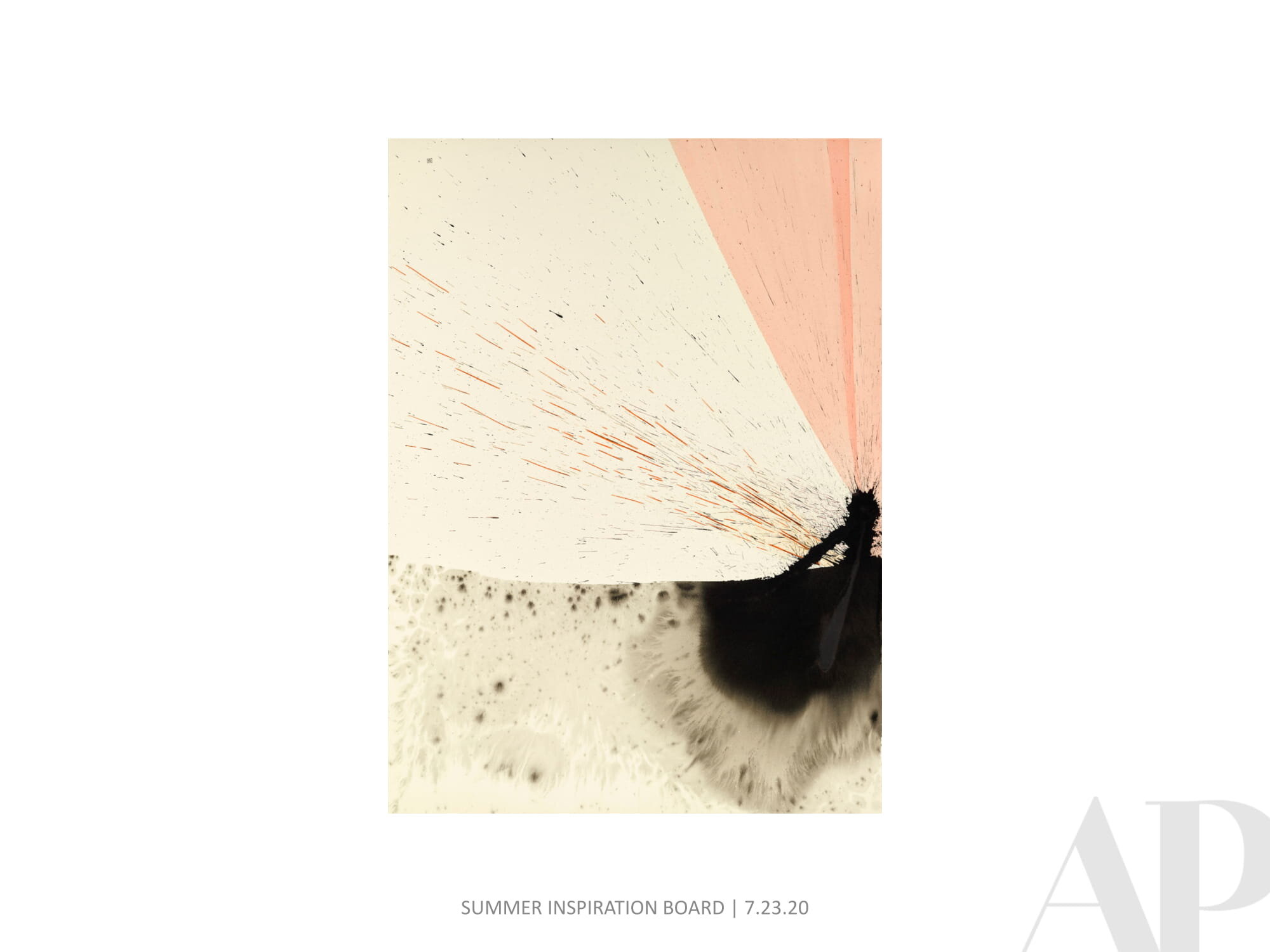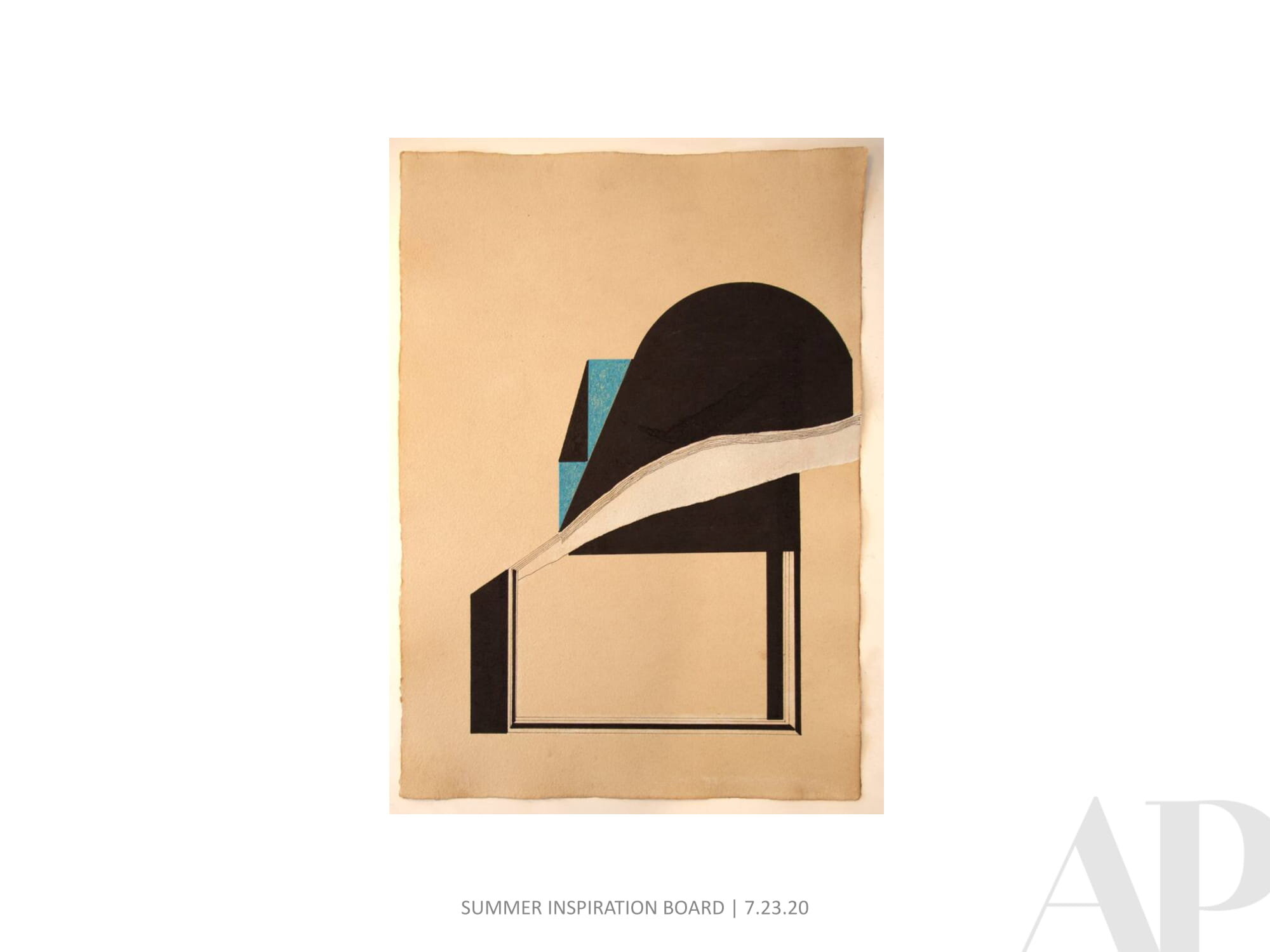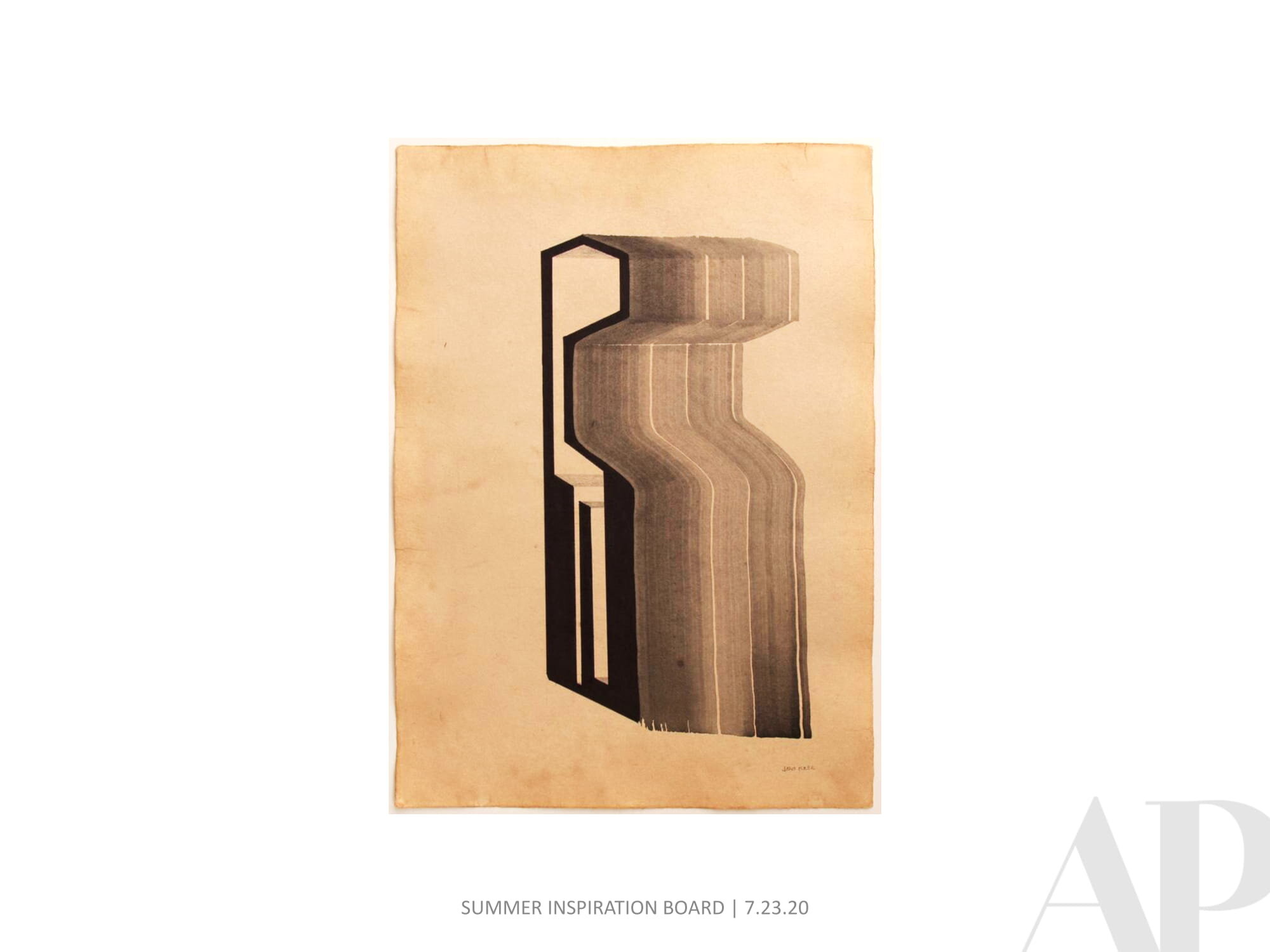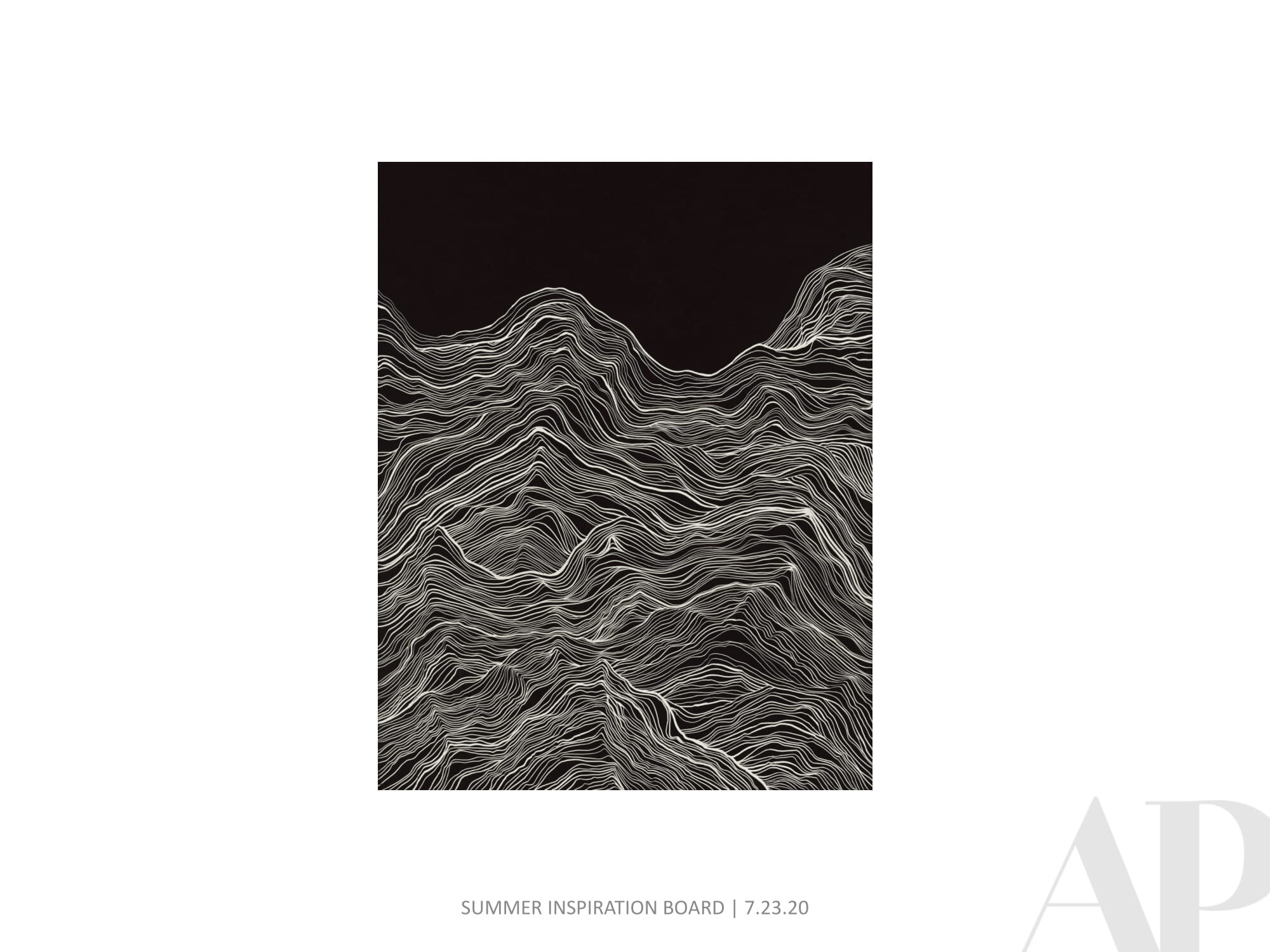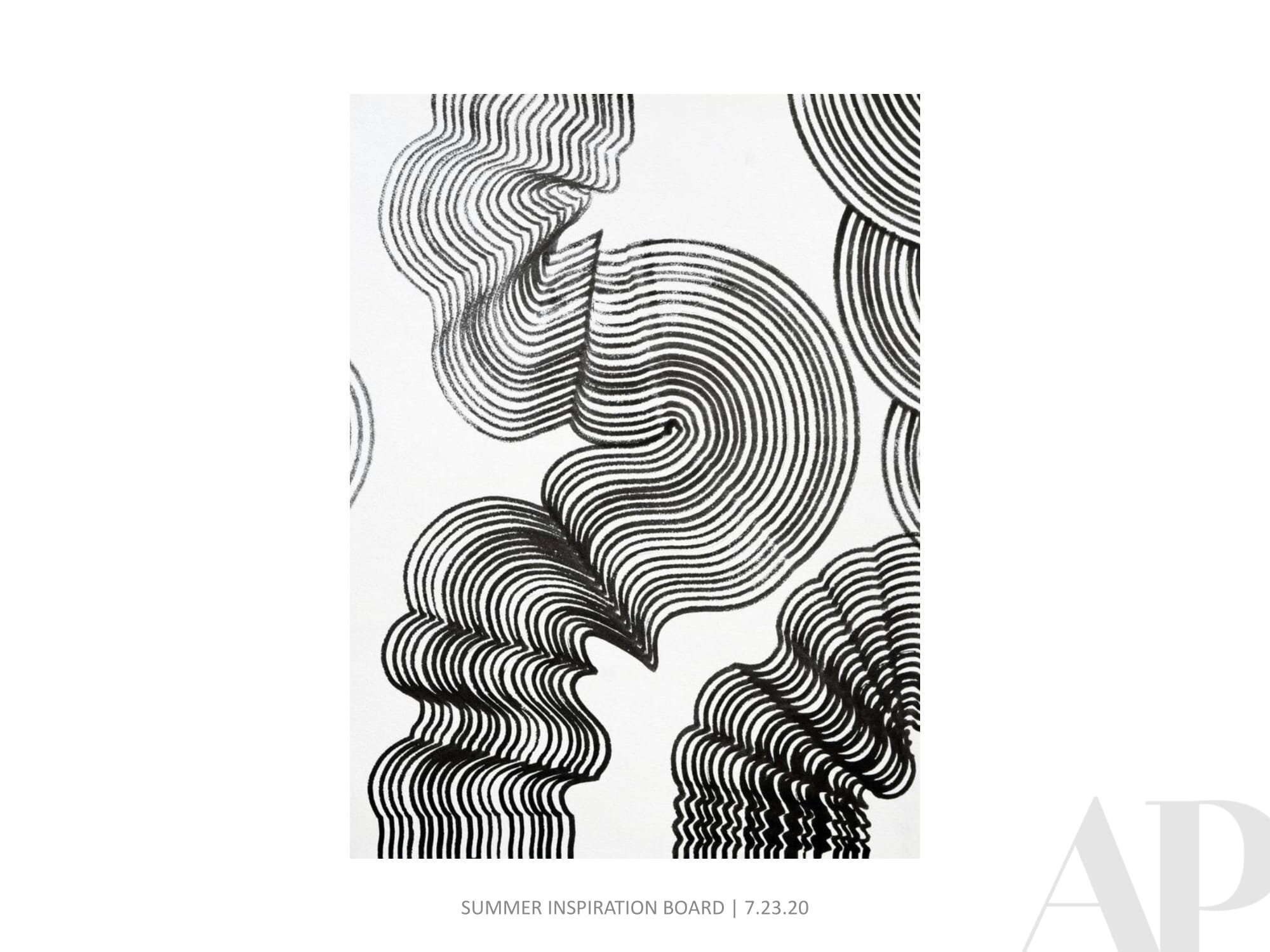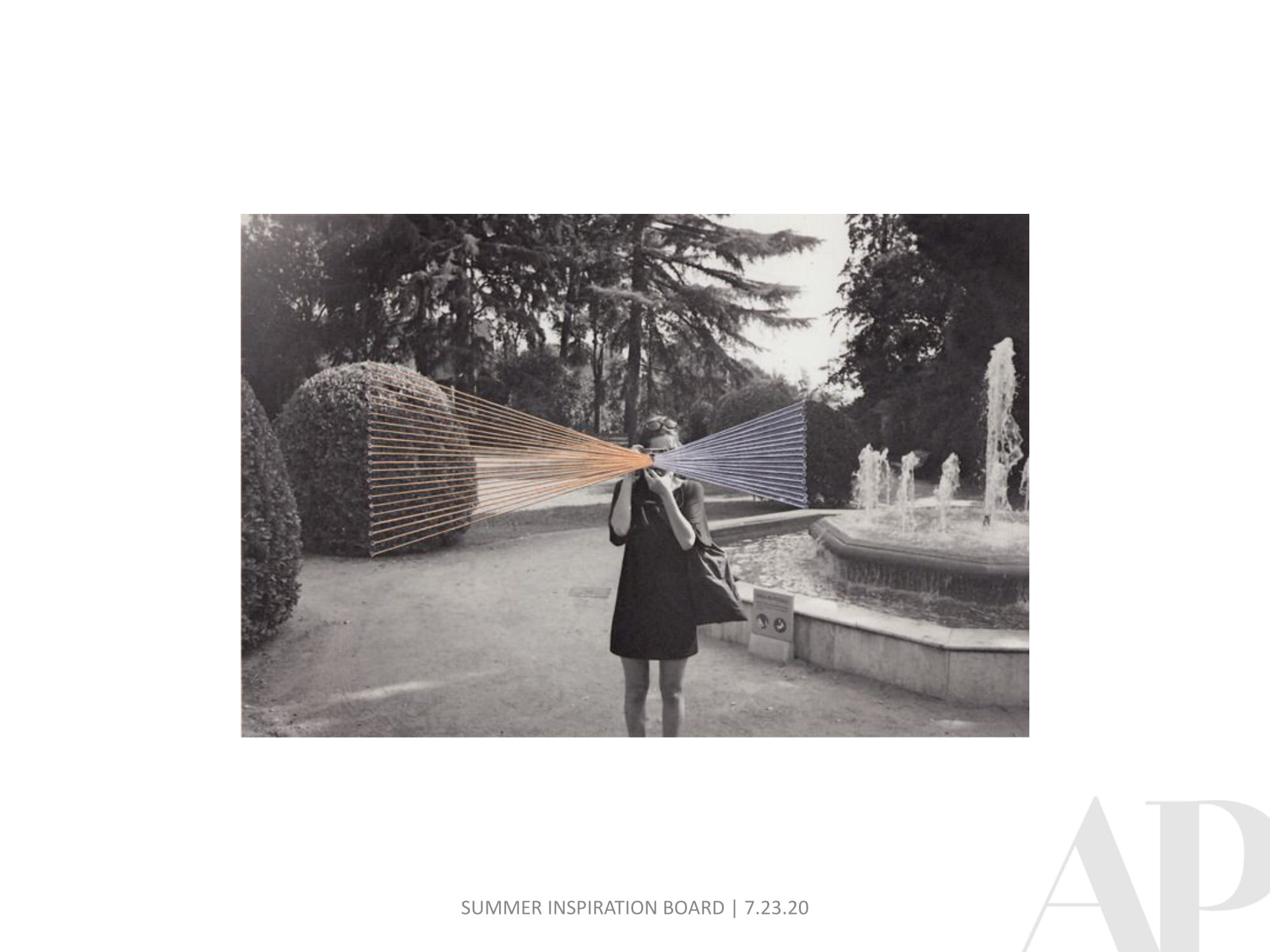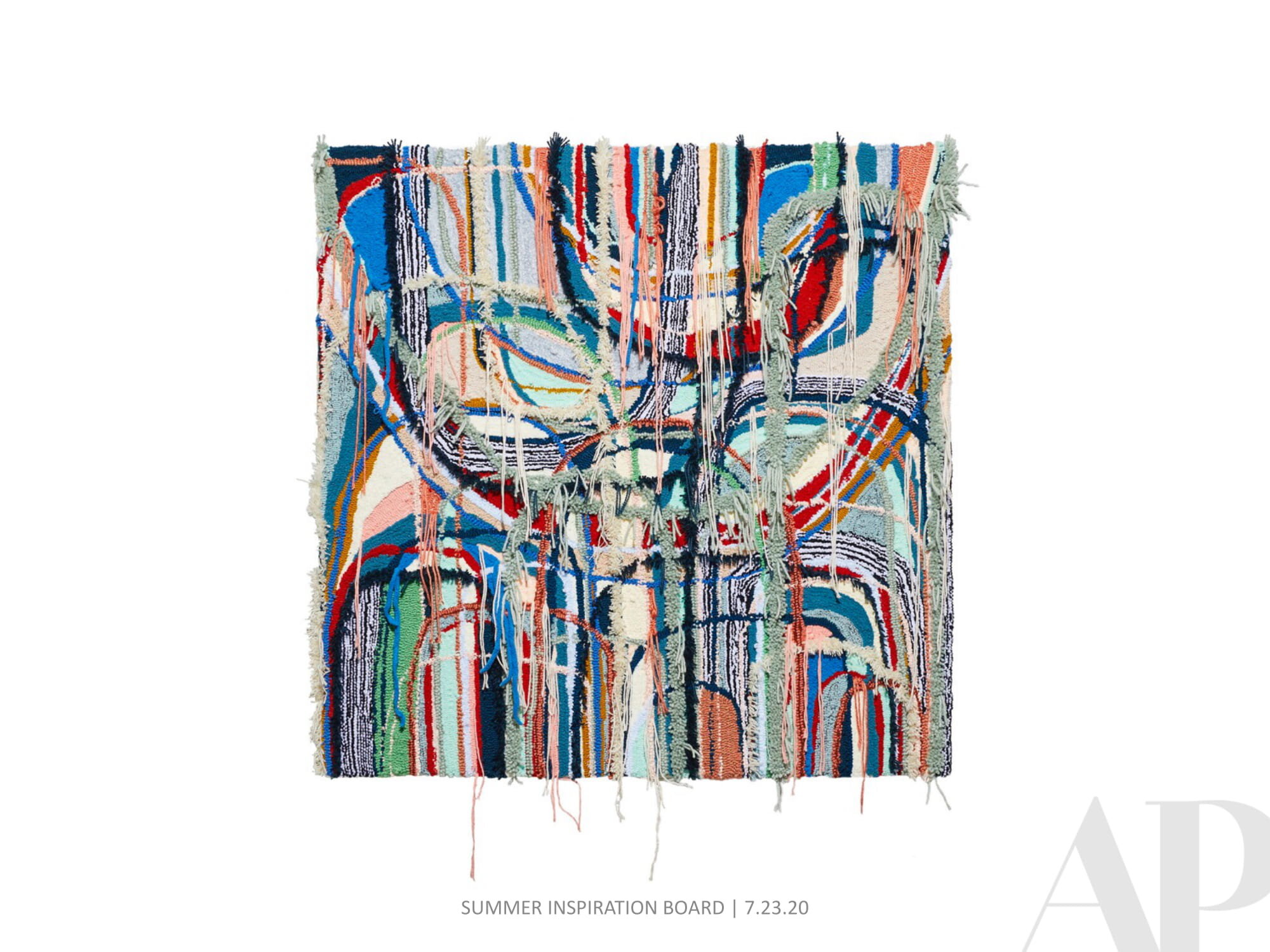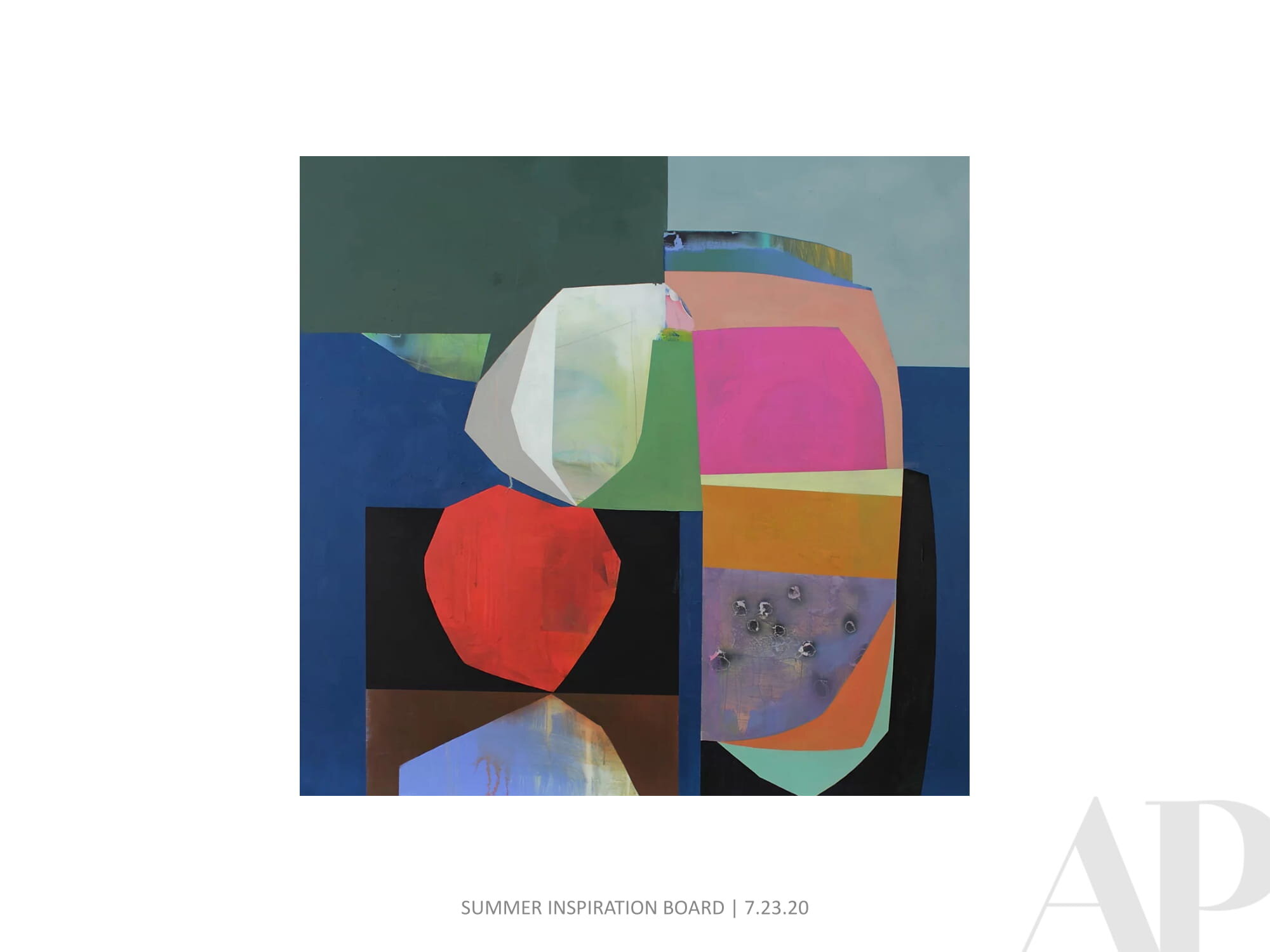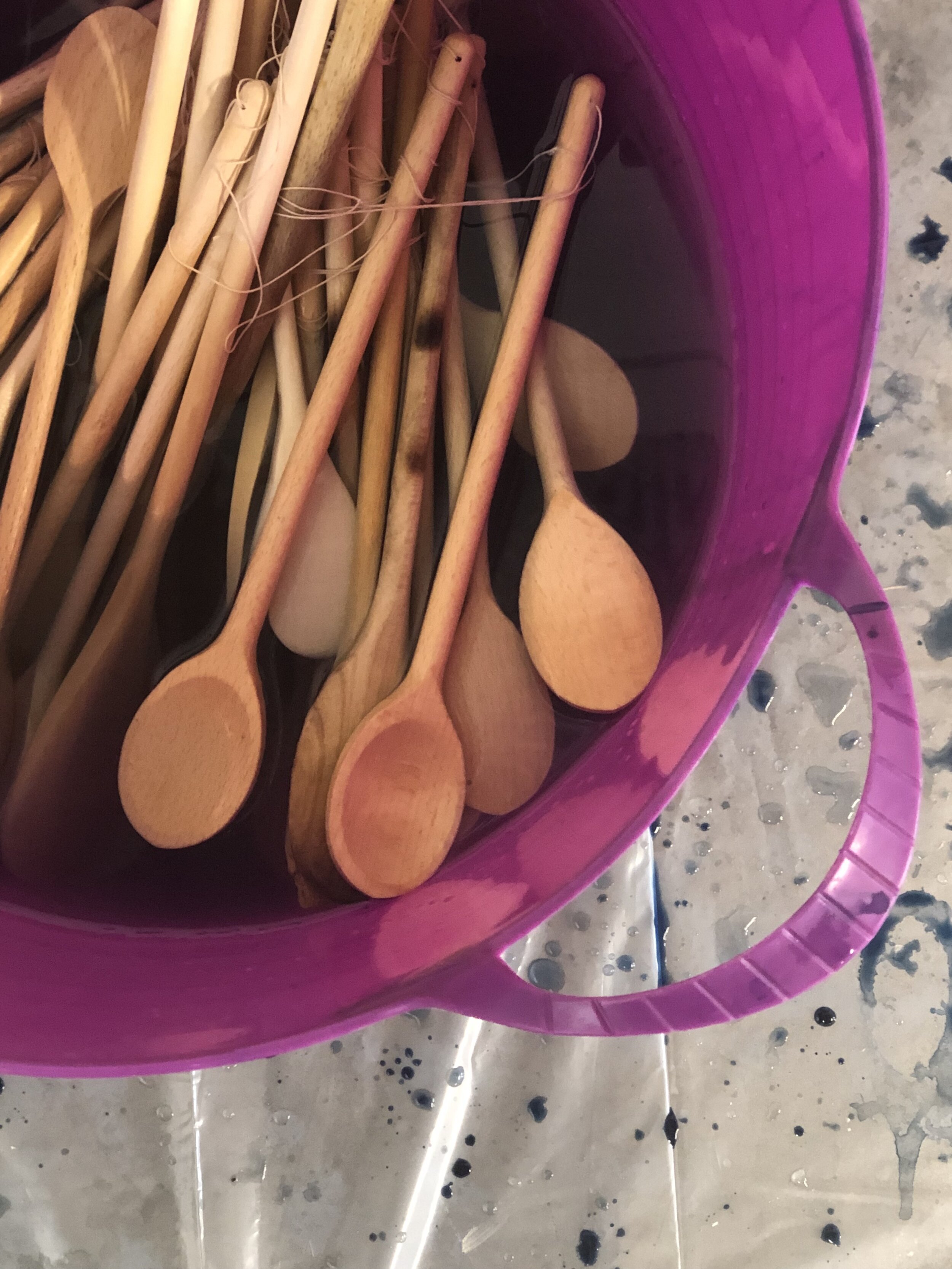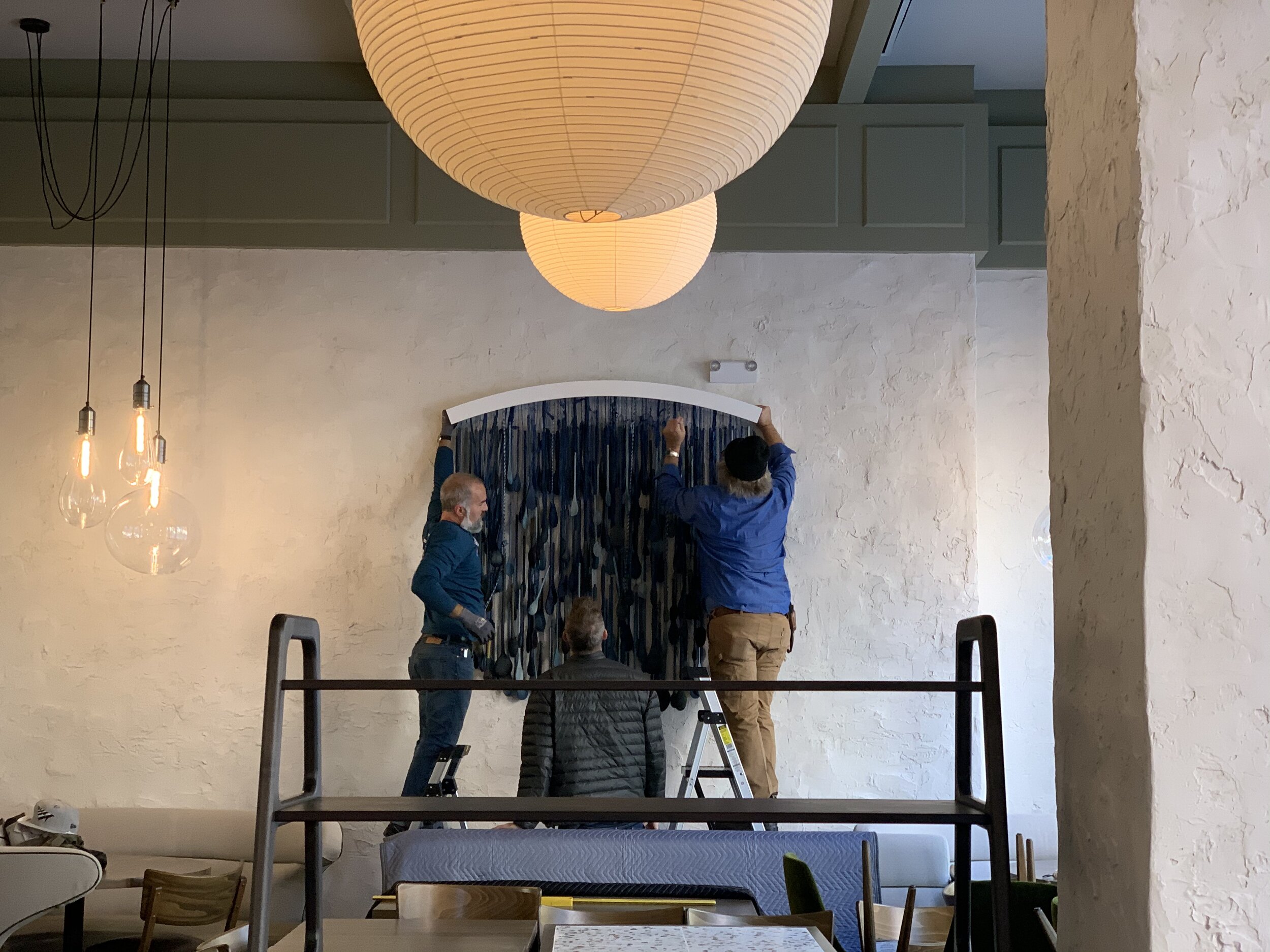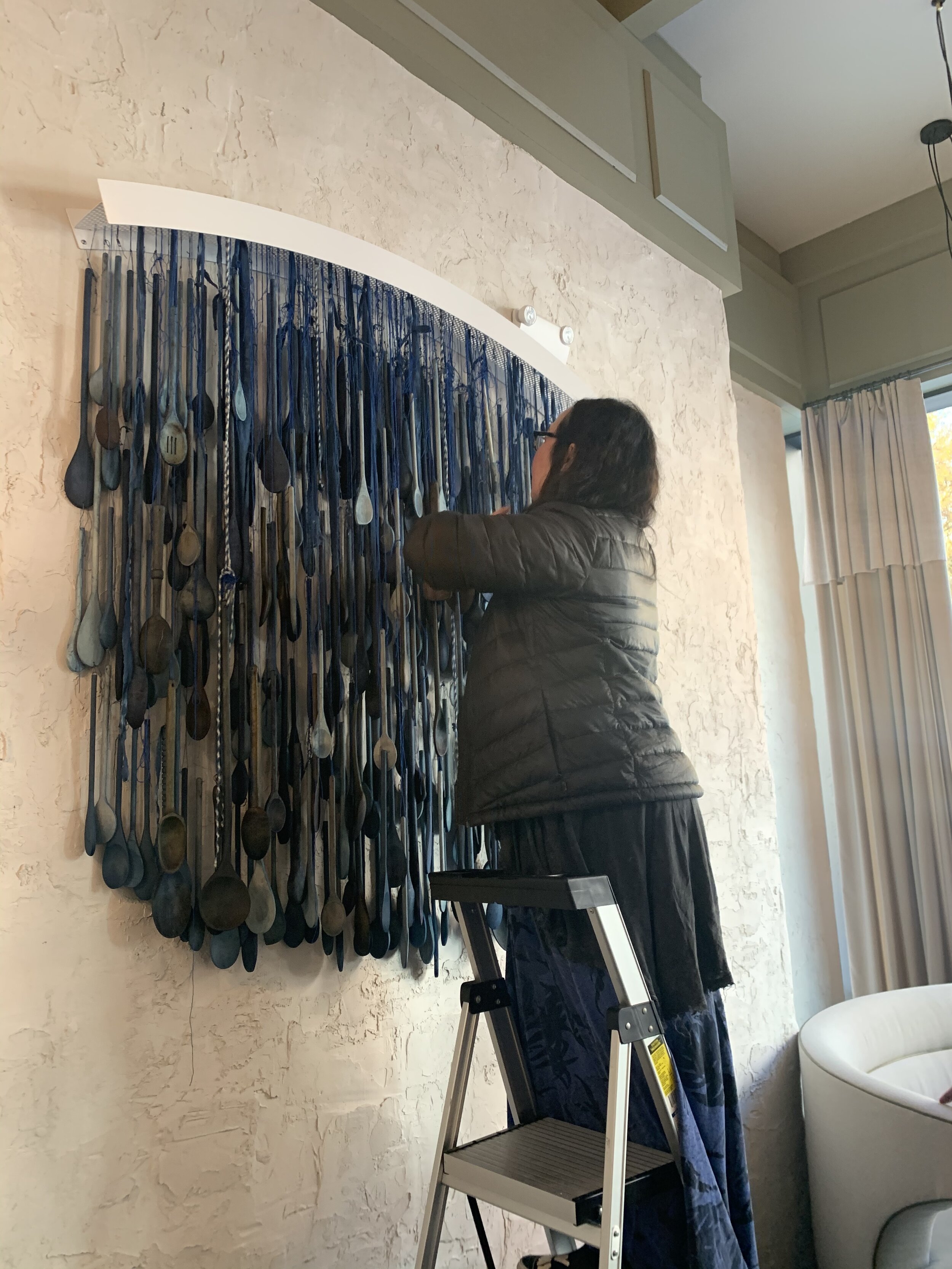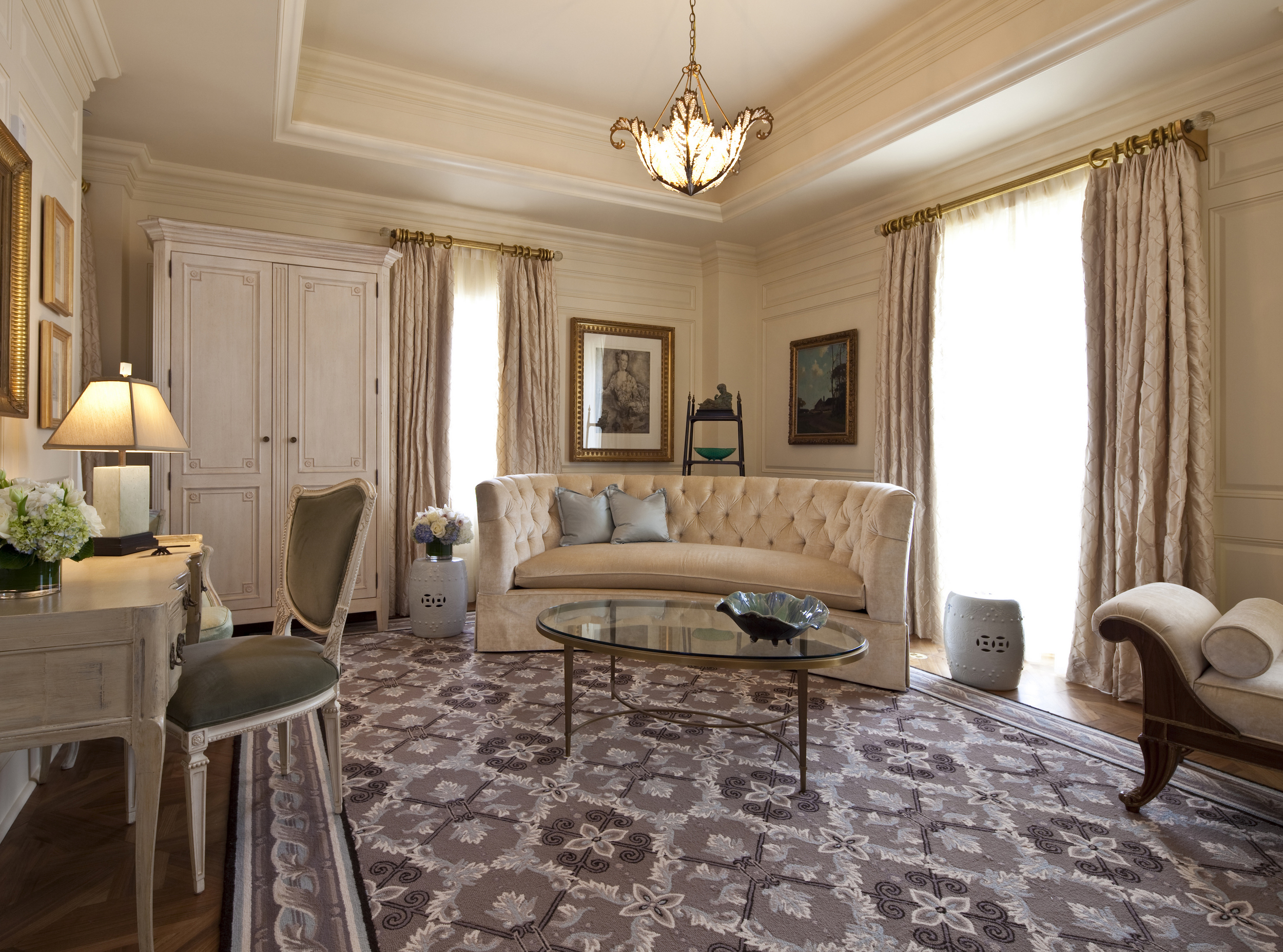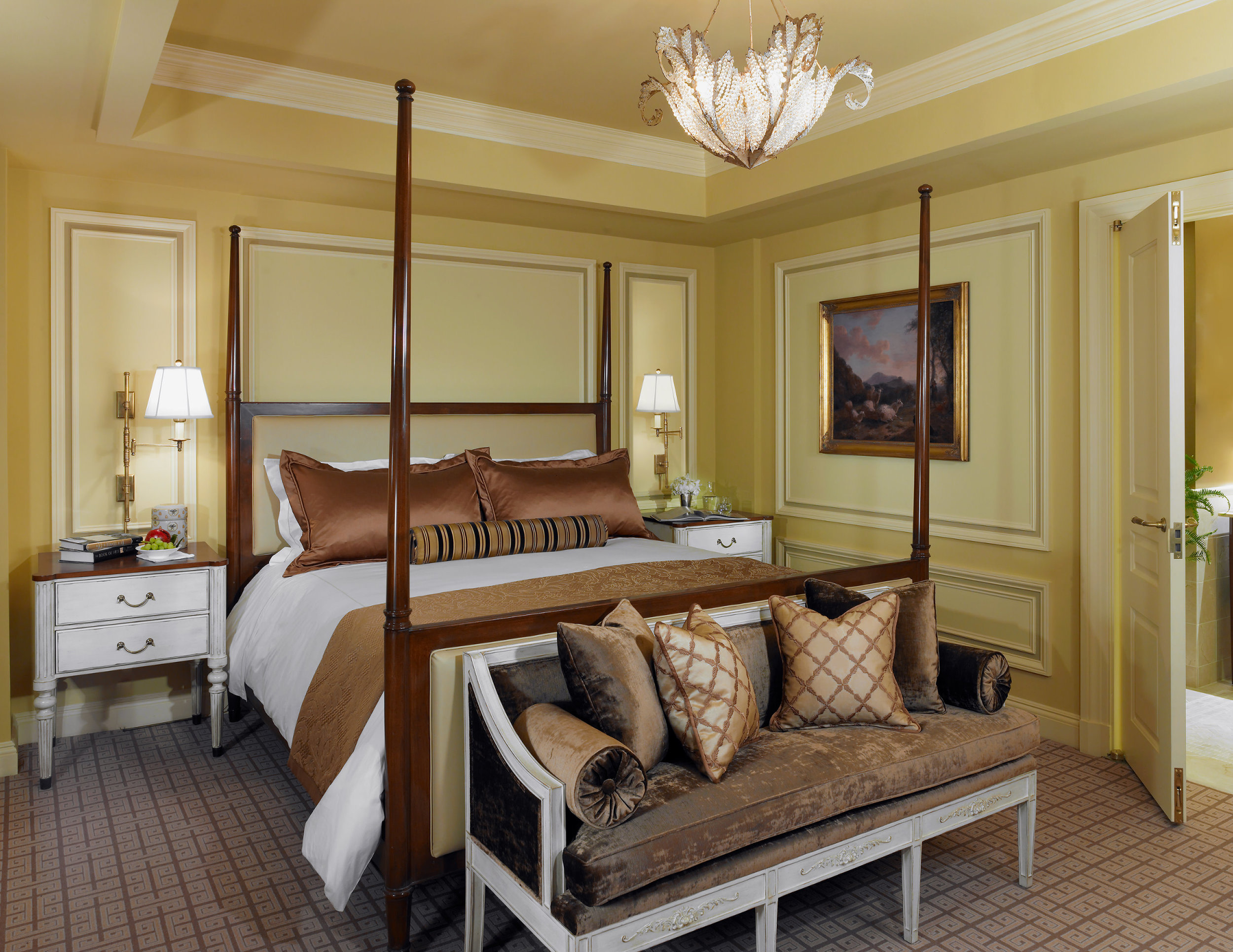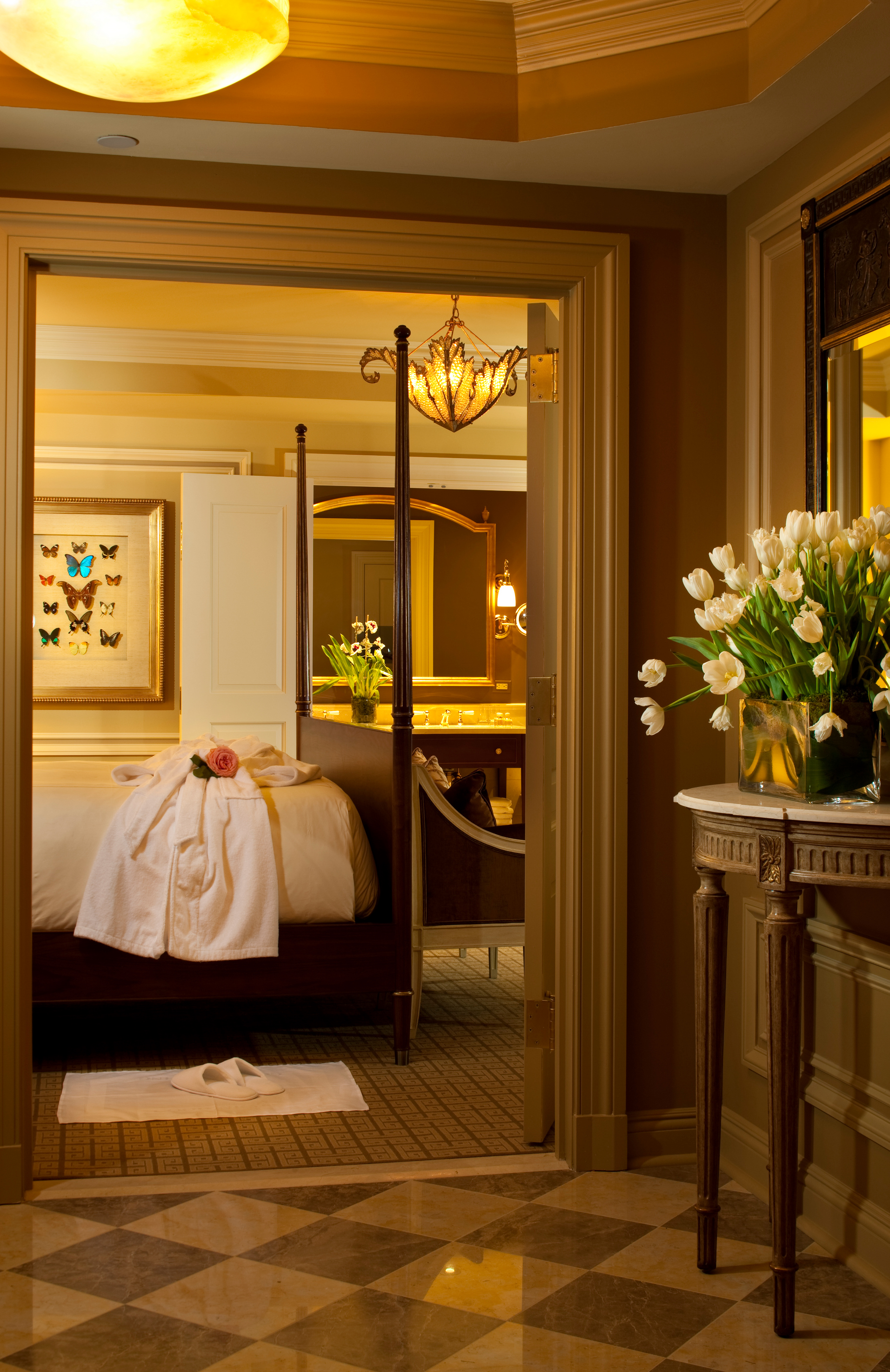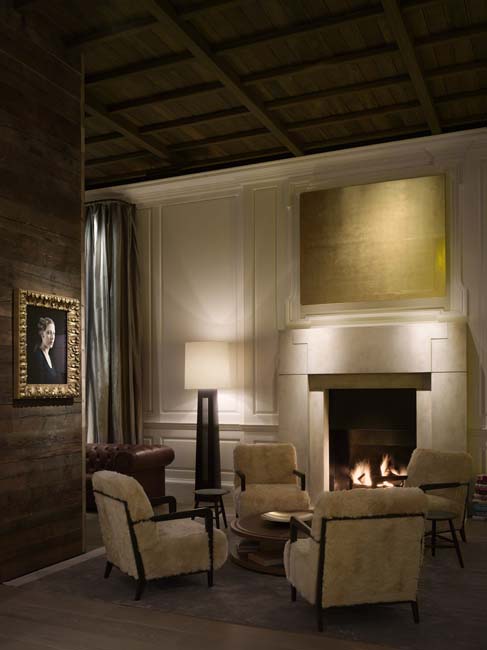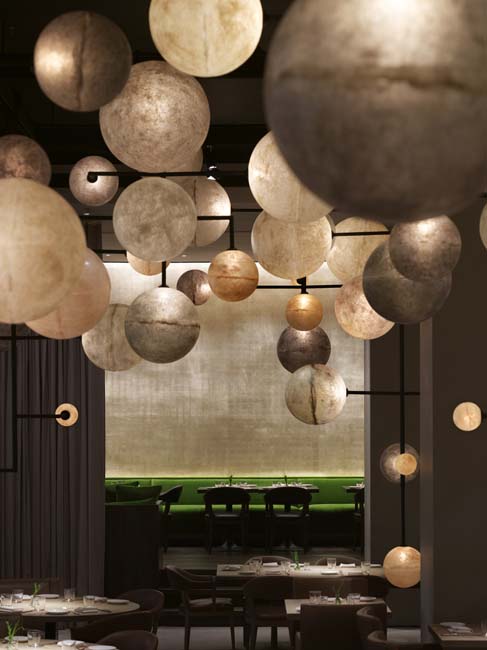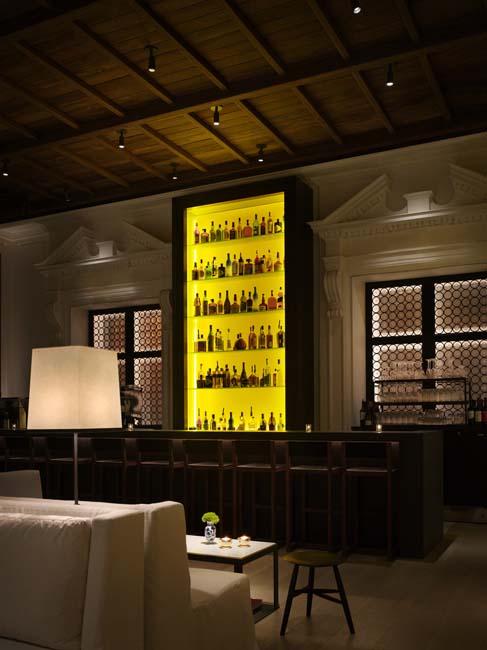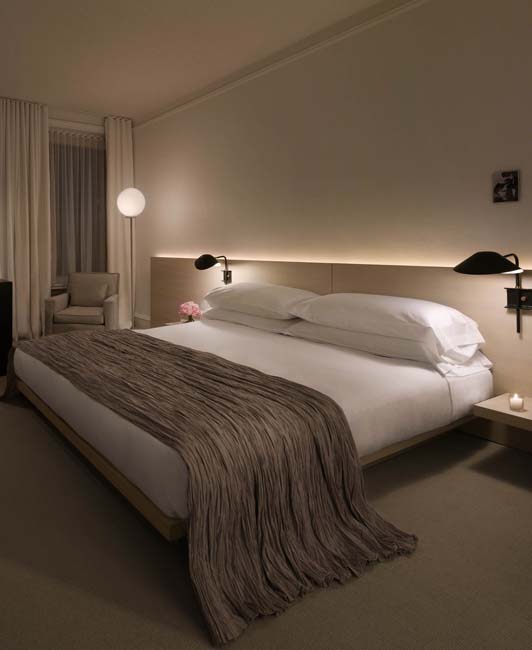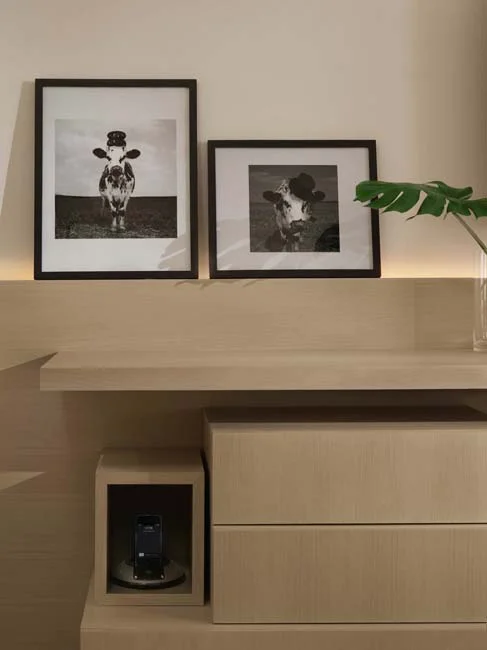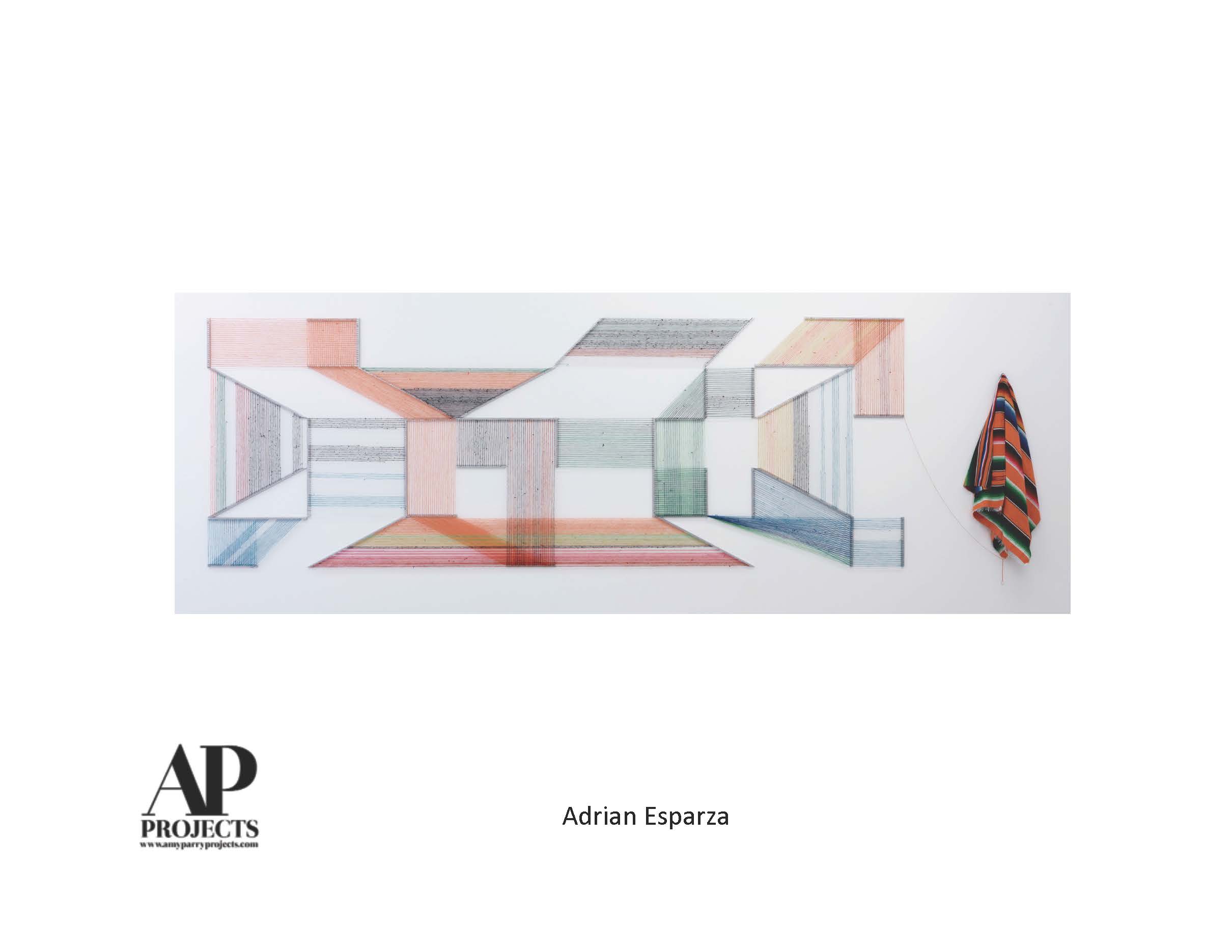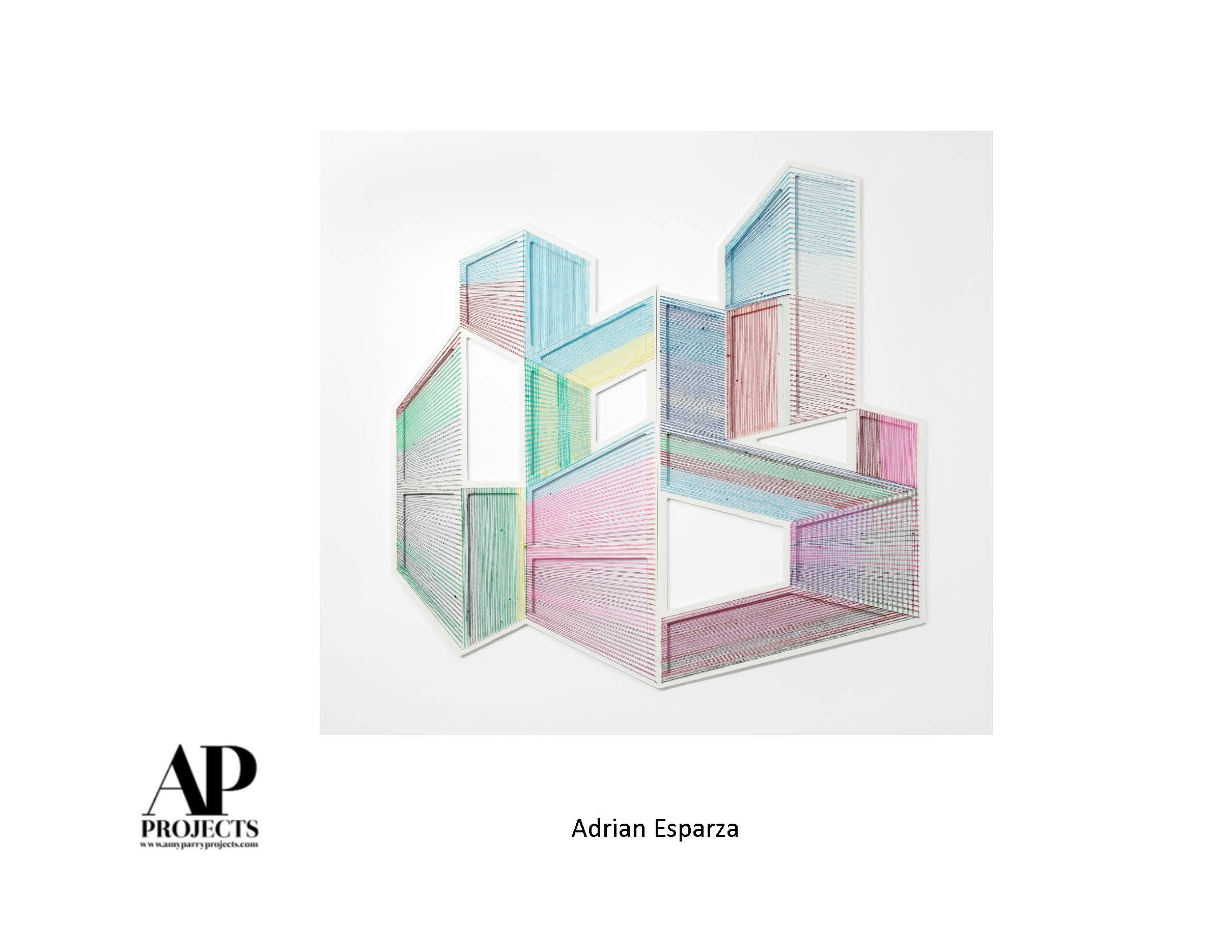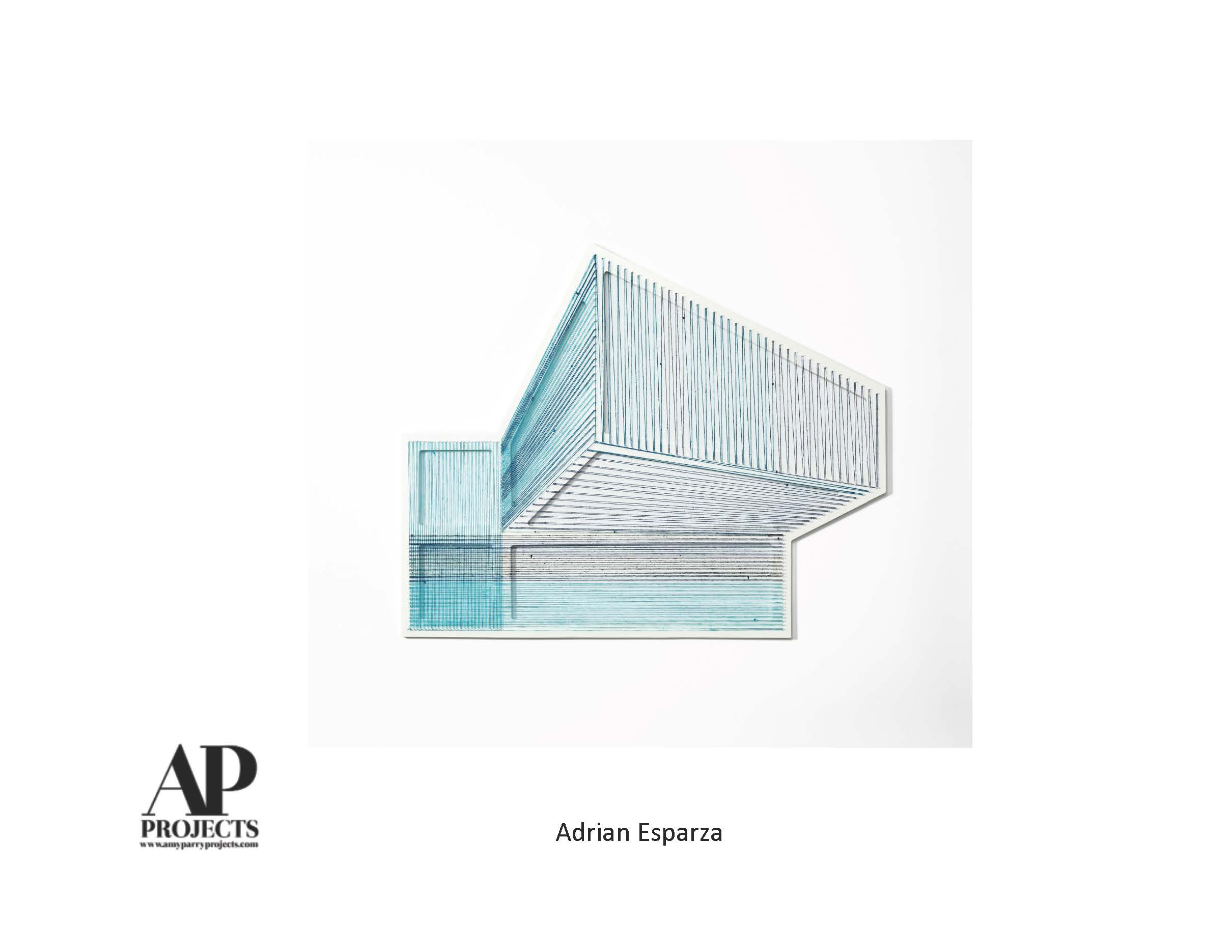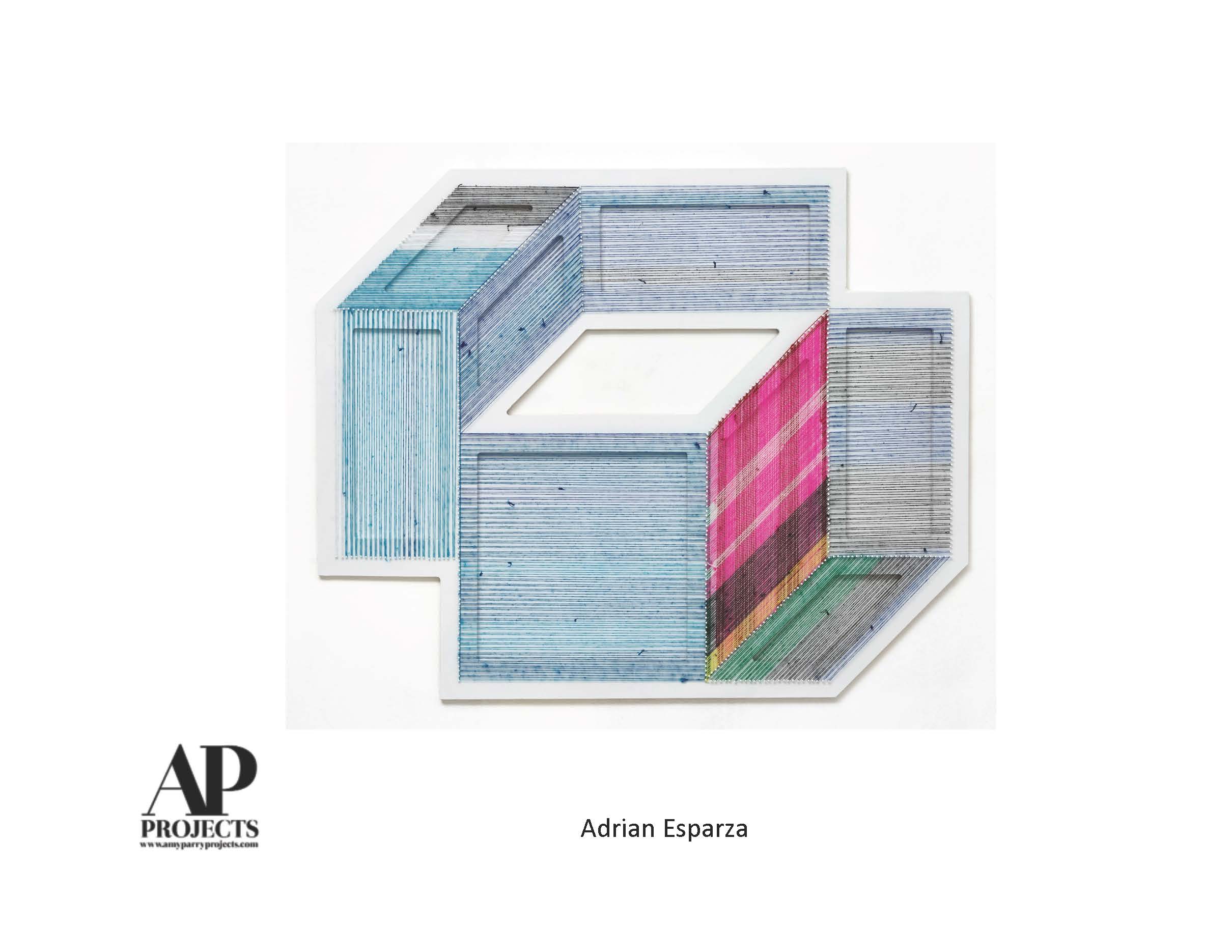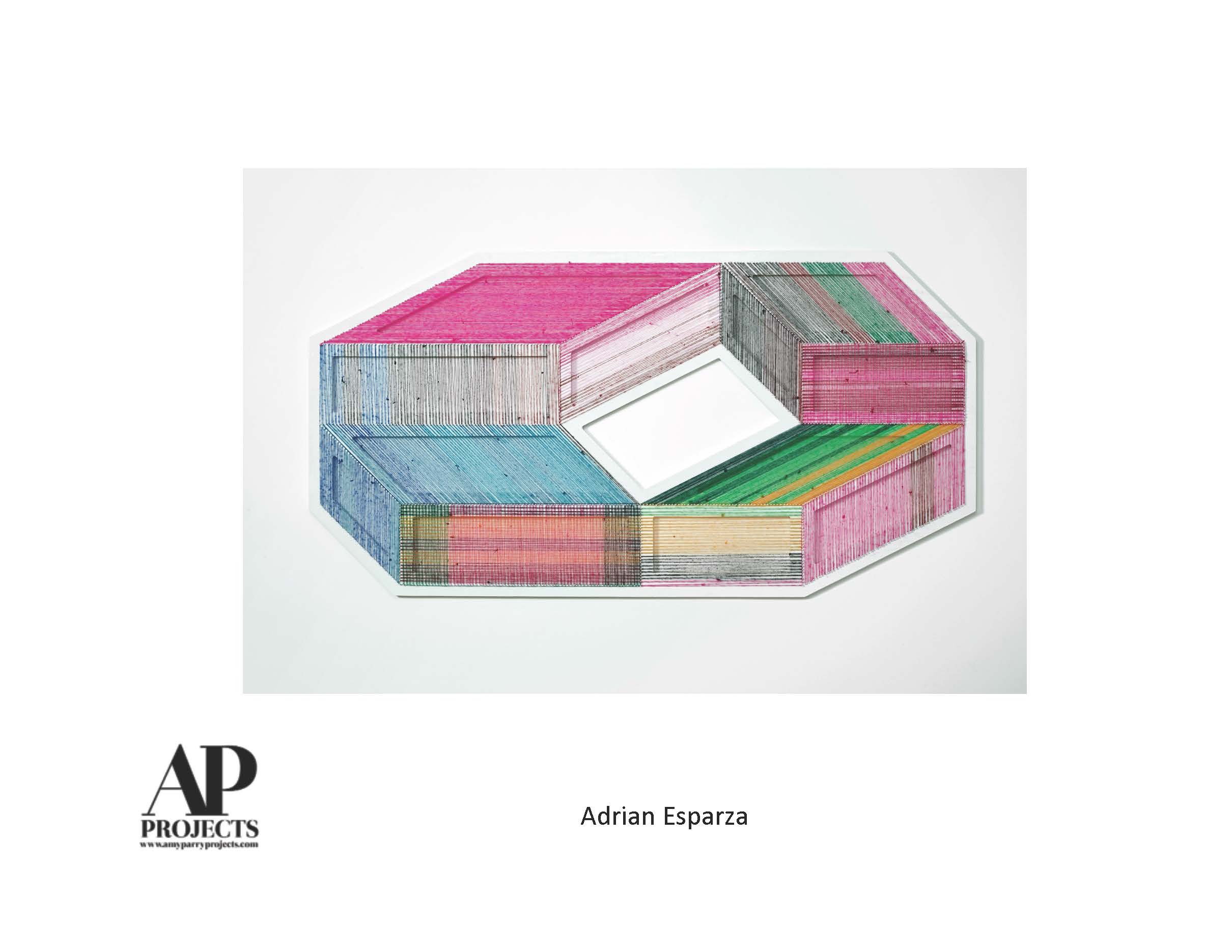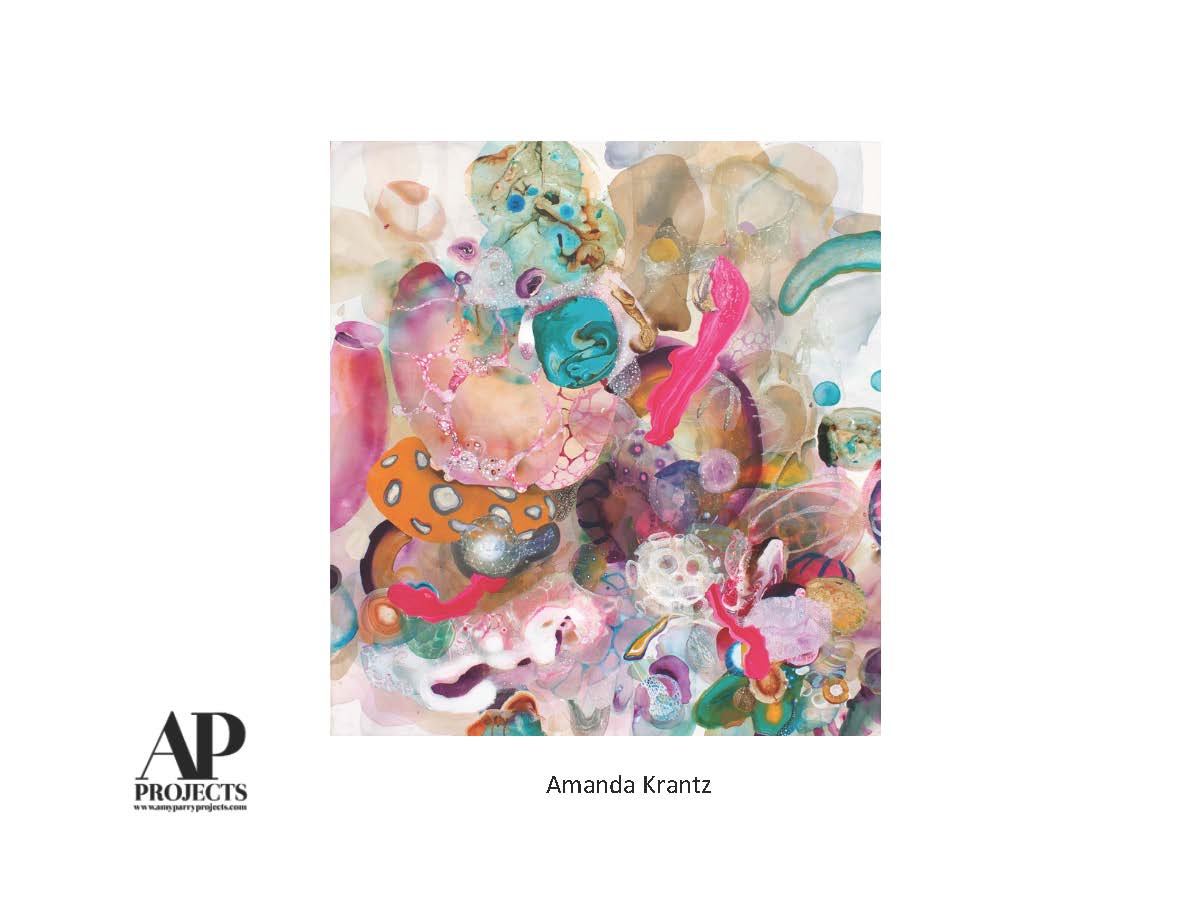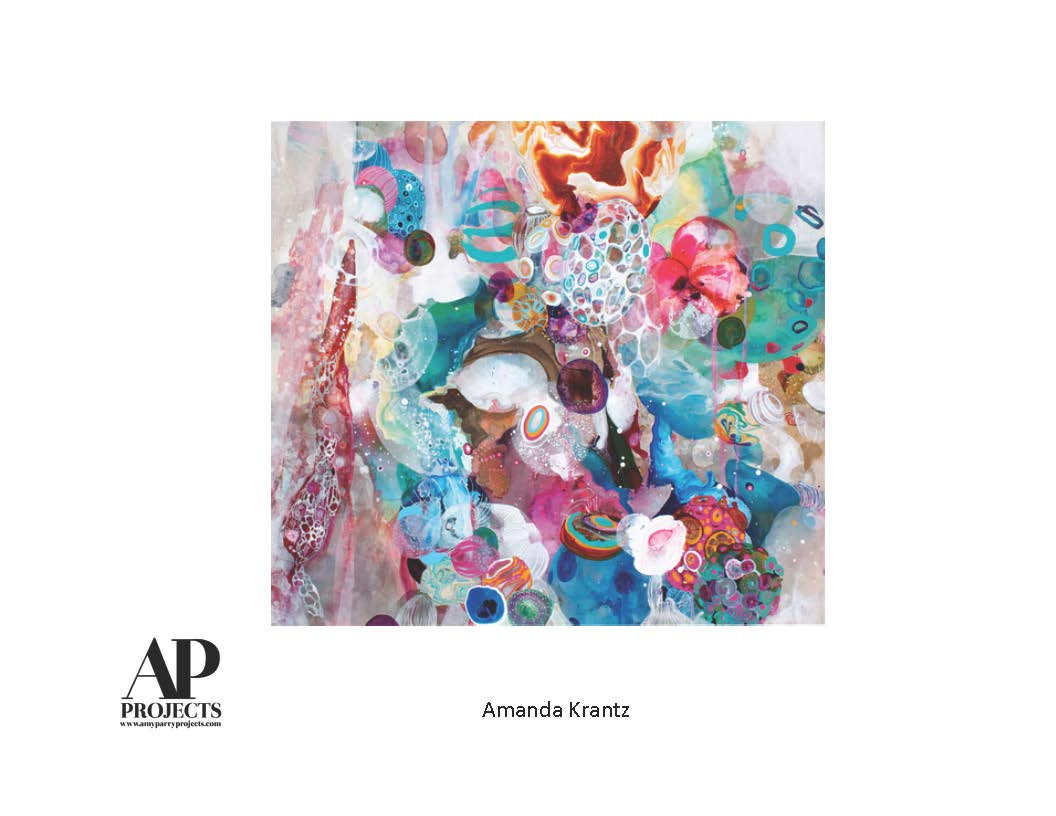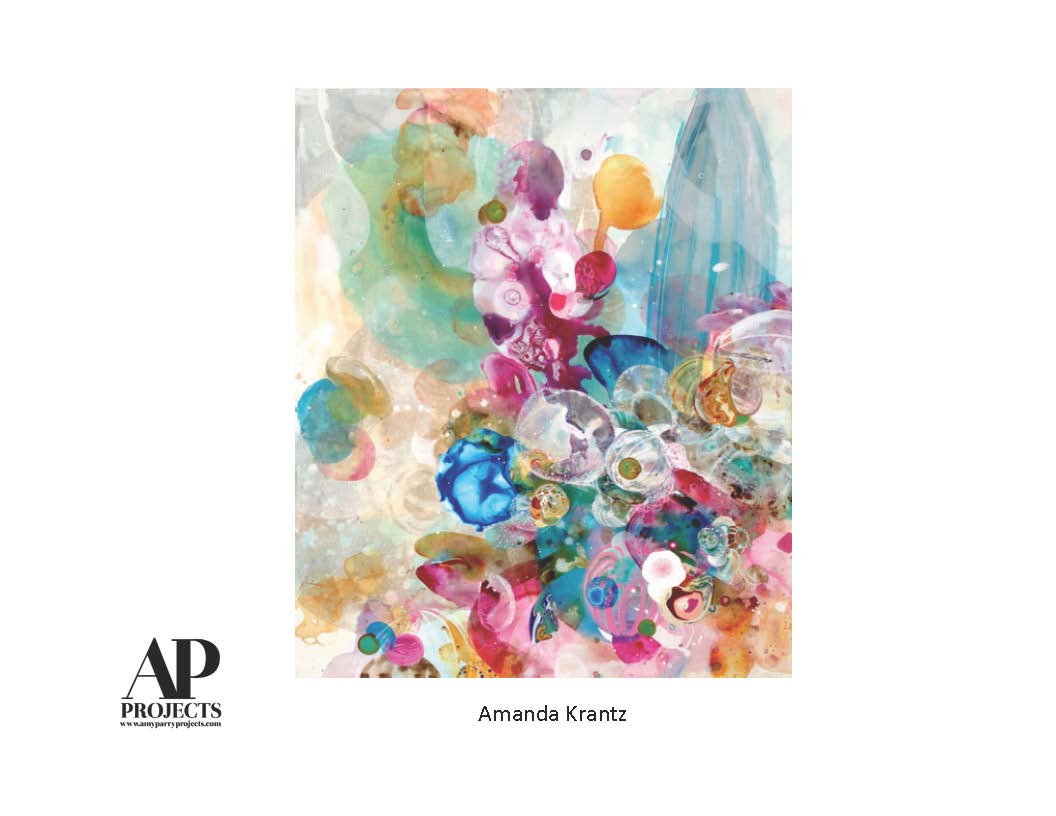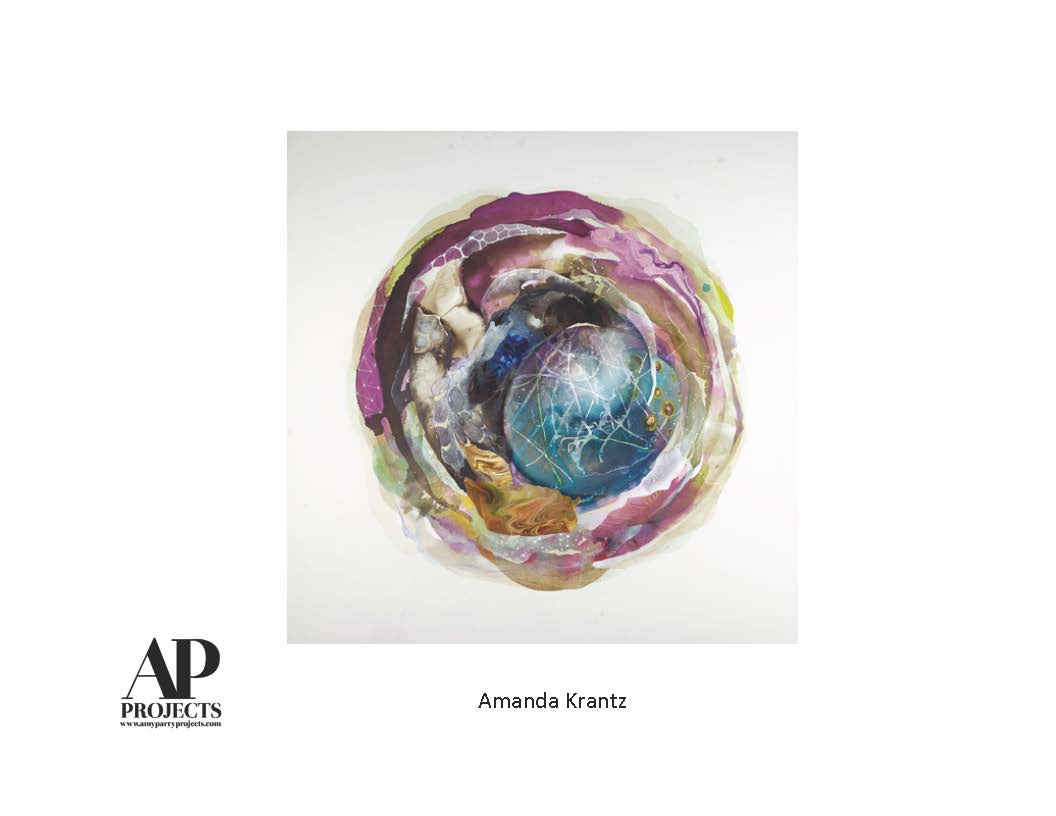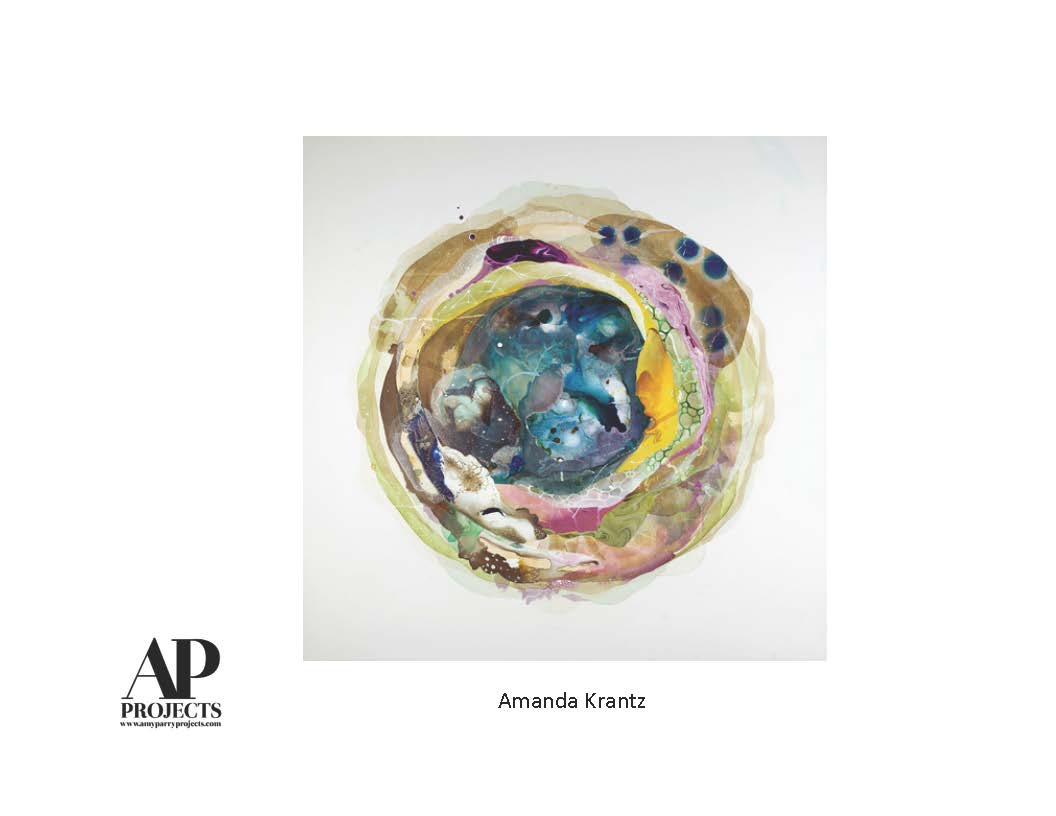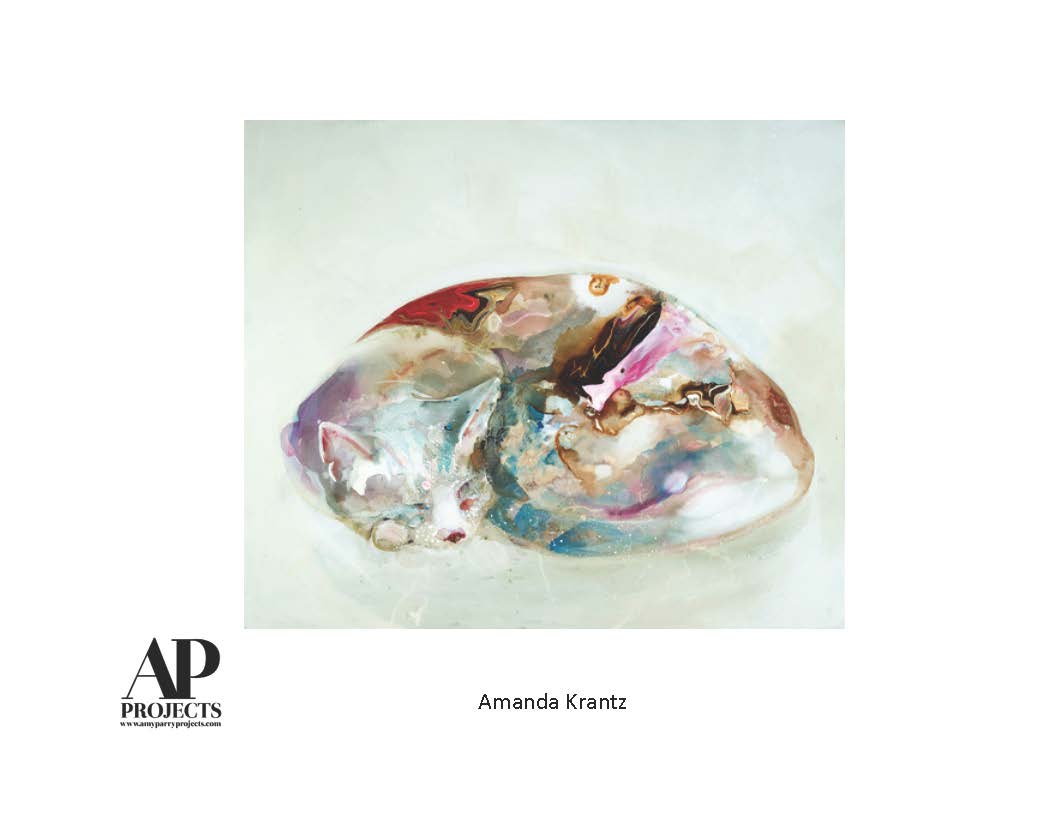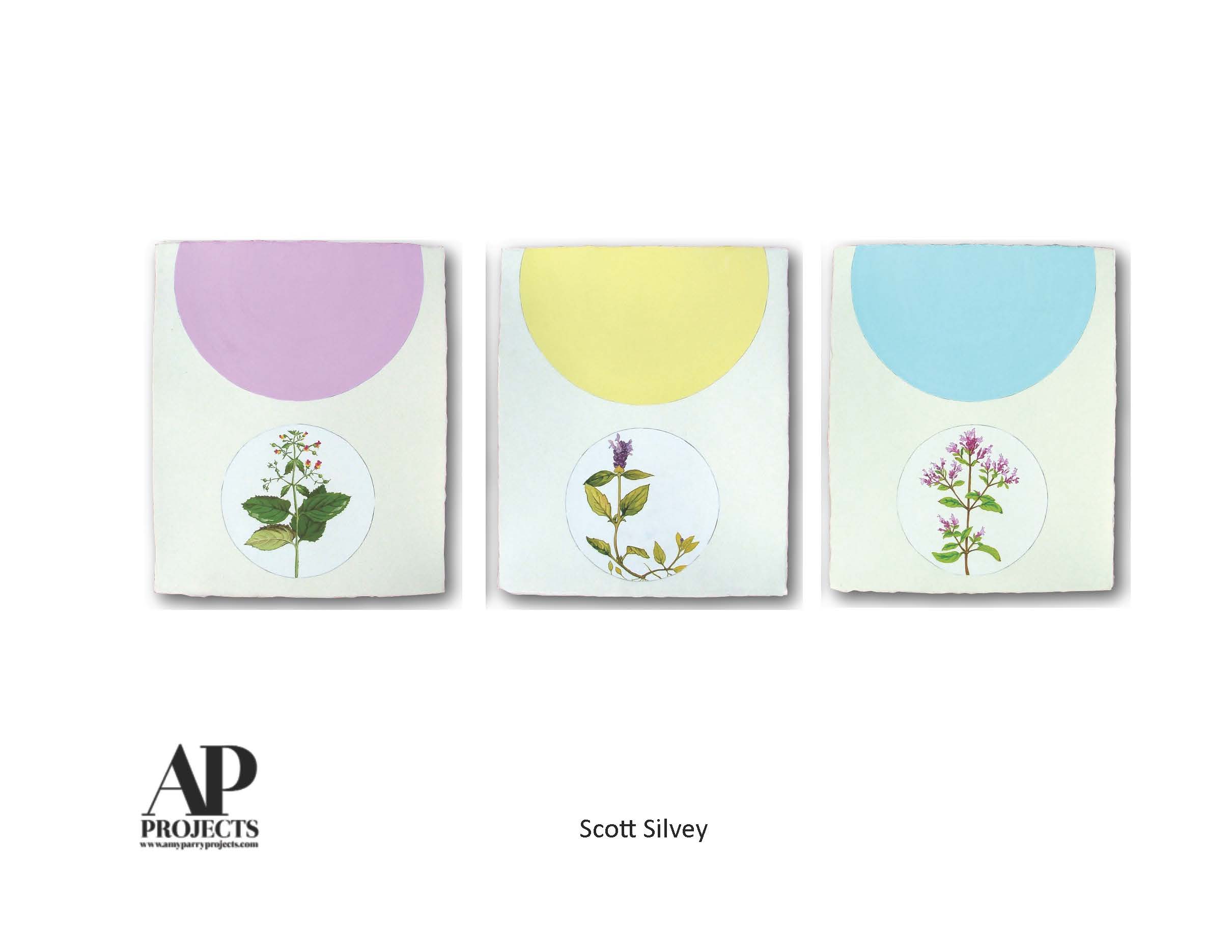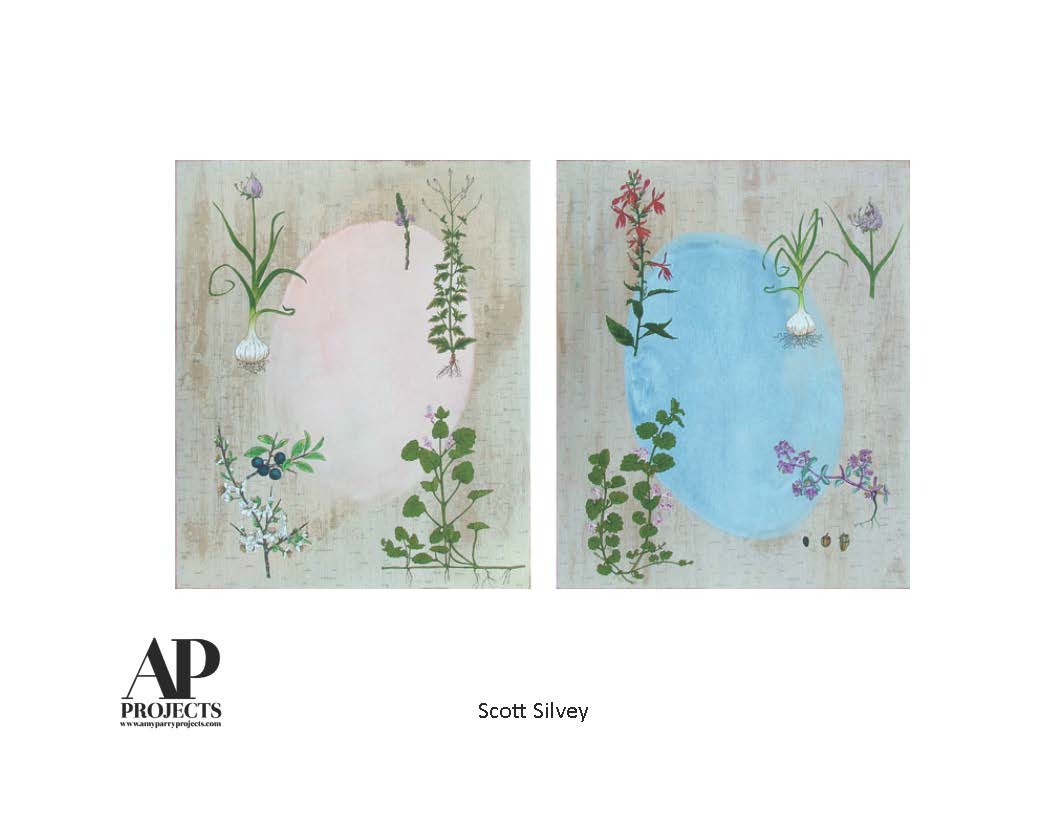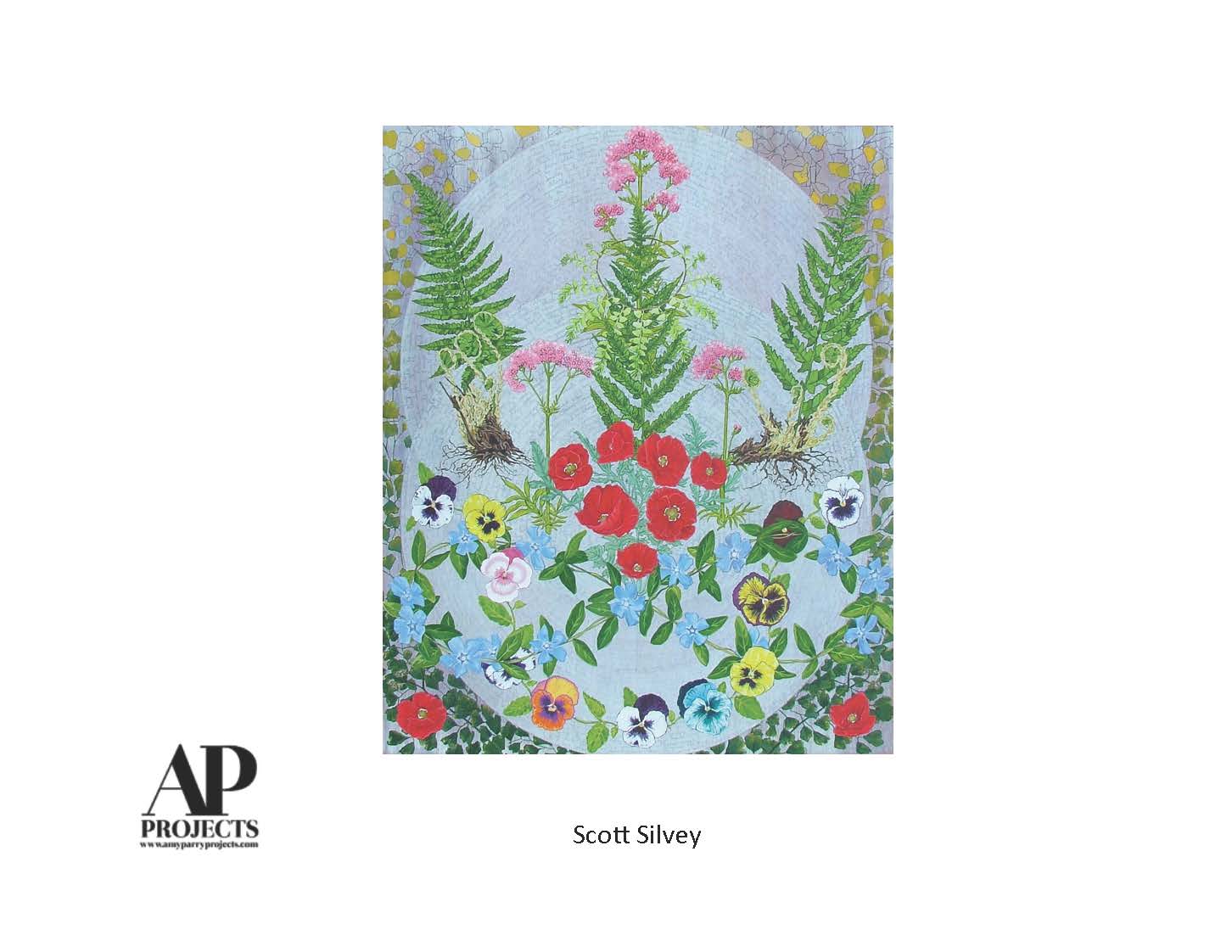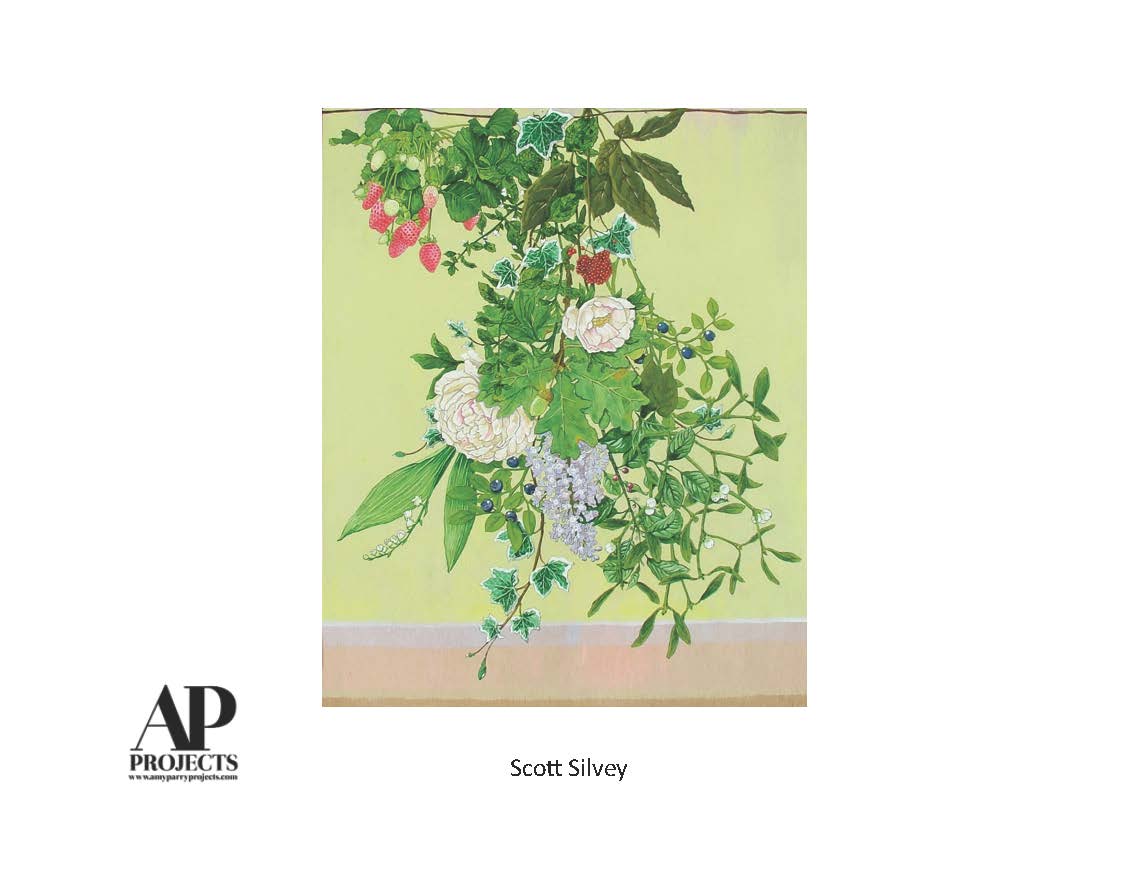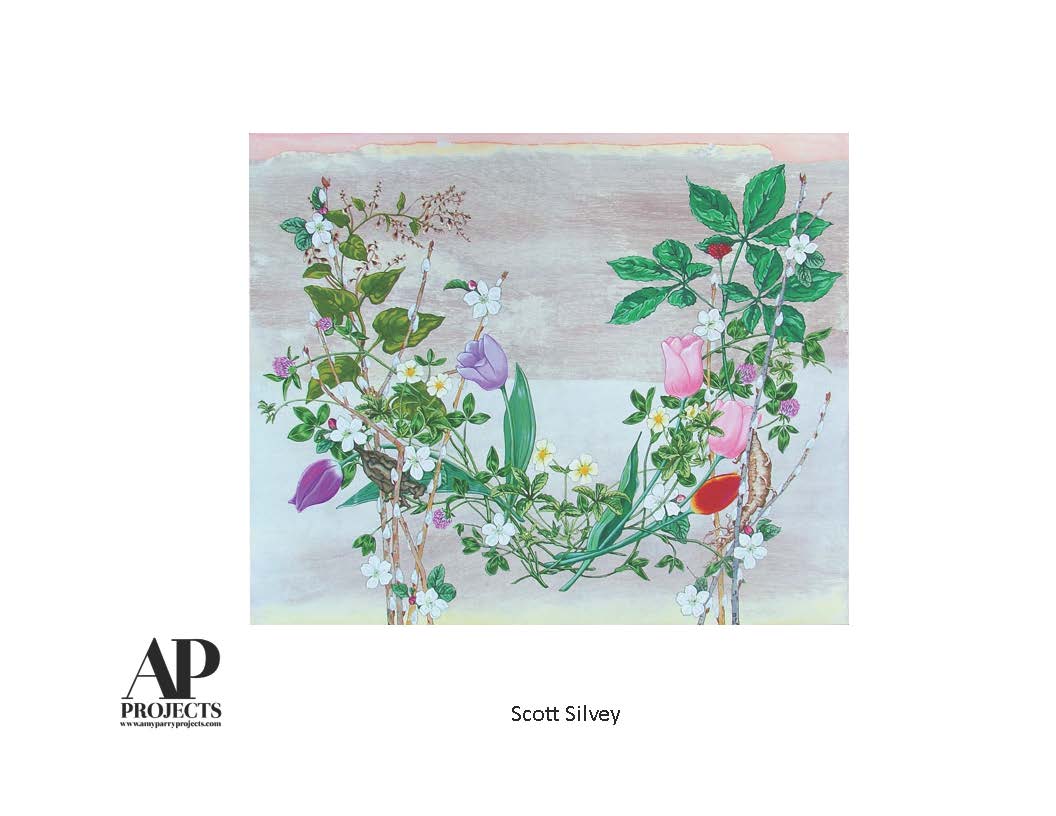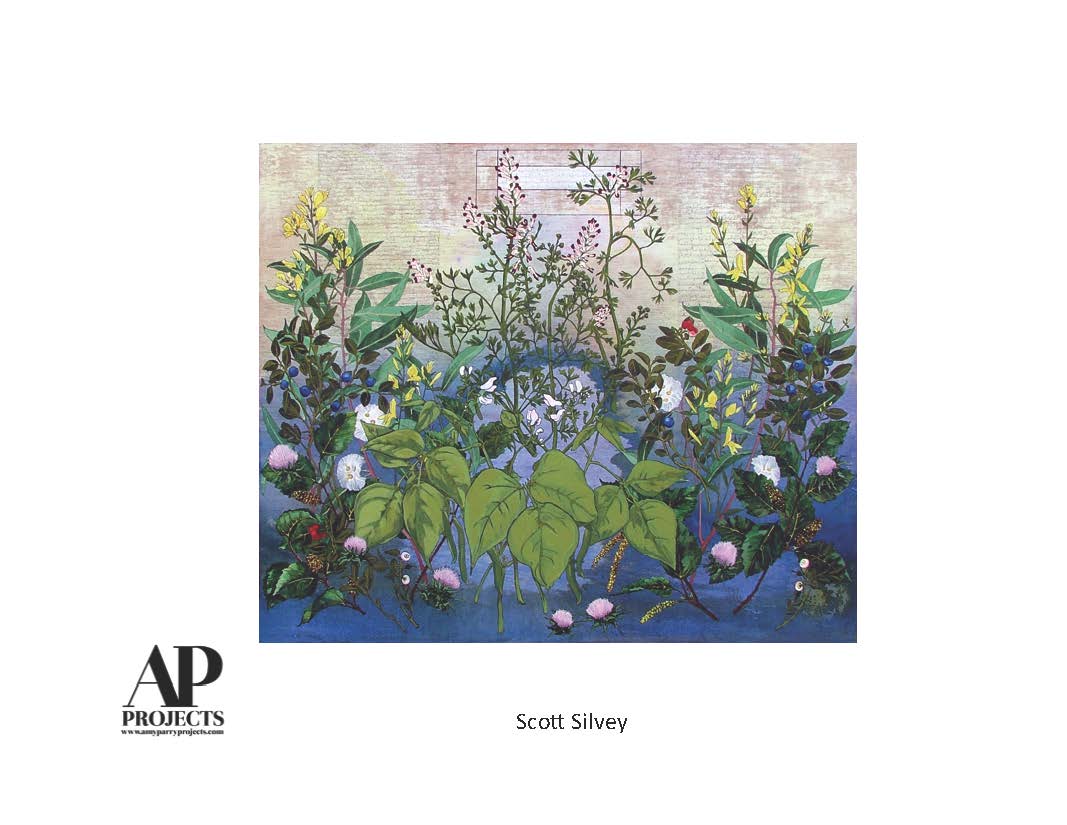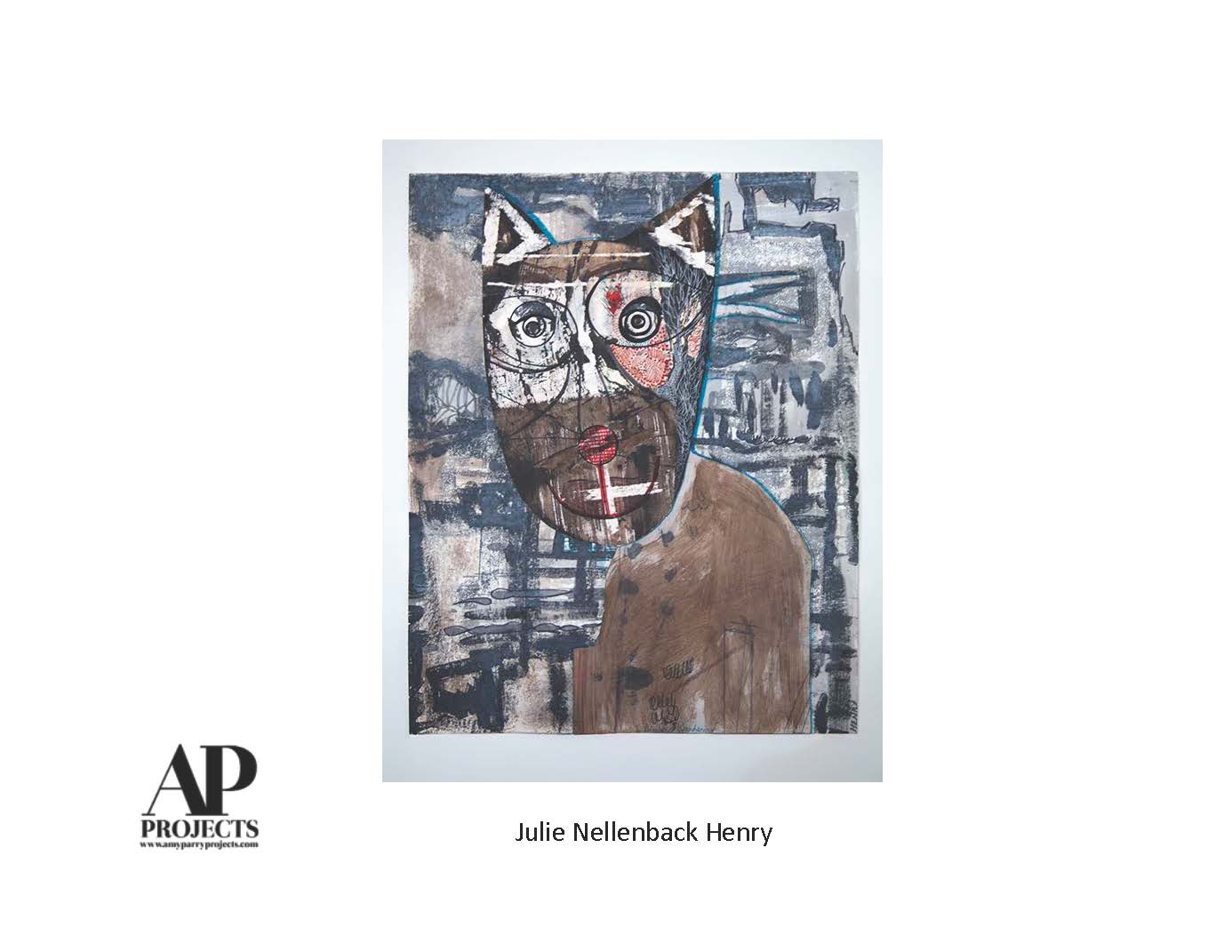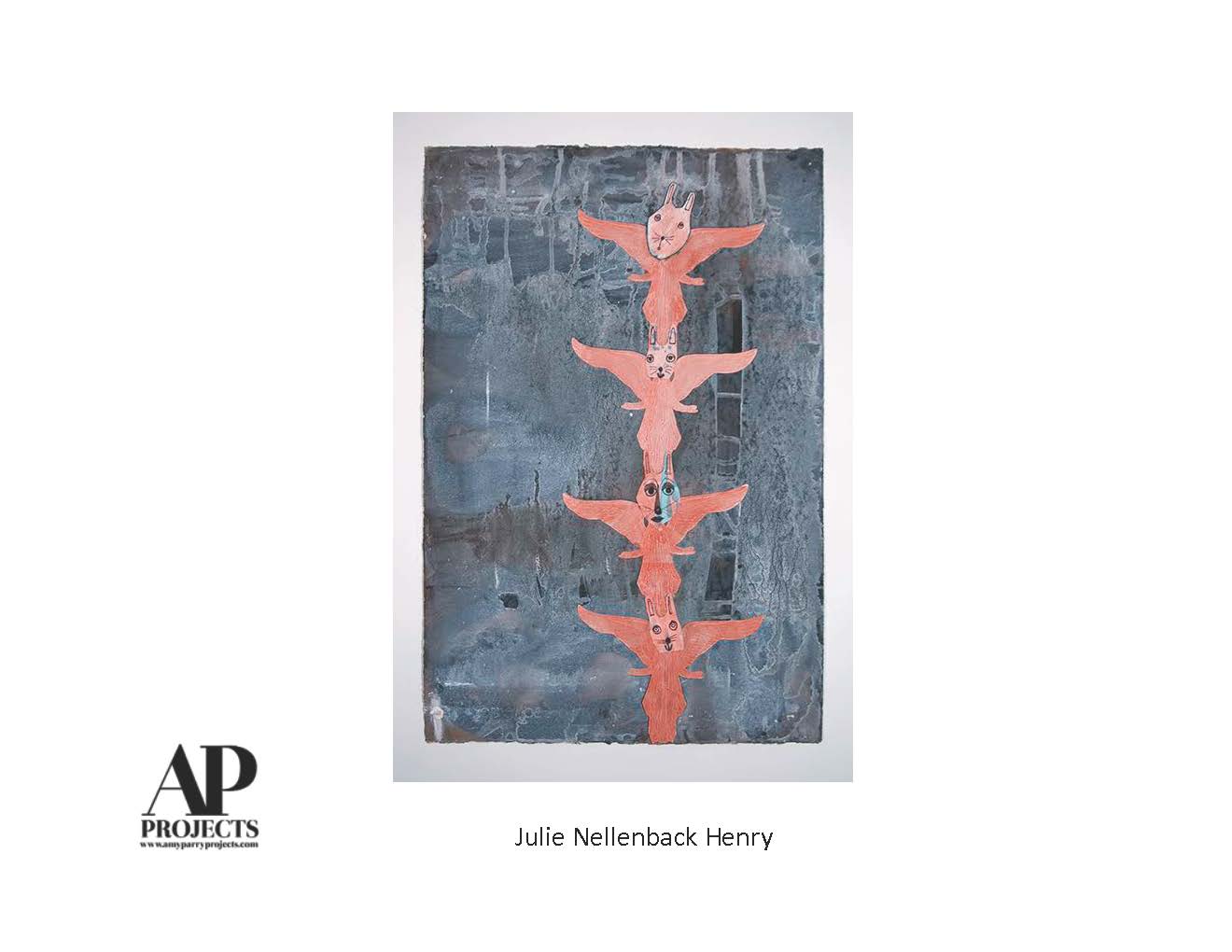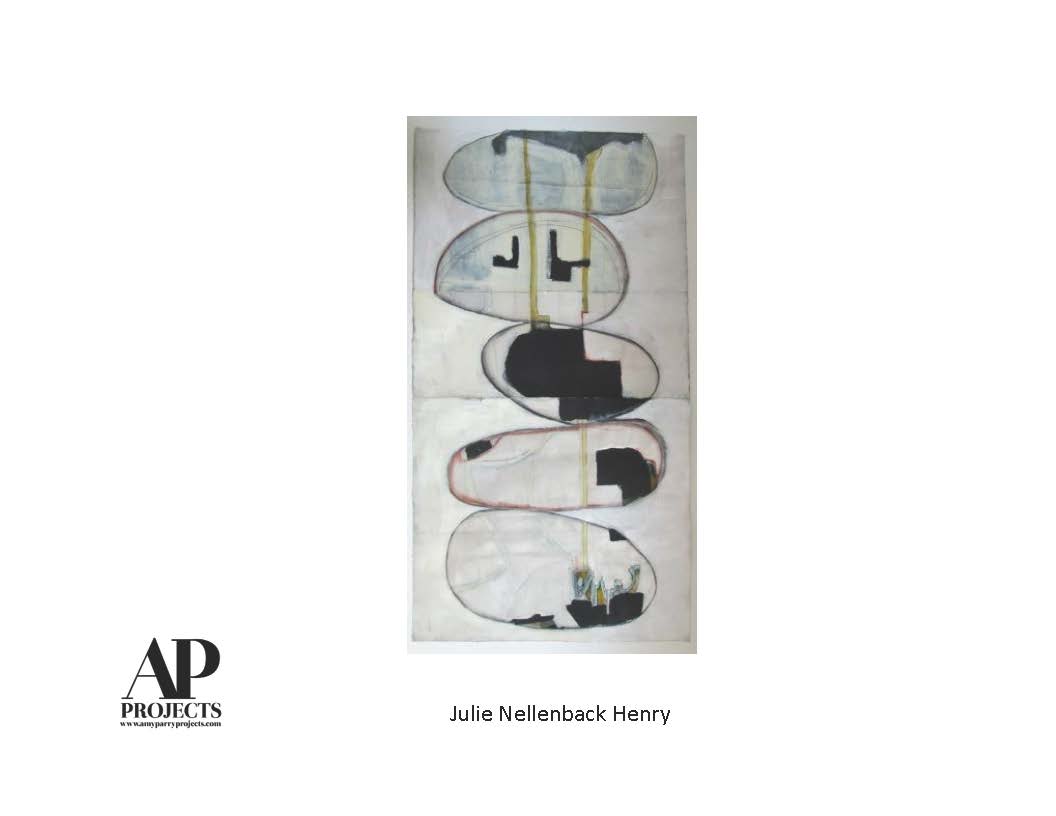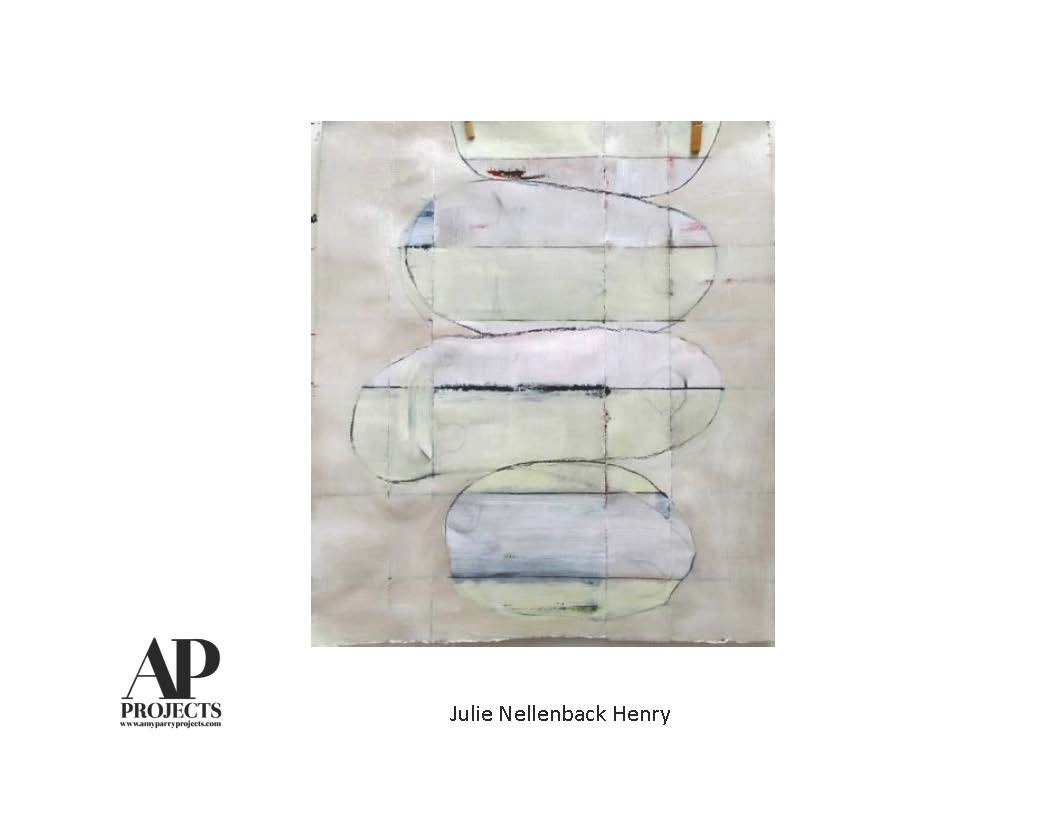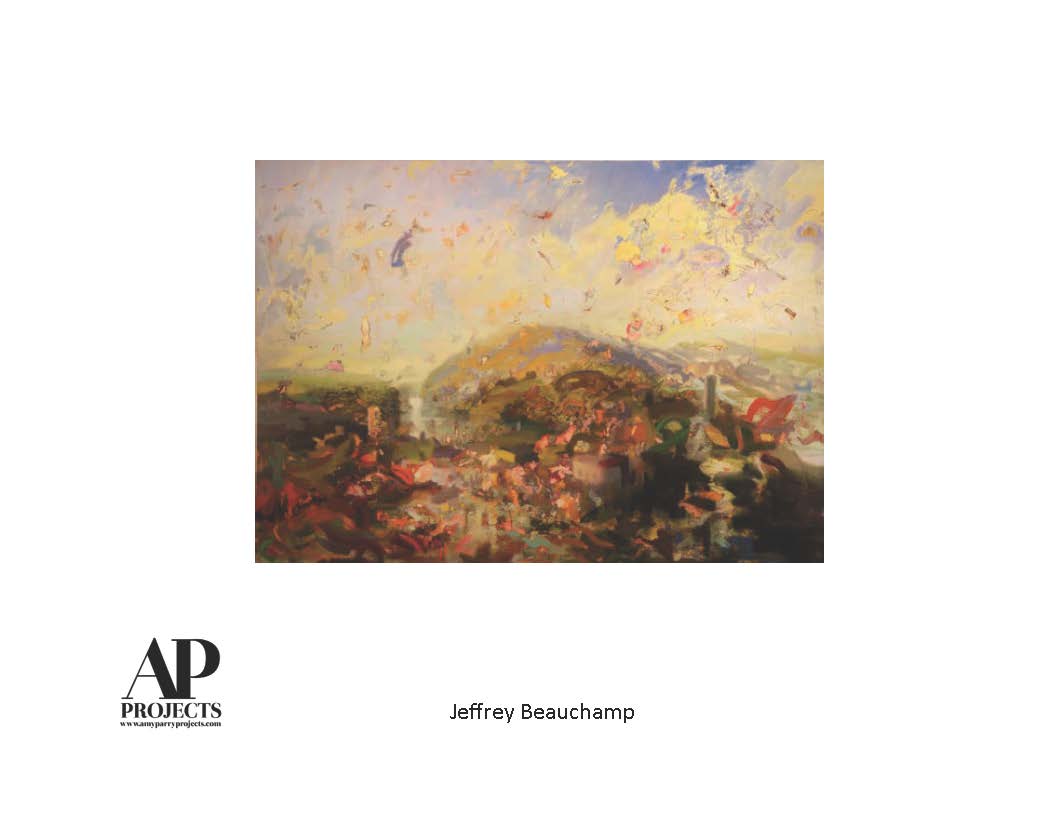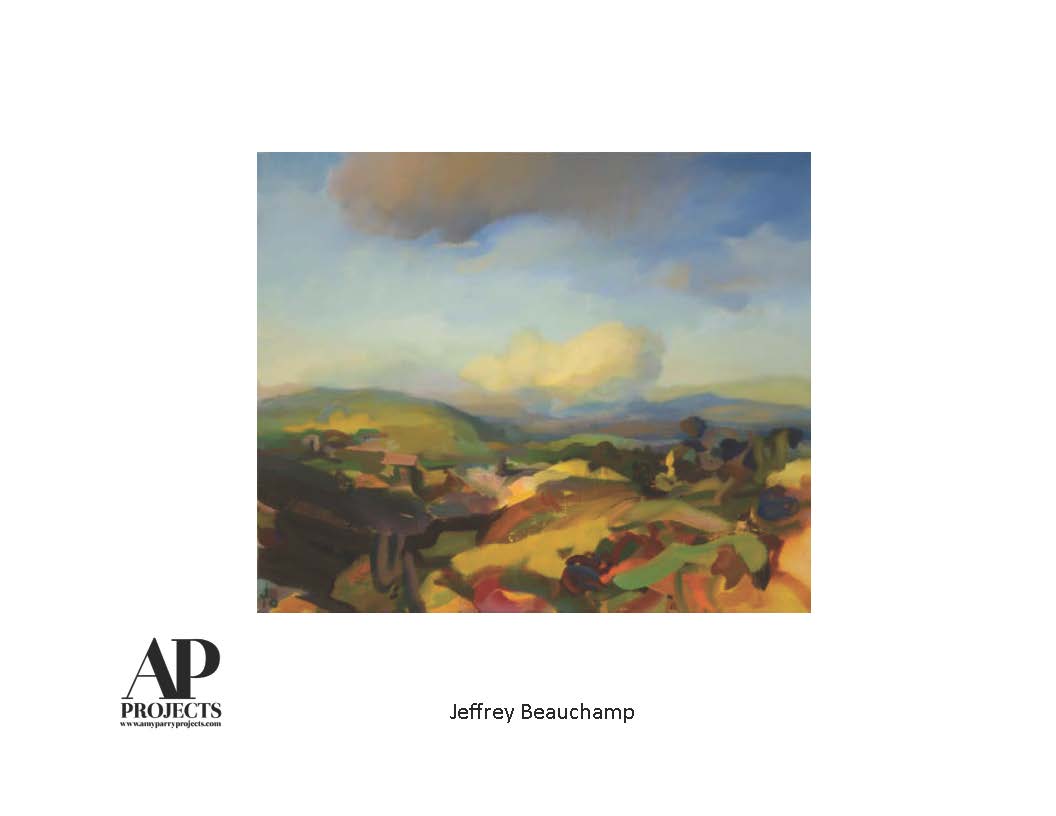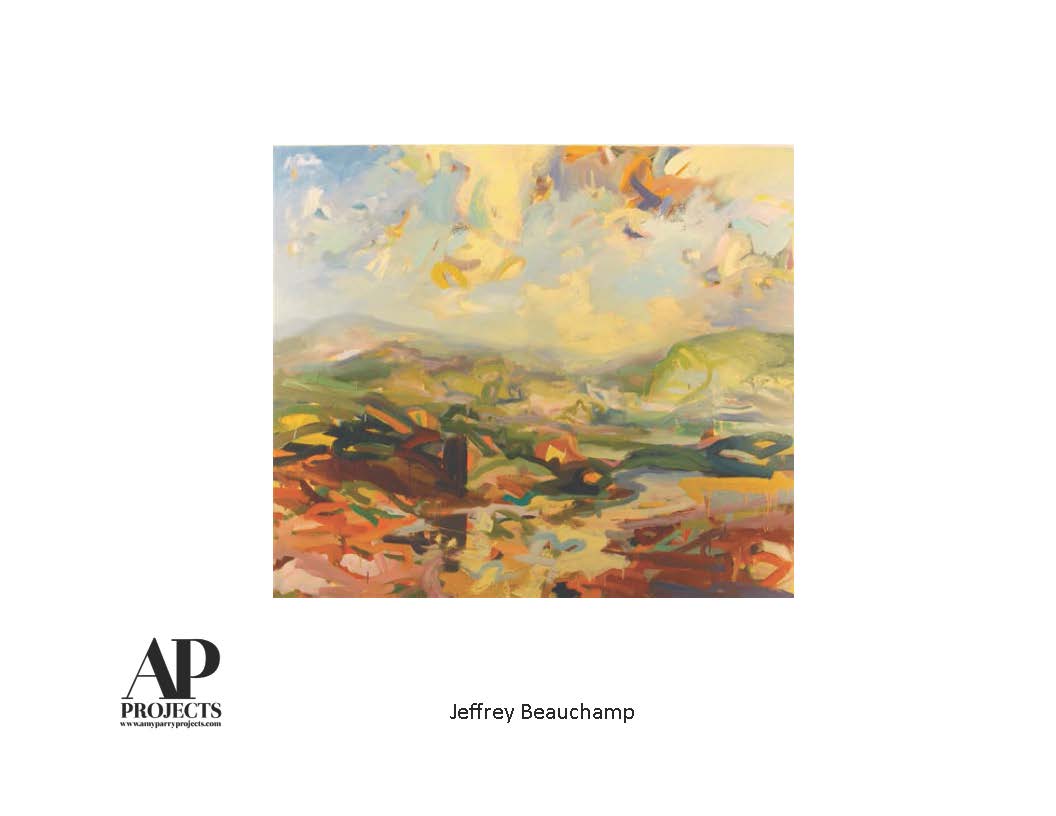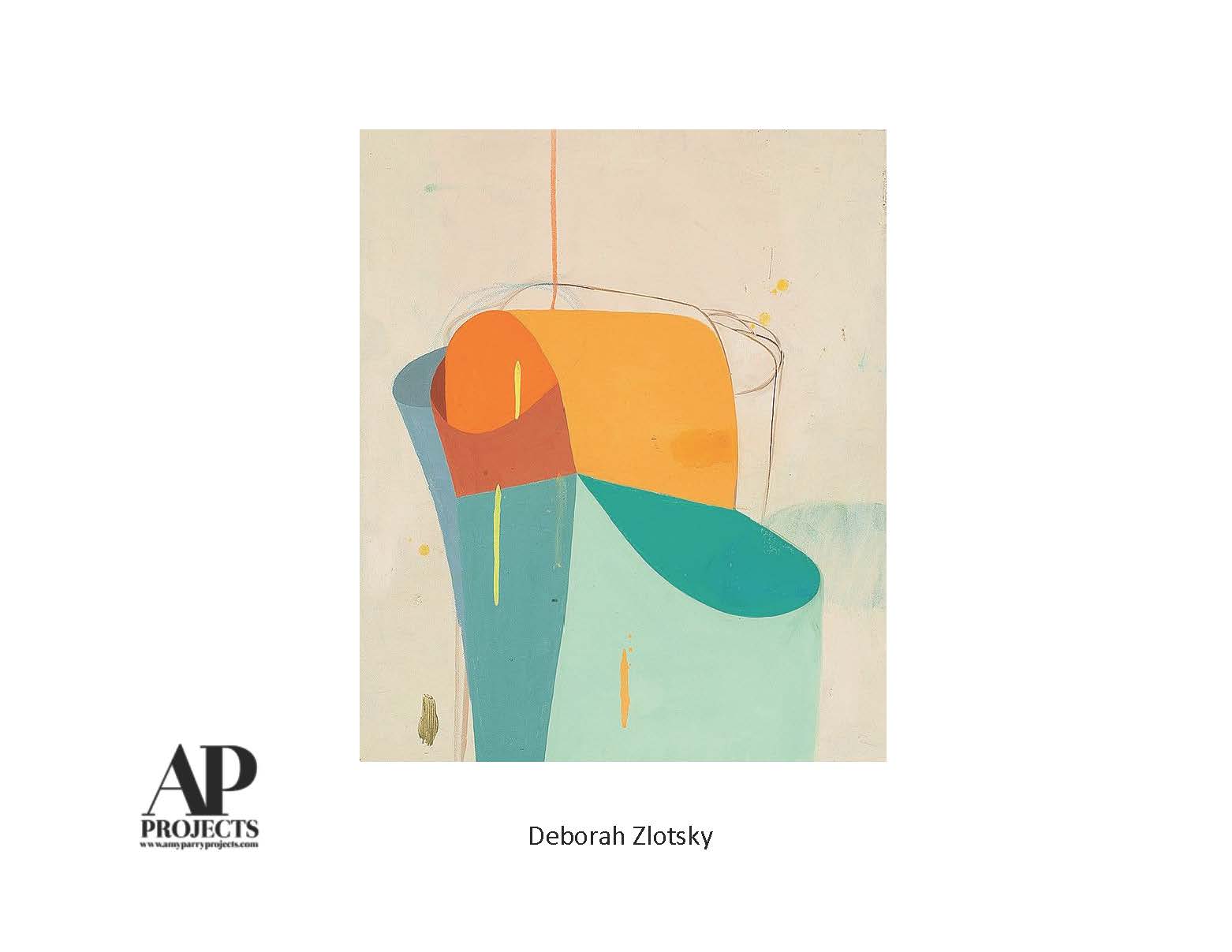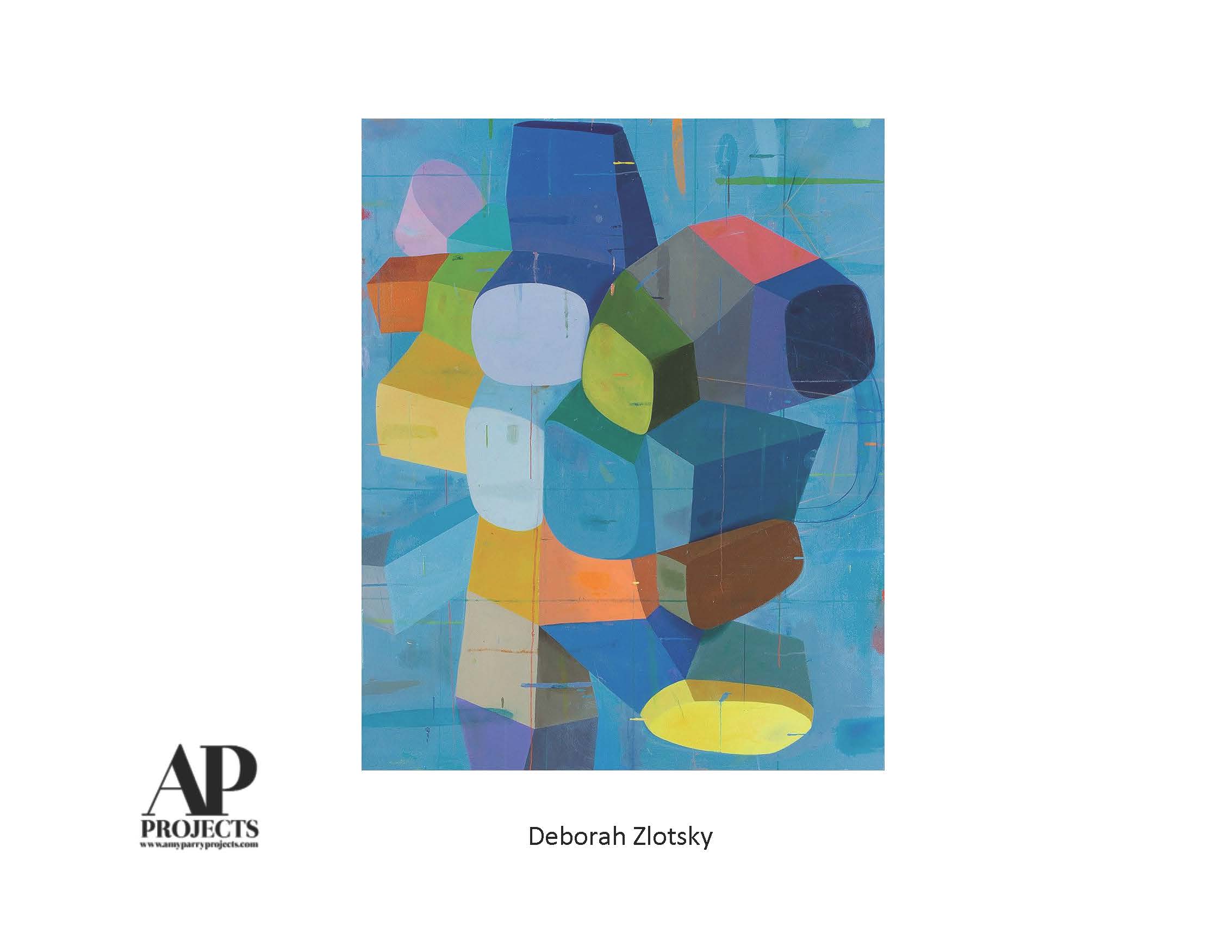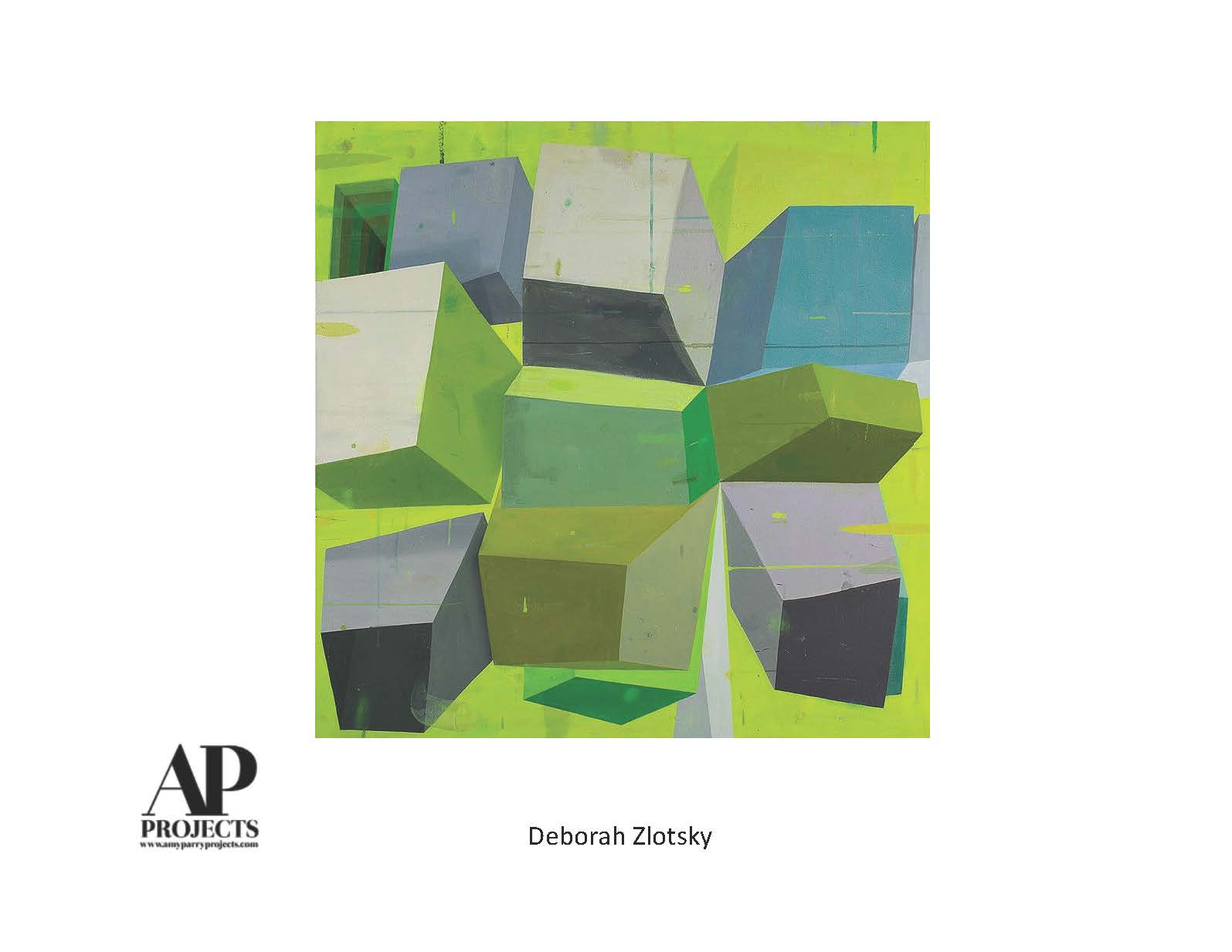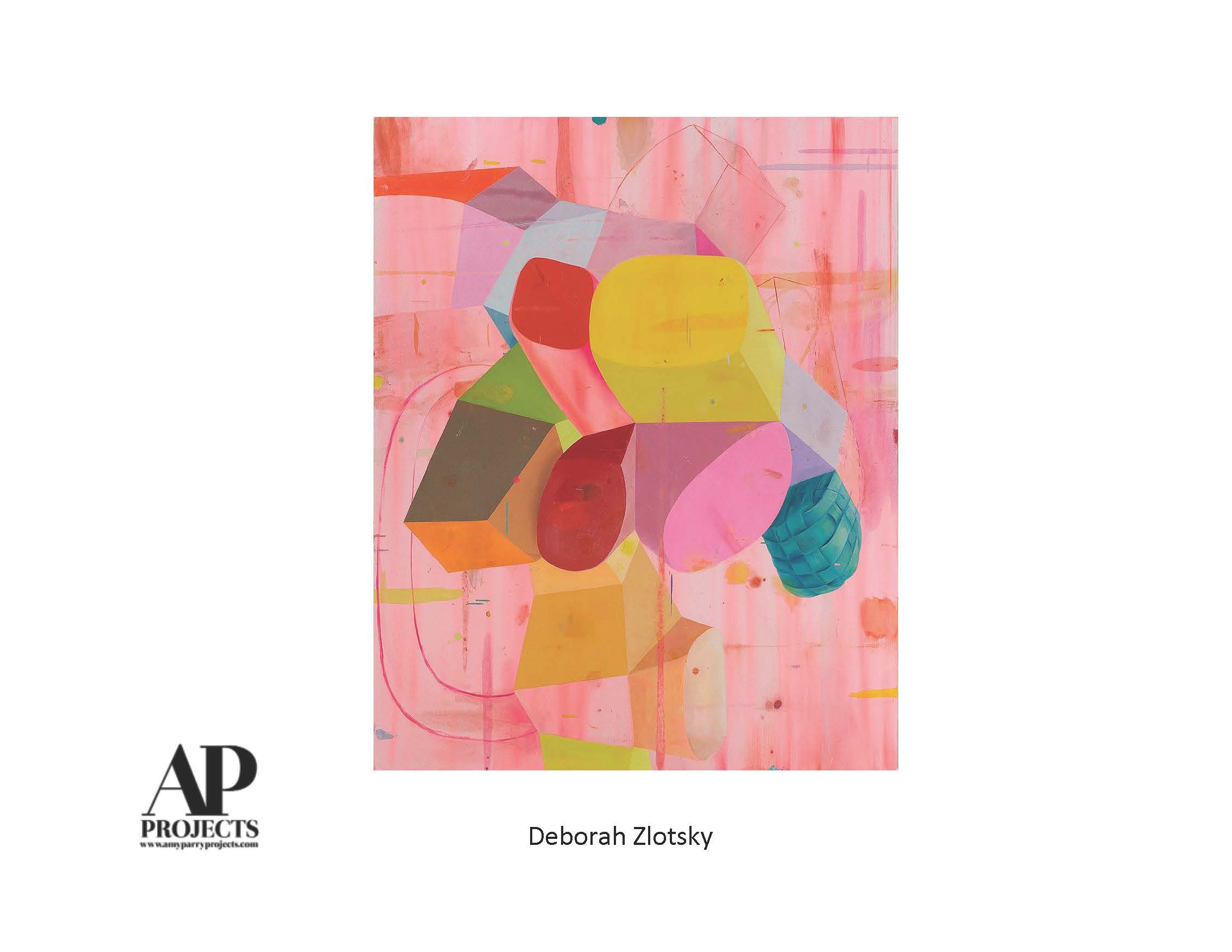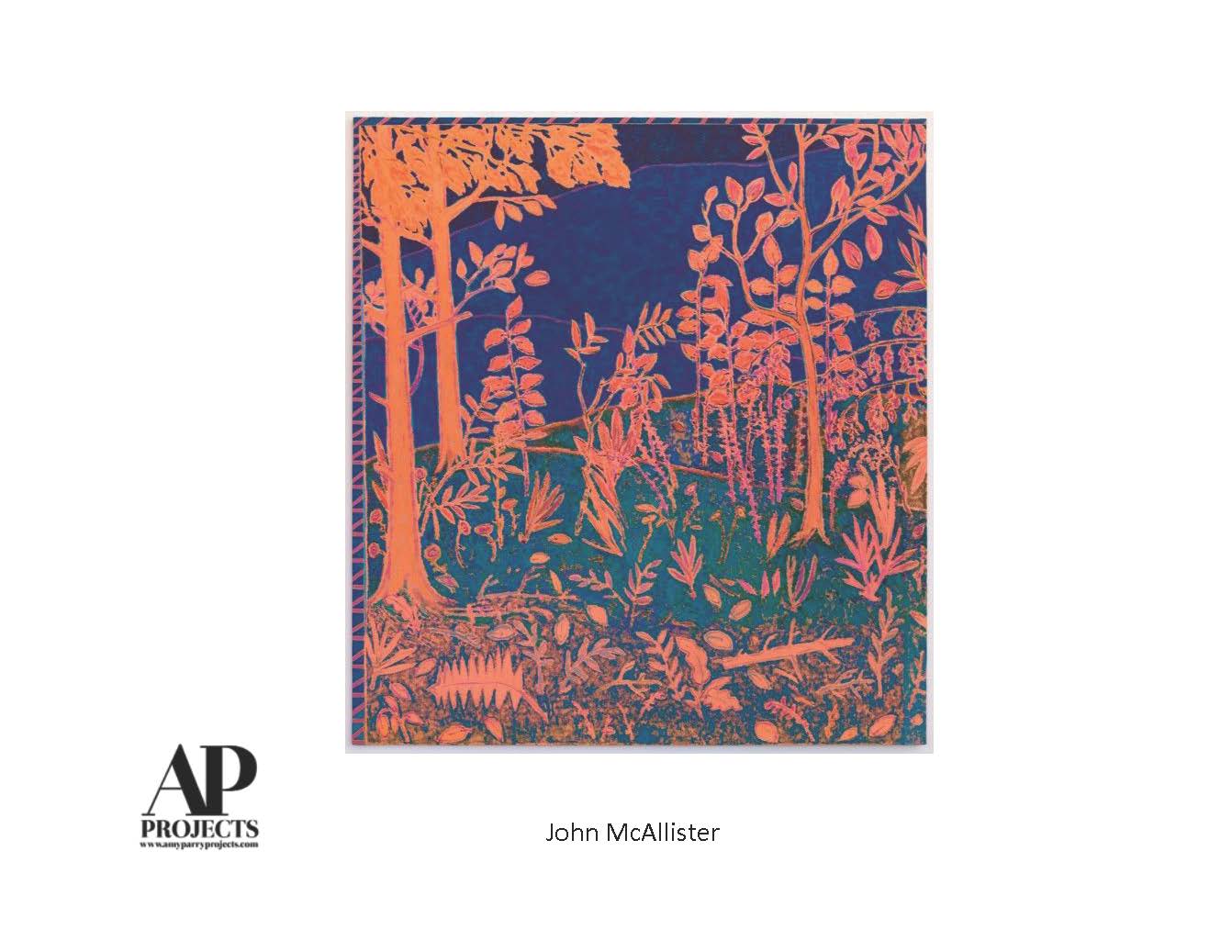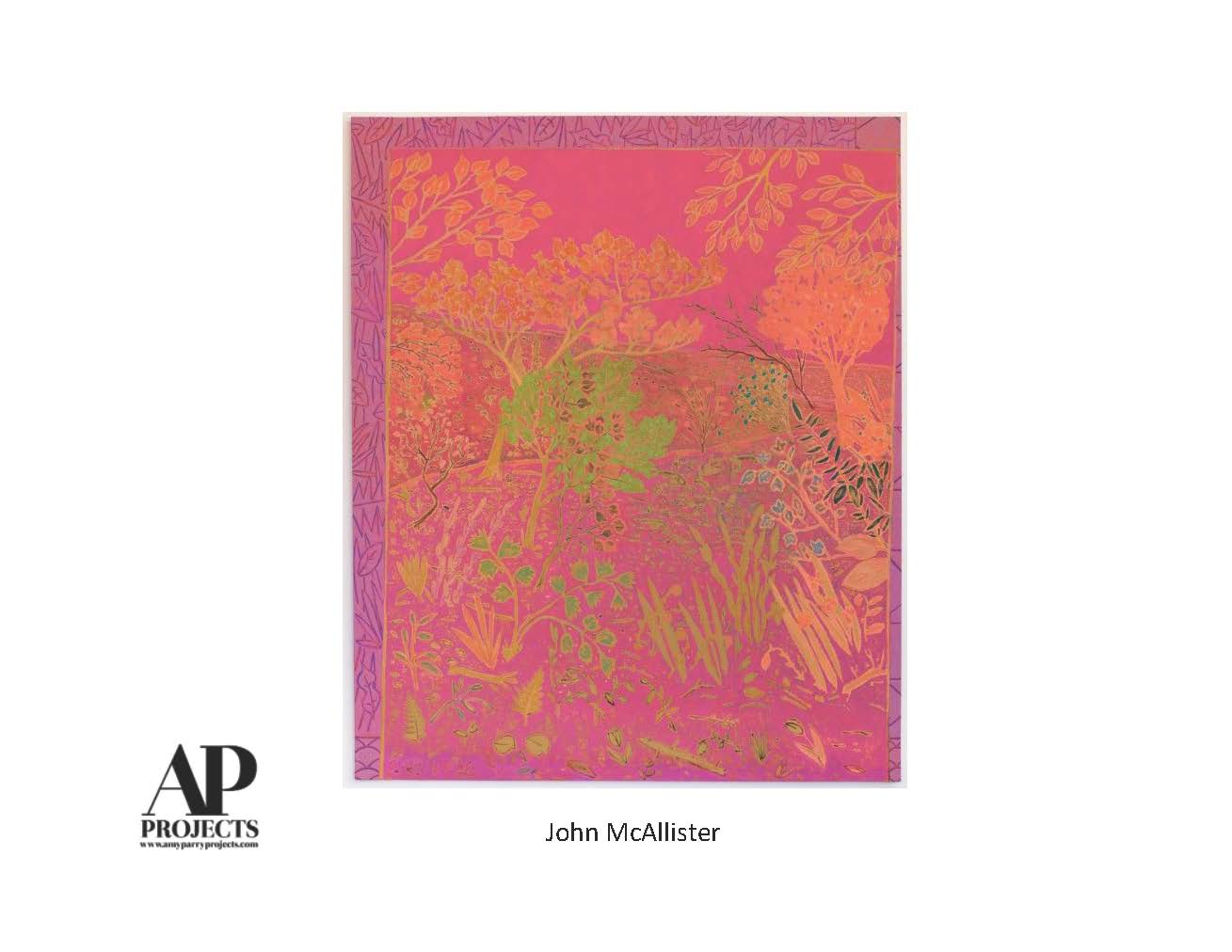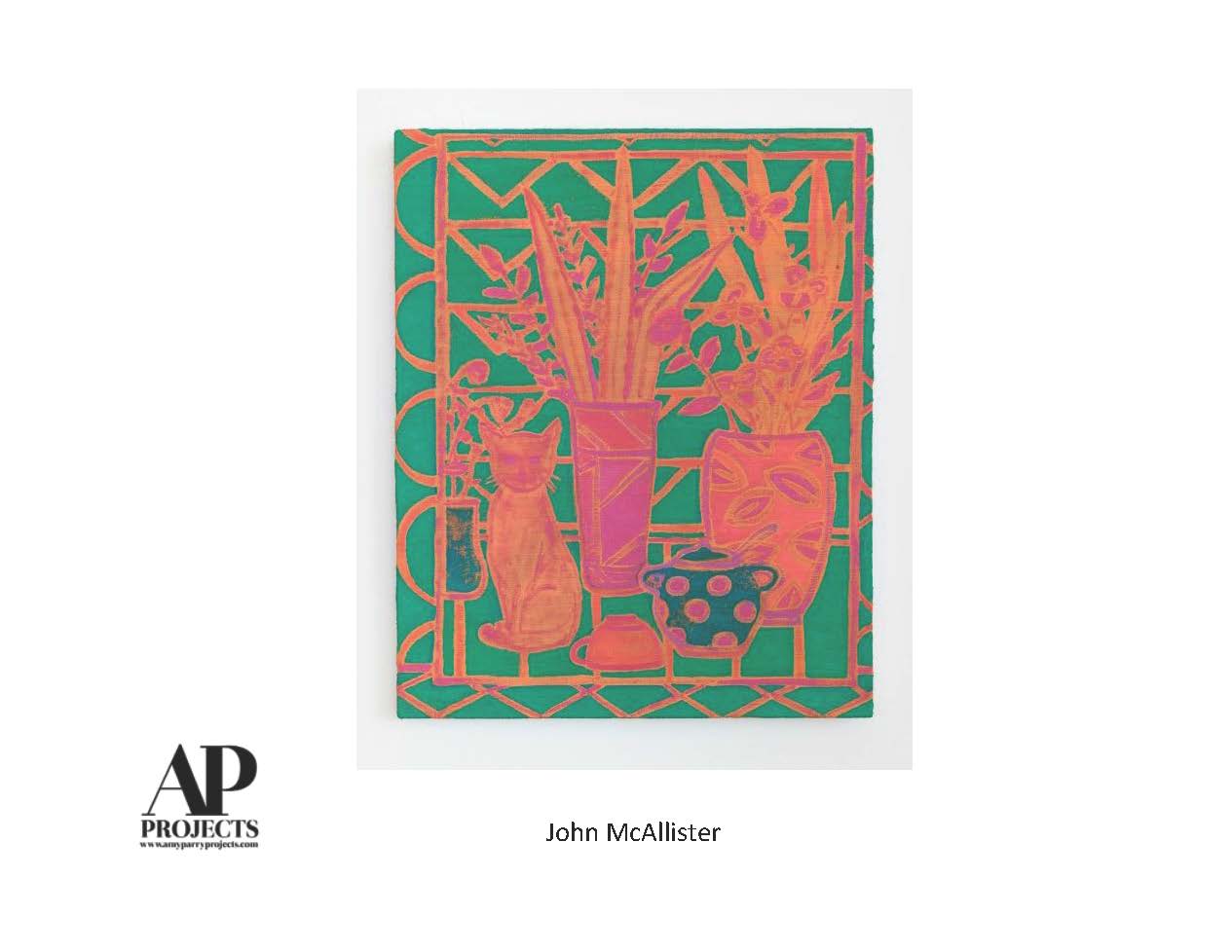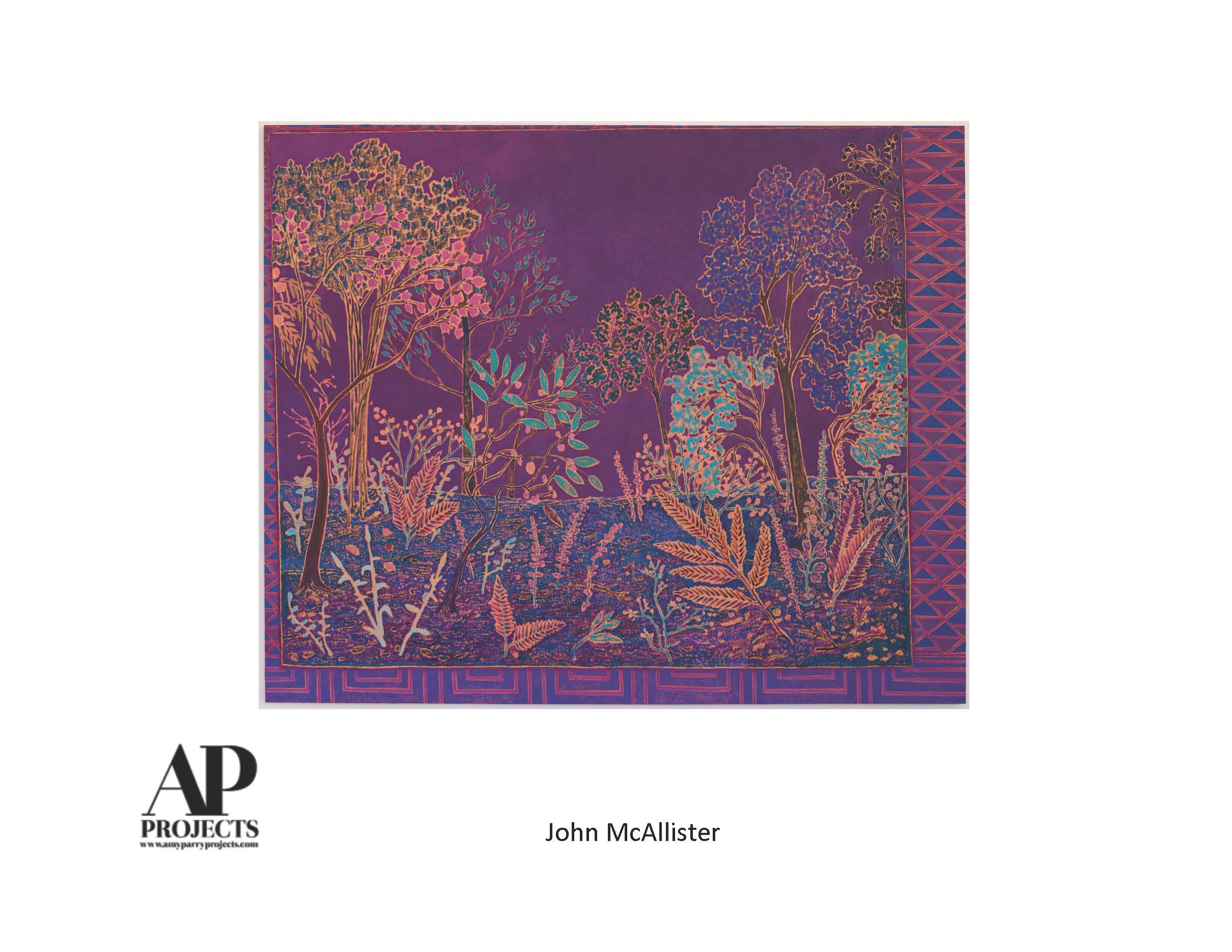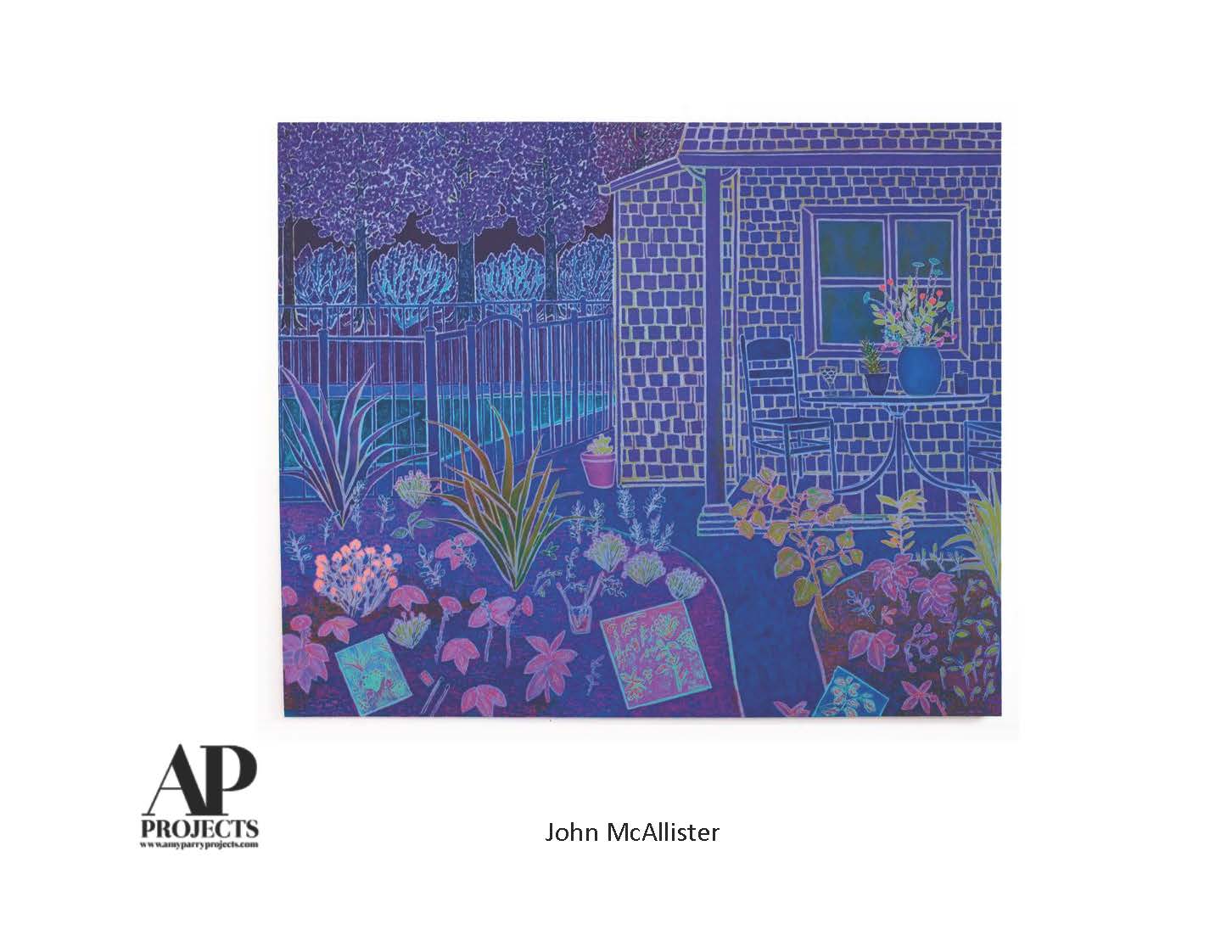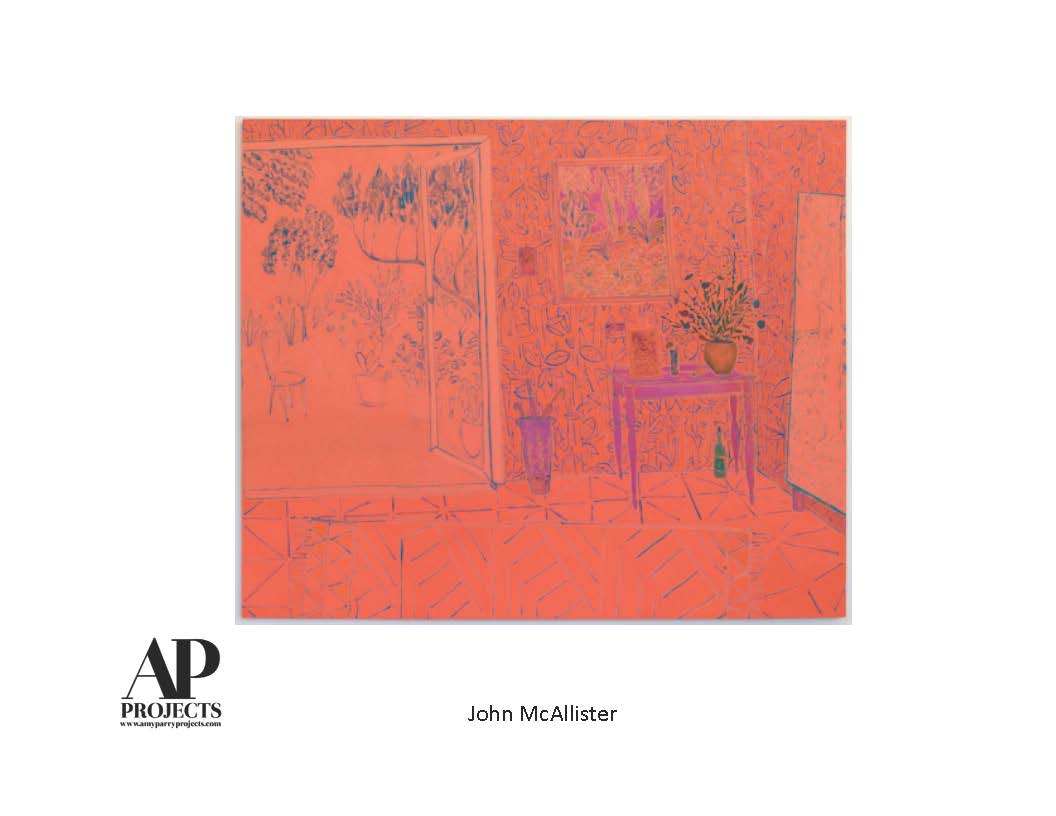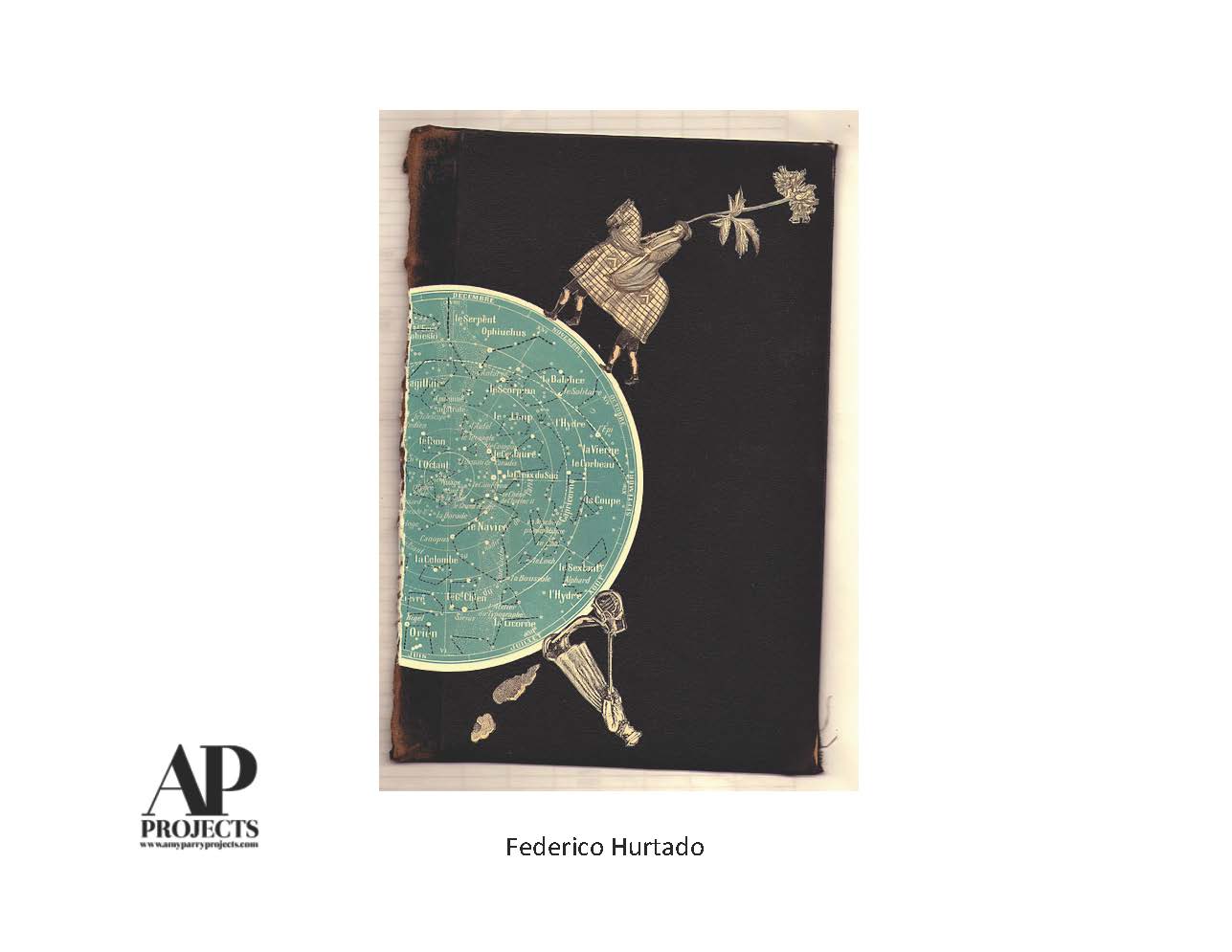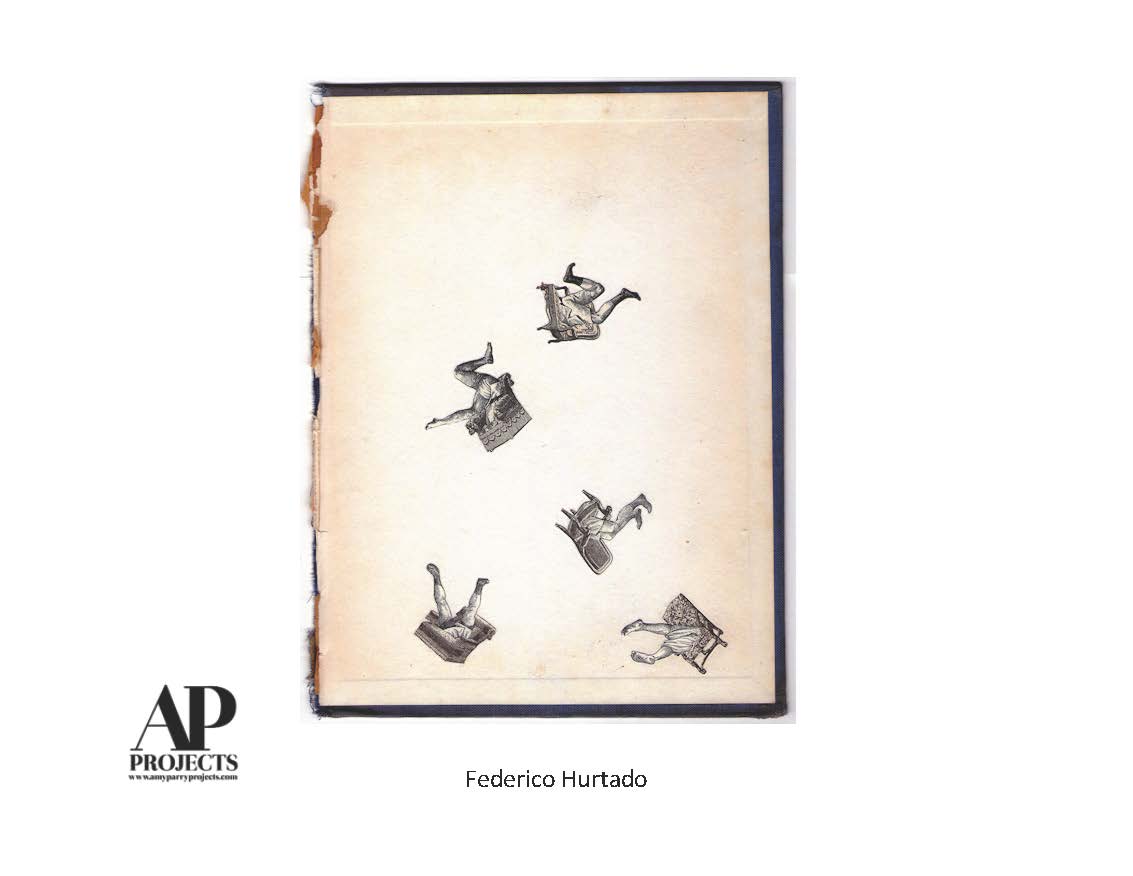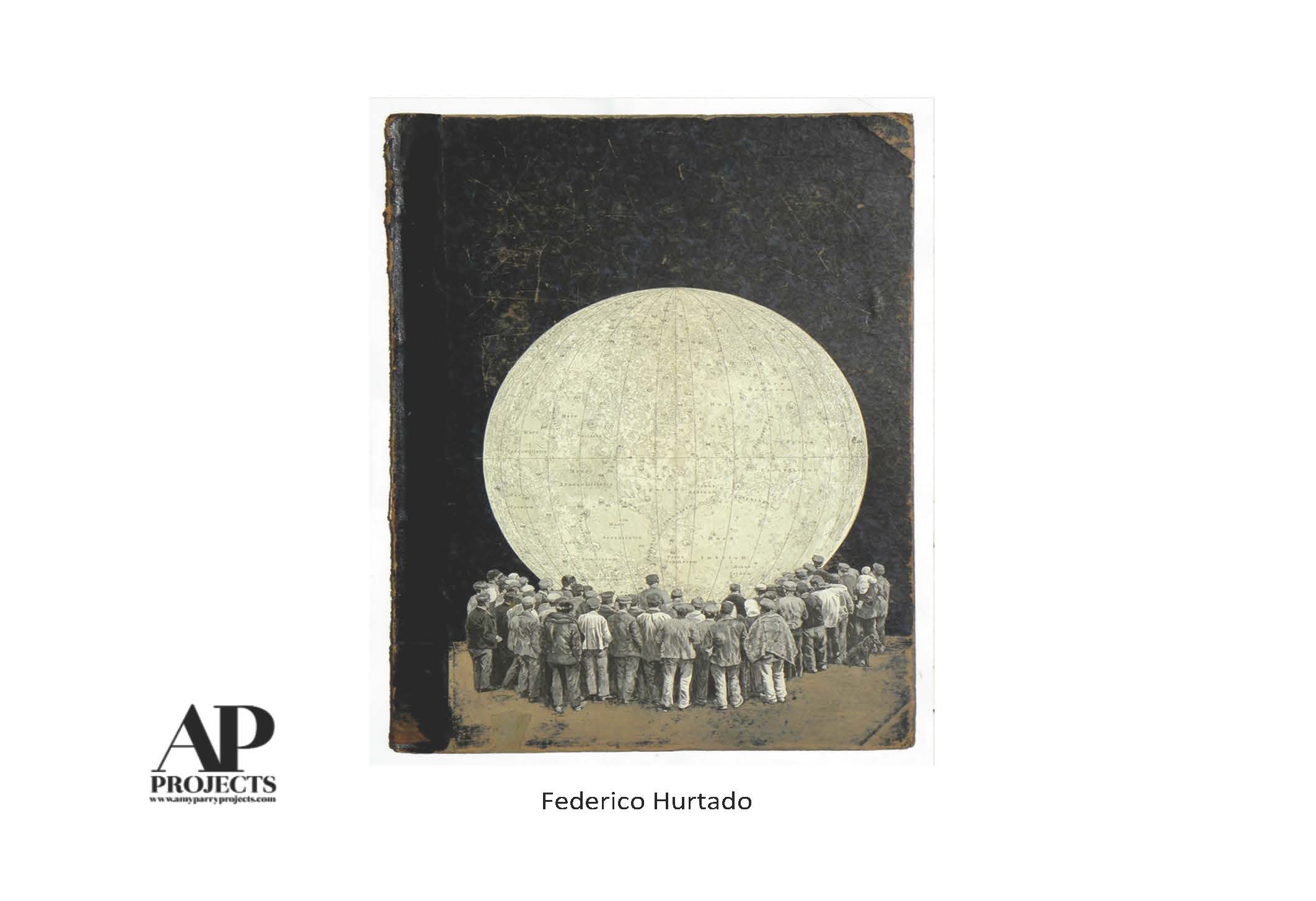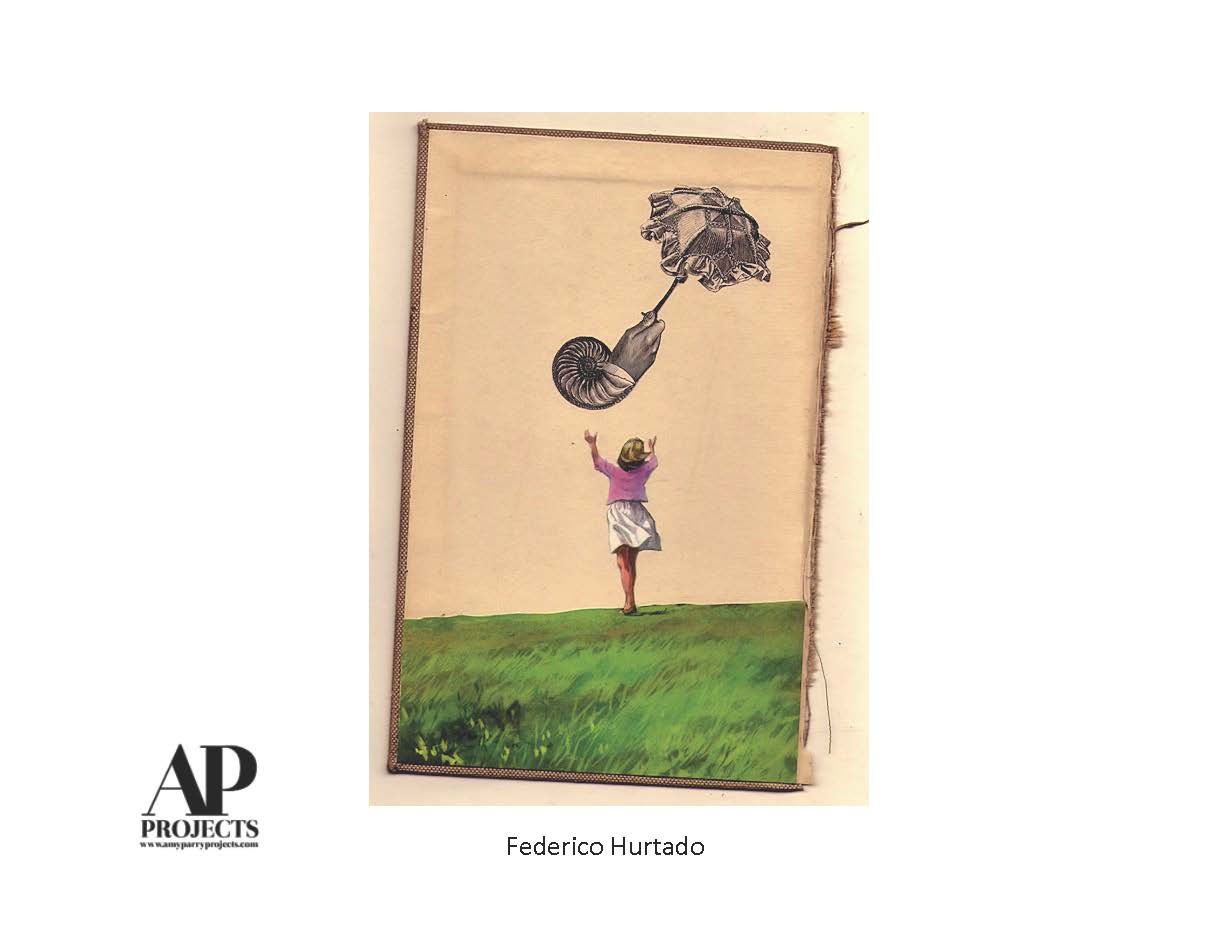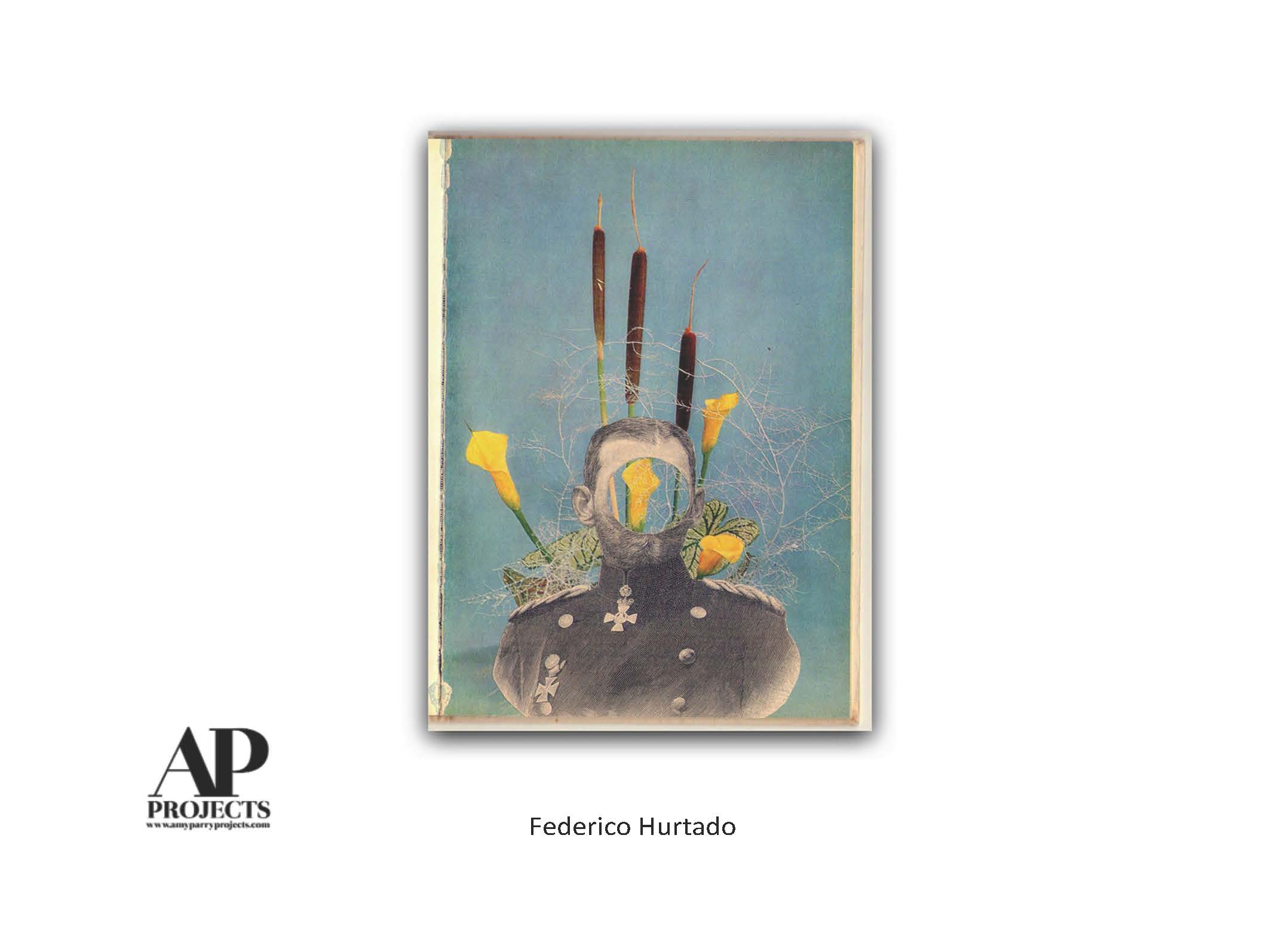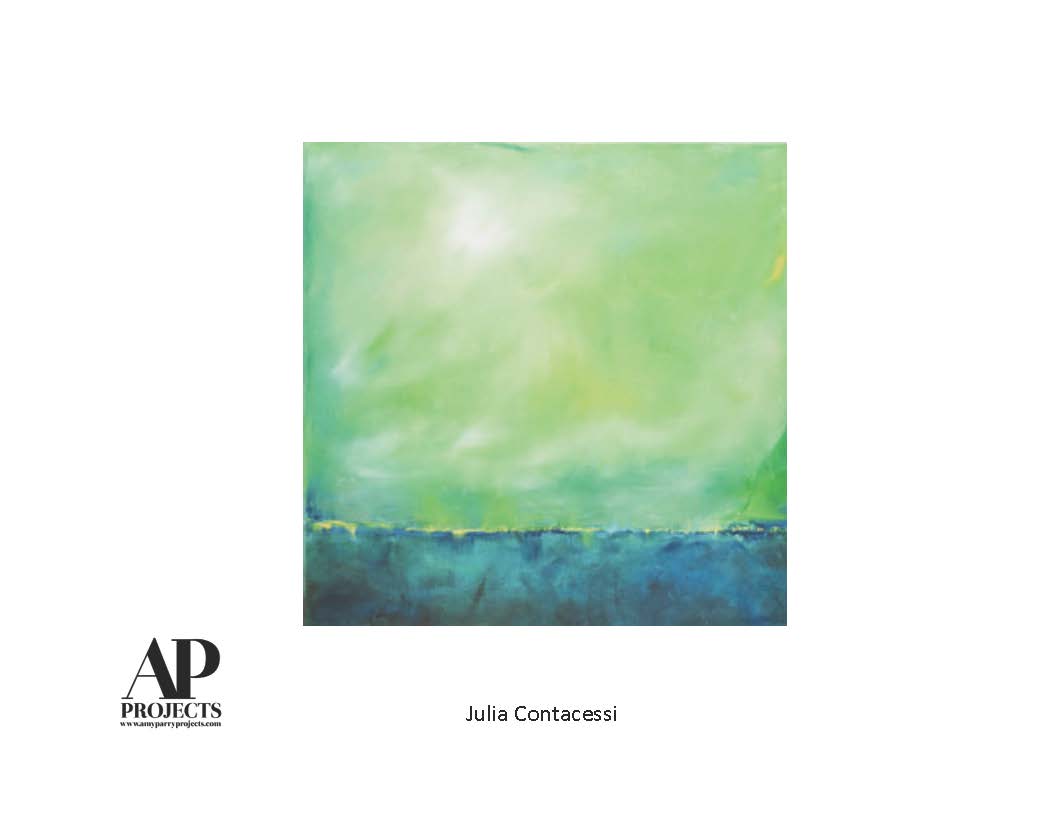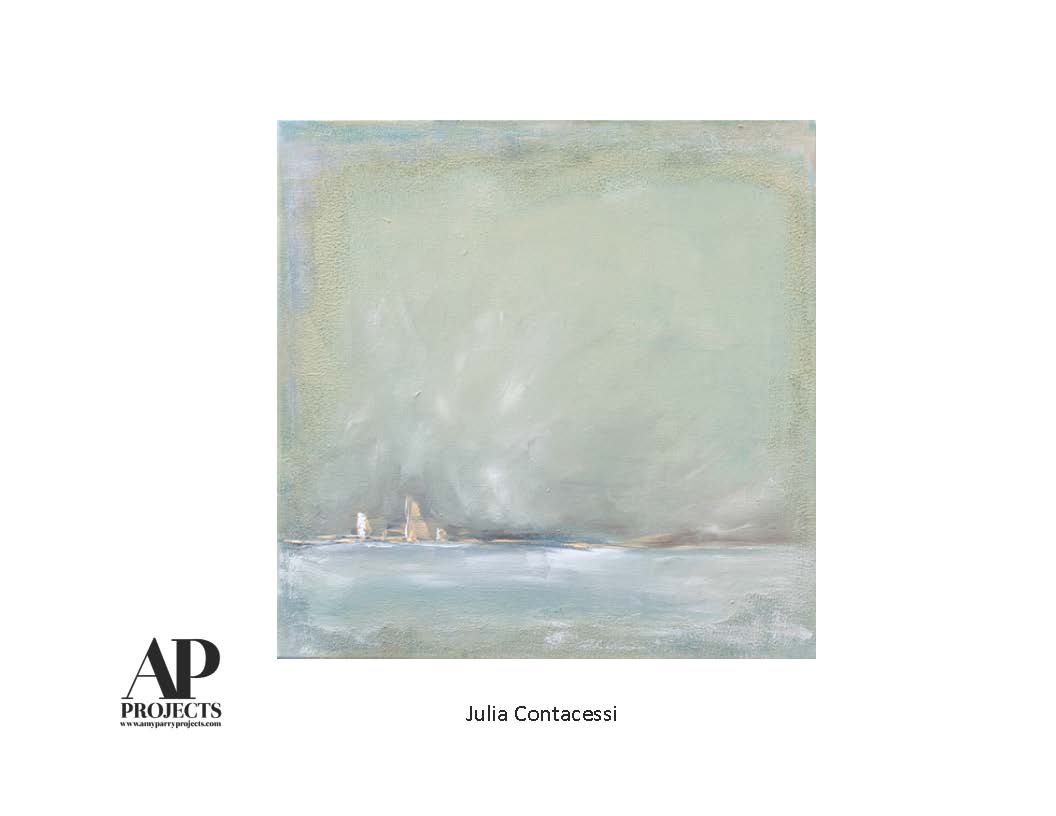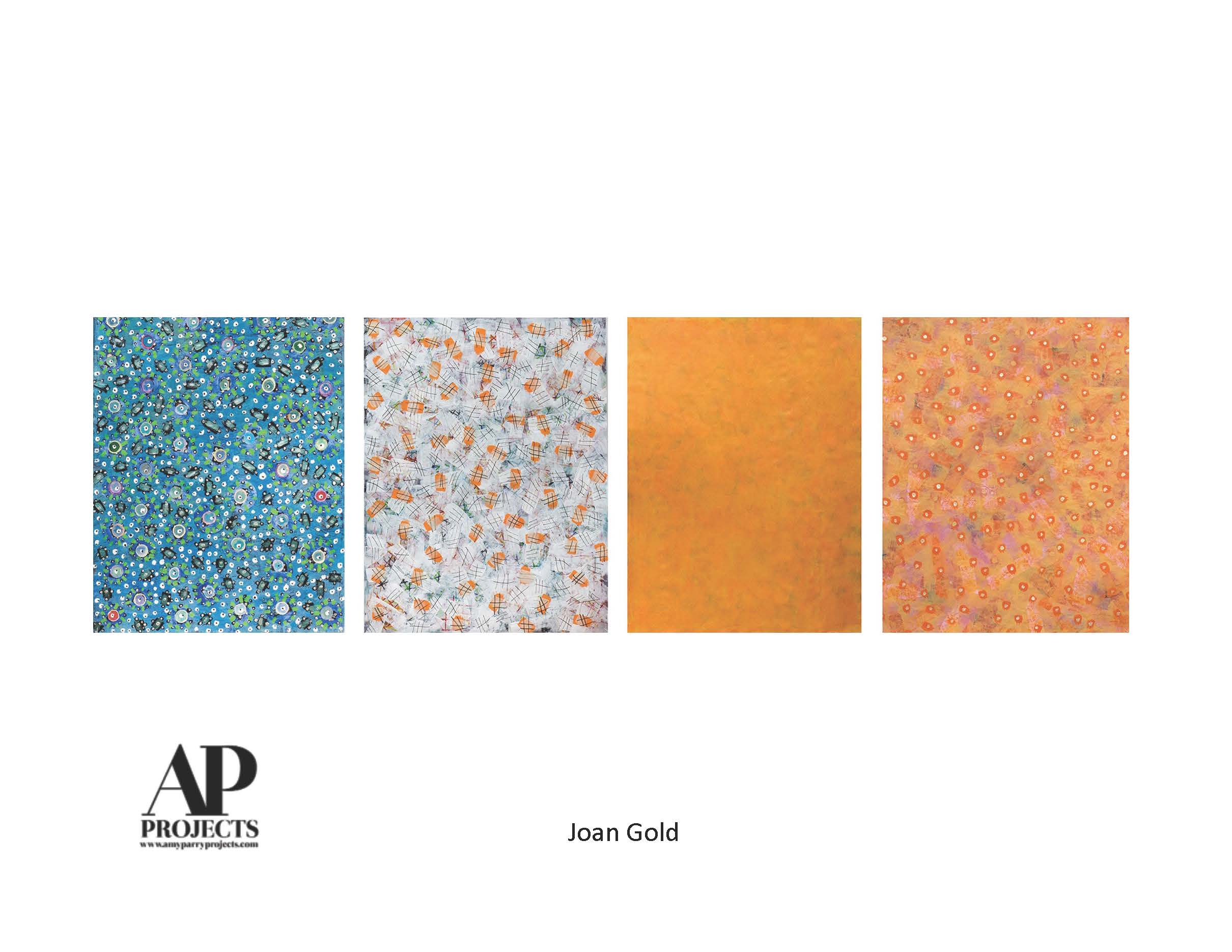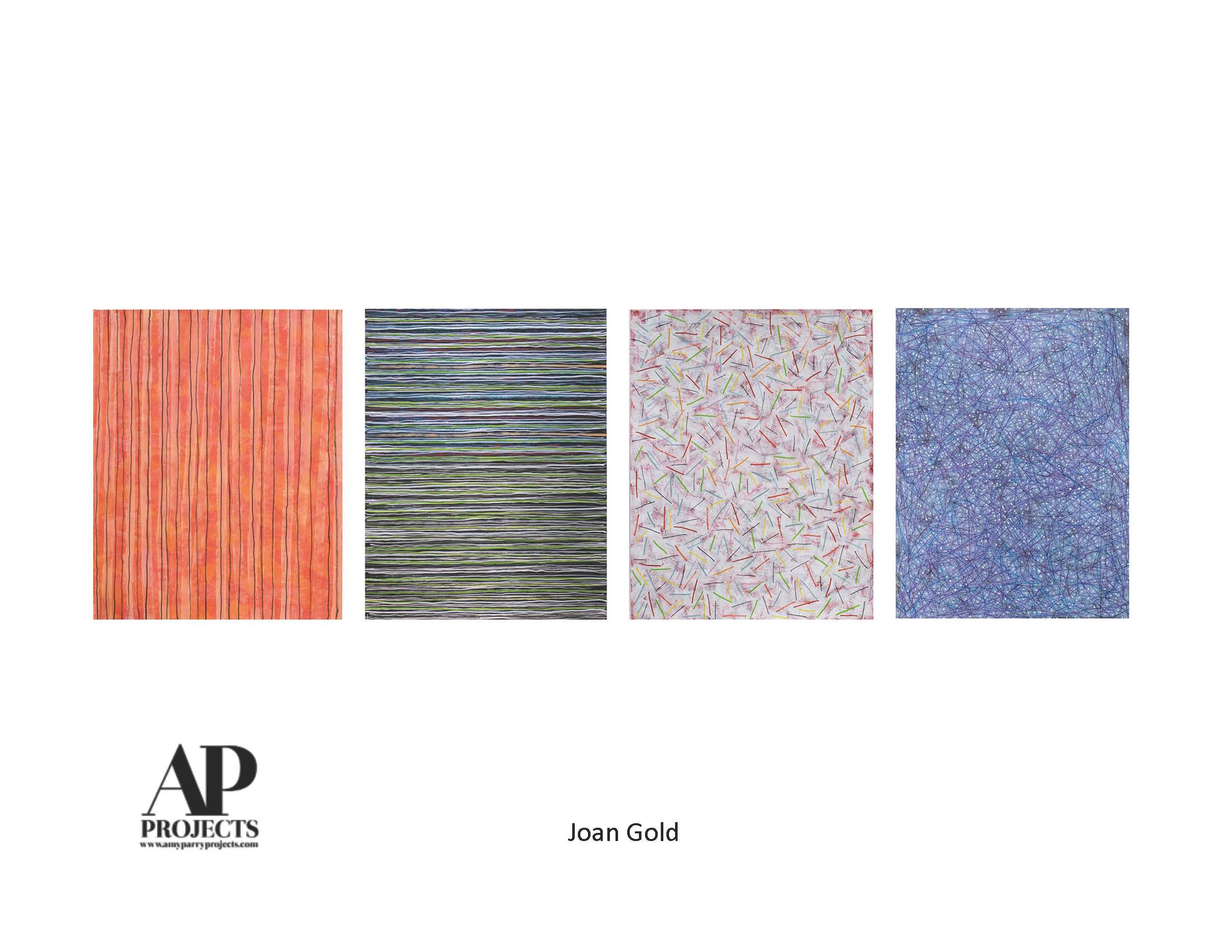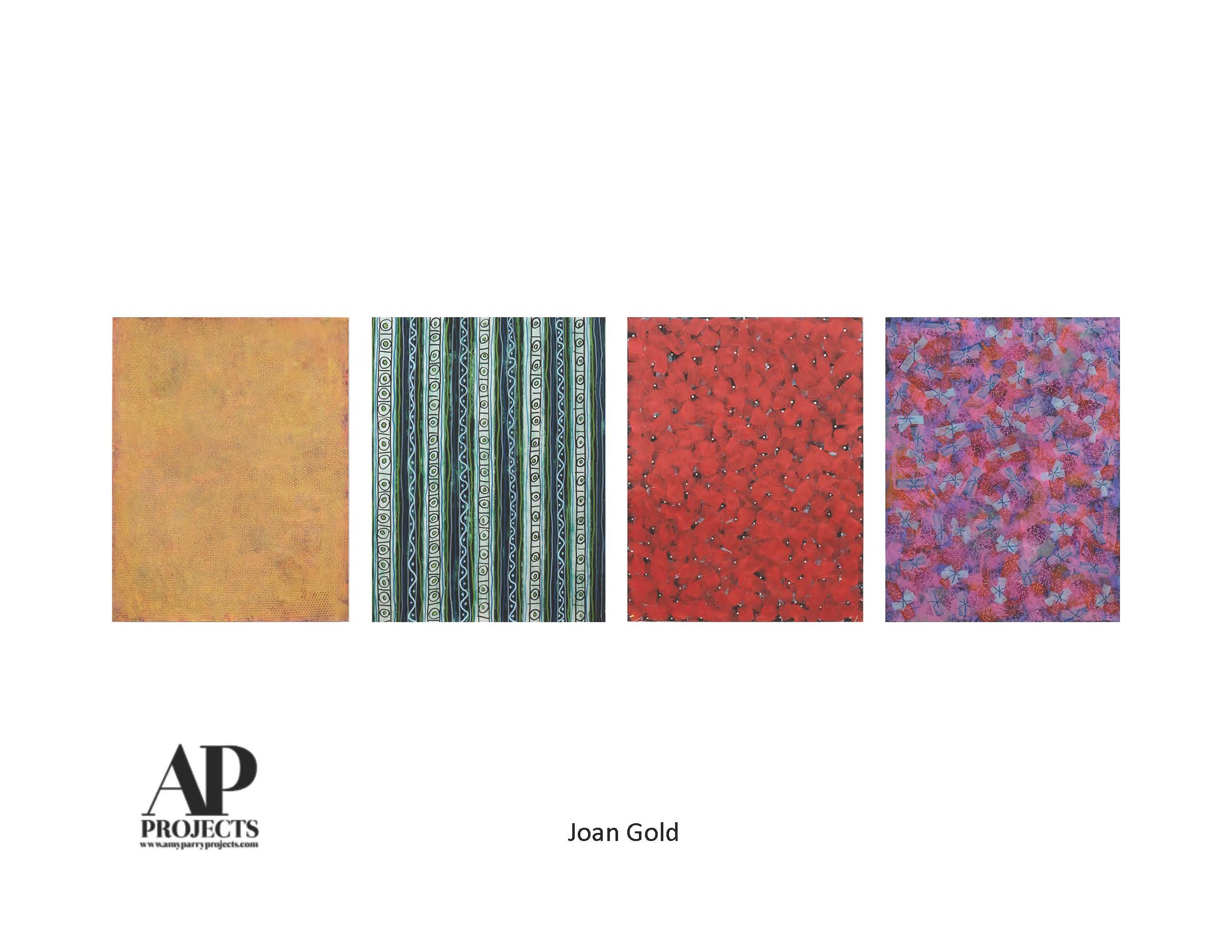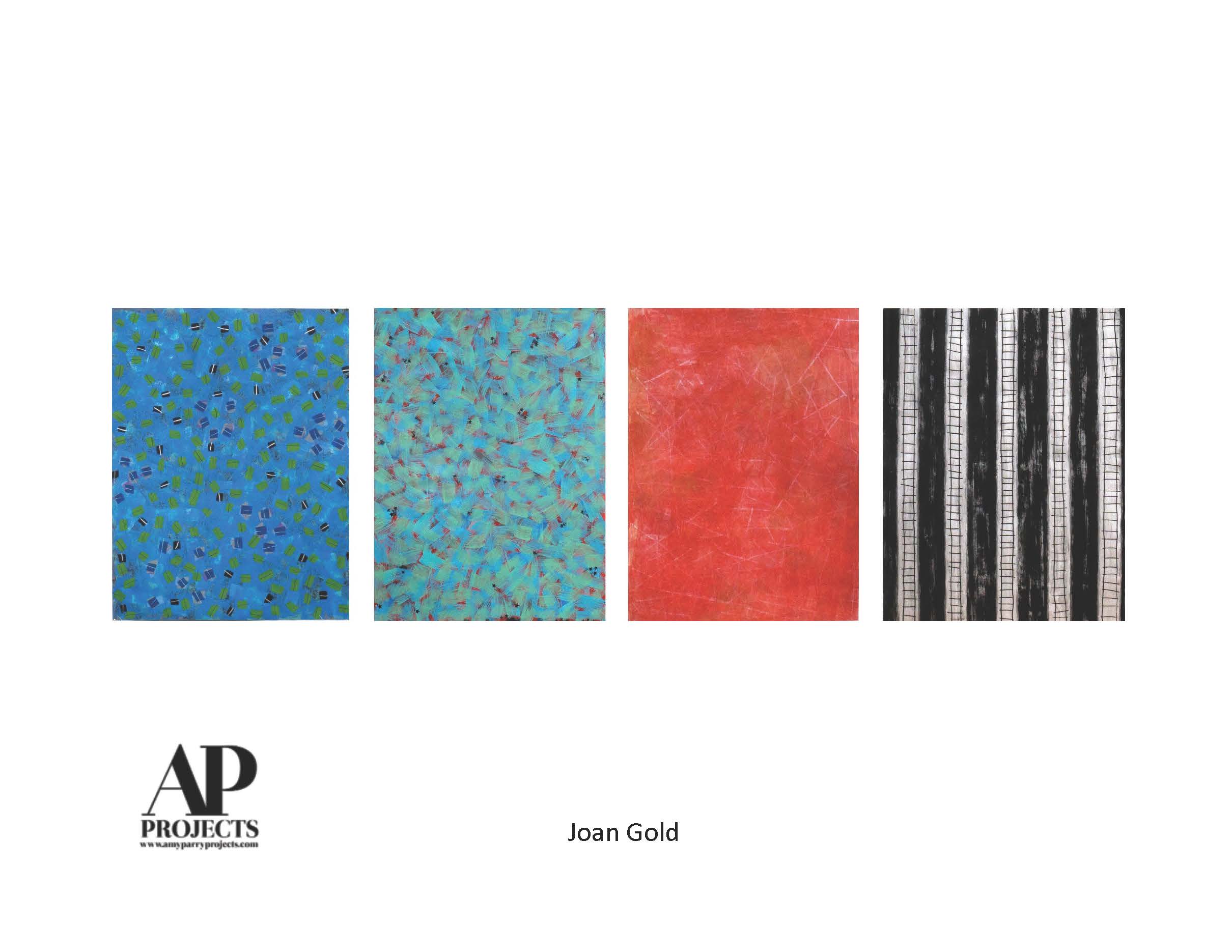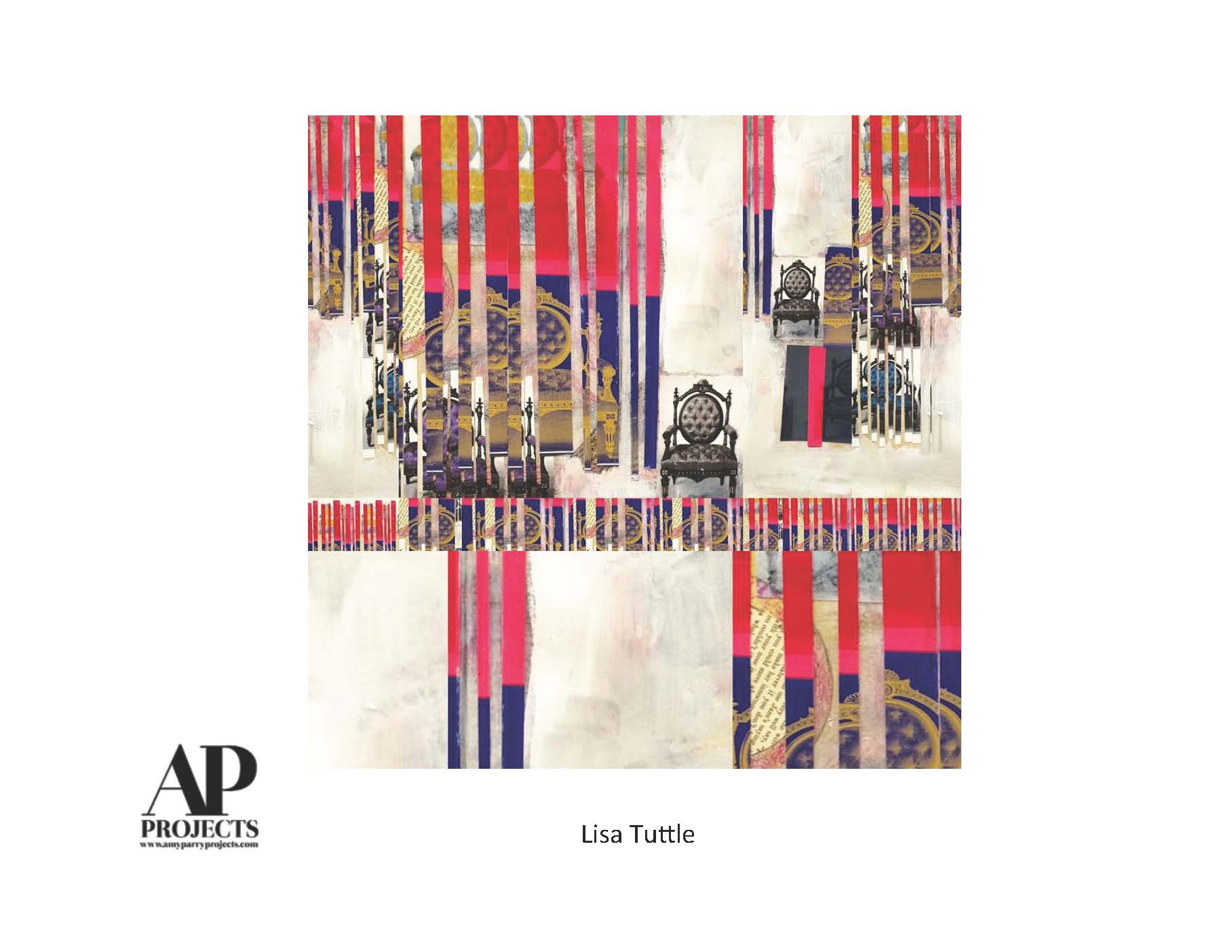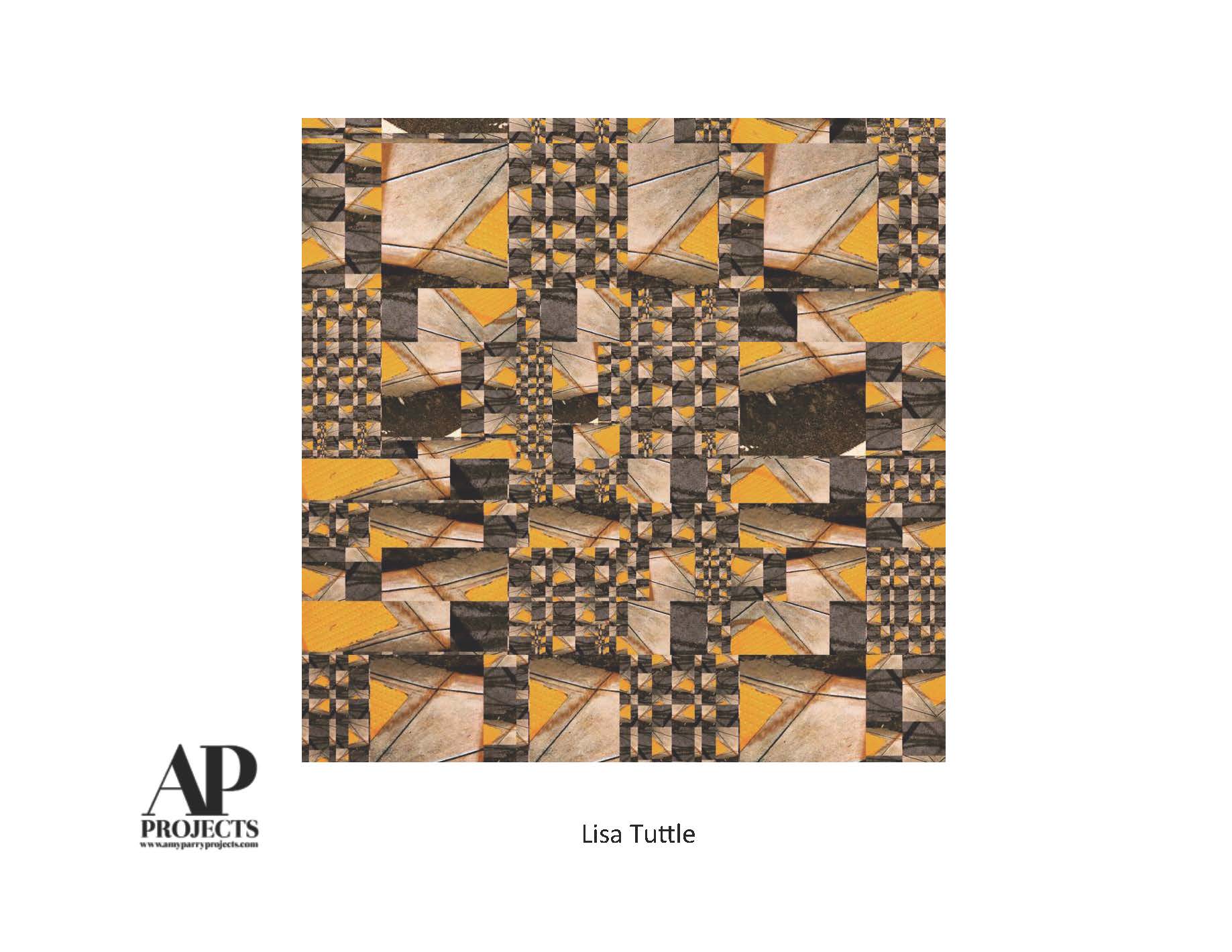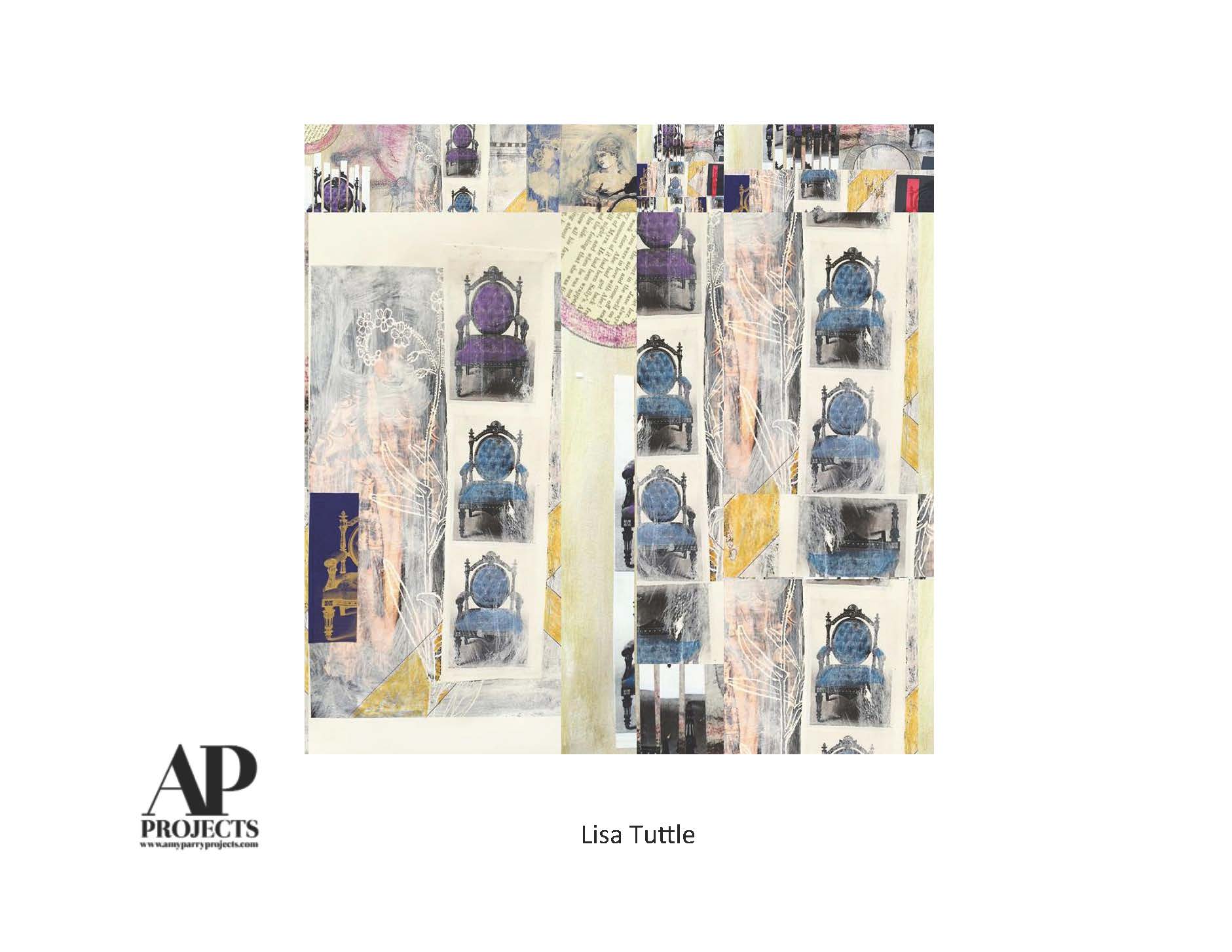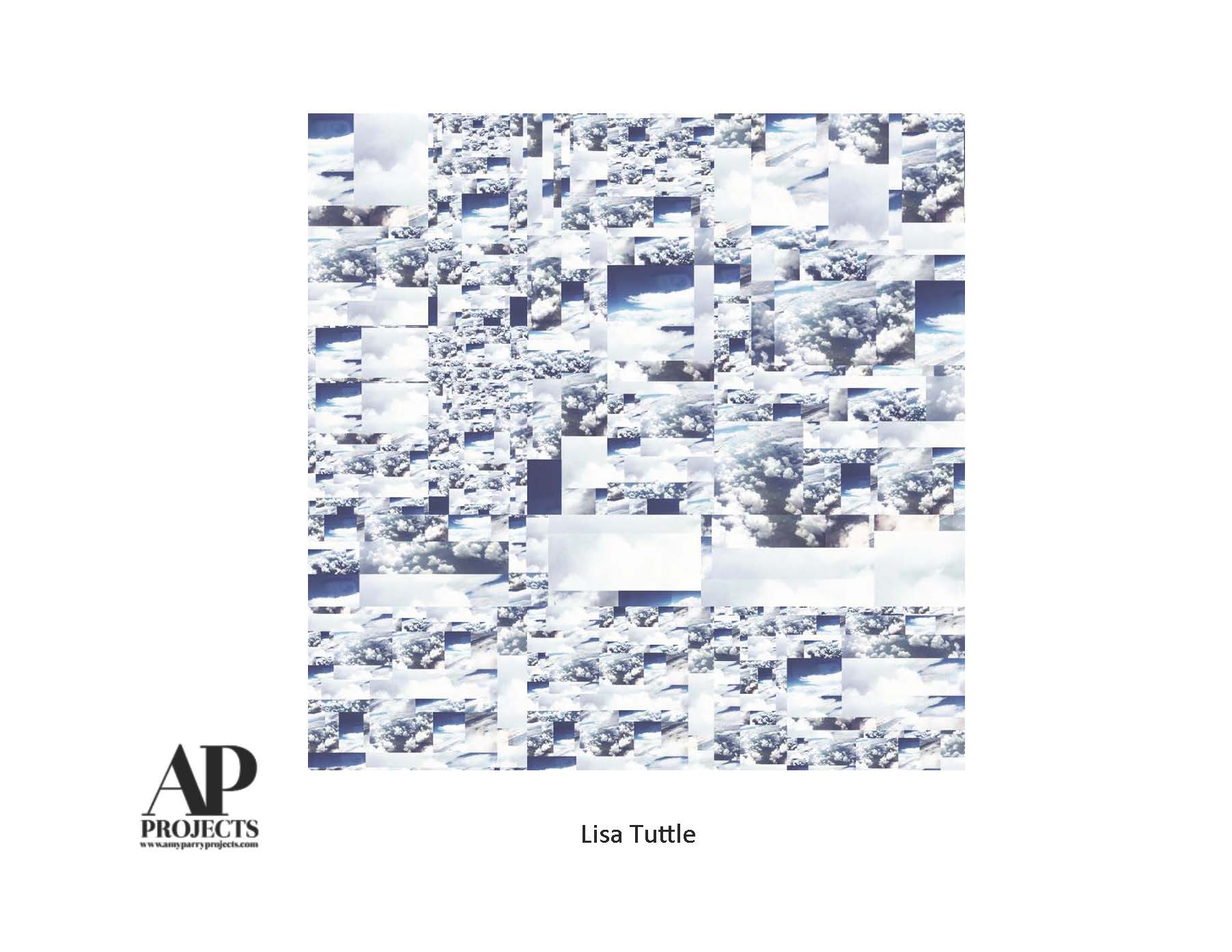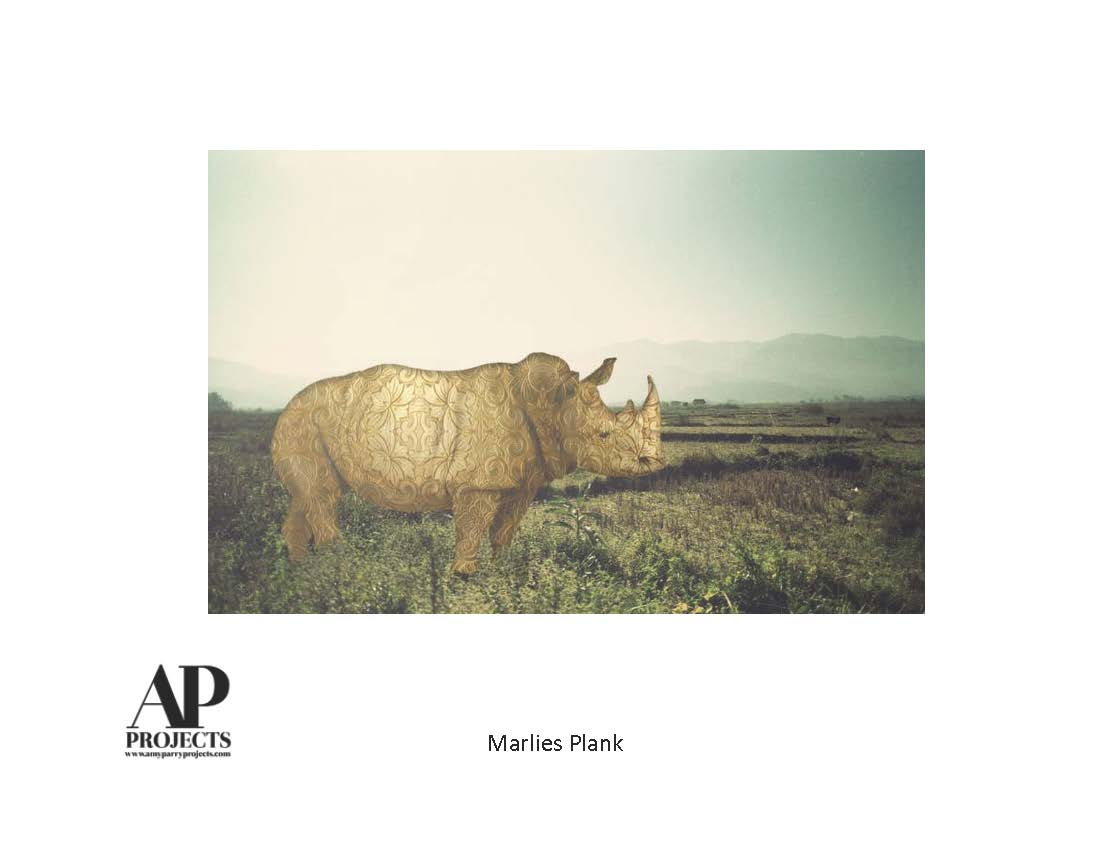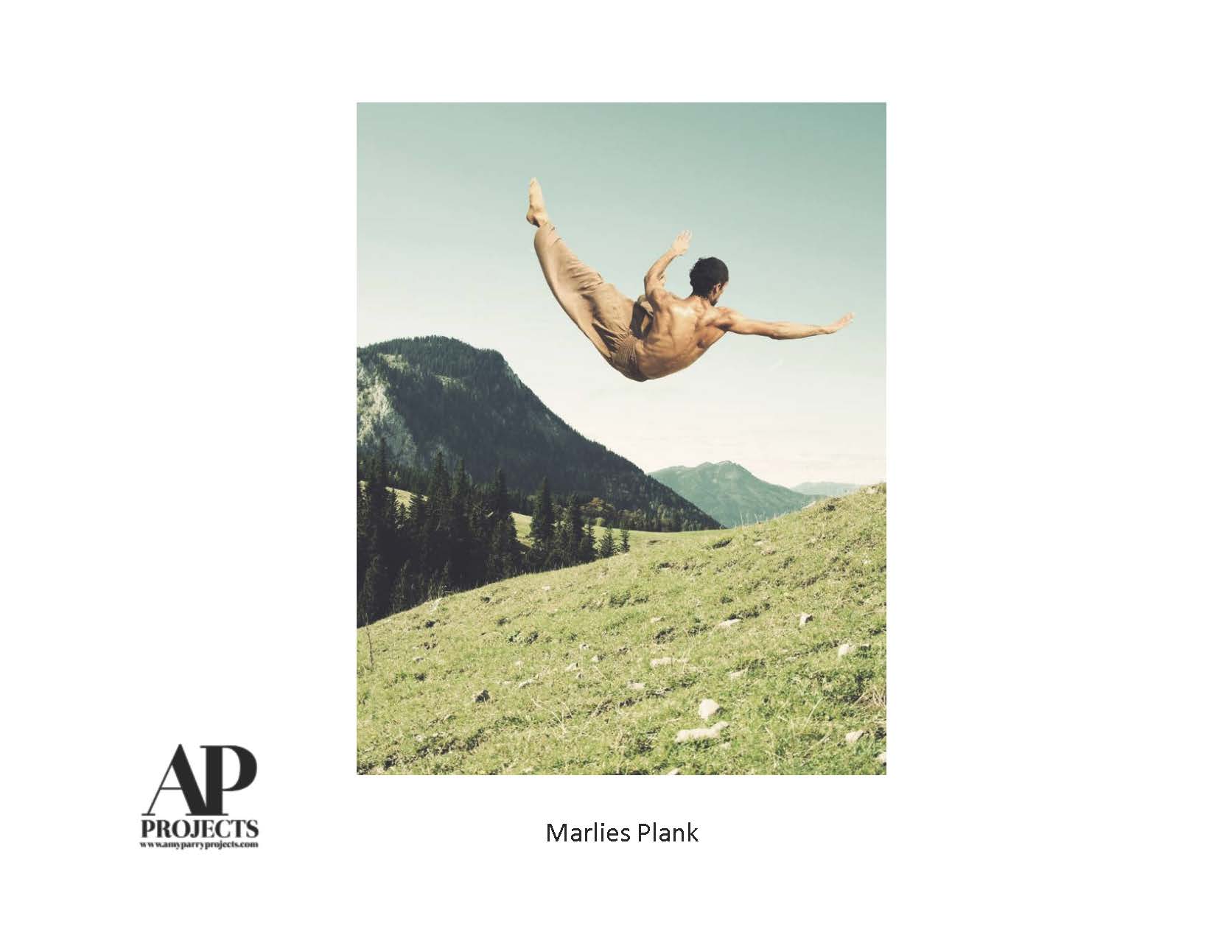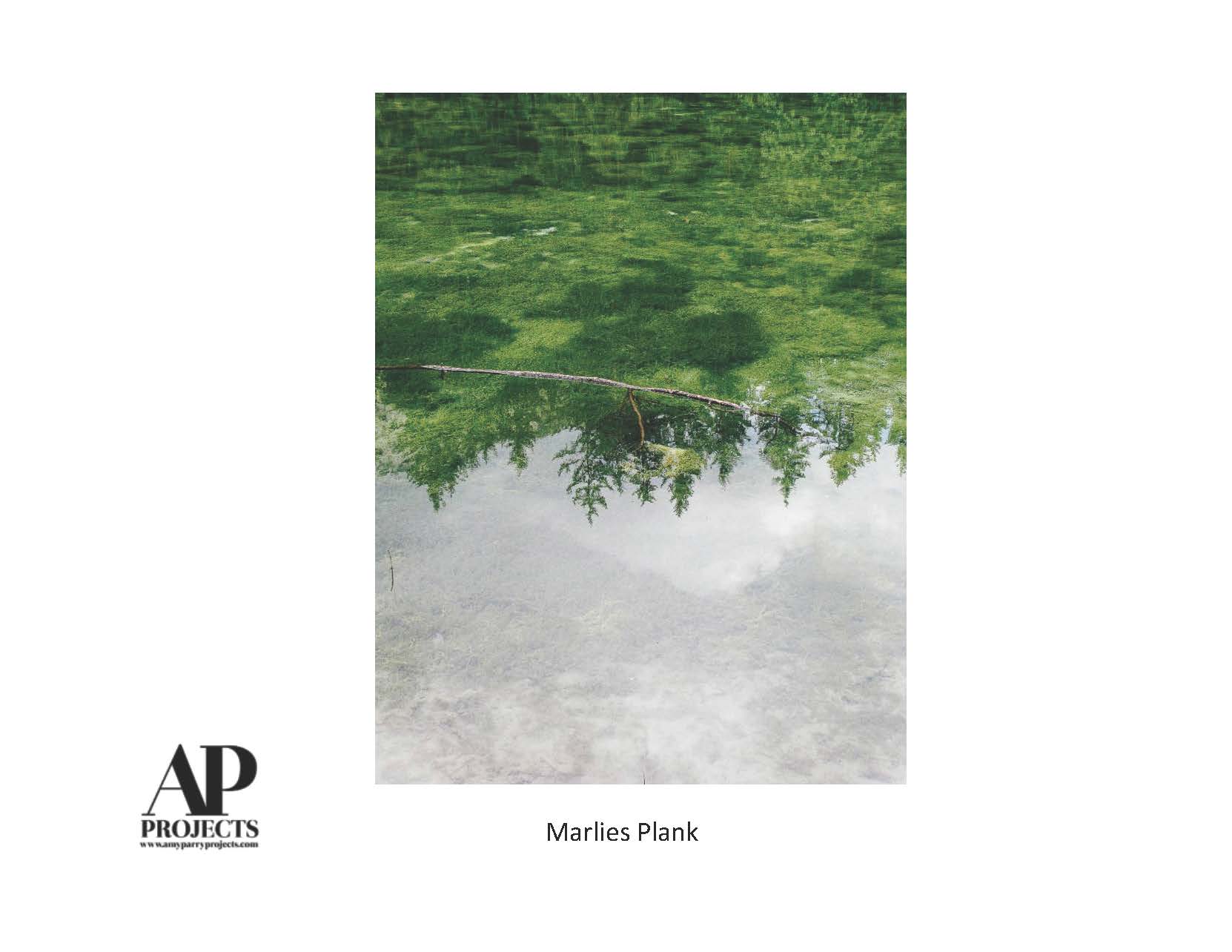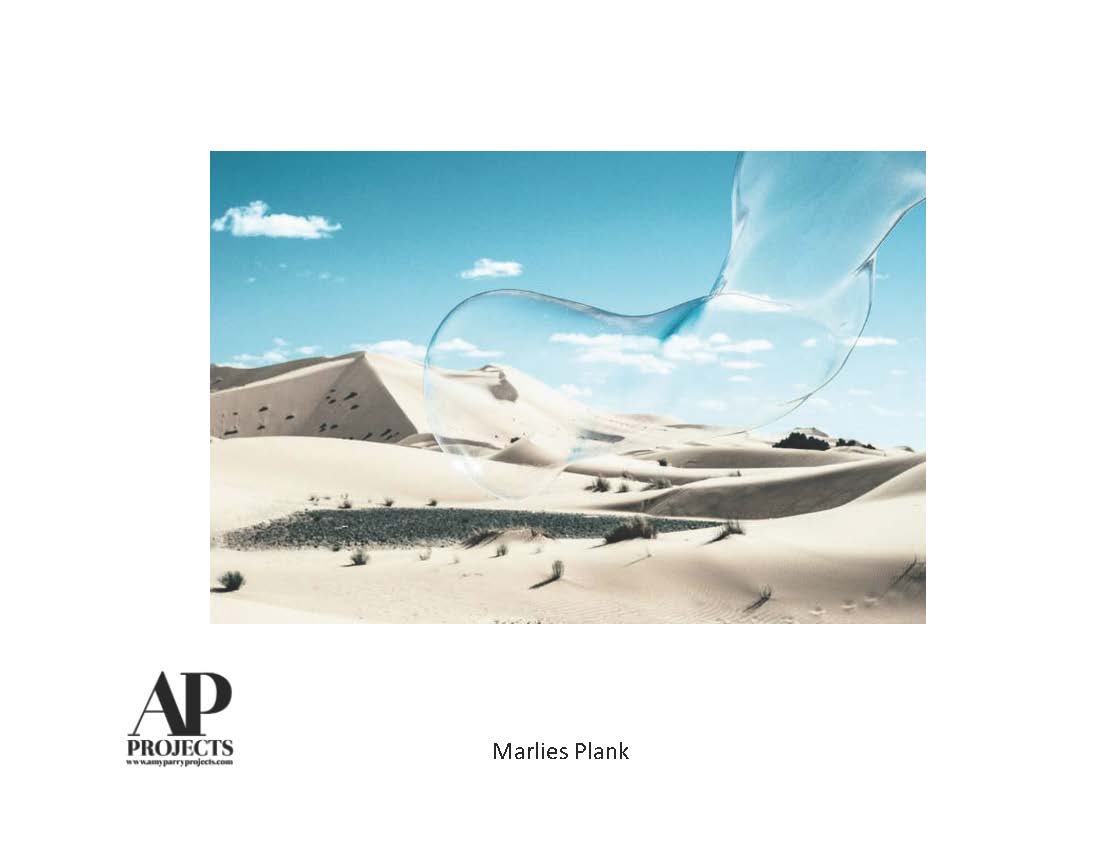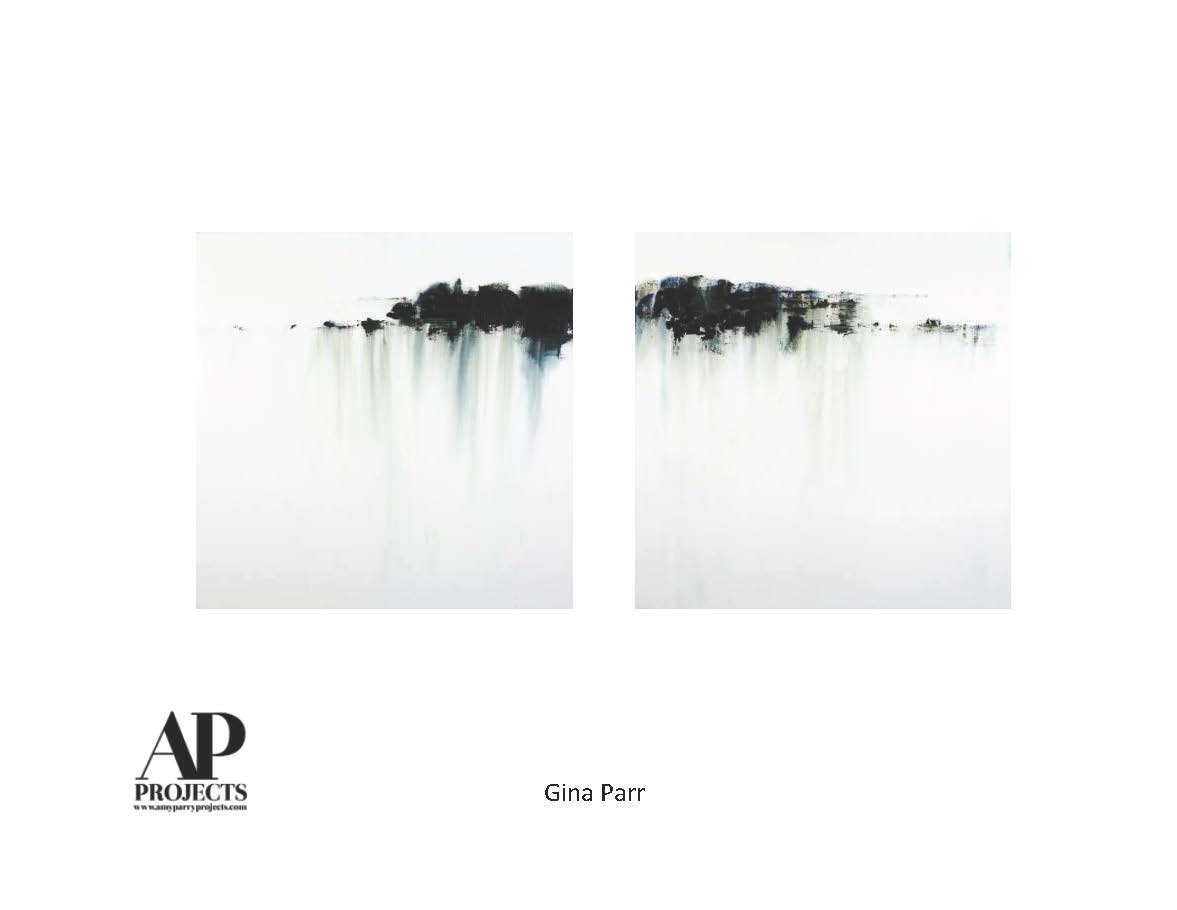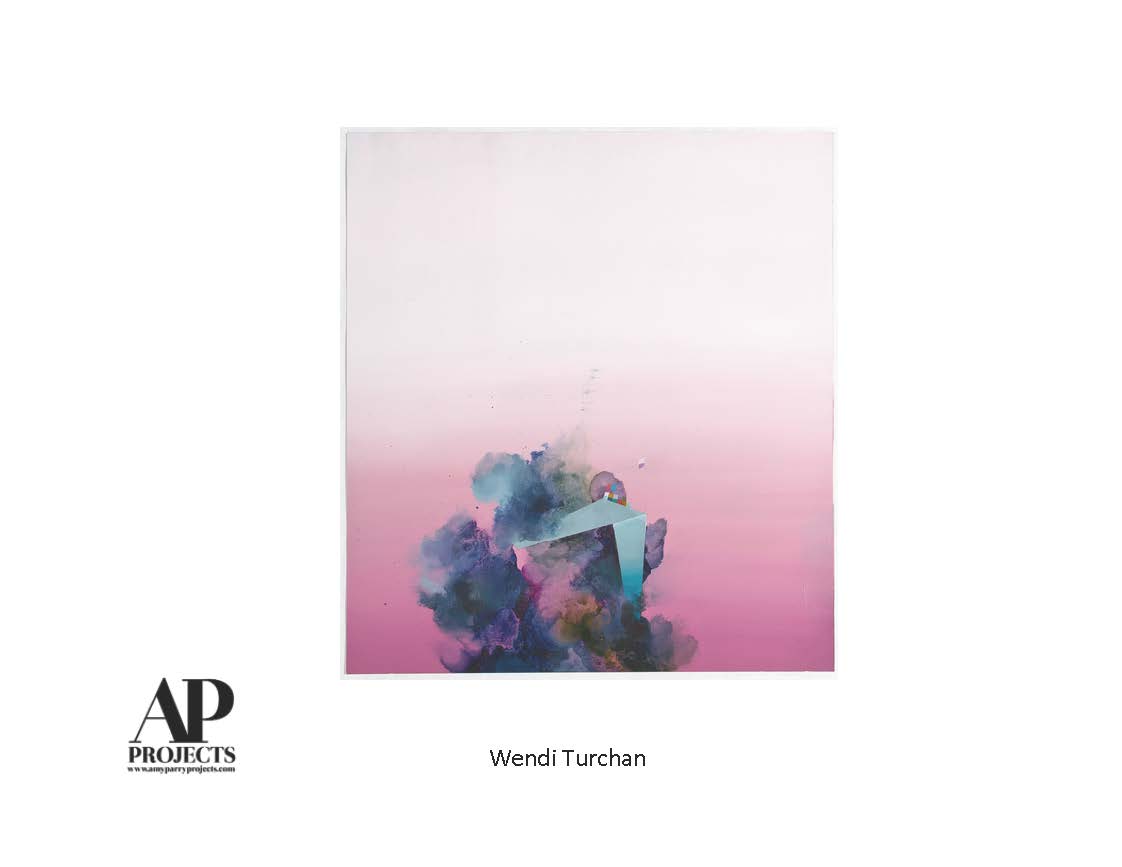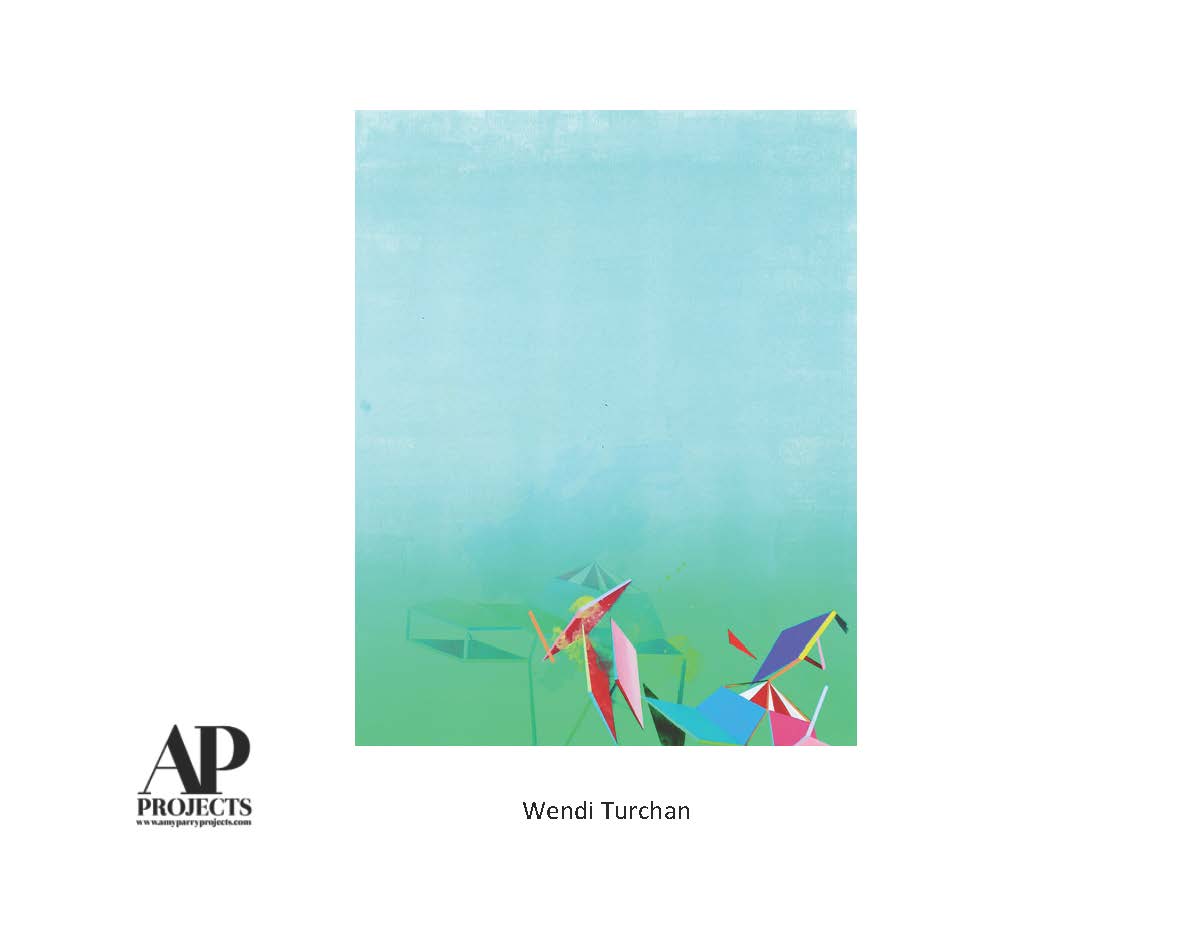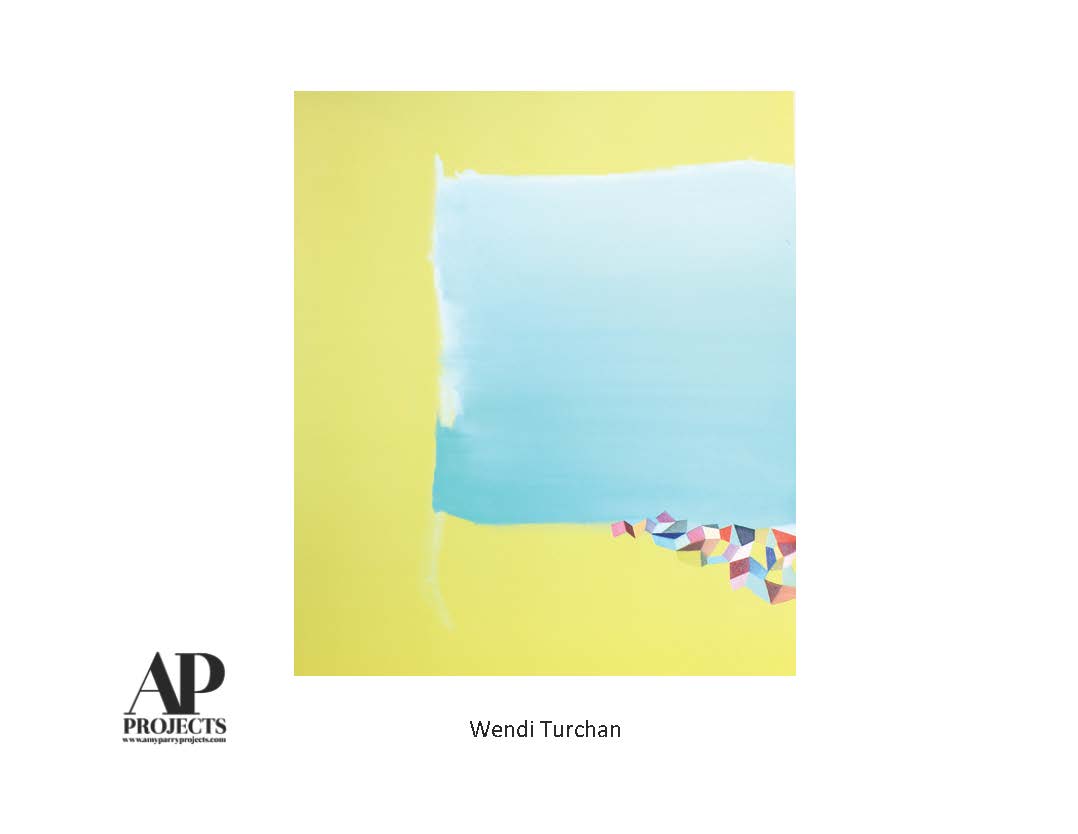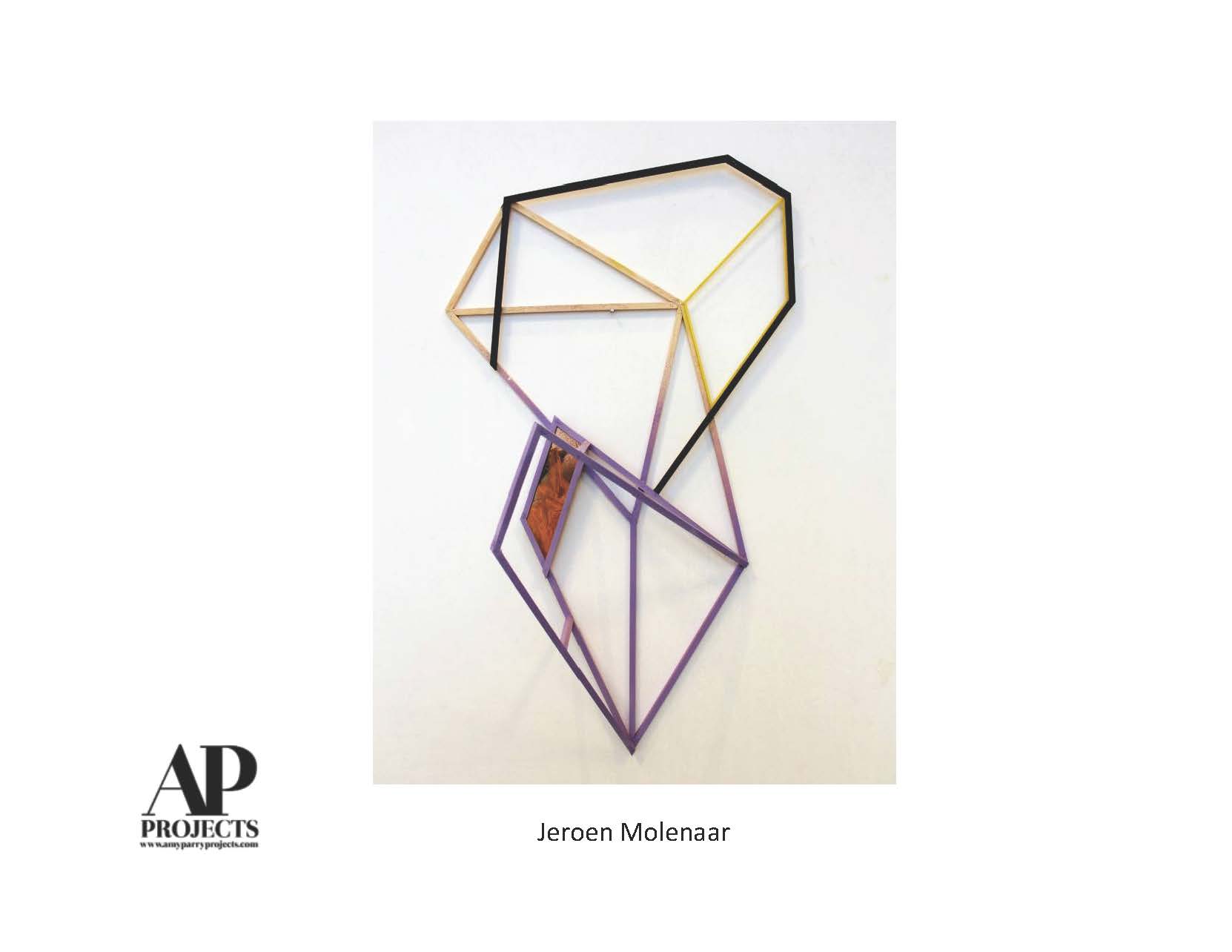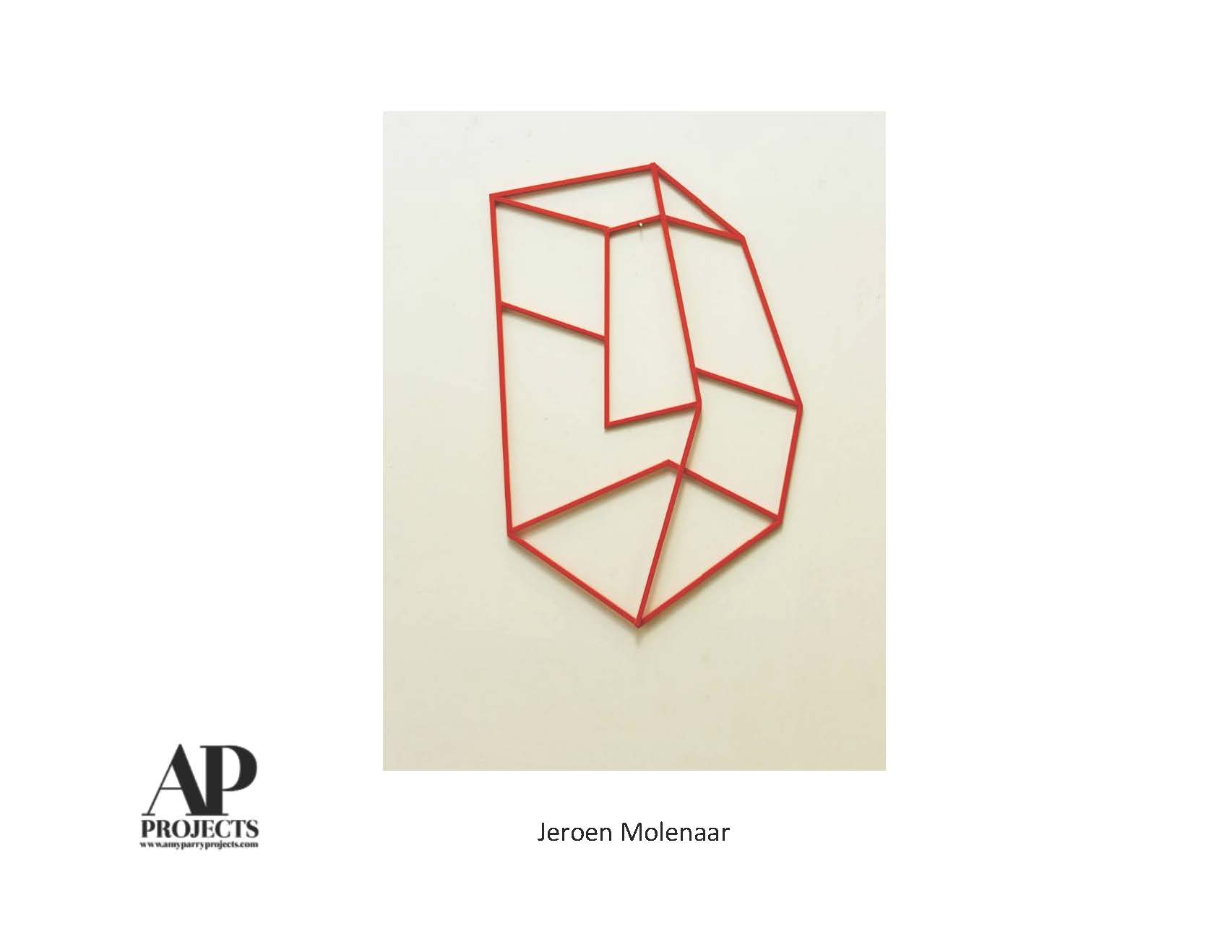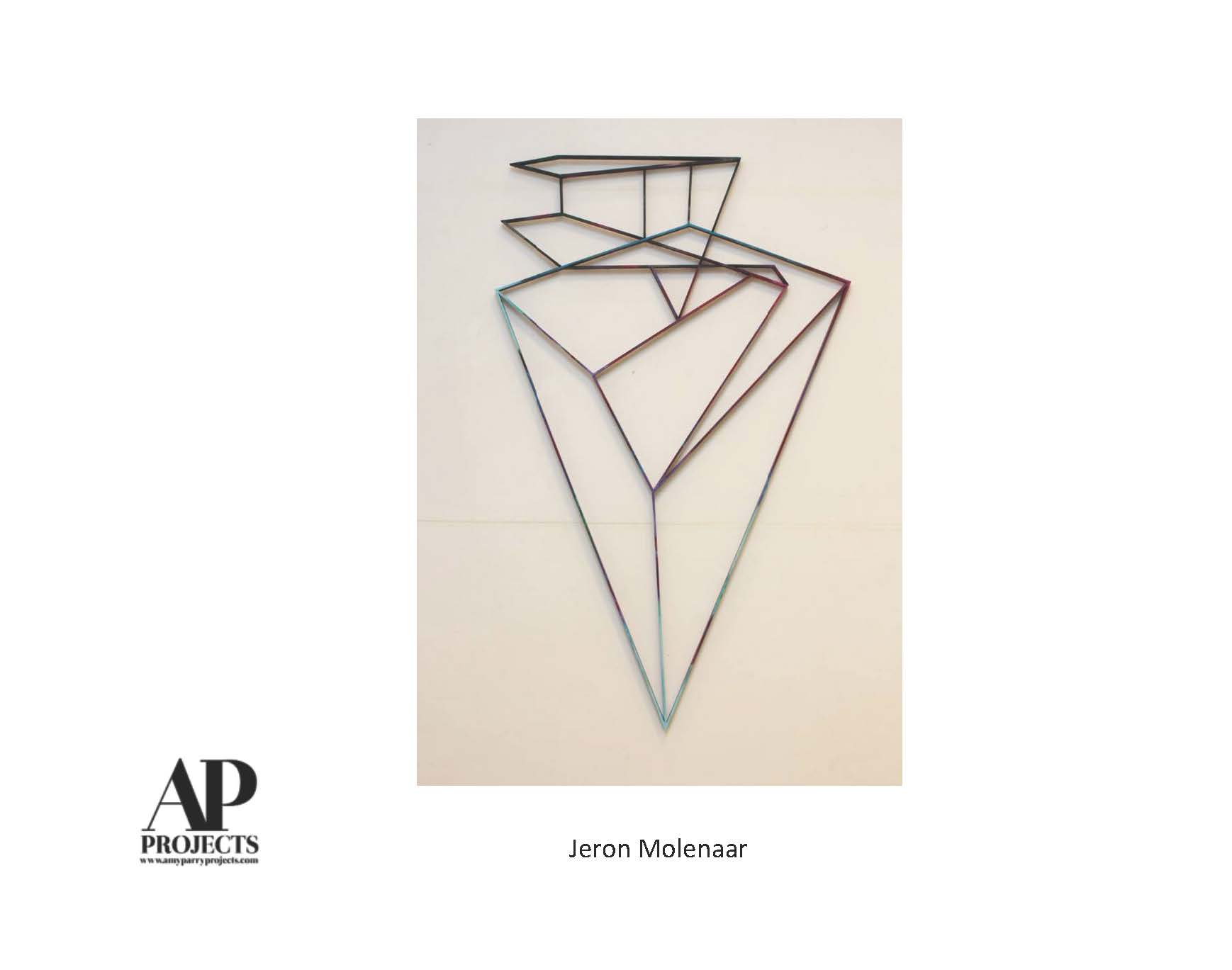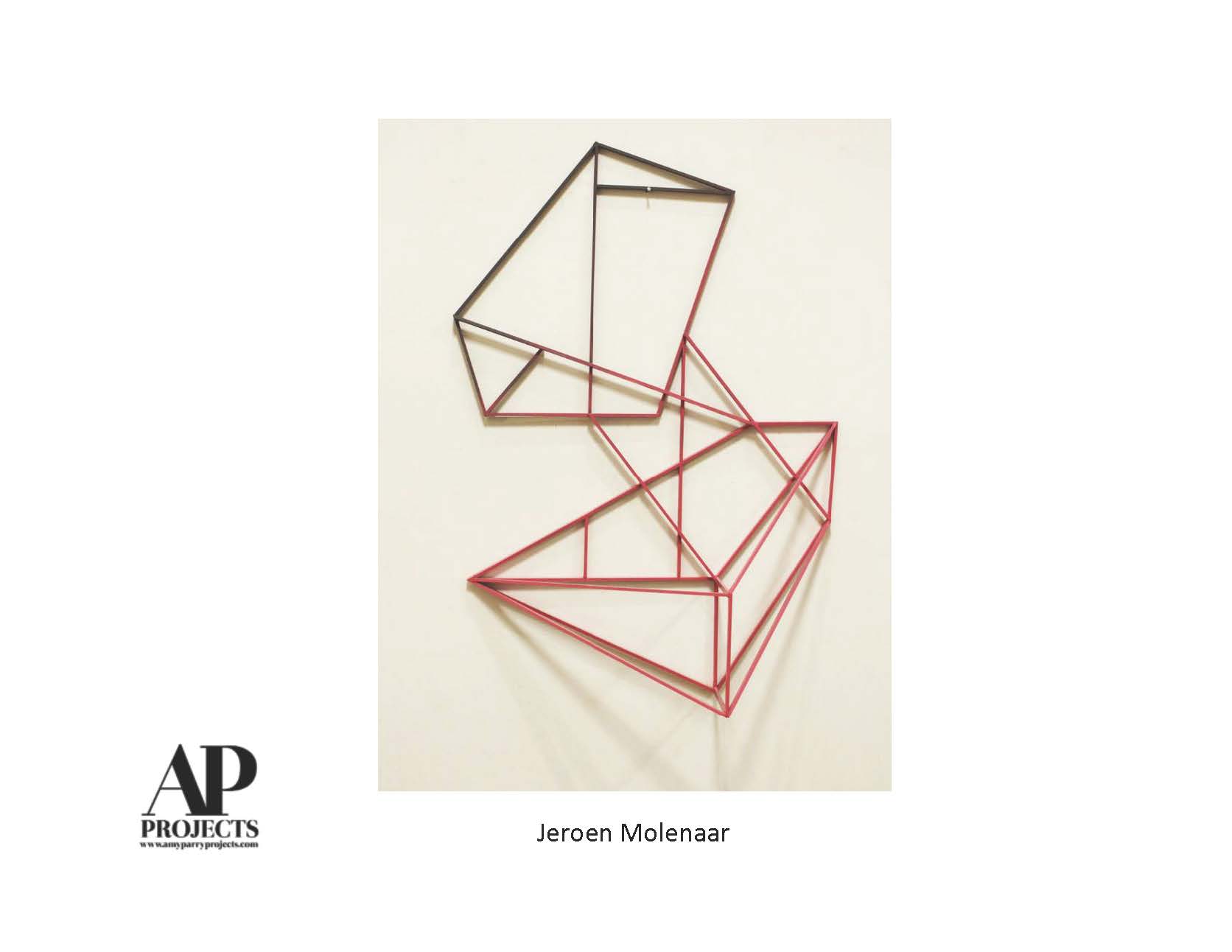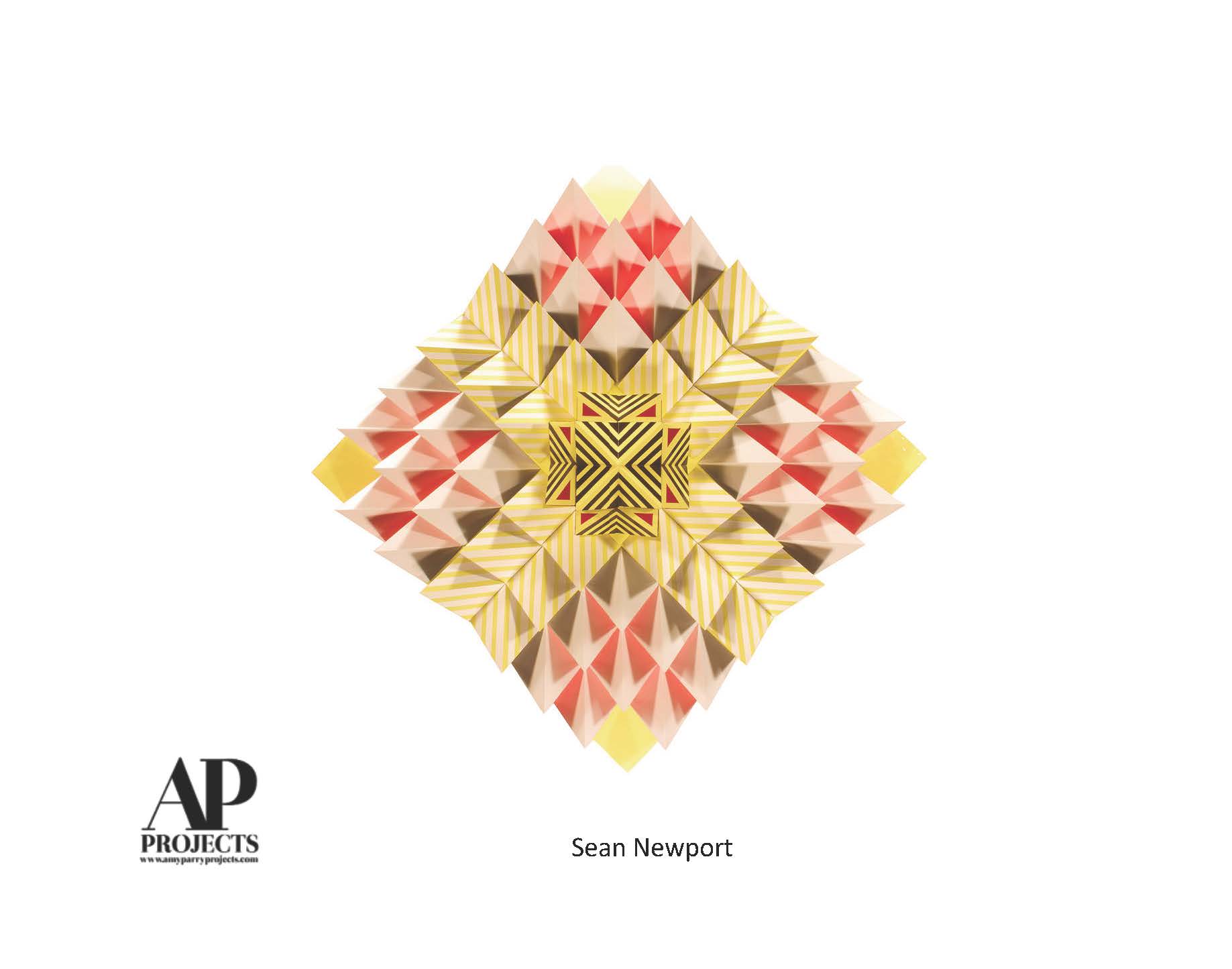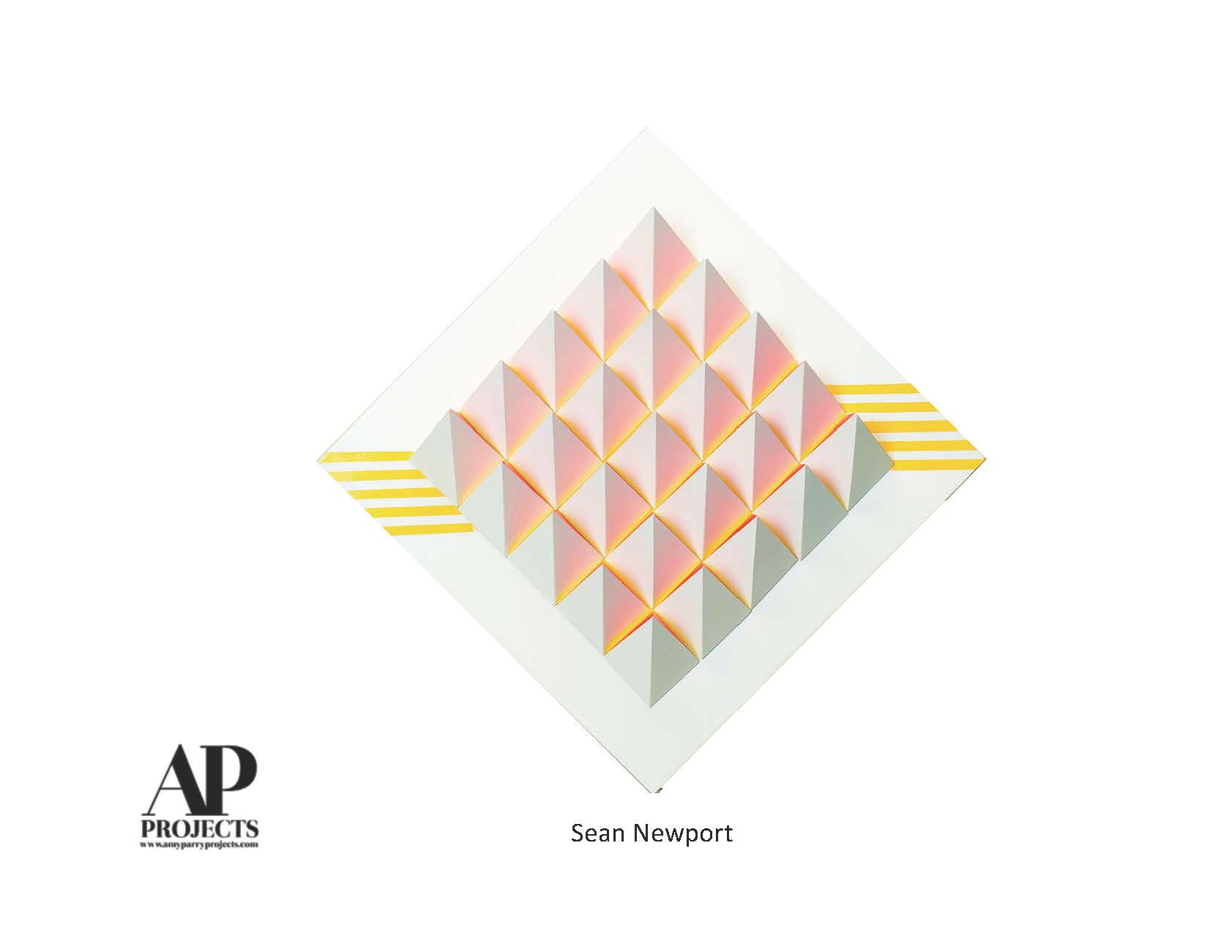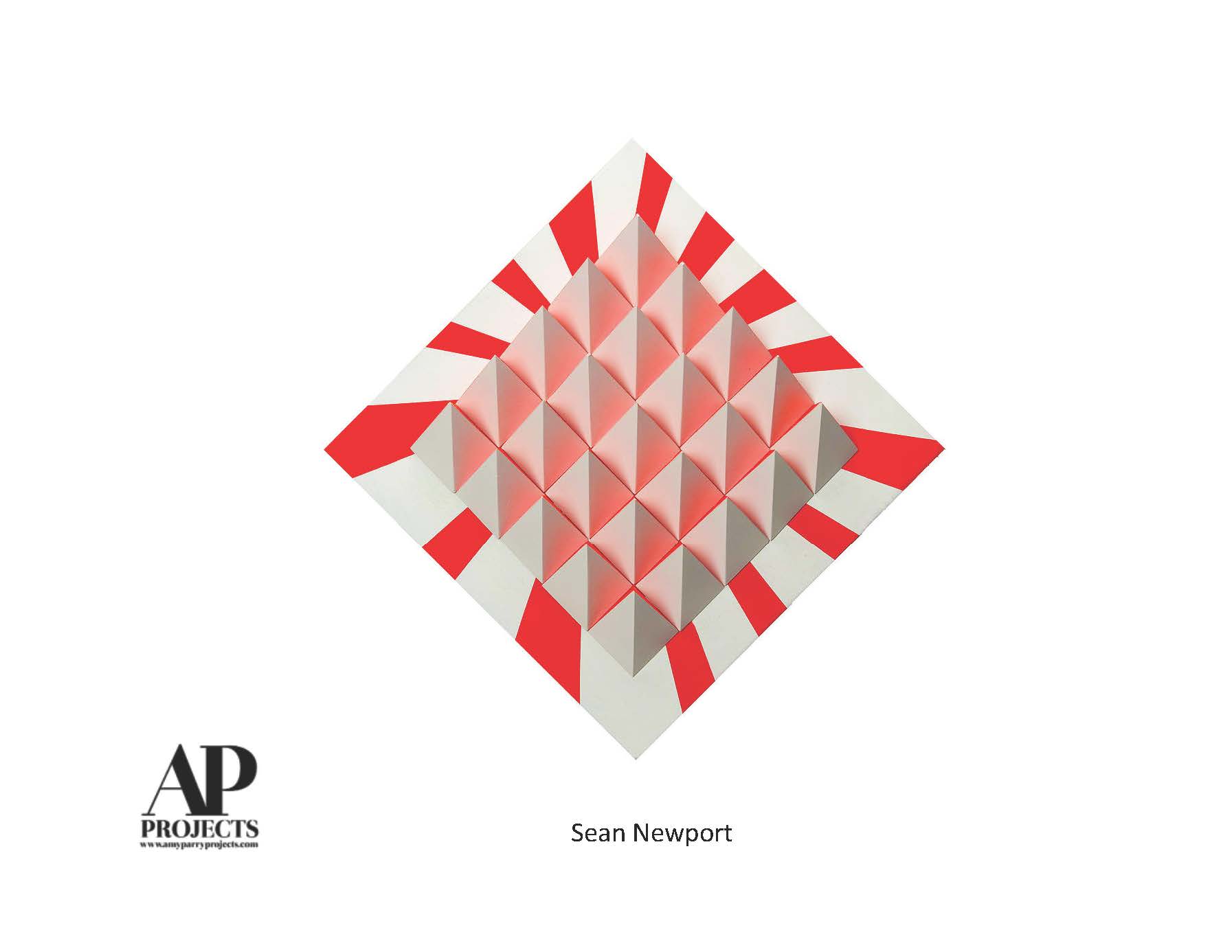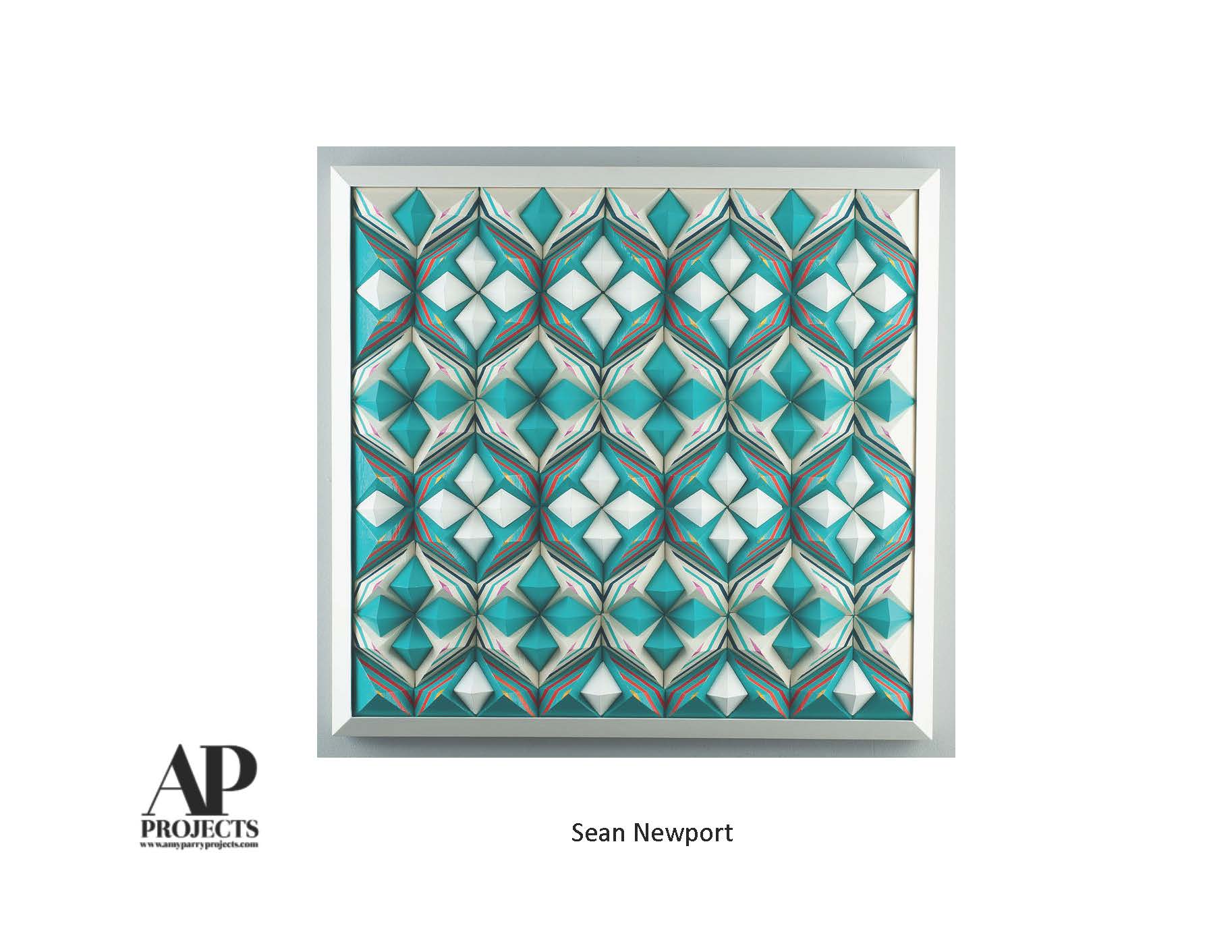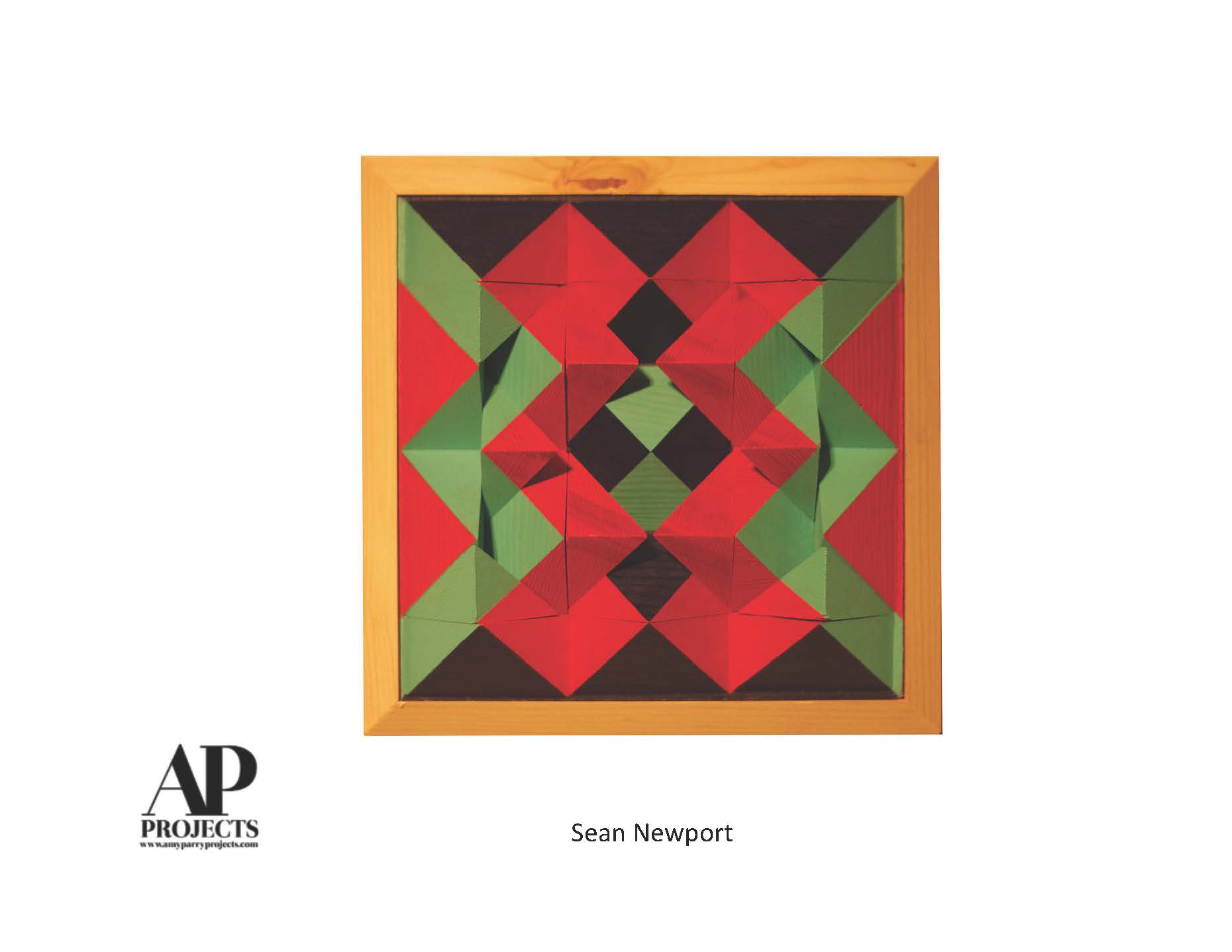APP: Where were you born and what is your earliest memory of making art?
TB: I was born in a small industrial town in western NJ. The architecture of the old factories and mills still swirls around in my consciousness and affects the way I see buildings, cities and towns.
I started by drawing cartoon characters and people I saw on TV when I was around 9 or 10. I sketched all the players in the Watergate hearings as they were televised live in the early 70s. I was encouraged when people recognized my renditions and complimented me. In some ways you could say Richard Nixon got me started as an artist.
APP: As a trained architect, what are some of your favorite building finishings? Which are your favorite to paint?
TB: I don't love the idea of painting specific buildings per se. I am attracted by the architecture of cities and urban landscapes. The way the buildings collage together to make the fabric of a city or town appeals to me and I try to tell that story in my paintings.
APP: What brand of paper and paints do you enjoy the most?
TB: This is a constantly evolving thing. Paper is probably the single most important element. Poor quality paper will almost certainly limit the chances of success with a painting. I have recently switched my allegiance from Arches watercolor paper, a venerable French company that has been making paper since the 15th century, to a British made paper, Saunders Waterford, an extremely well made paper.
My favorite paints are from the Daniel Smith Company in Washington state. I also like Kremer Pigments from Germany and Winsor Newton from London.
My favorite brushes are made by Escoda from Spain. I go to great lengths to get their brushes, which have limited availability in the U.S. Especially the prized Kolinsky sable brushes, which are in the process of being banned for import into the U.S. by the Fish and Wildlife service.
APP: Painting with watercolor allows you to paint anywhere the environment strikes your mood. What are some of your other favorite aspects of the medium and do you fluctuate between tighter and looser techniques?
TB: Watercolor suits certain personality traits. If you want absolute control over your work, watercolor is not for you. It's possible to have total control with watercolor, but that involves very slow and painstaking care. I choose watercolor for its quick gestural quality and spontaneity. You have to be willing to take risks to fully enjoy the potential of watercolor.
My painting approach varies according to my mood and weather conditions. I think I have more control as the years have gone by, as a result of experience and knowledge. For me progress is my about getting the paint to do what I envision. All success in painting has to be the result of envisioning the result first and then making that happen. All else is just luck. So I will still do both tighter and looser paintings, as long as I can produce what I imagine.
APP: Photographers swear by the "golden hour" and timing their process to align with the best natural light. Is this as important in plein air painting? How quickly do you have to work? Do you keep your colors true to life?
TB: One big difference between photography and painting is this; a photographer takes a picture and a painter makes a picture. So because of this I am not bound by light conditions or colors. I like to work on location but what is in front of me is only a suggestion and can become whatever I want it to be. I often move elements around and eliminate or add things to make a composition. I change the weather or time of day to suit me. In one recent painting I moved the Washington Monument about 500 feet to the right to accommodate my composition. So being a painter is almost like having superpowers!
APP: How do you interact with people who pass by while you are working?
TB: Great question! I meet countless numbers of people as I work. I'm often in very public places. I also have downtime while I wait for parts of a painting to dry and this is an opportunity to chat. People often photograph me for blogs, etc. I was even included in a film that was happening where I was set up. The cinematographer asked if they could film me. Mostly I meet curious onlookers, other artists, lots of children. I like to think maybe I might inspire one of those youngsters to someday become a painter! I've heard friends complain that interruptions annoy them when working outdoors. But my experience has been overwhelmingly positive. Of course there are episodes that are less pleasant but these are rare.
APP: In which collection are you proudest to be included?
TB: I sell my work mostly at art fairs and at a popular weekly public market in Washington DC. In the 20 years that I have been selling there, I have made over 20,000 sales. Most those are prints, but my work has gotten into lots of people's hands, and this makes me proud. Many people who buy my work do not consider themselves art collectors. I like to think of myself as an artist for everyman. You don't need a degree in art appreciation or a lengthy explanation to appreciate what I'm doing. Having said that, my paintings have found their way into some private art collections and several foreign embassies here in DC as well as U.S. embassies abroad.
APP: If you wrote a love note to Washington DC, what would it say?
TB: Interesting question. I have chosen to live here in DC after living in NYC for a few years and also a stint living in London. In many ways, DC offers what I liked most about London and NYC with few of the drawbacks. I am attracted by DC being a human-scaled city, with an international and highly educated populace. It is a green city with lots of parks and low building heights. You can see the sky! I like sky in my paintings!

